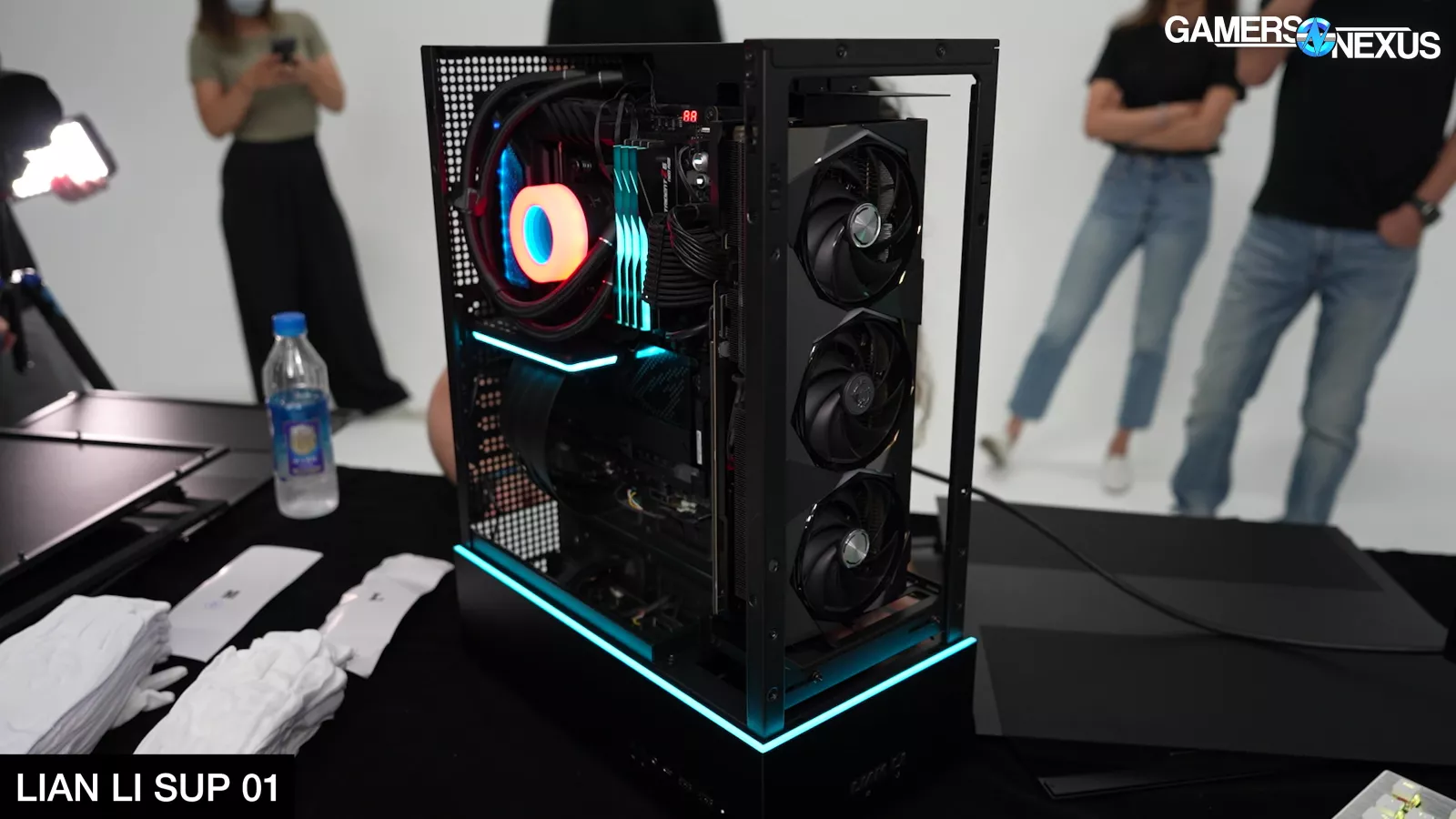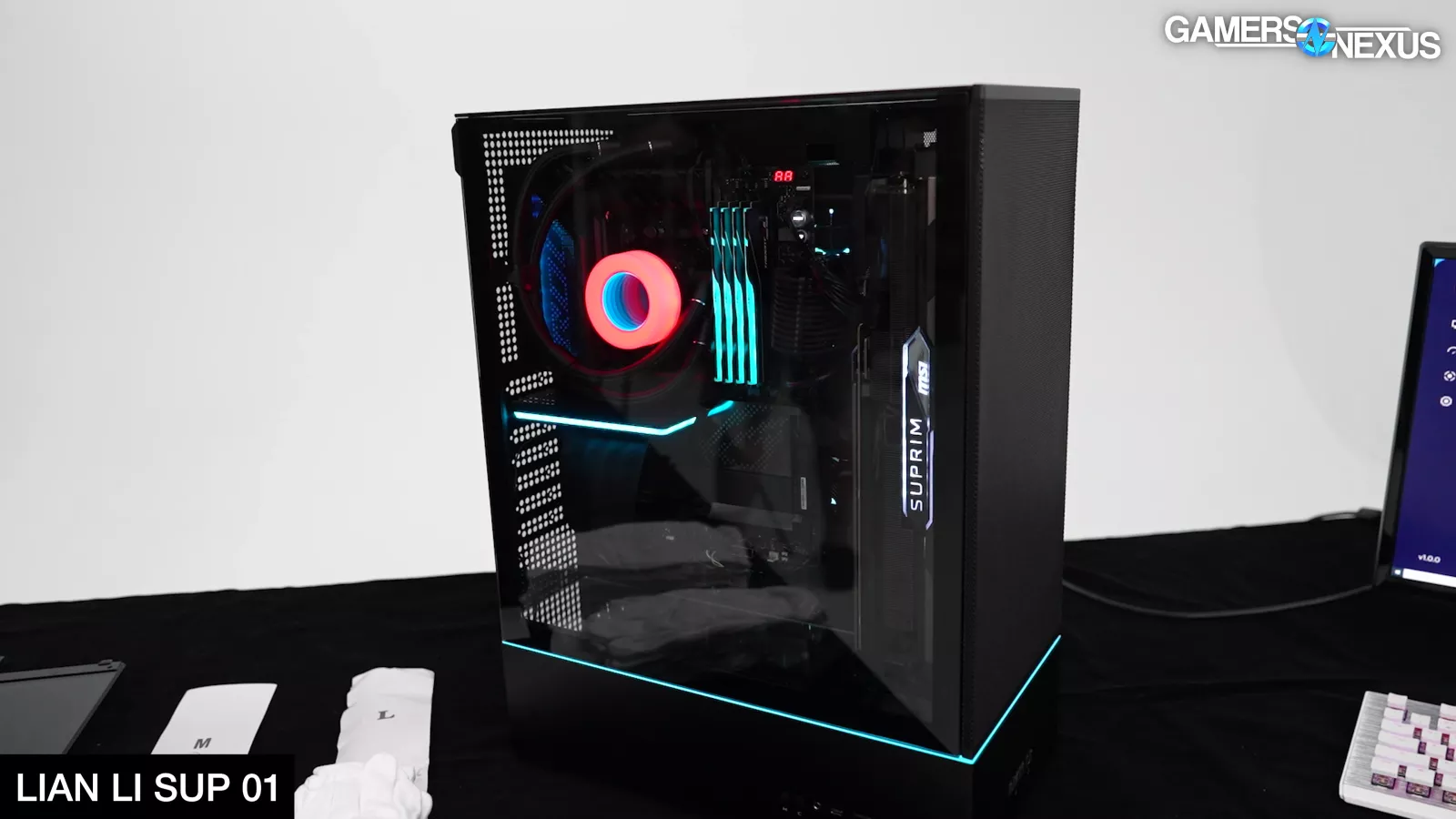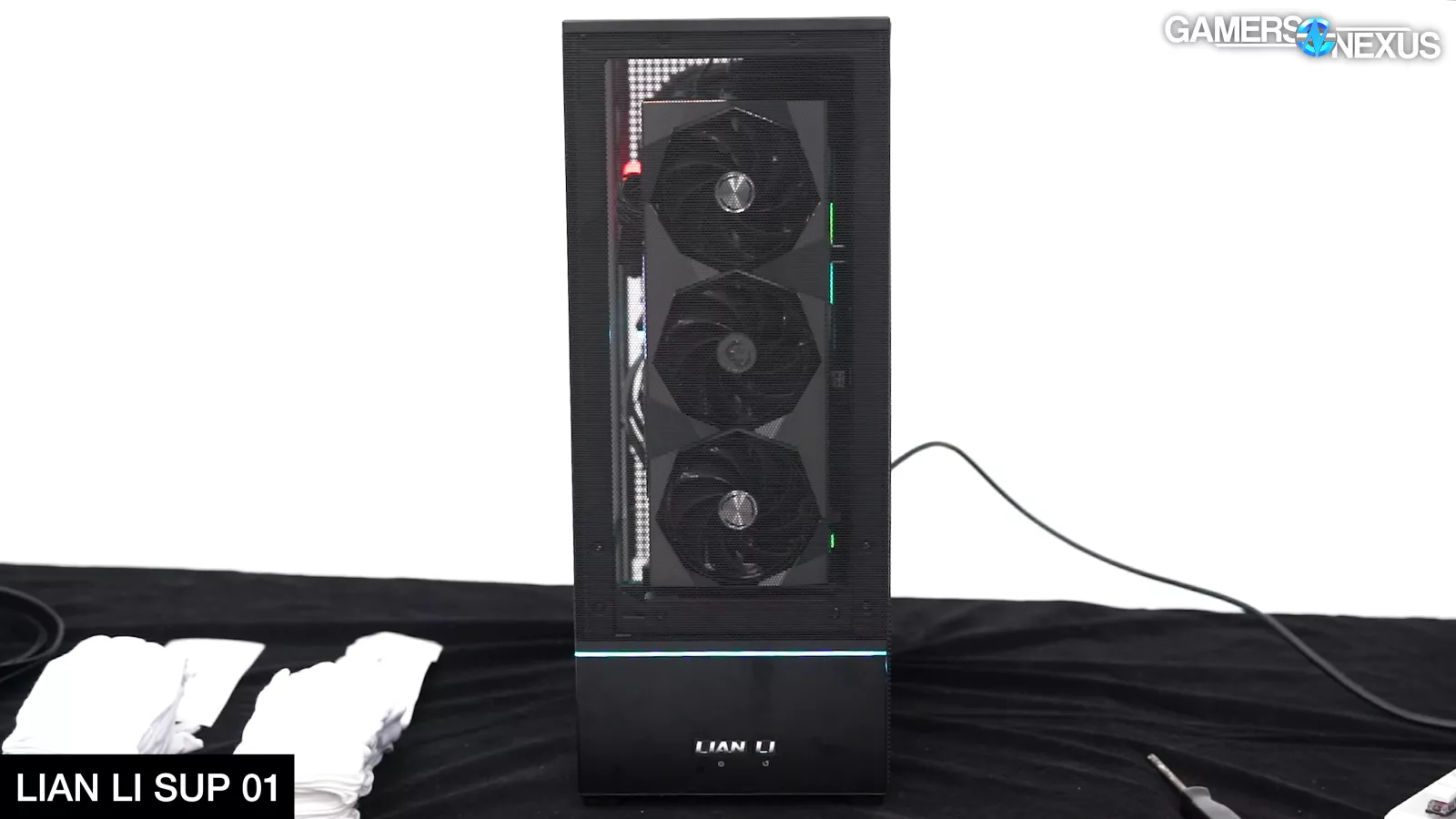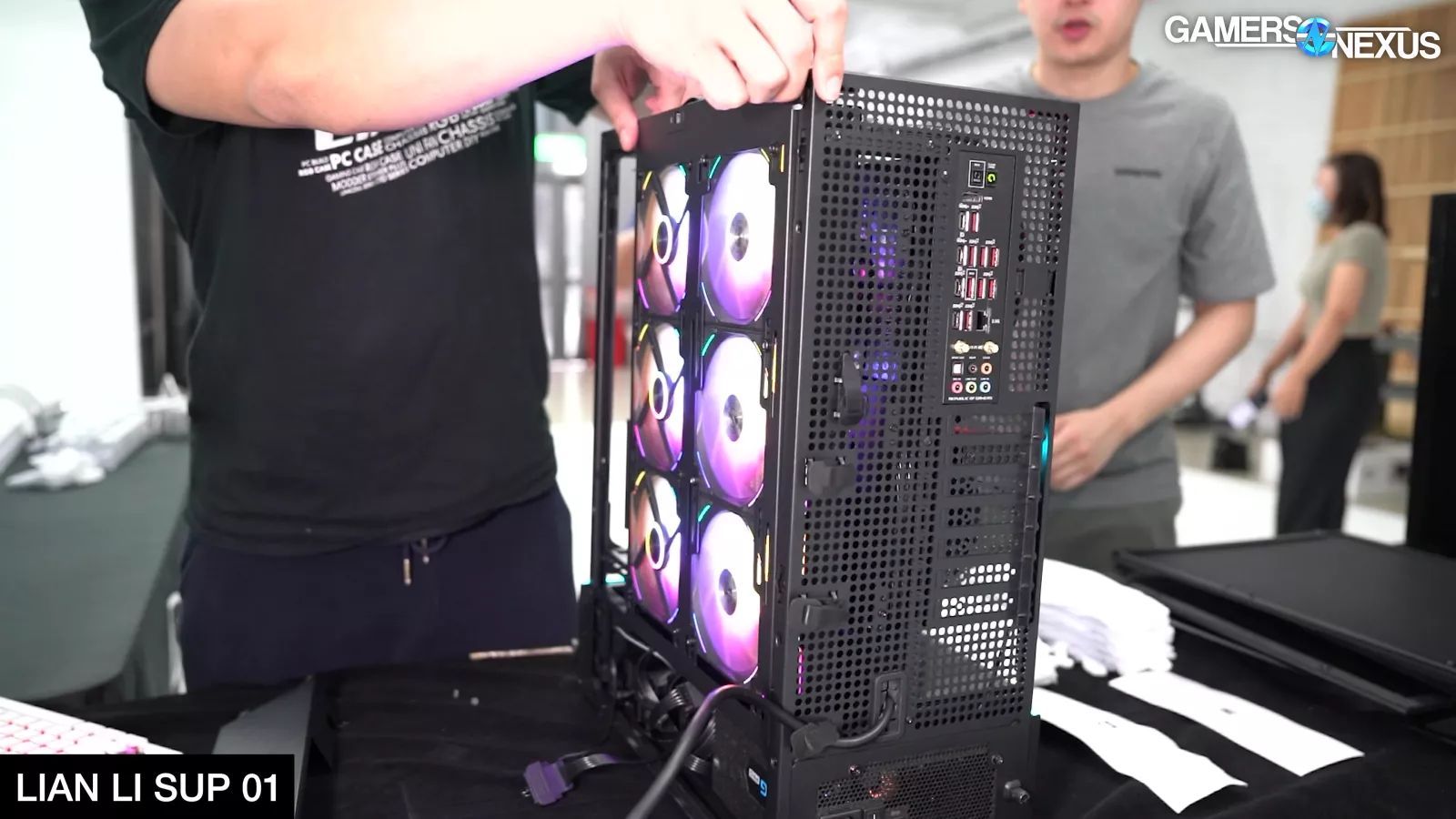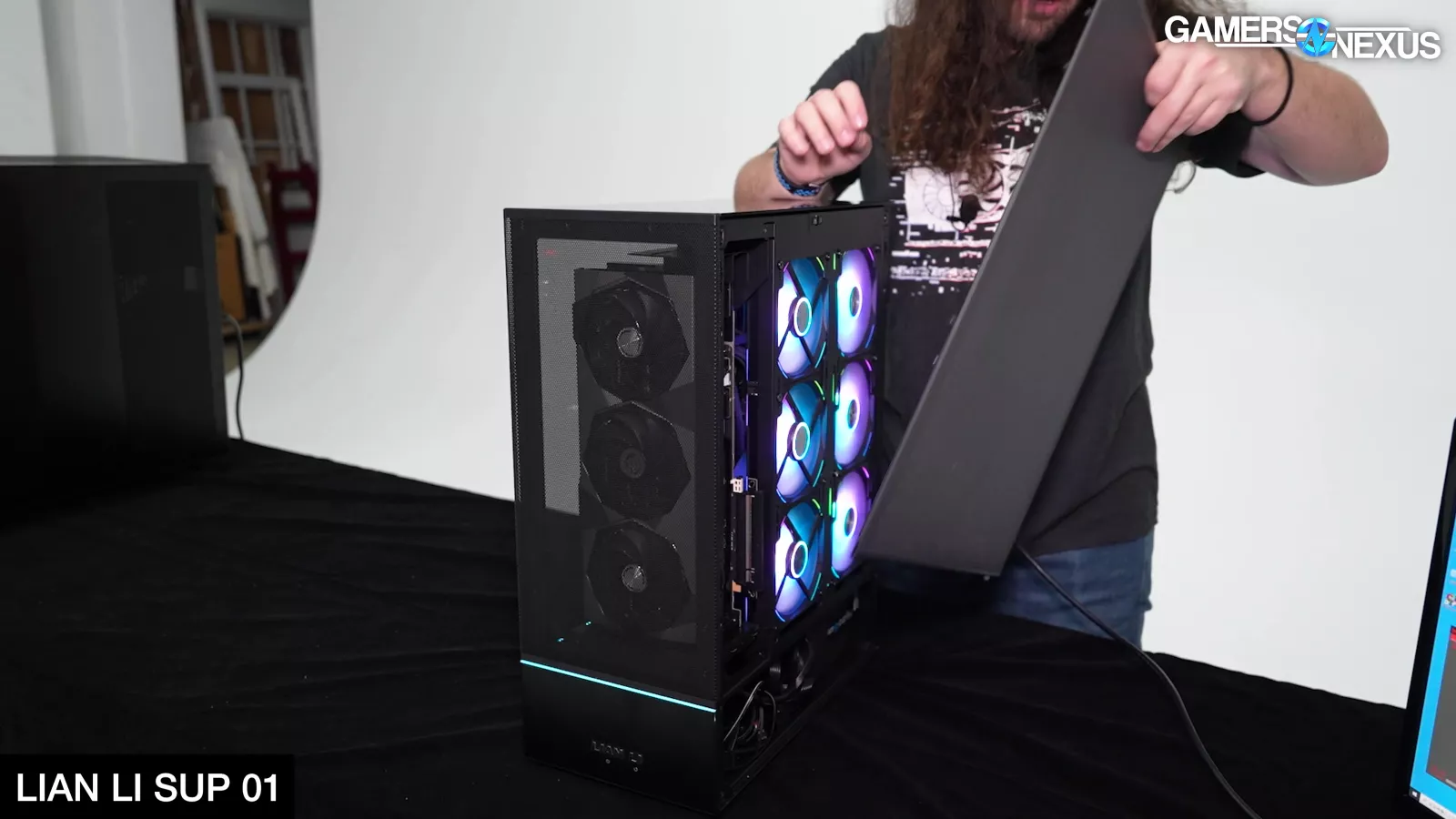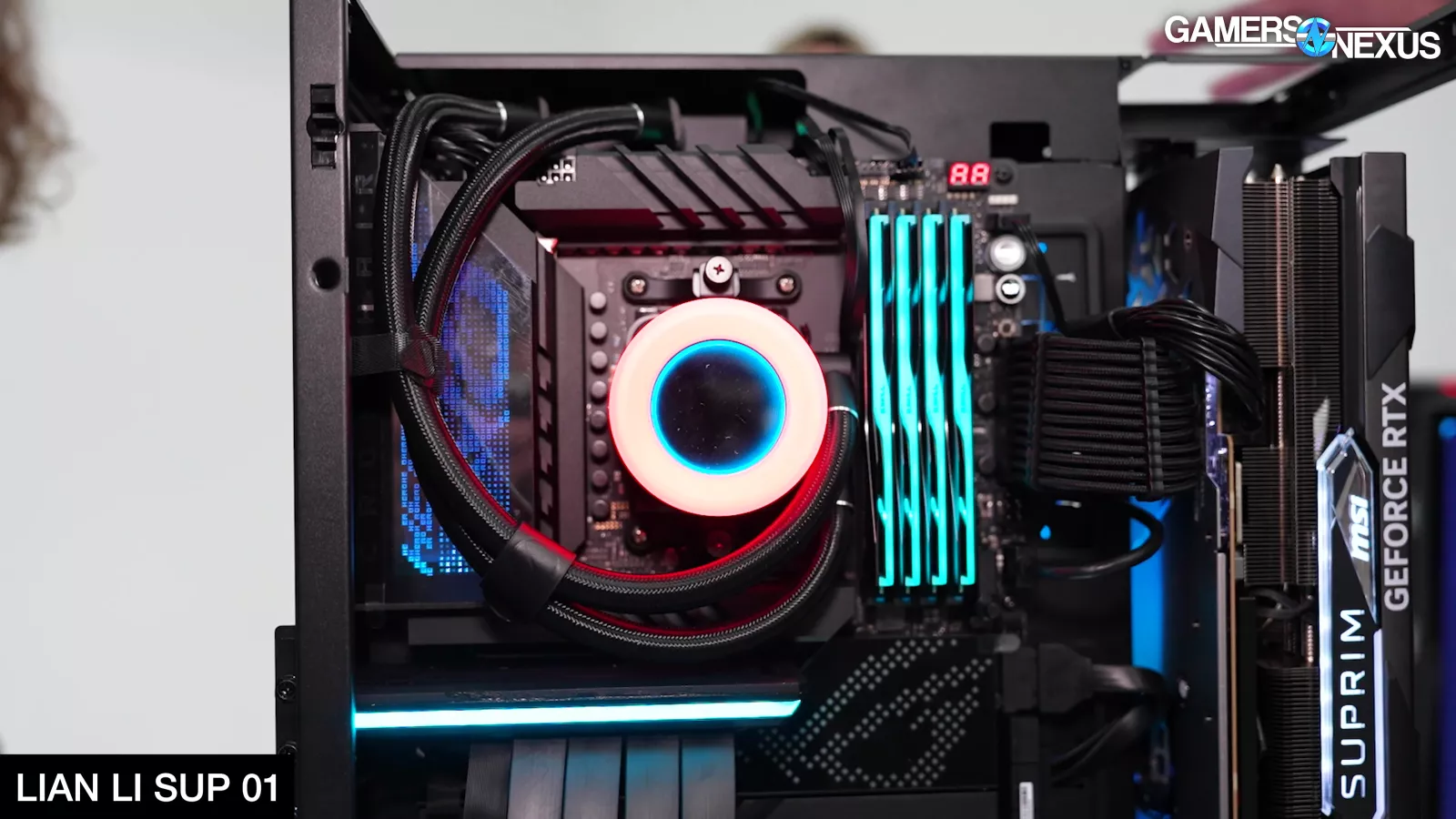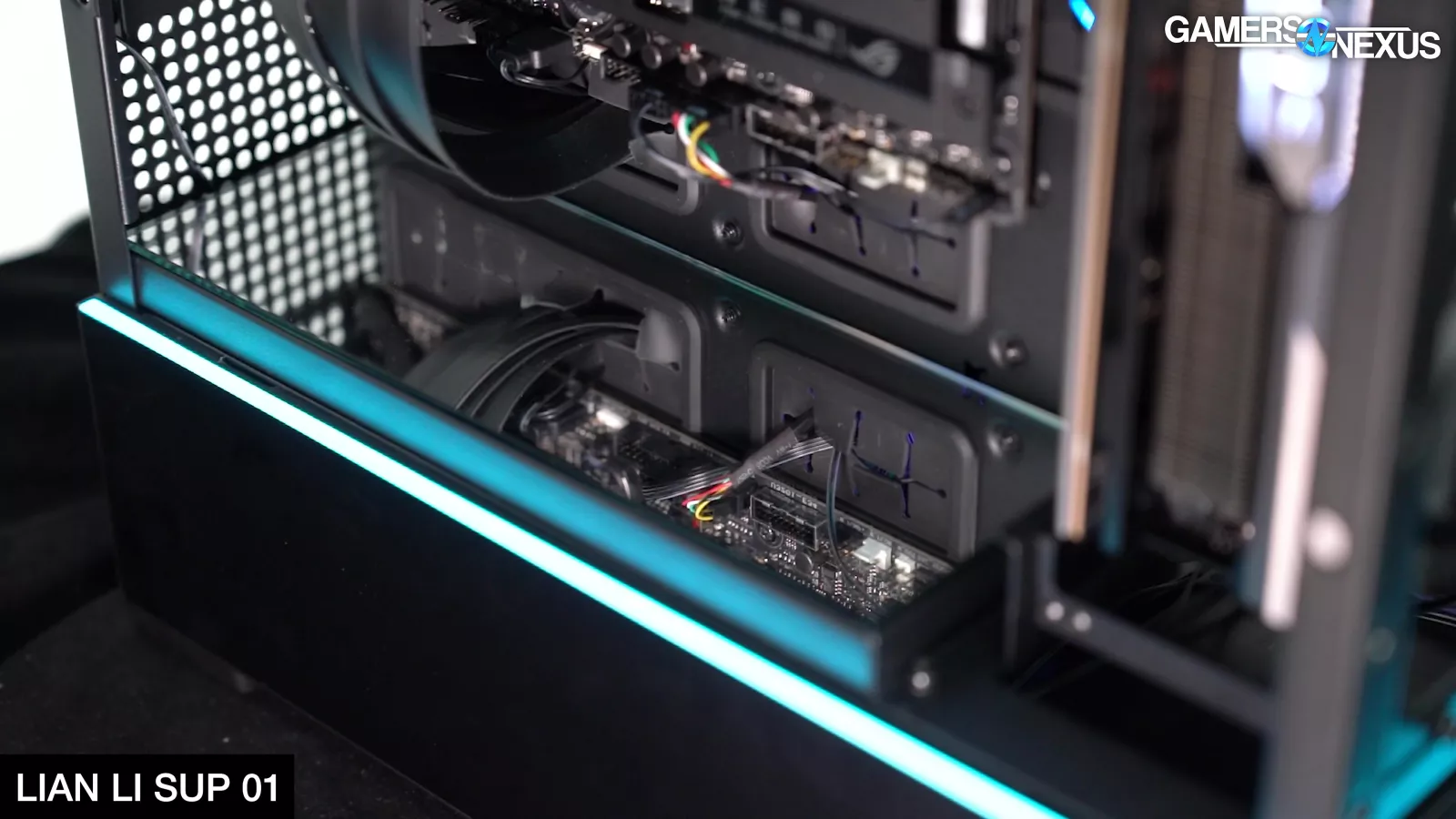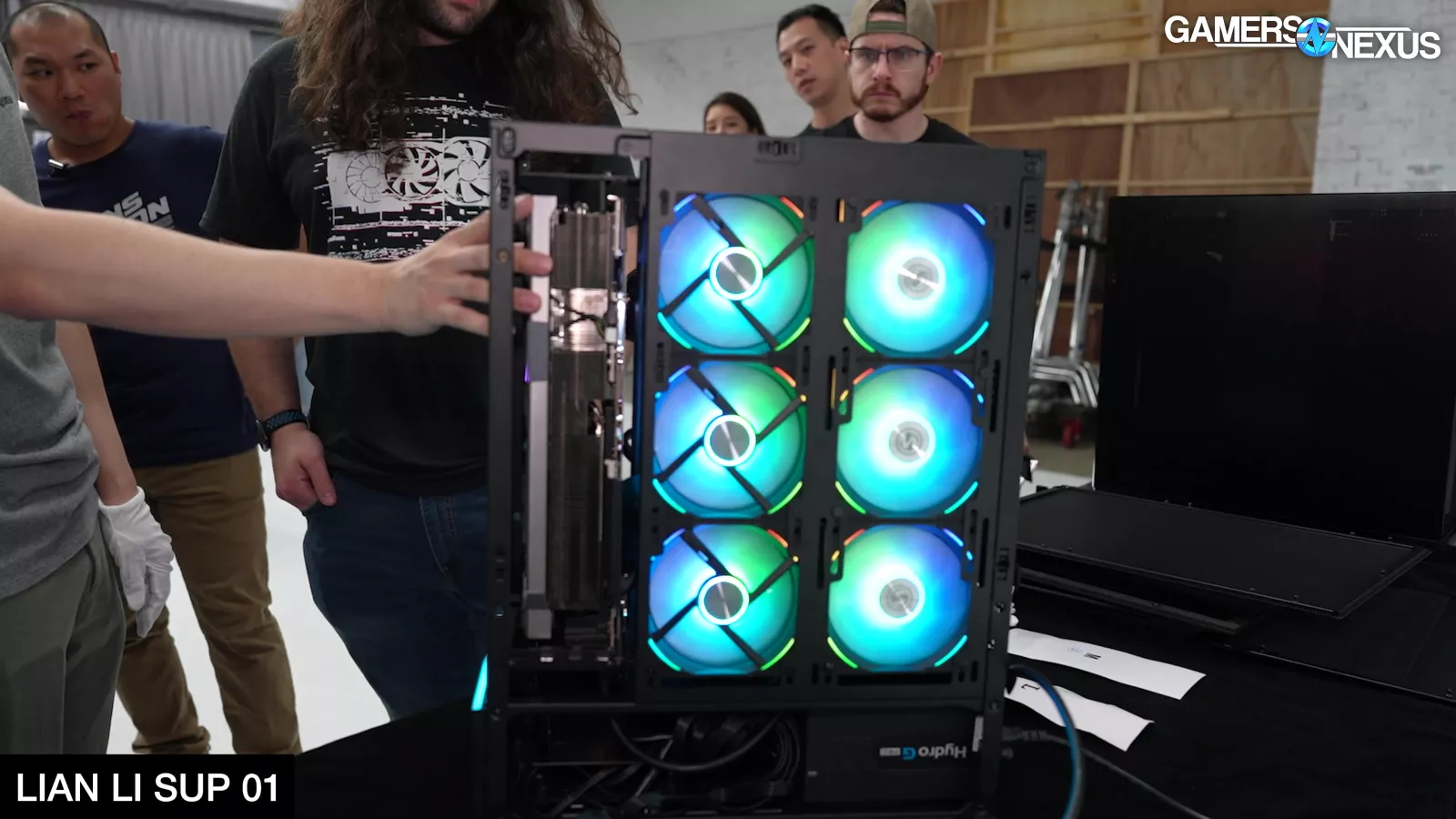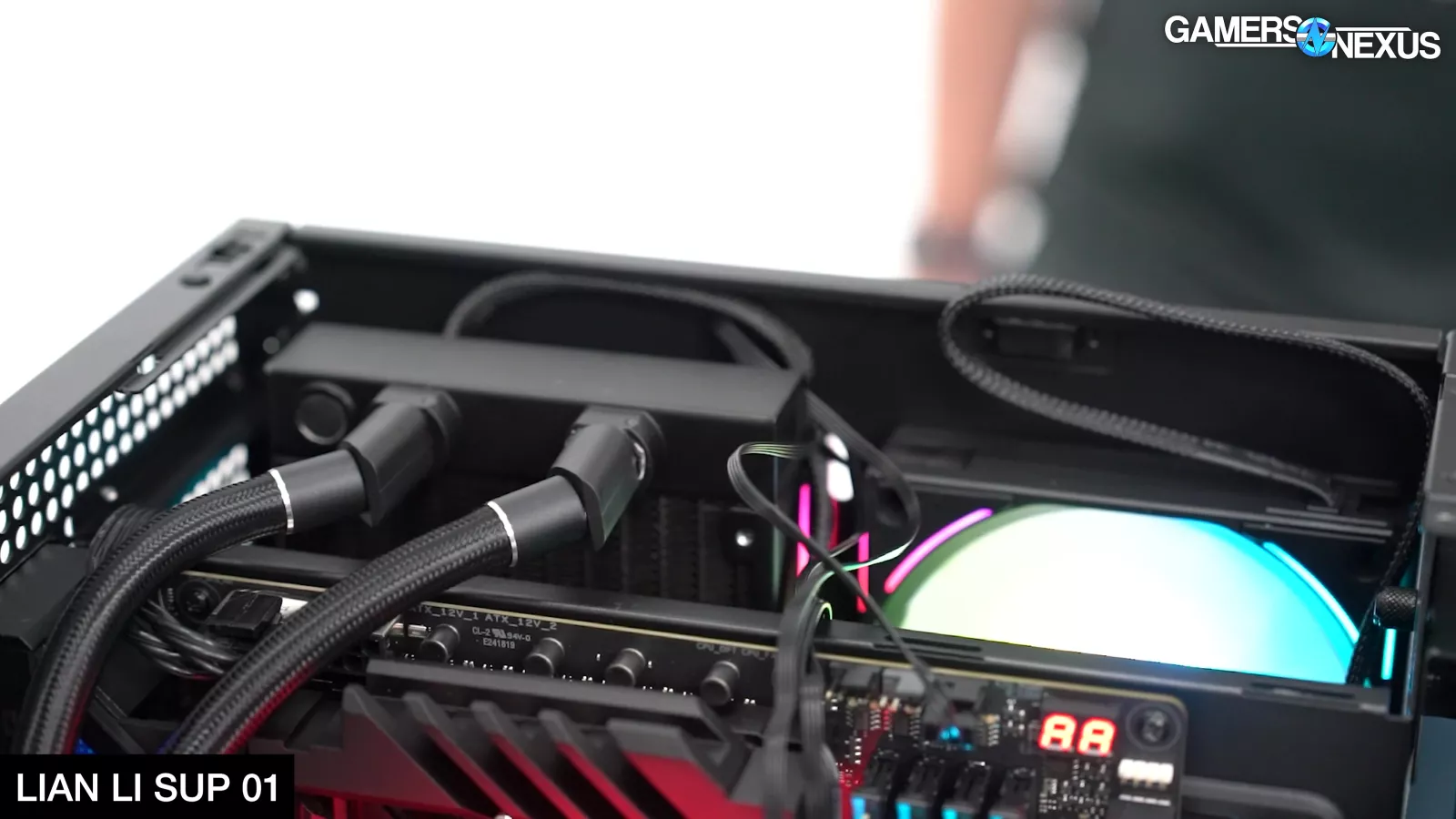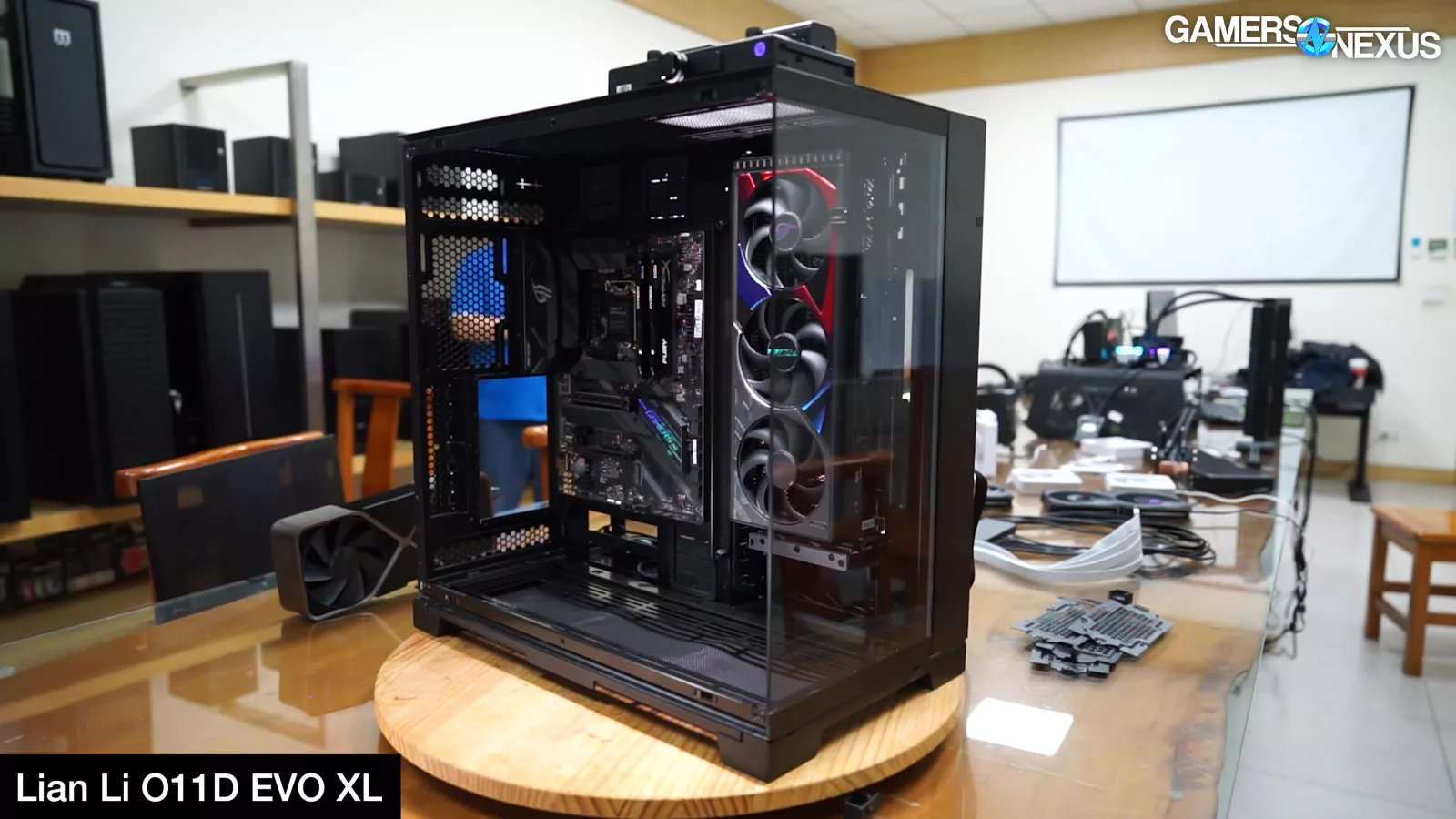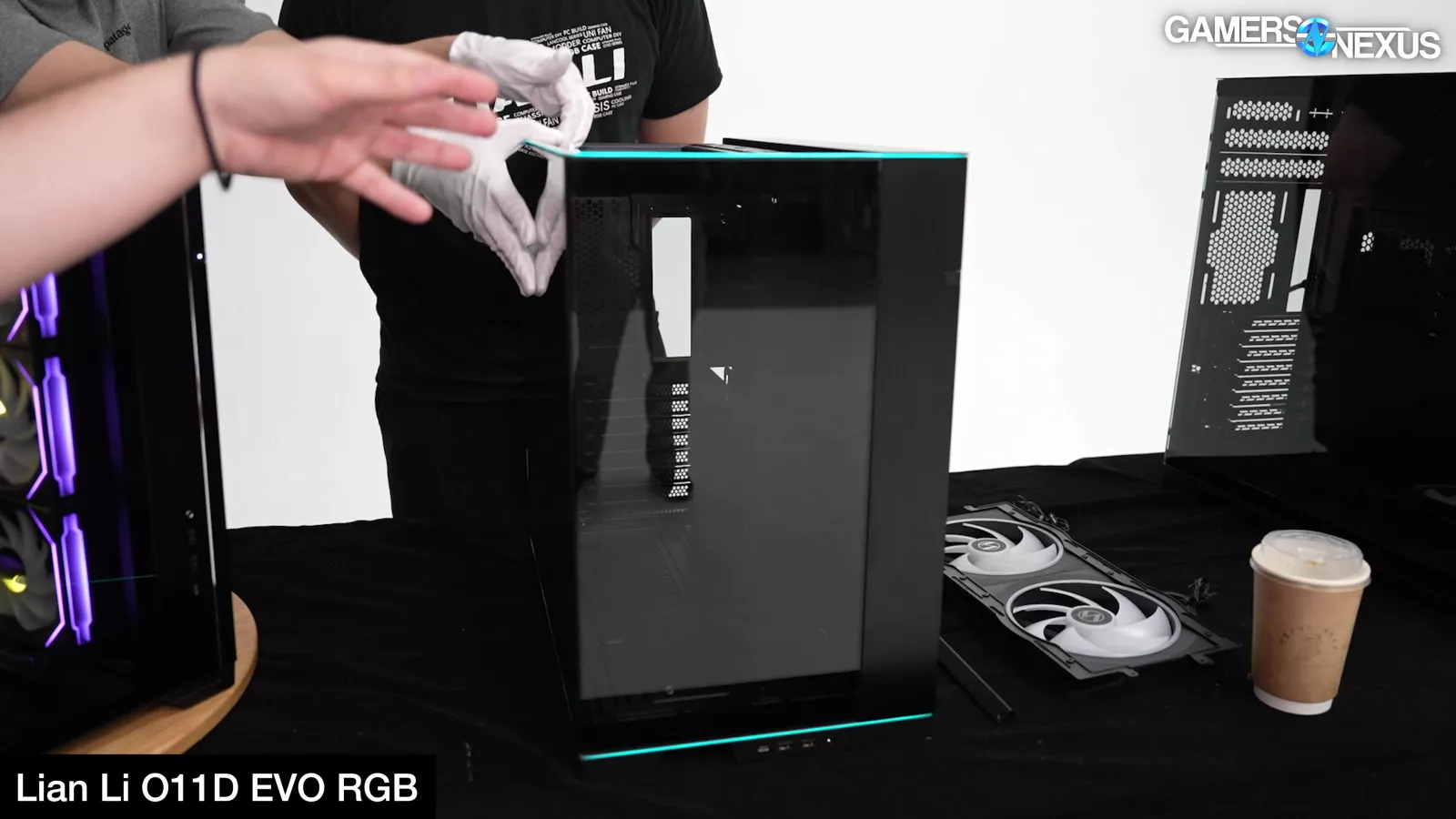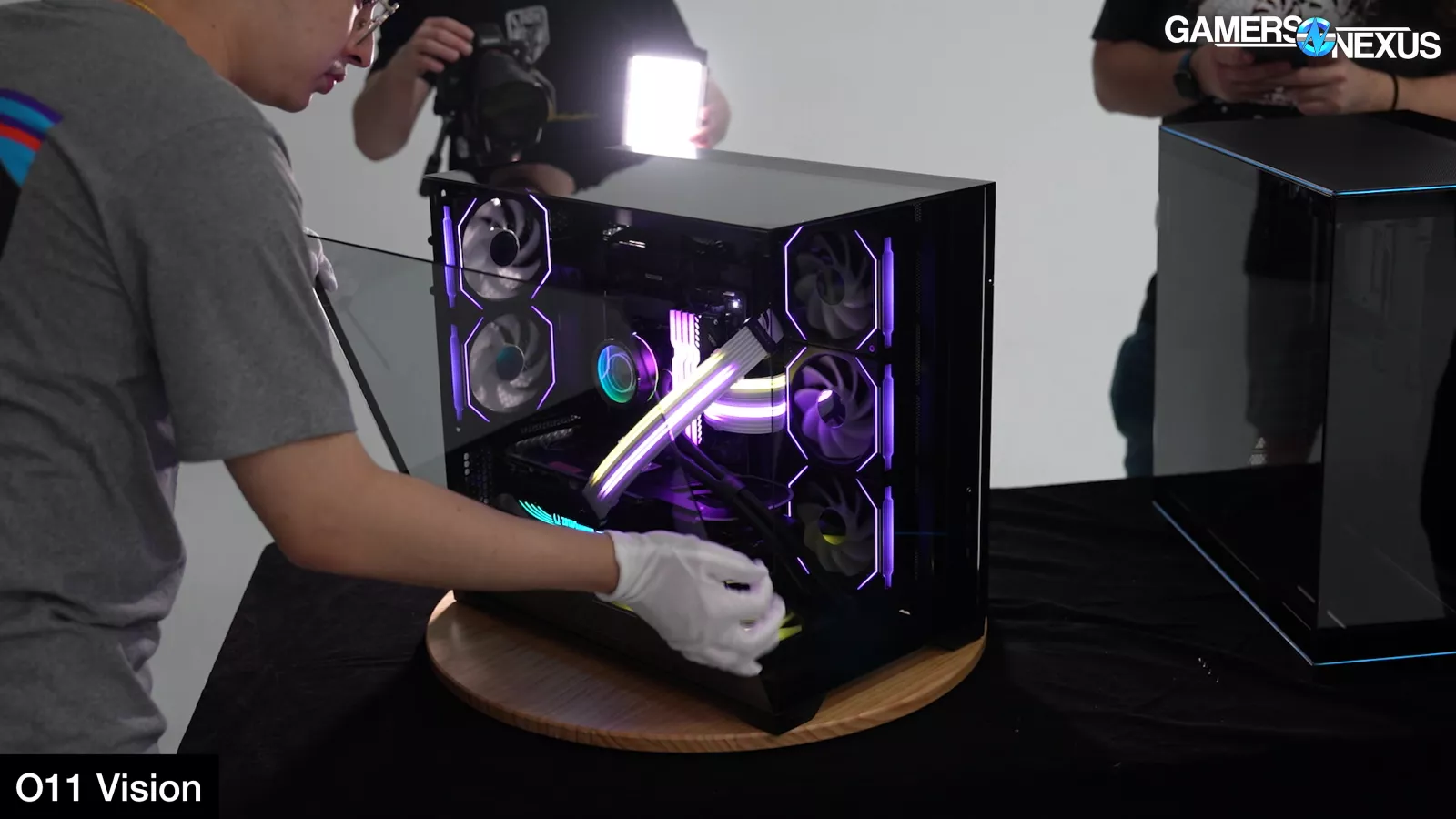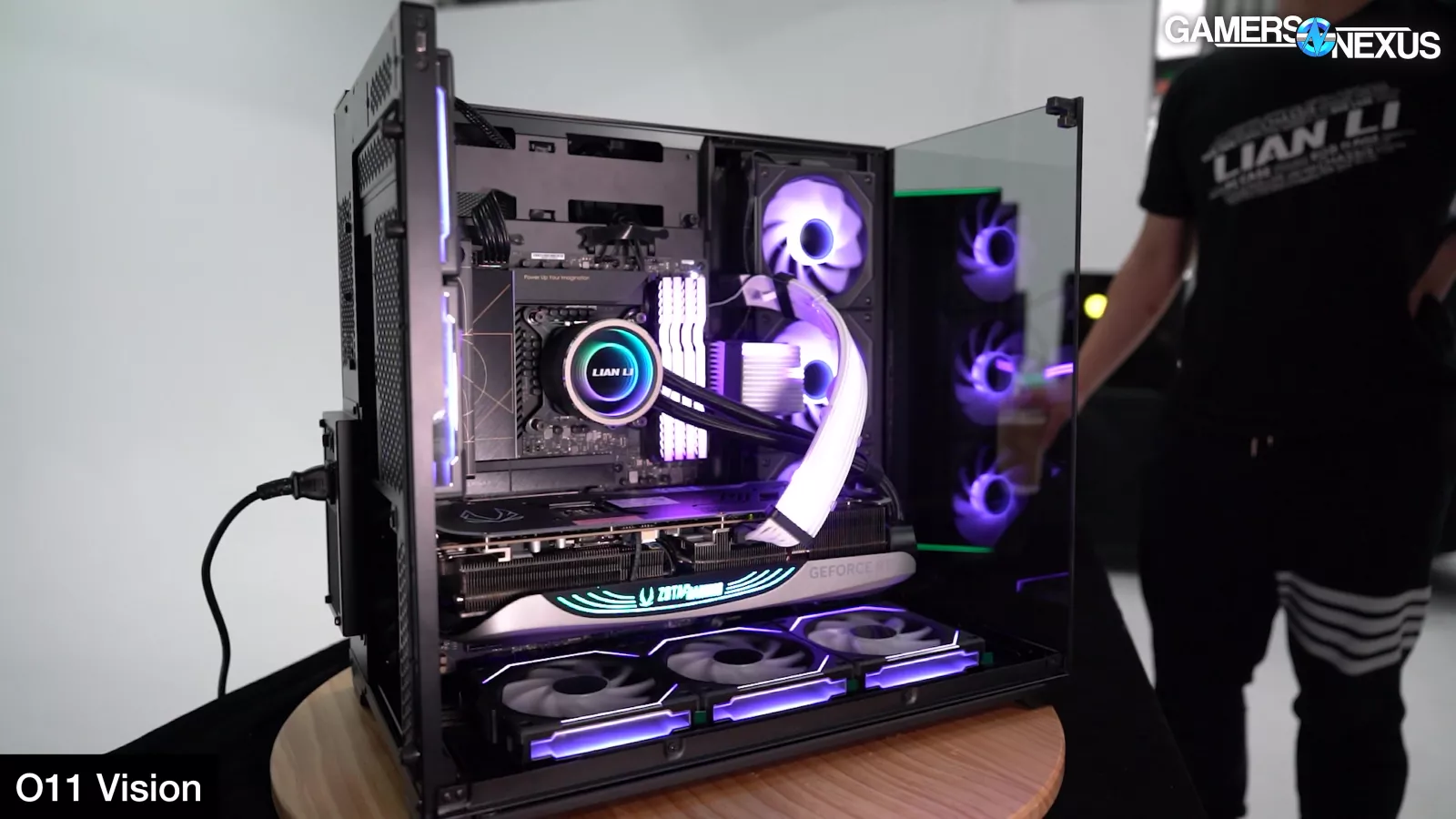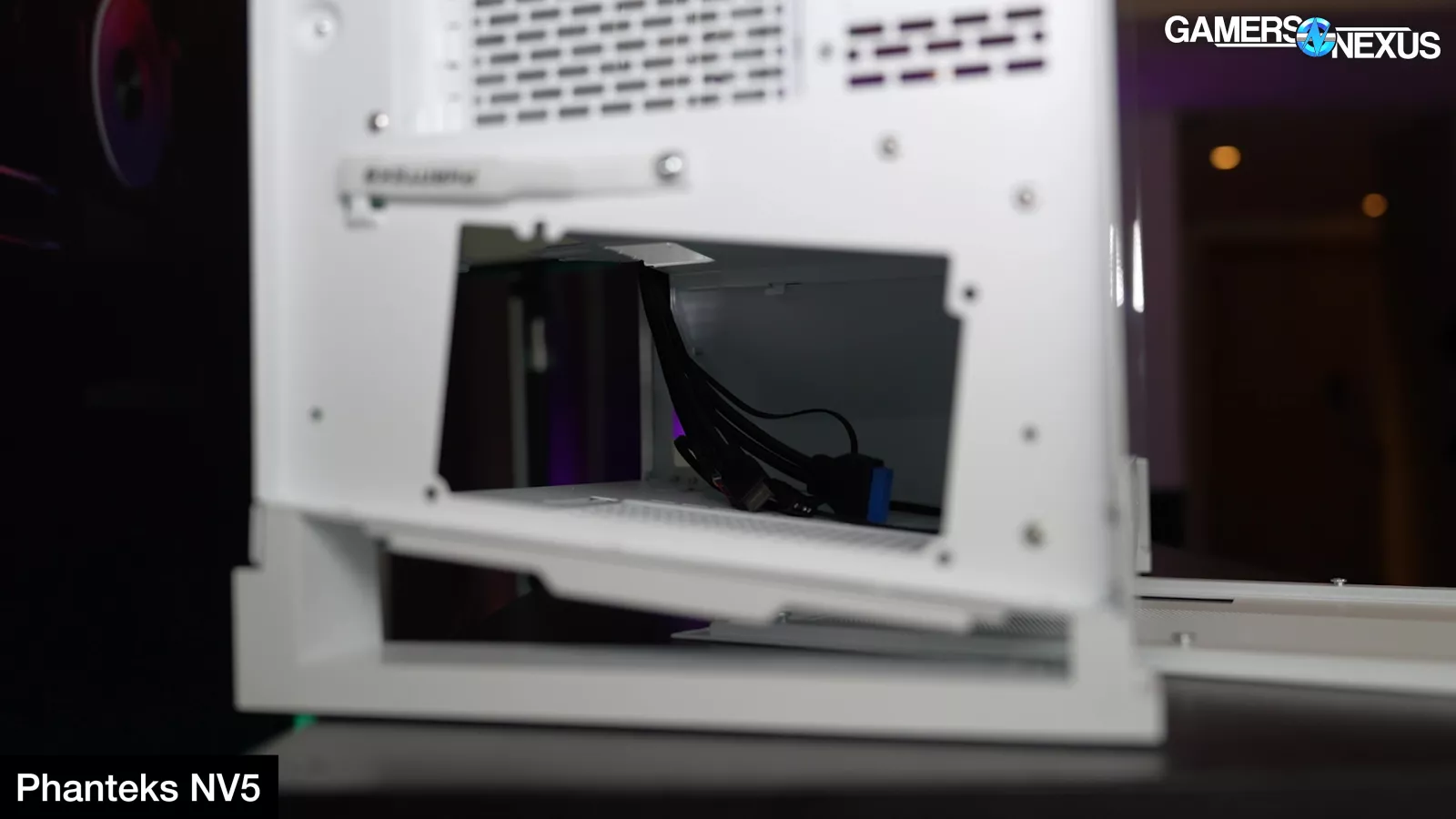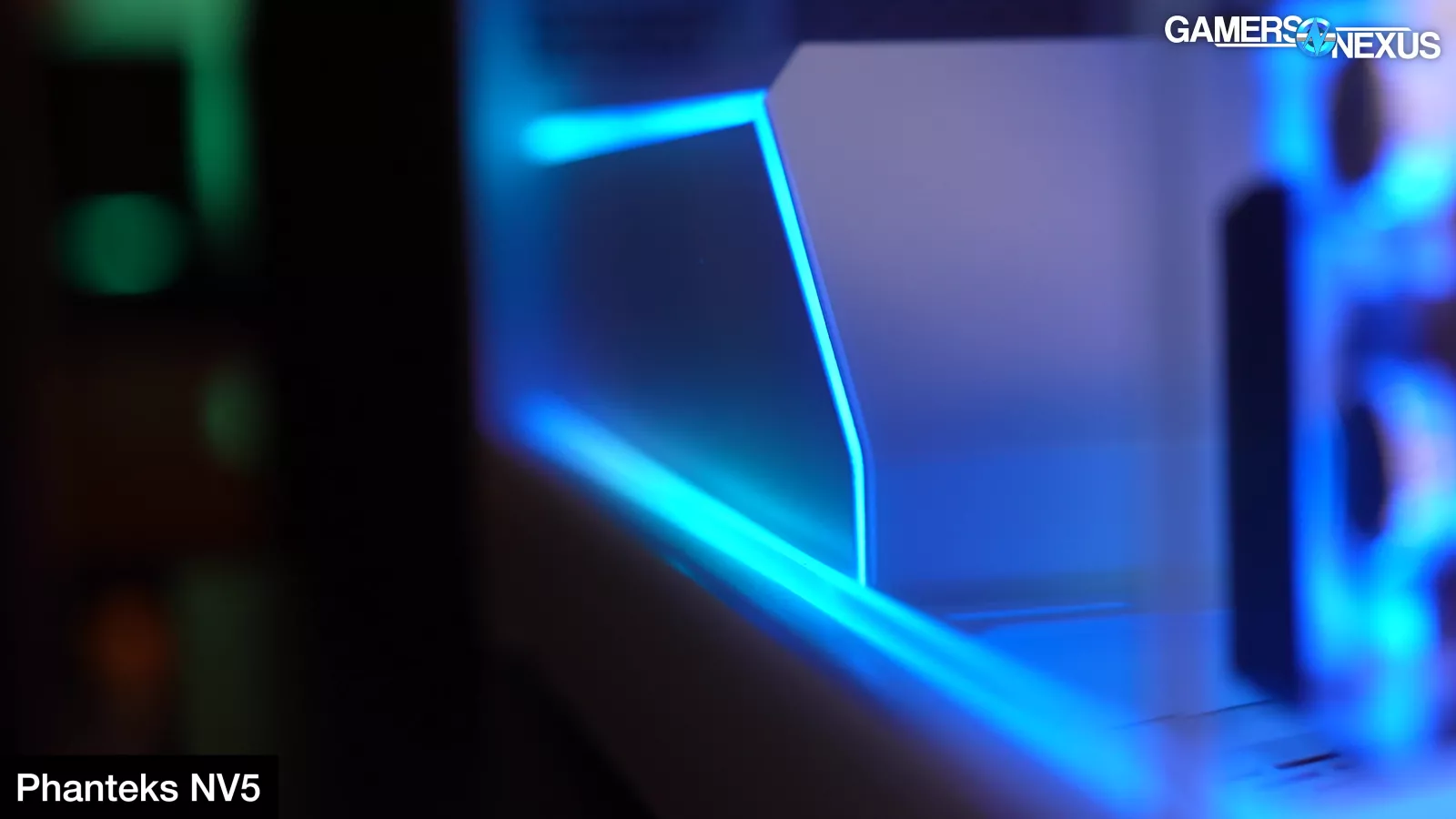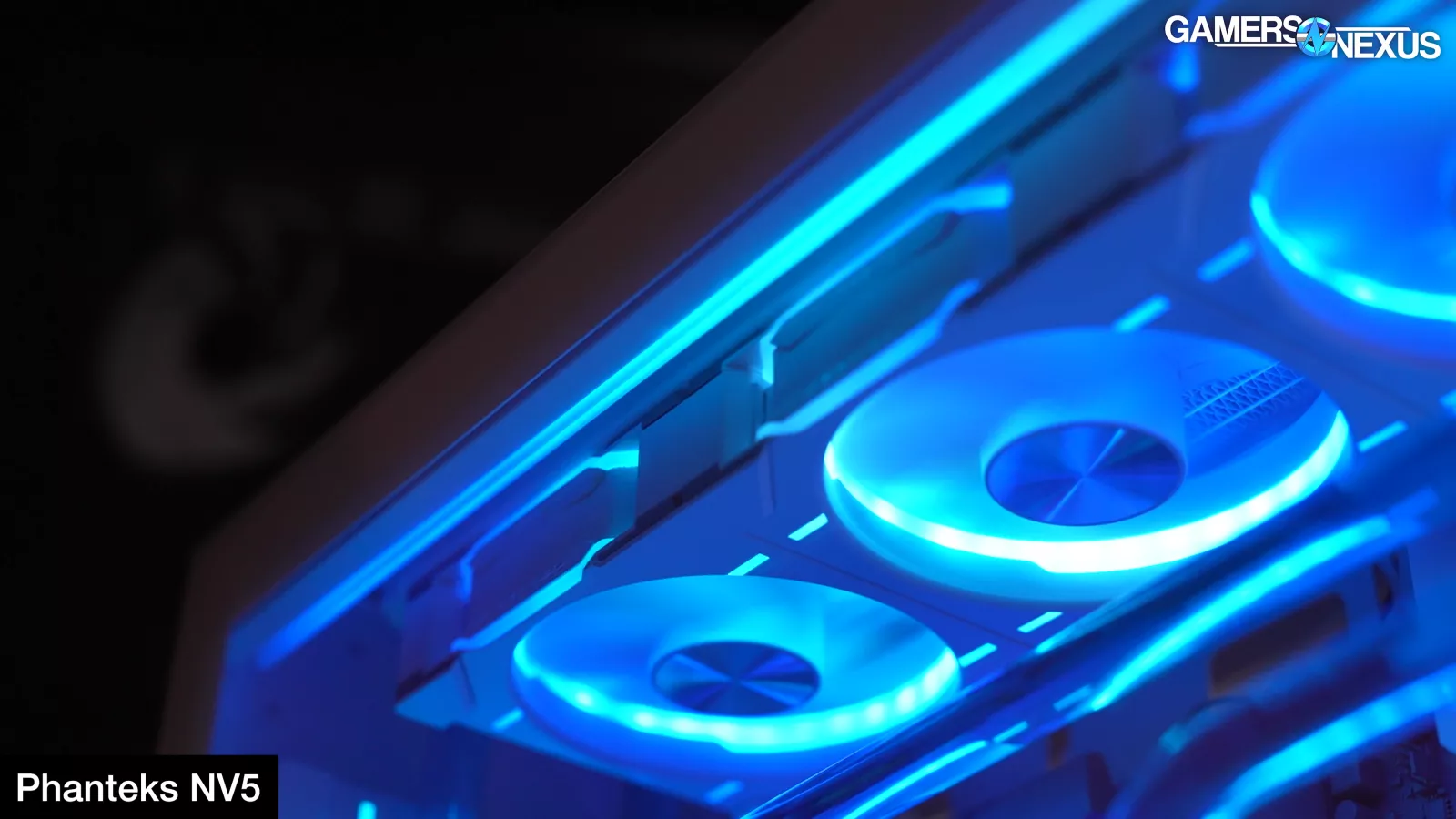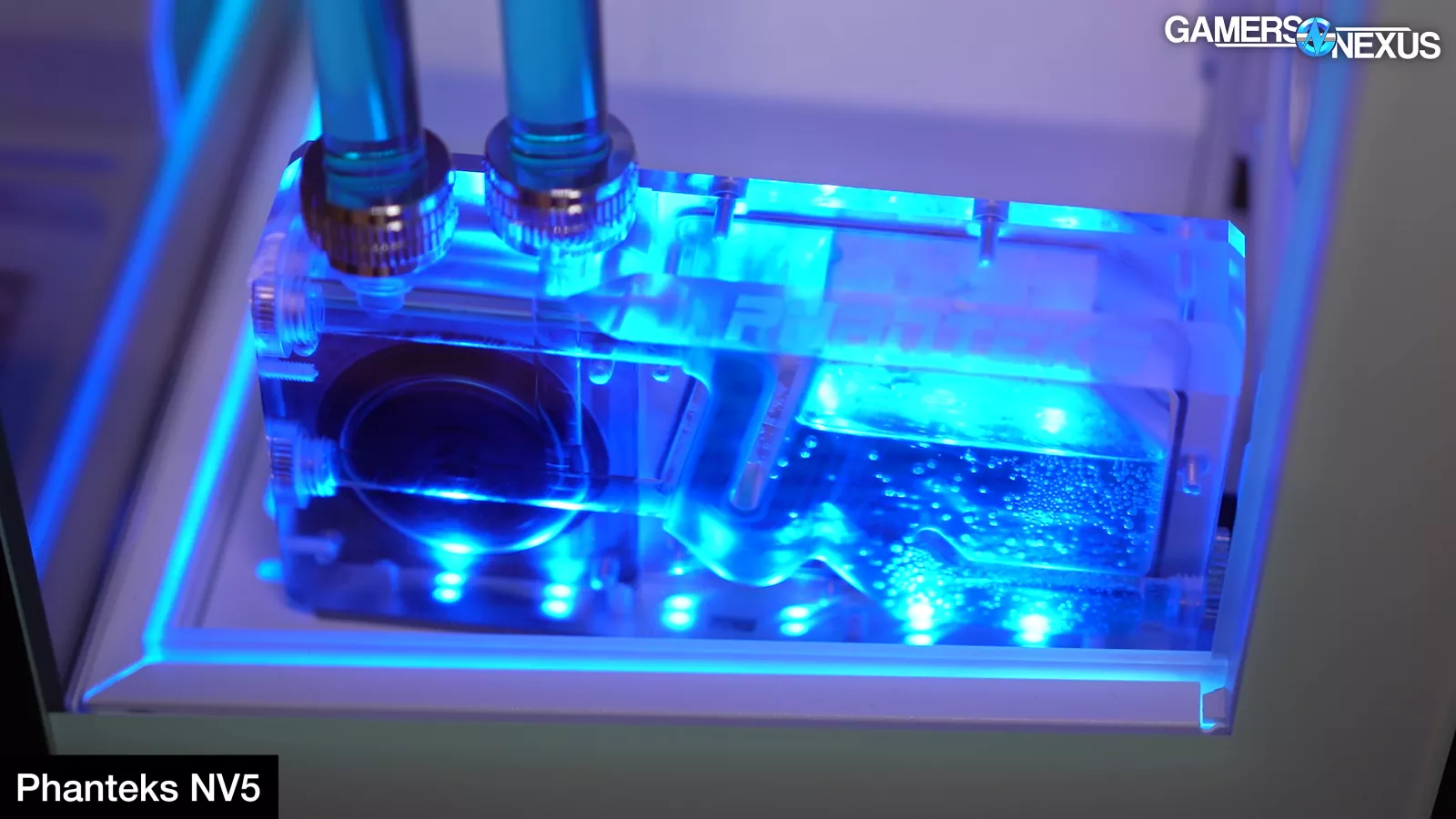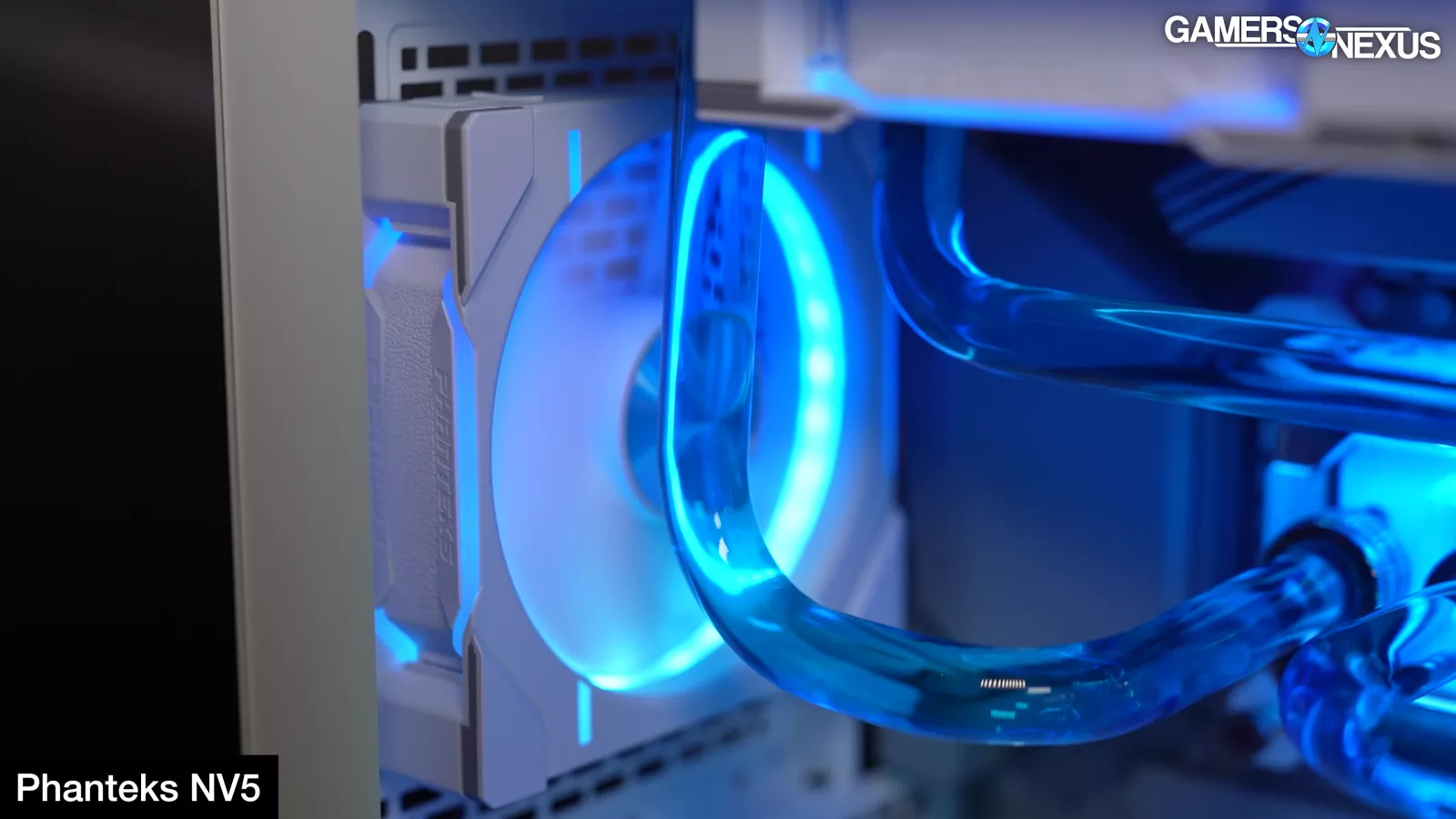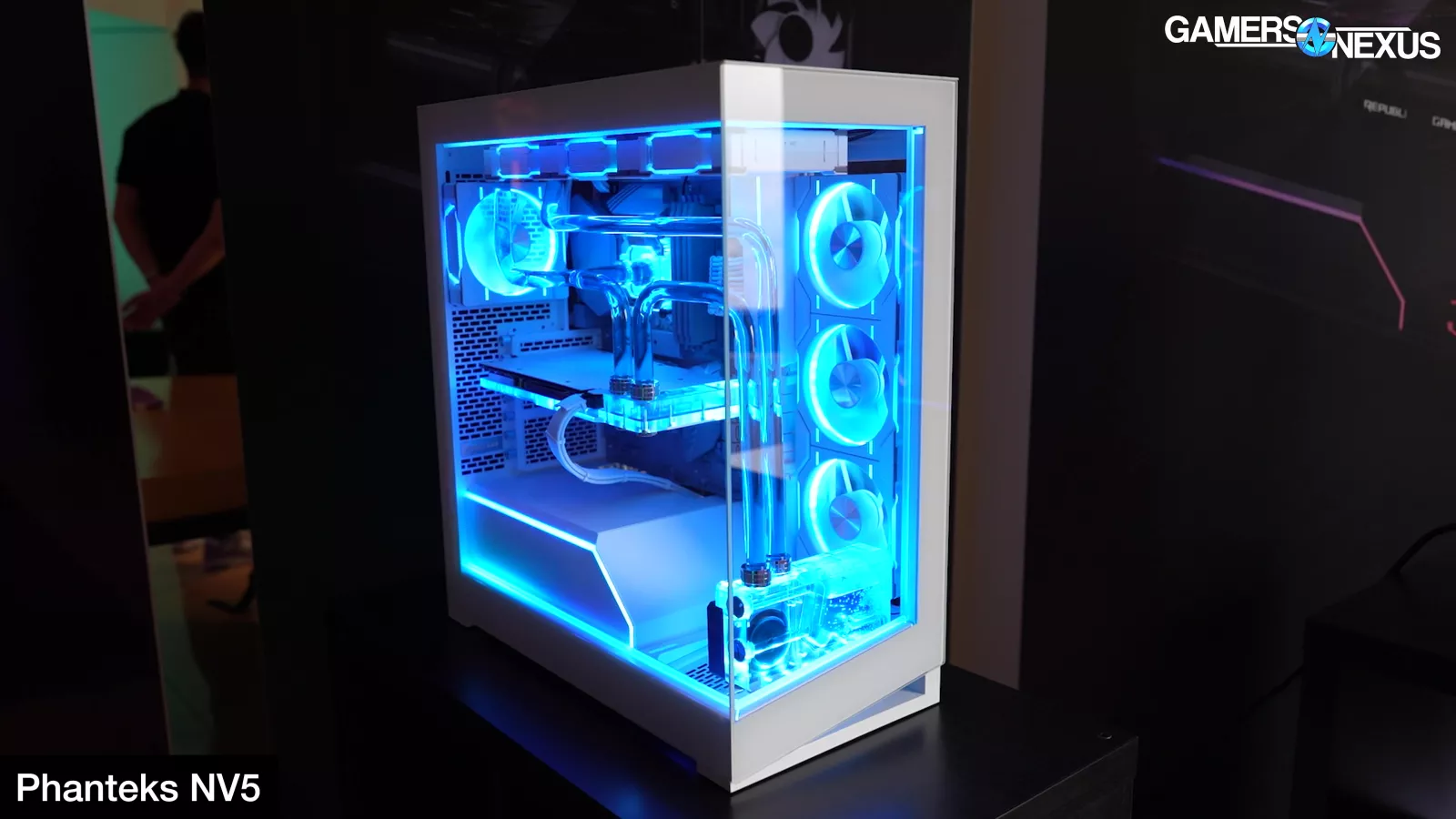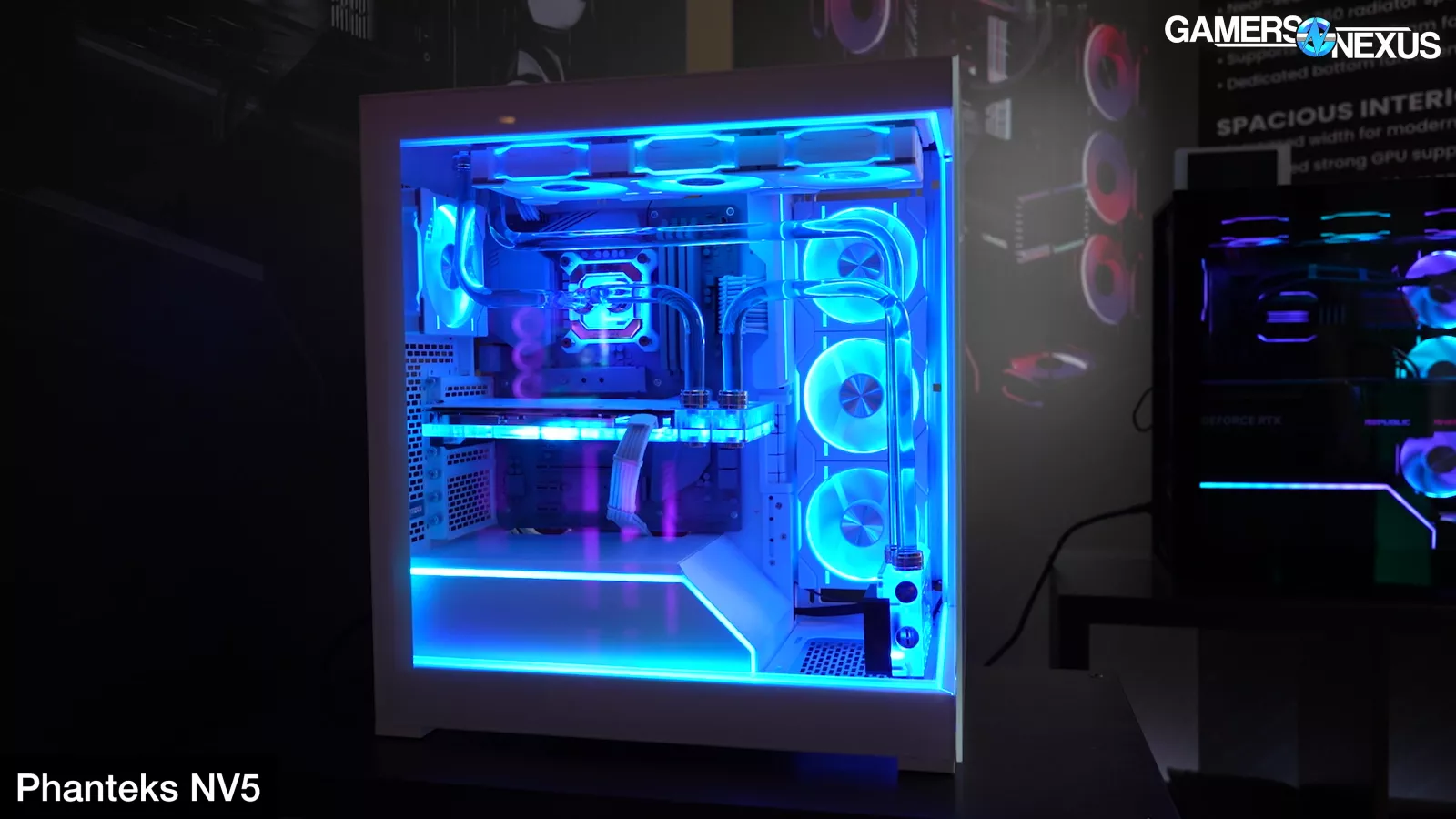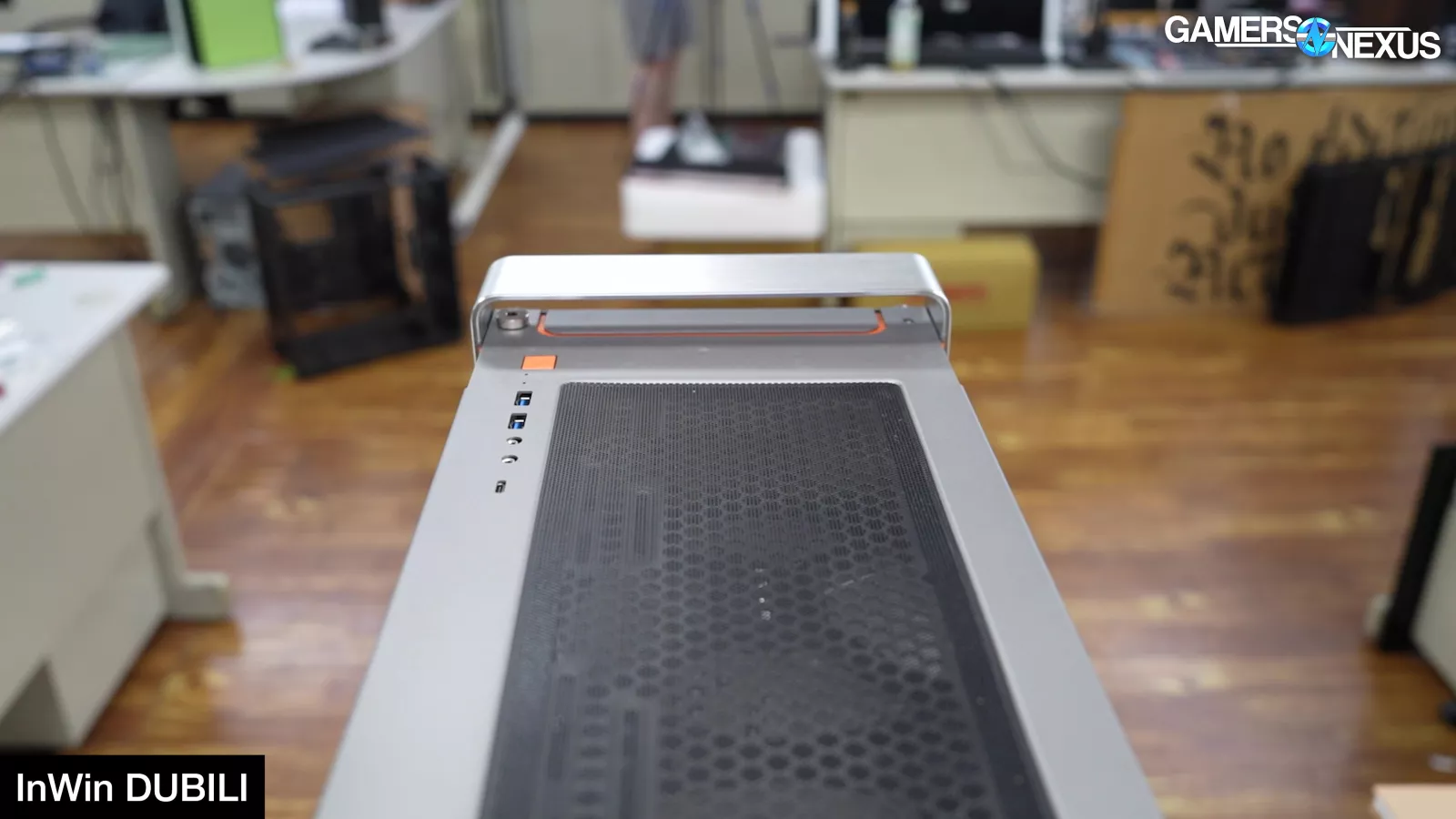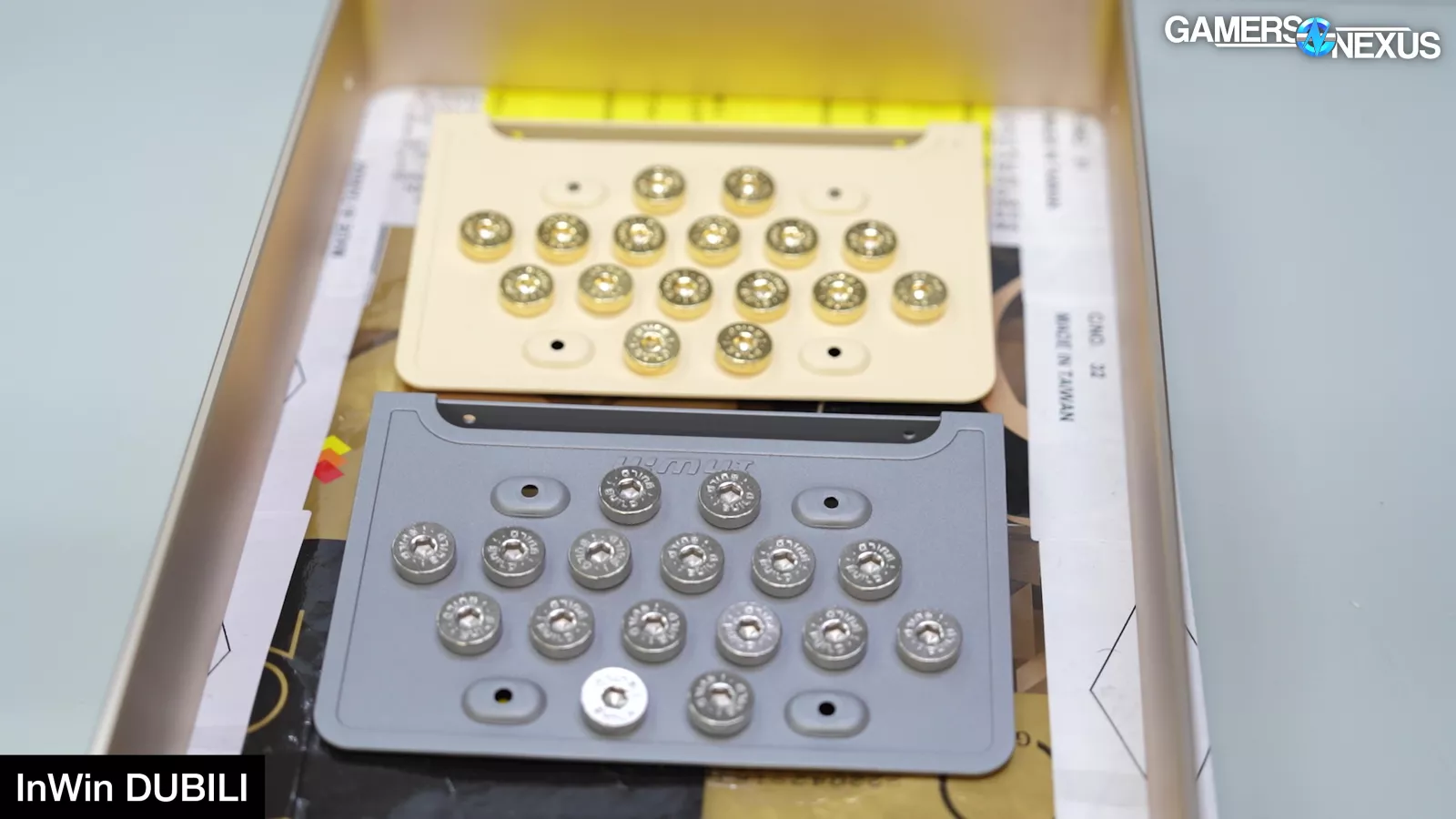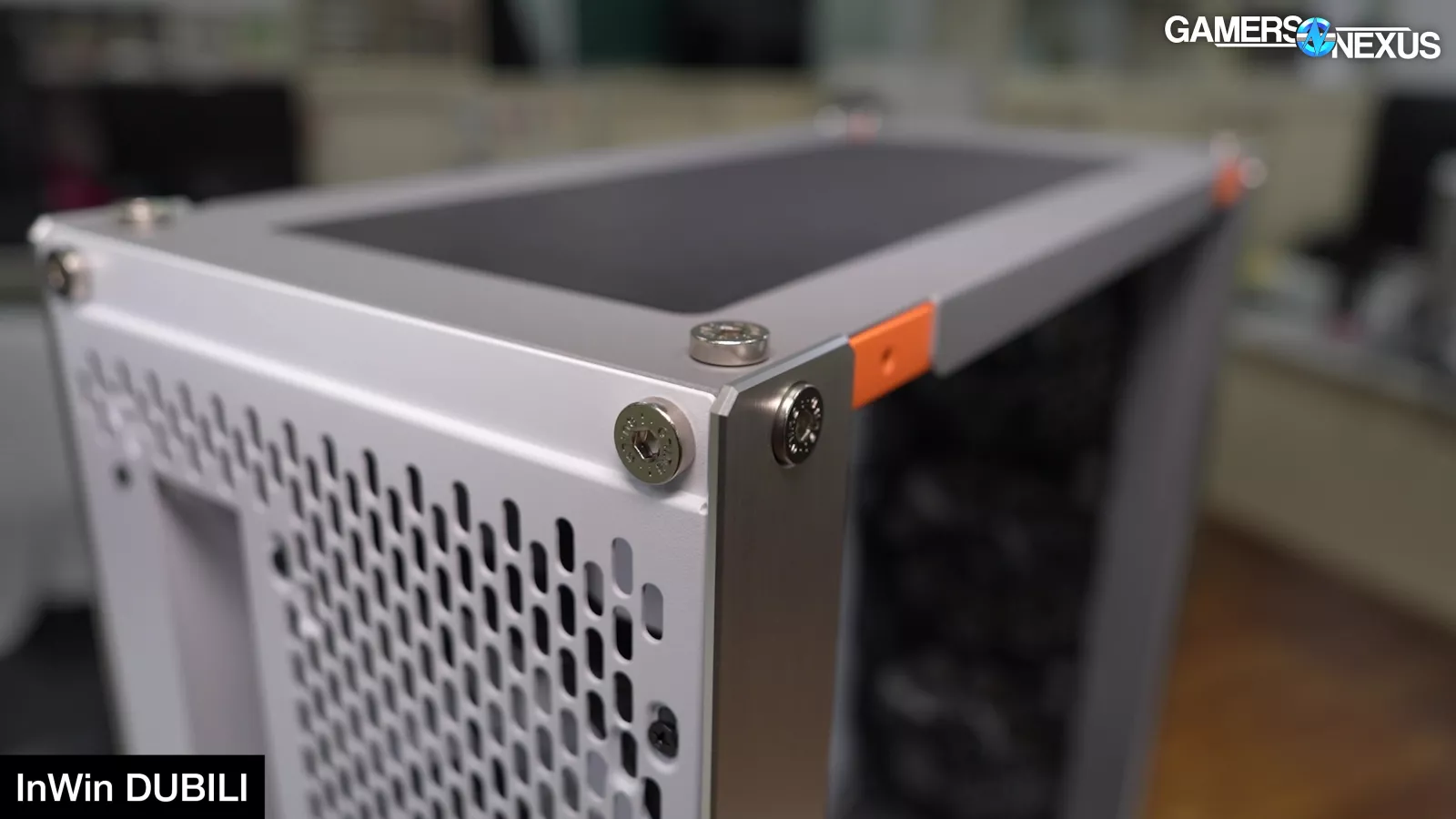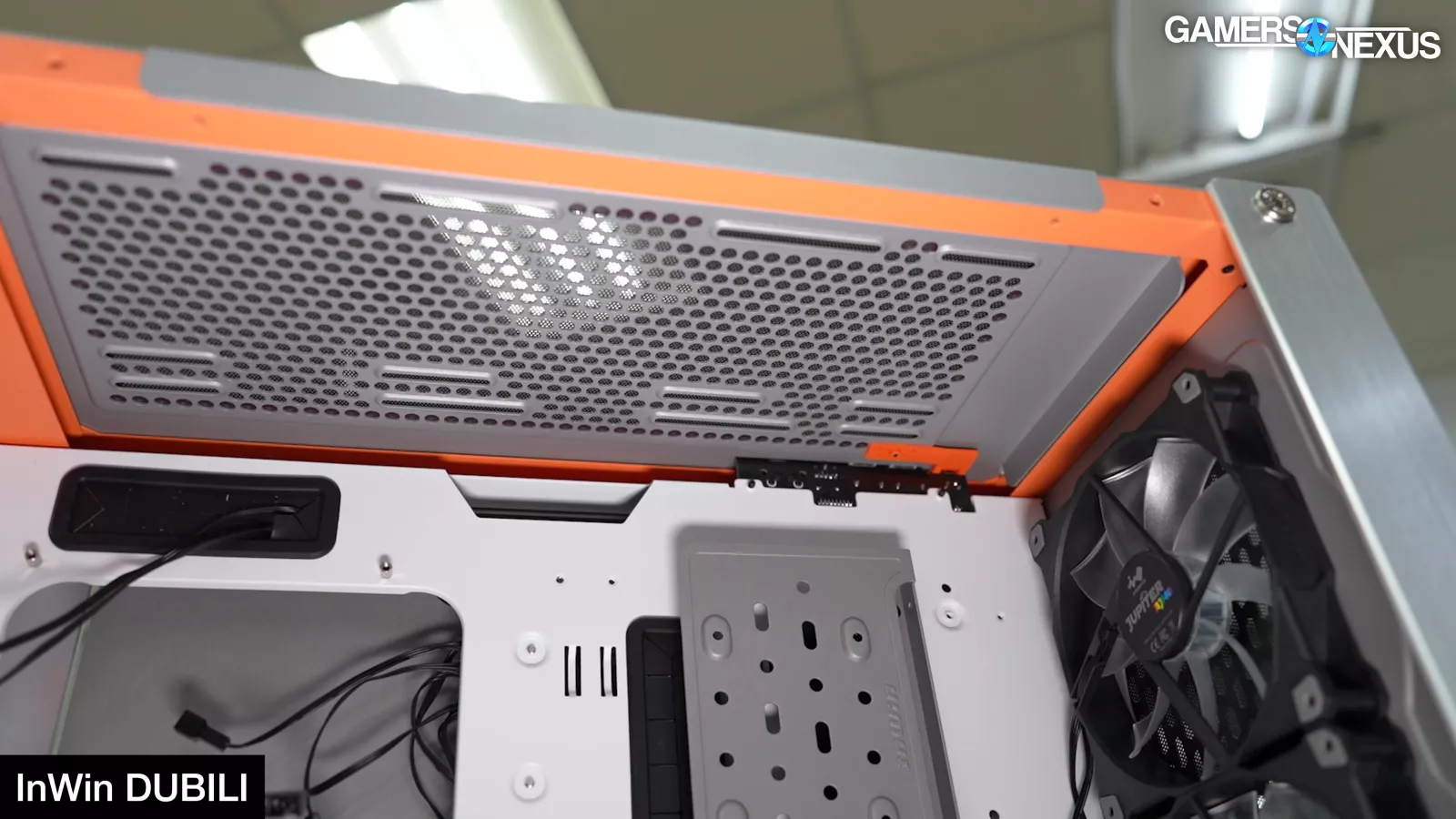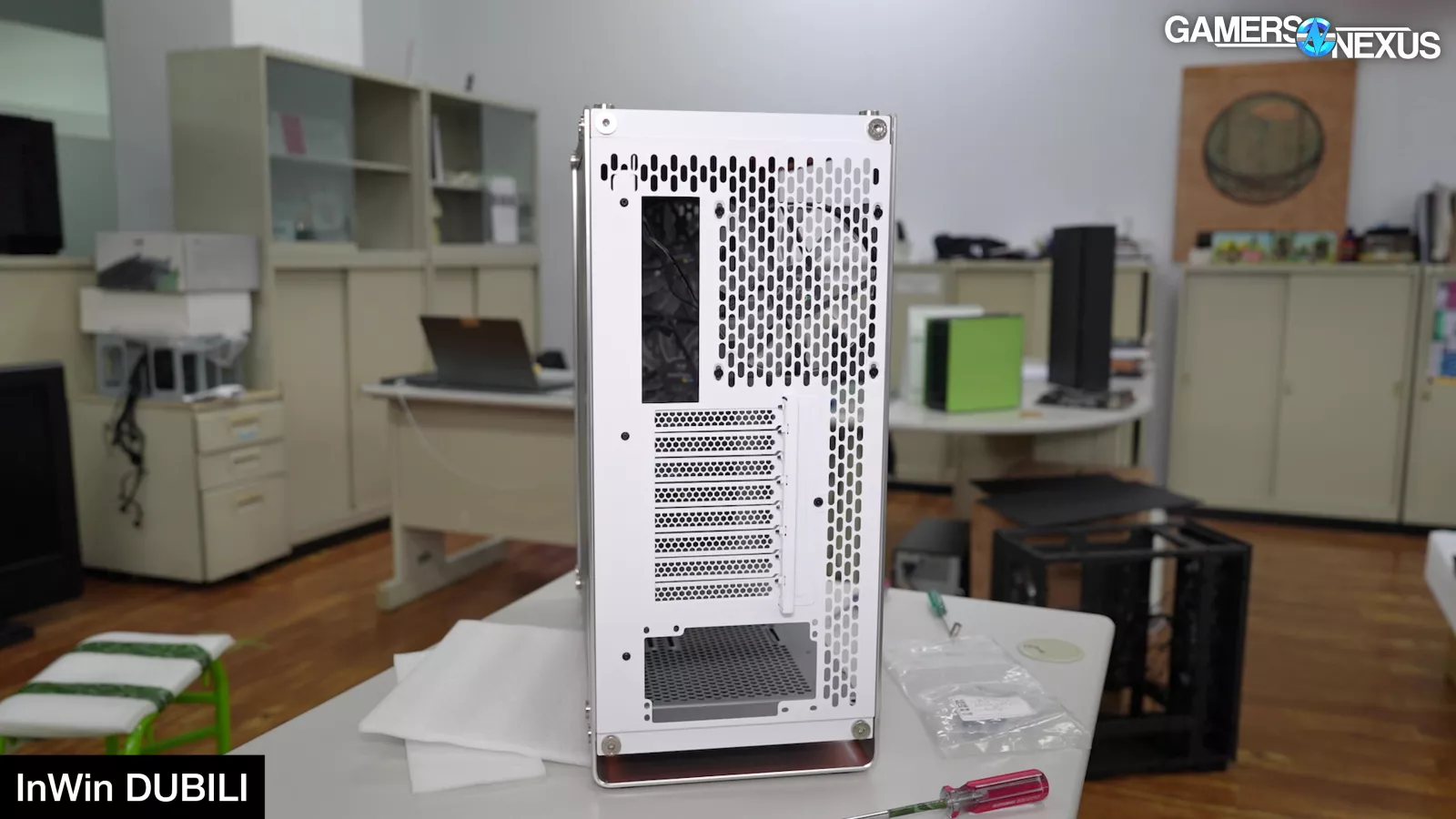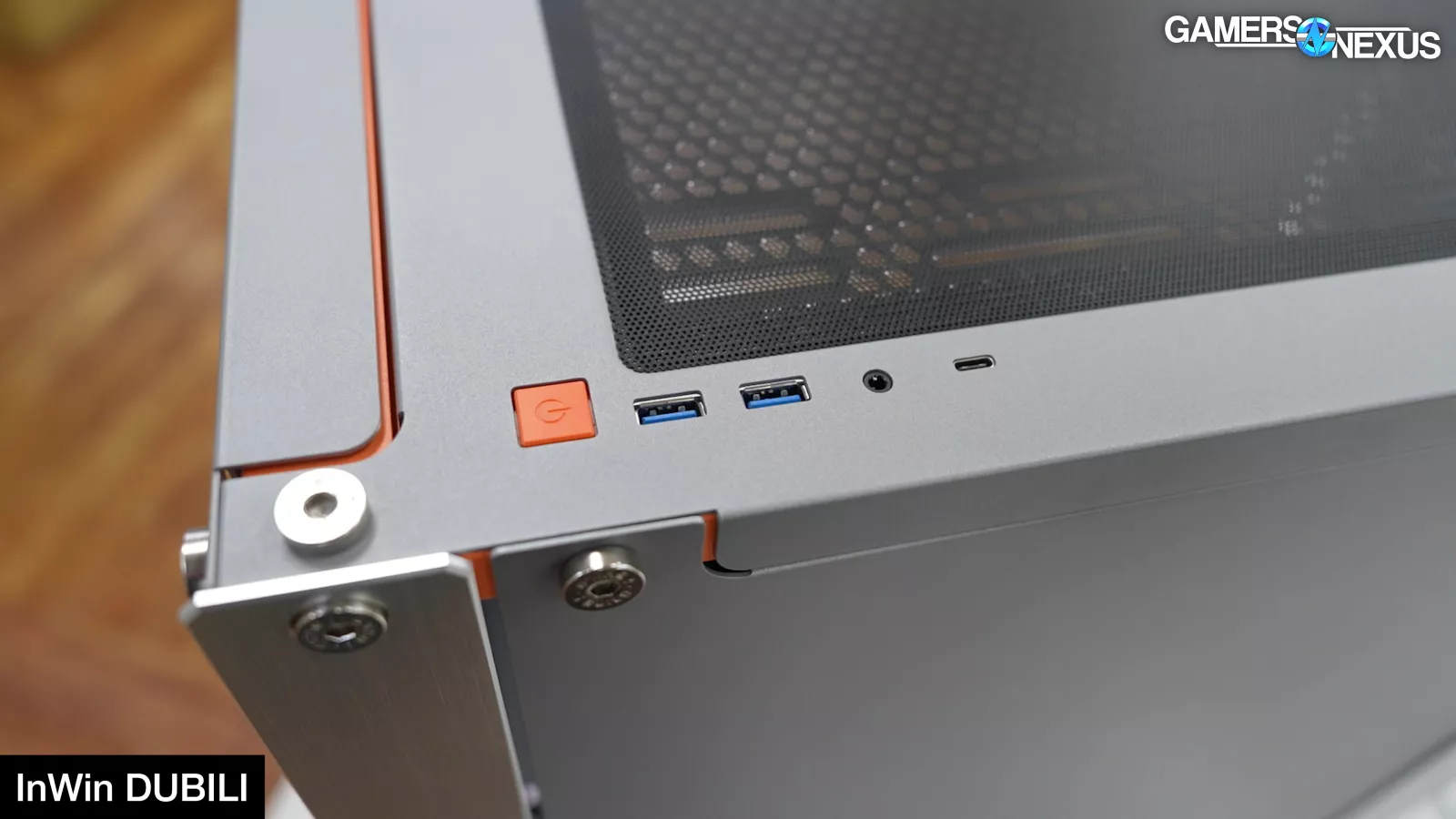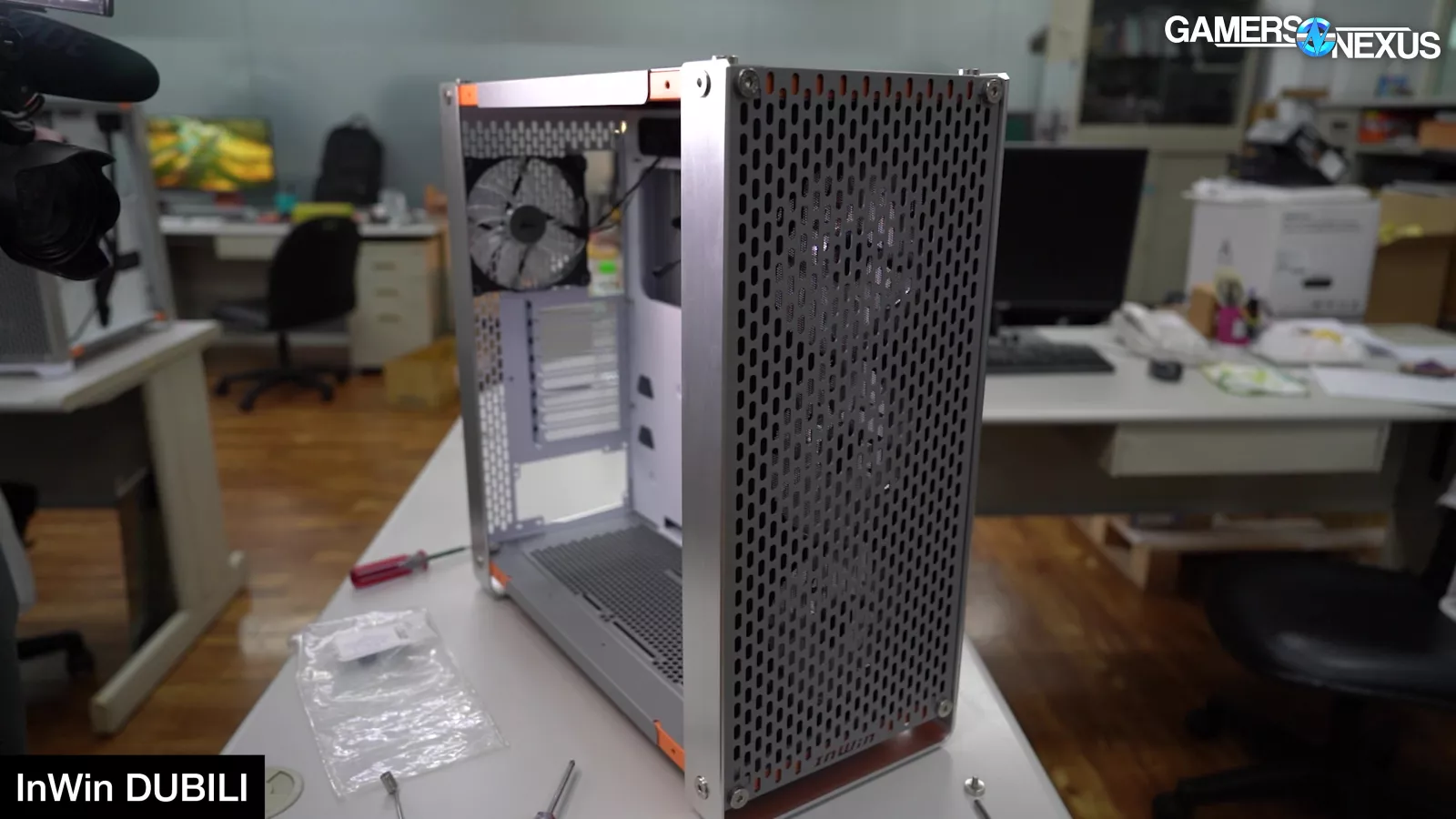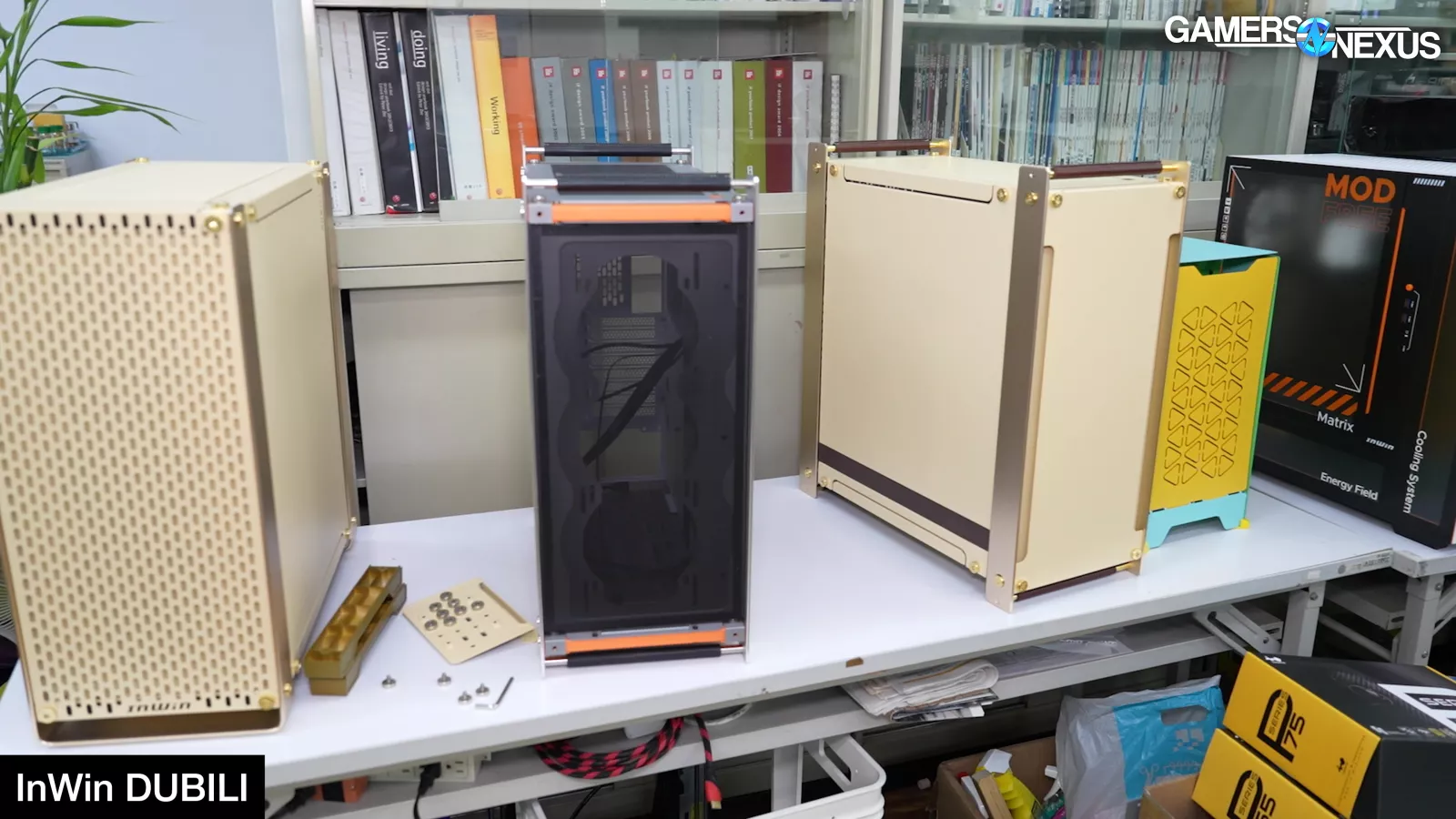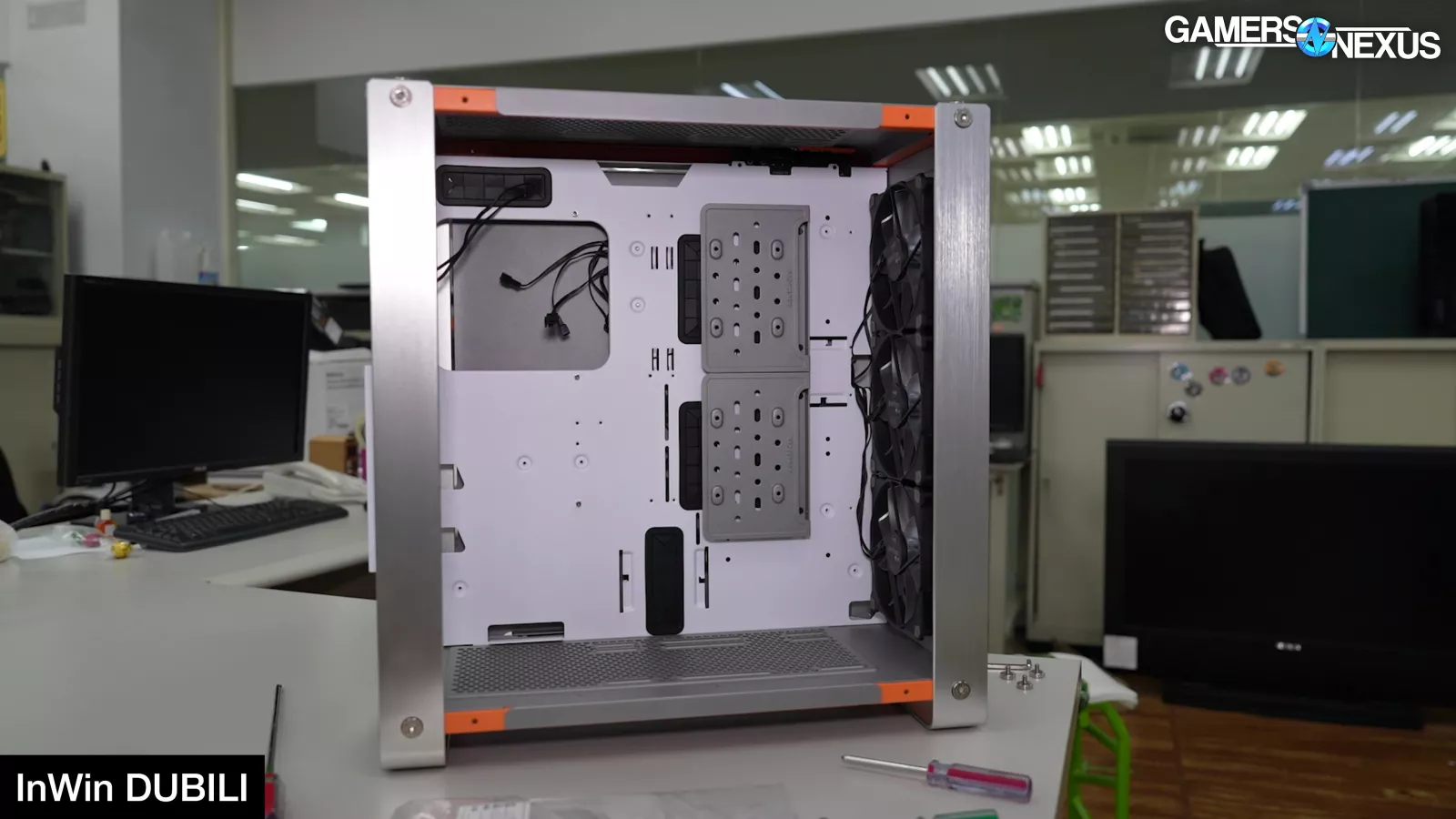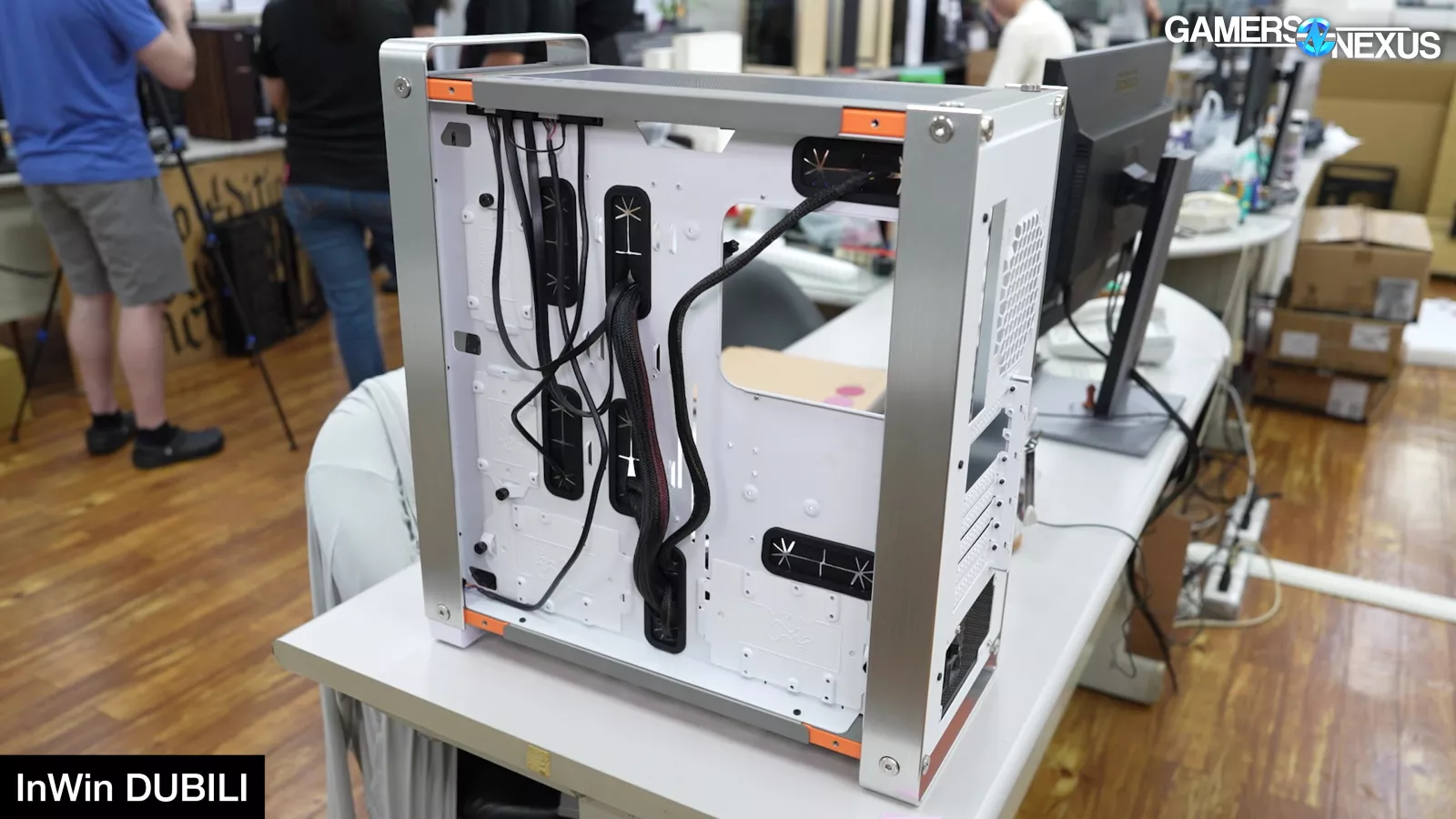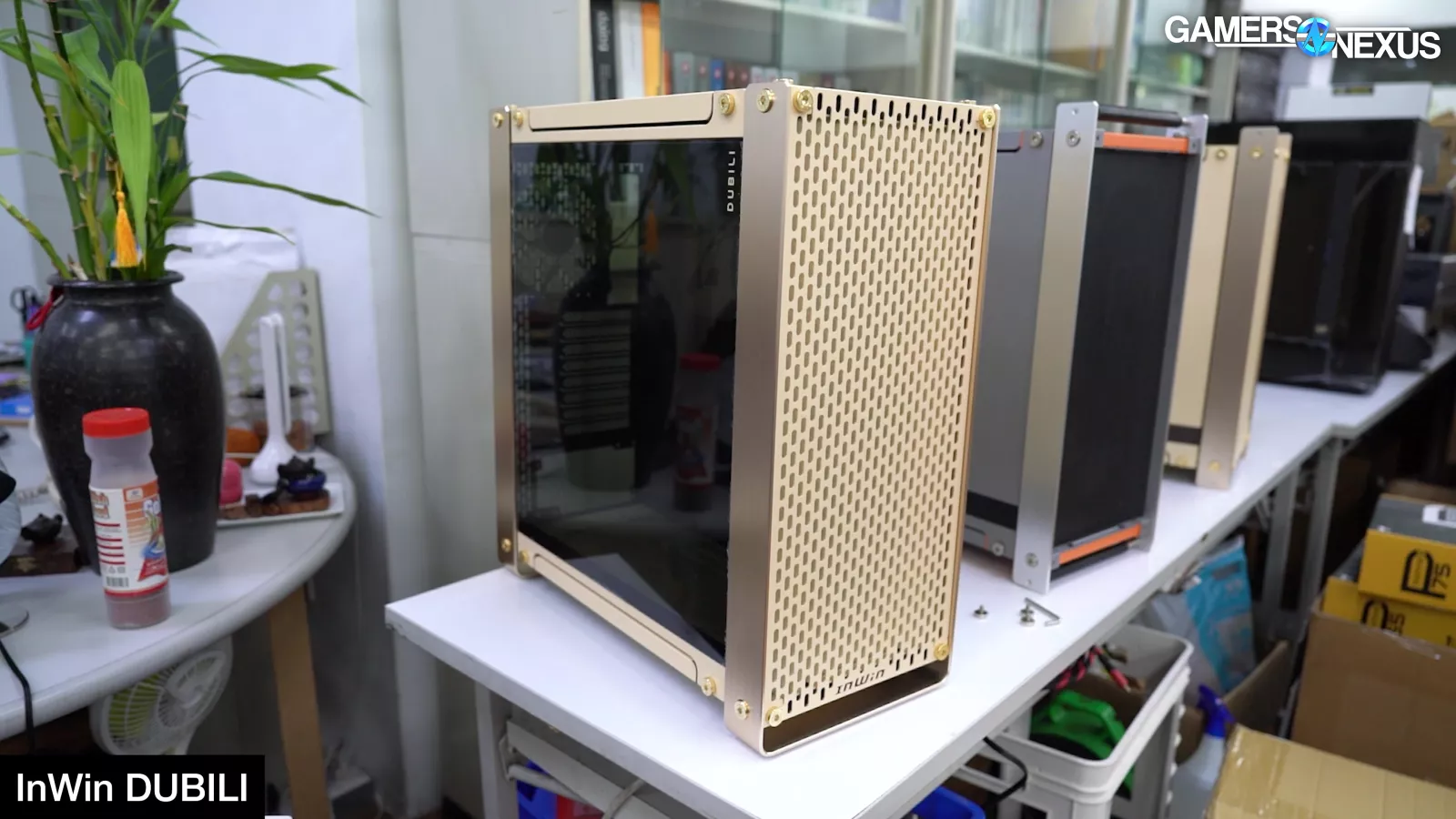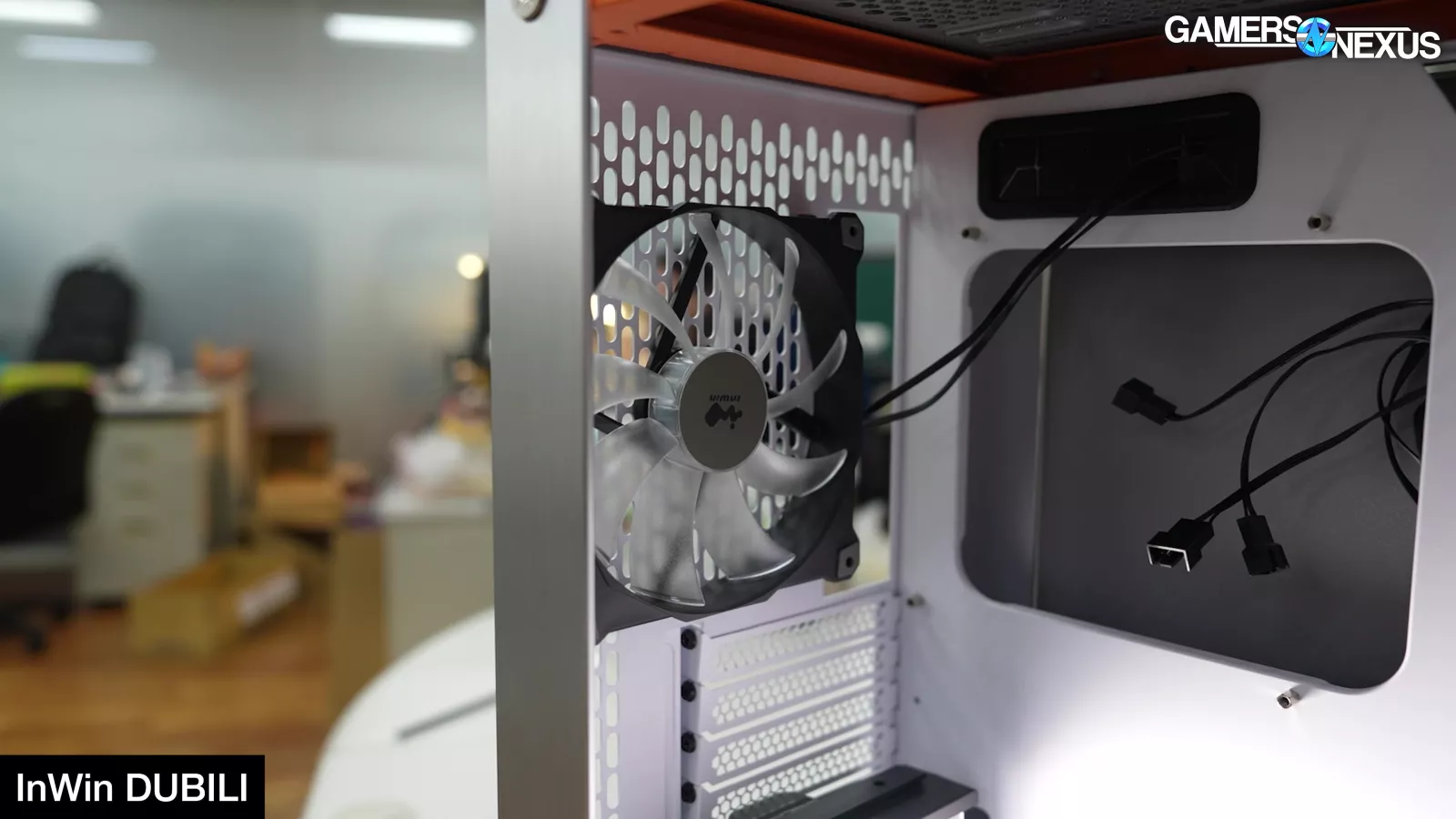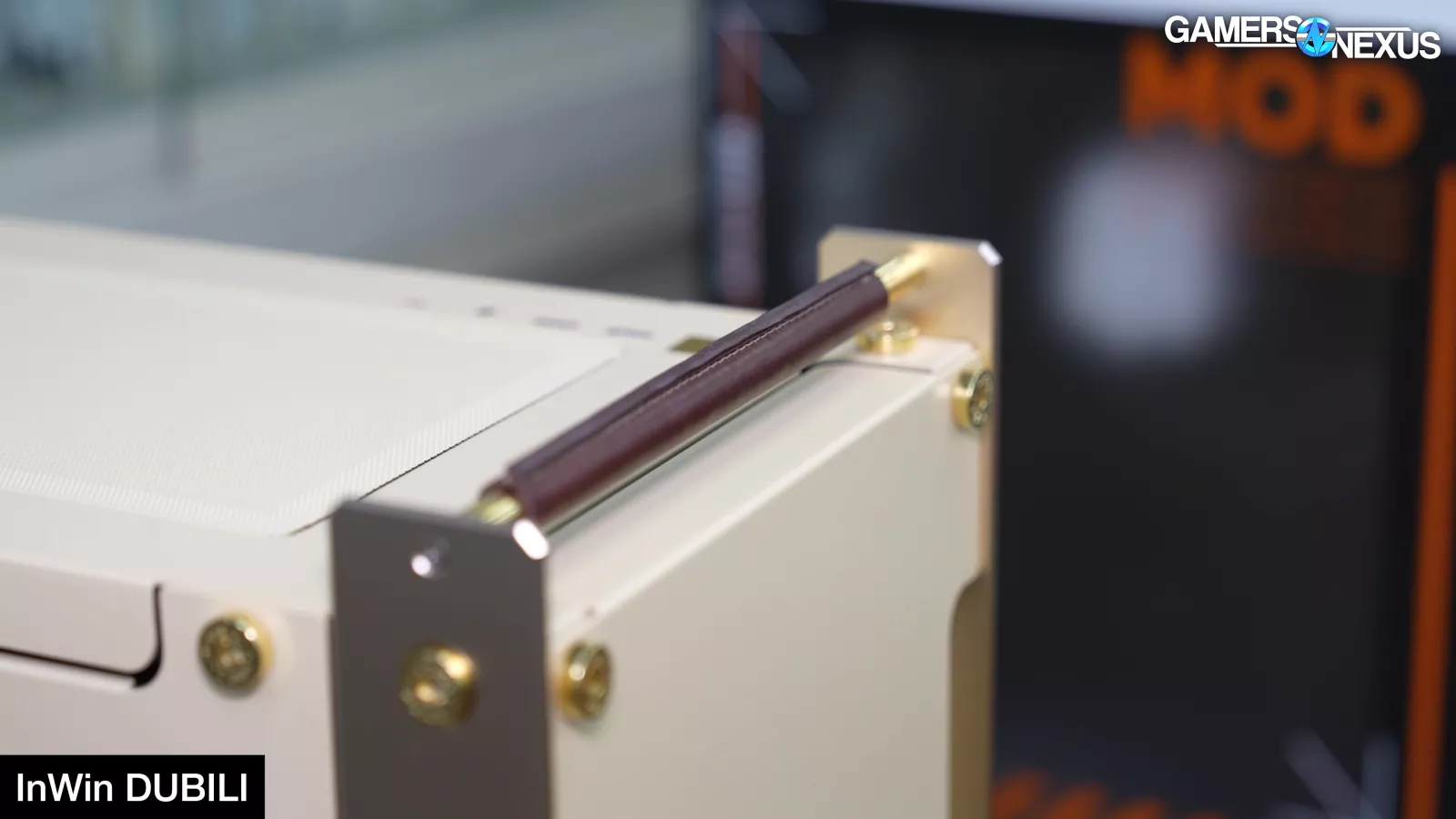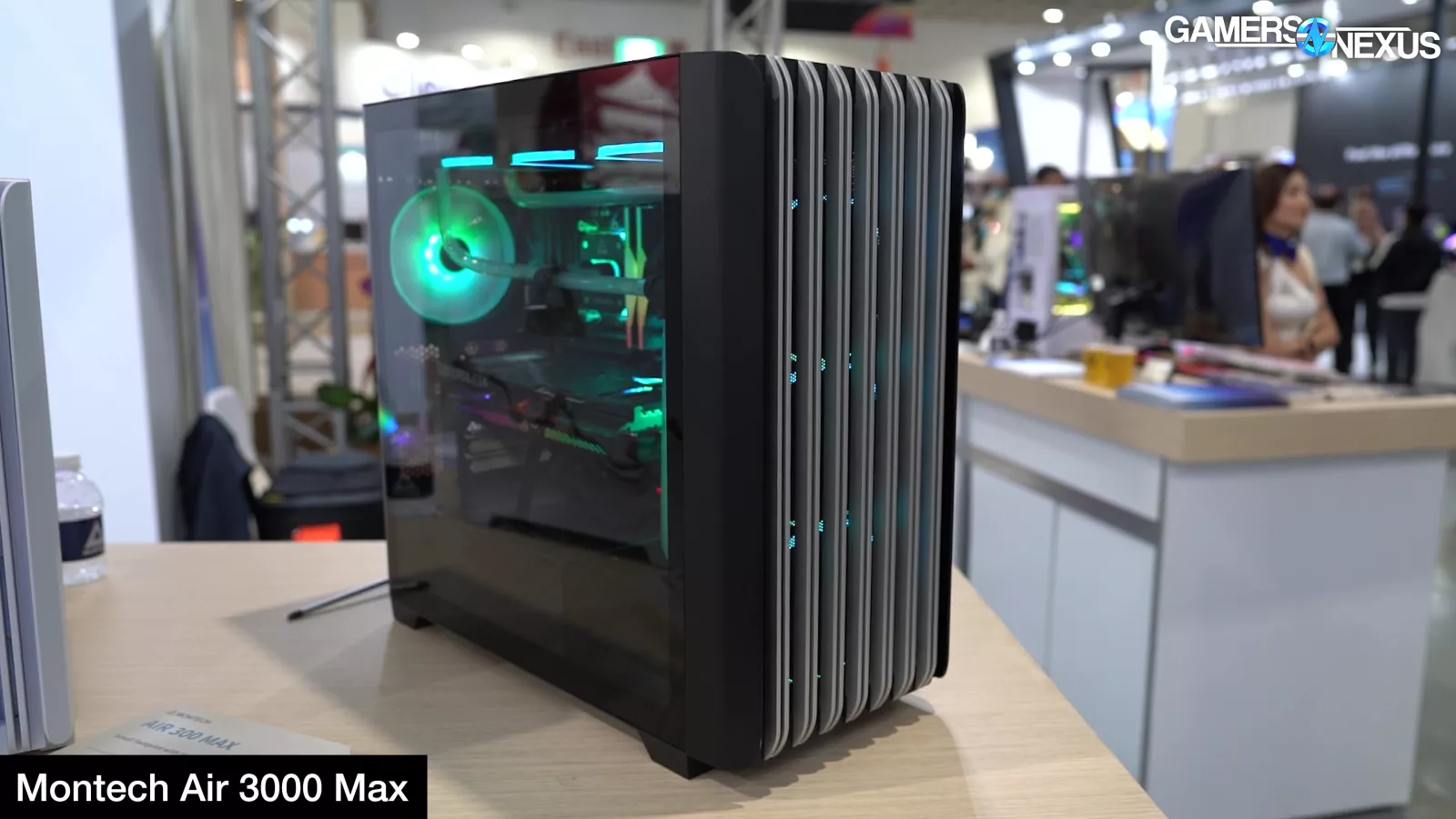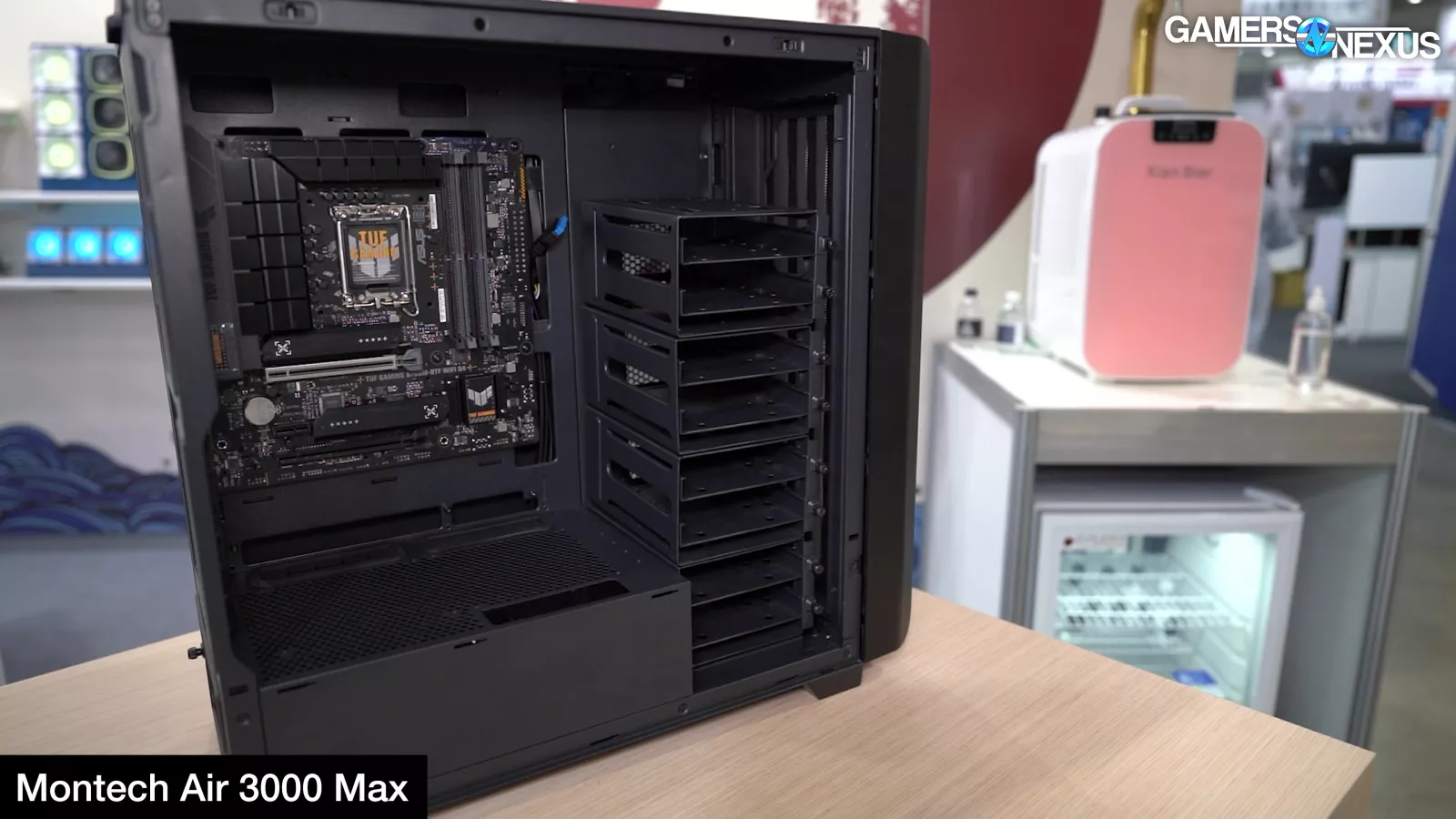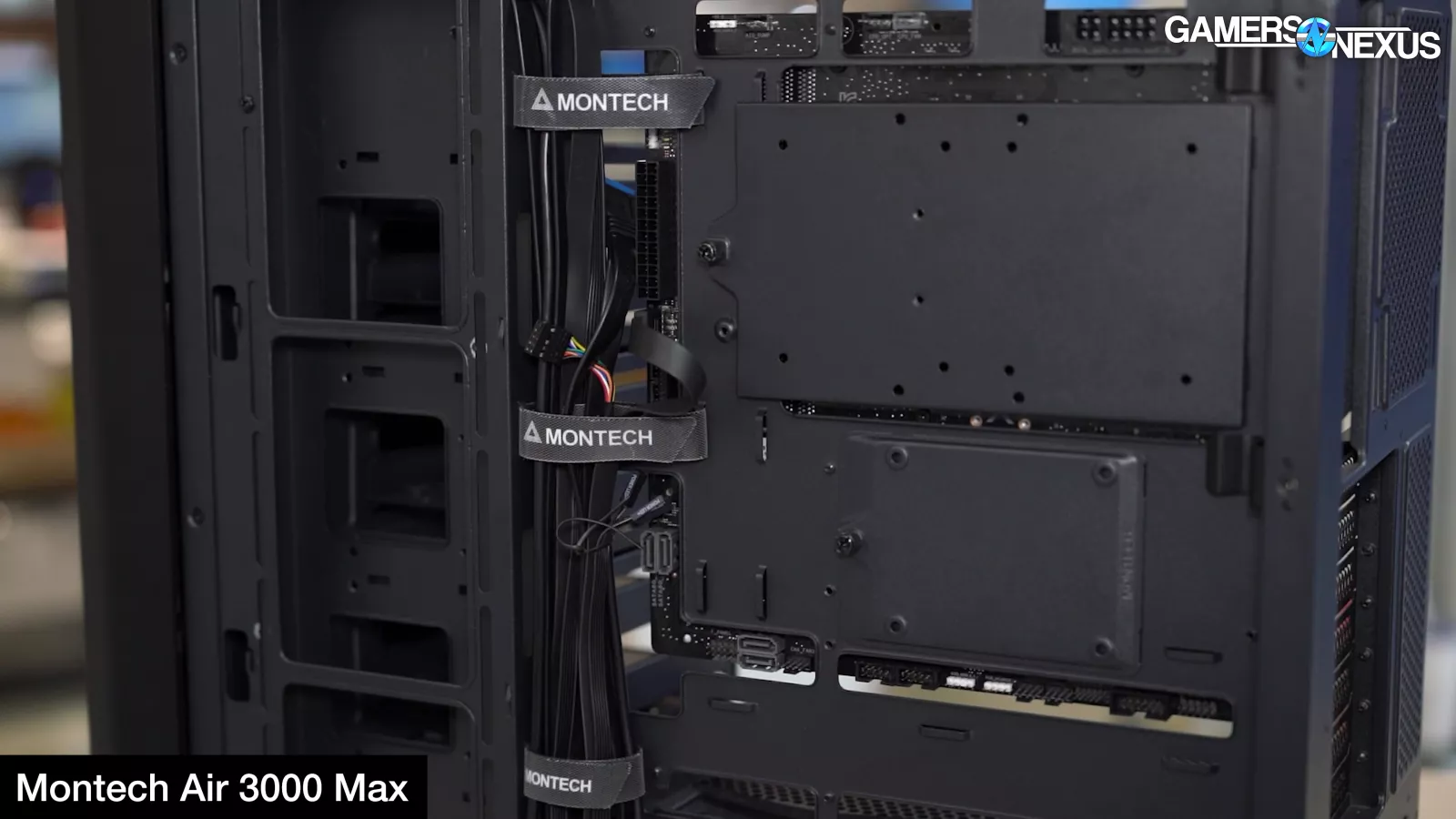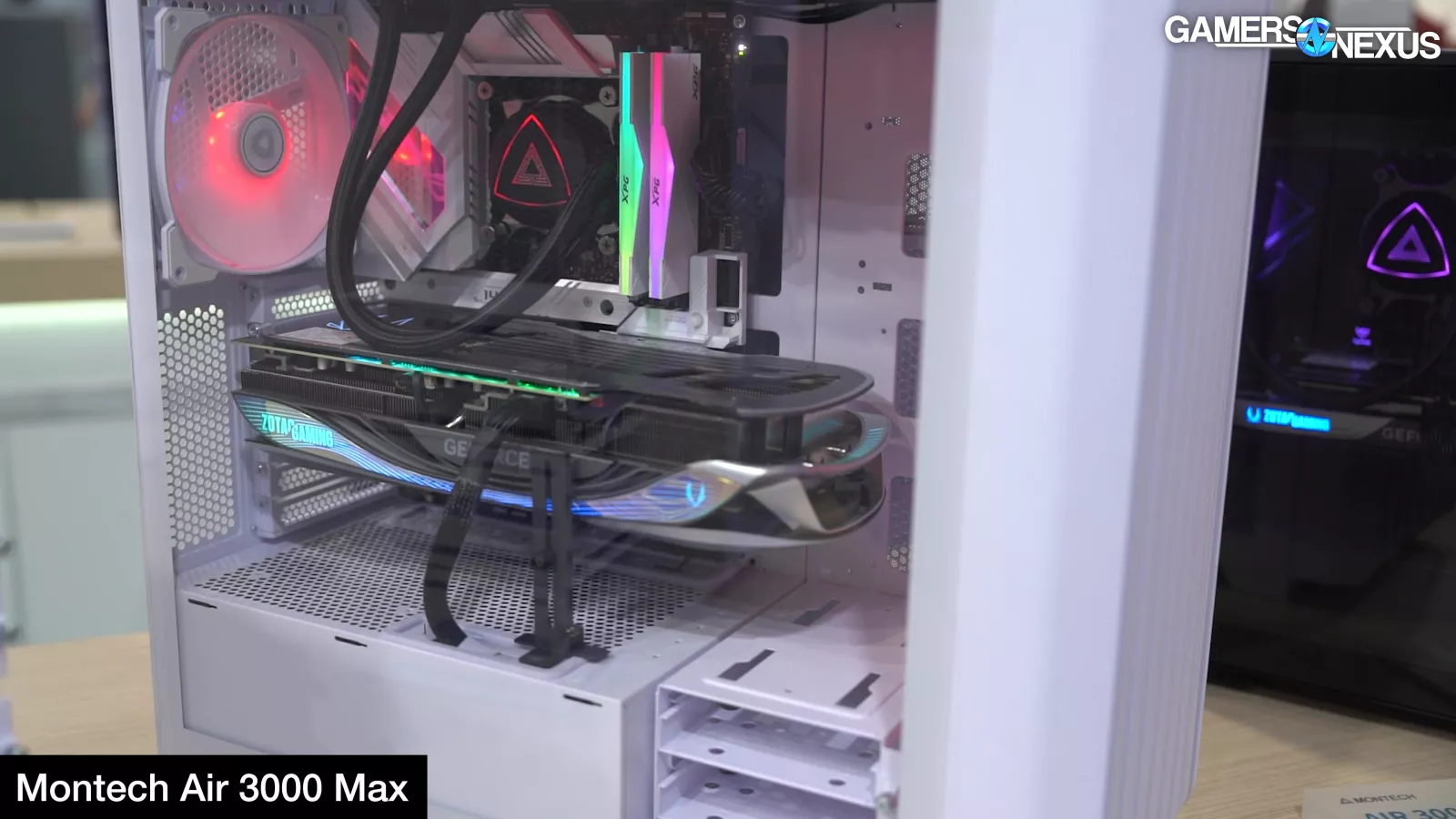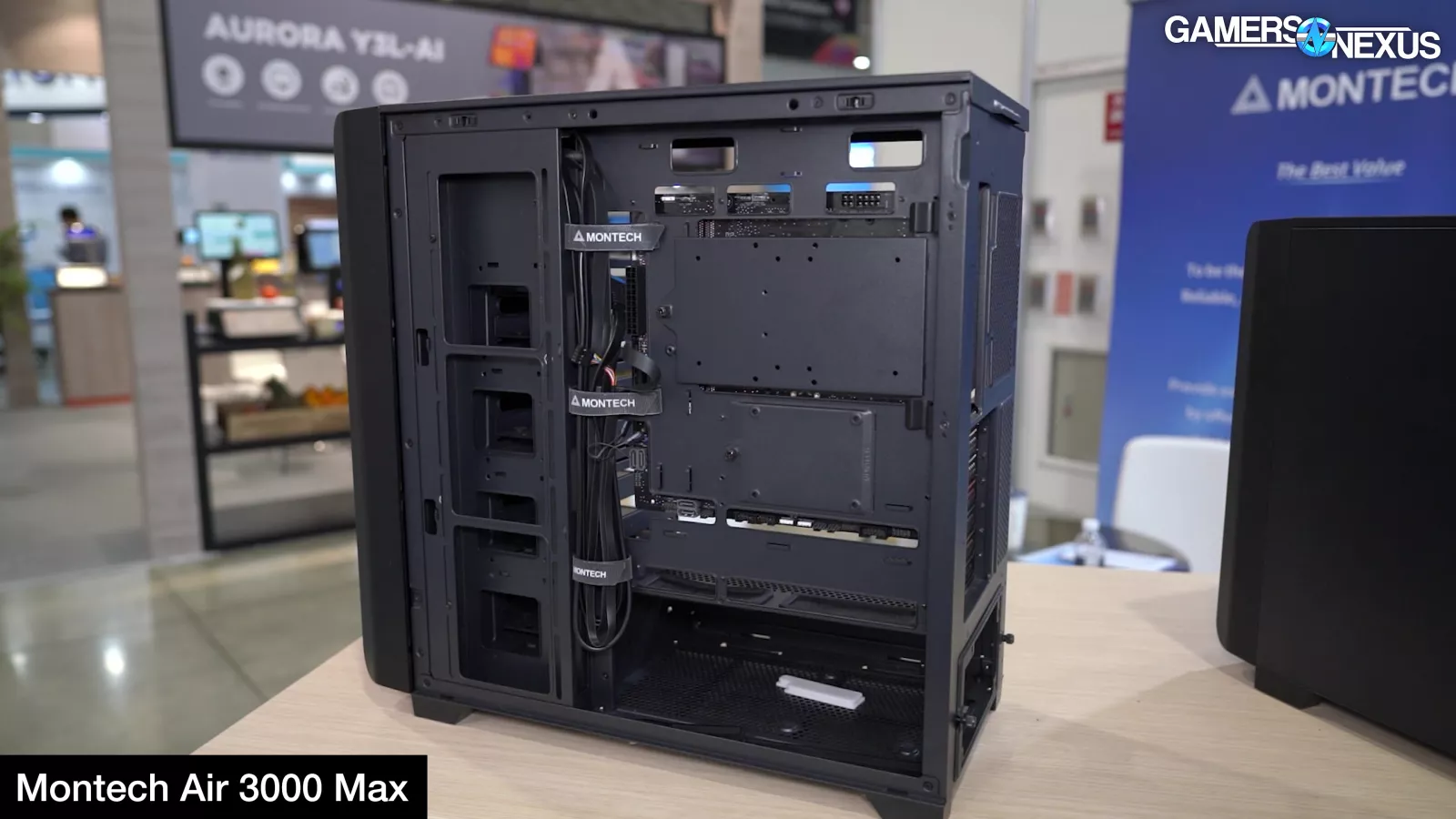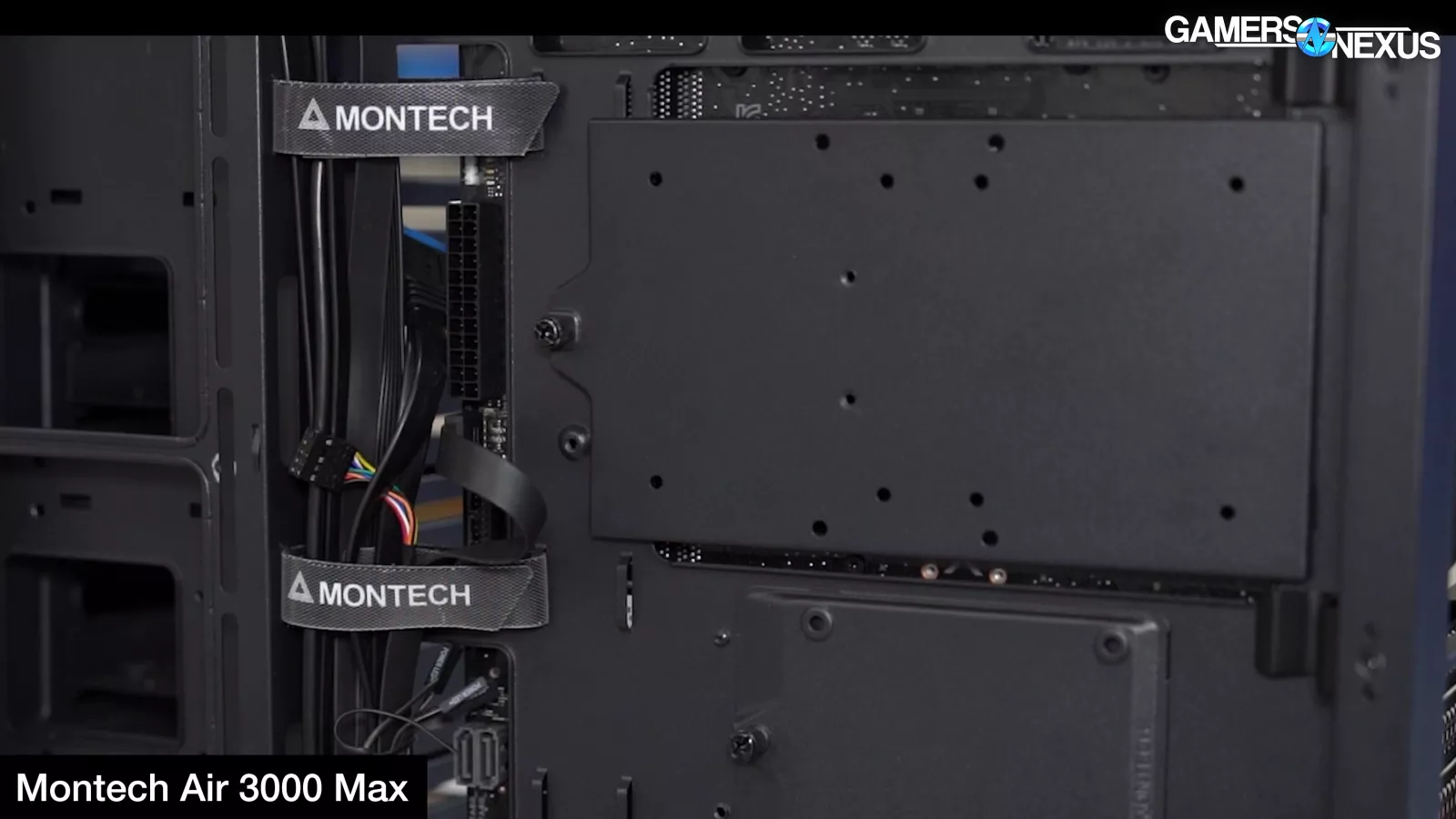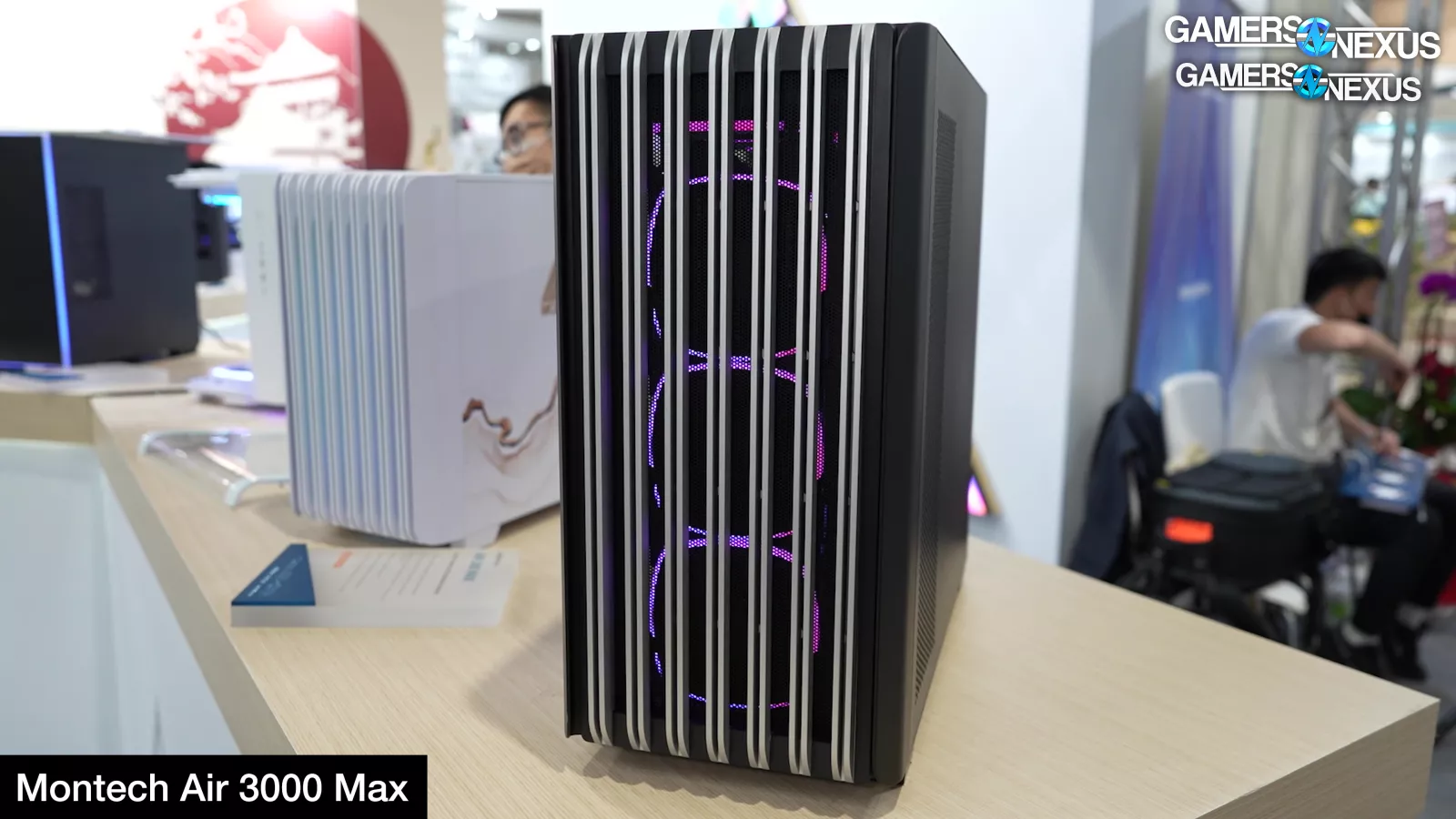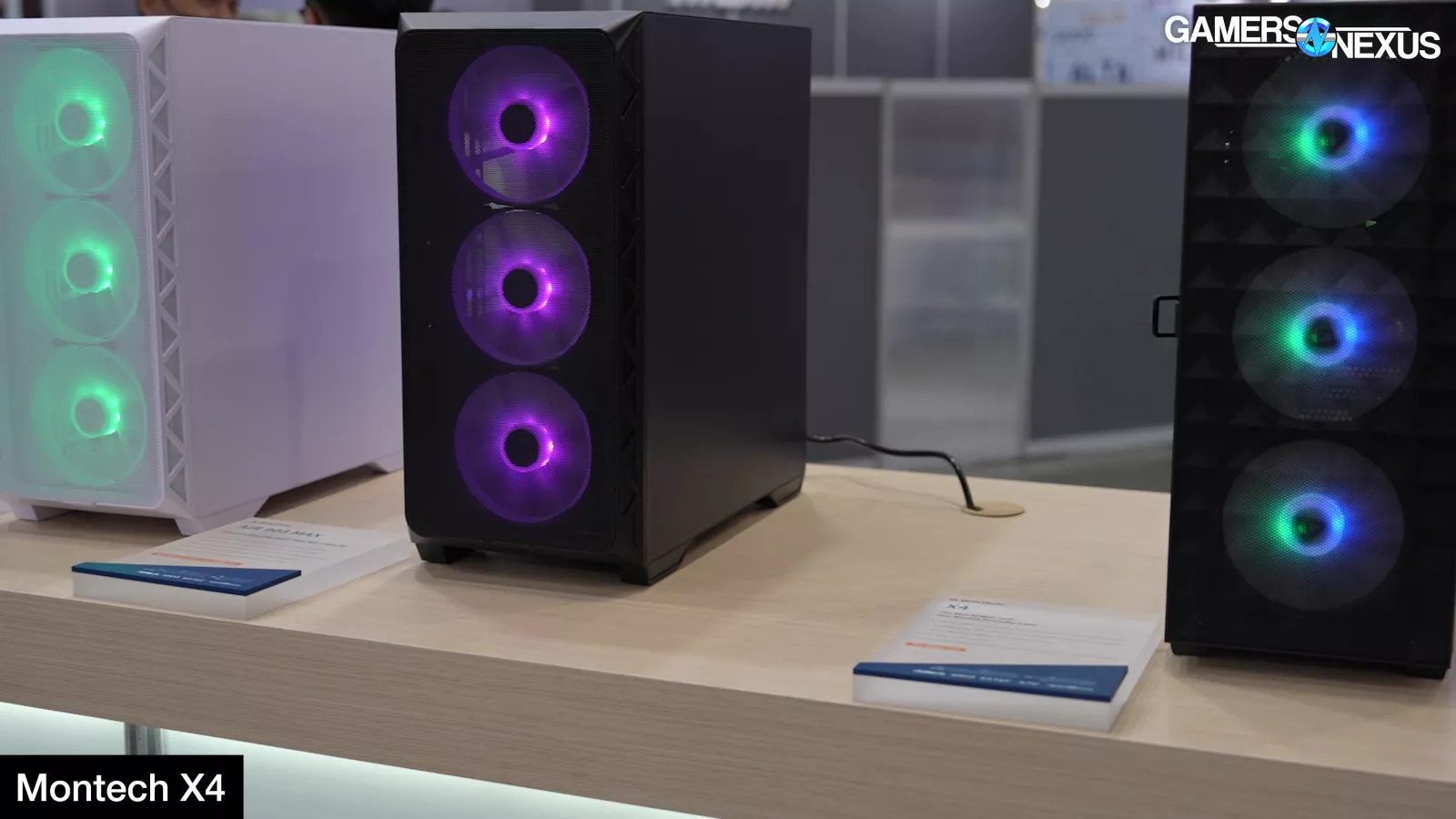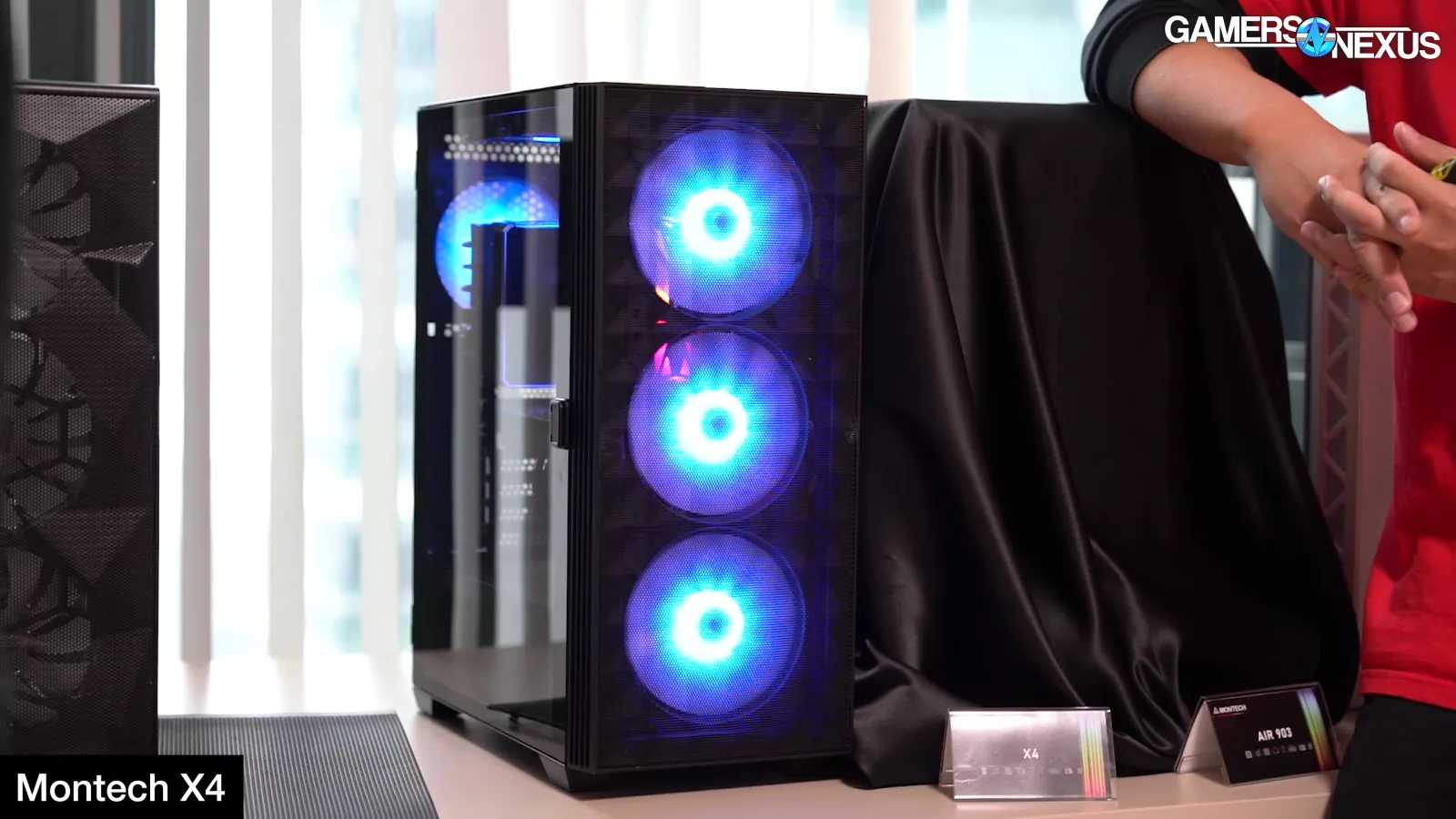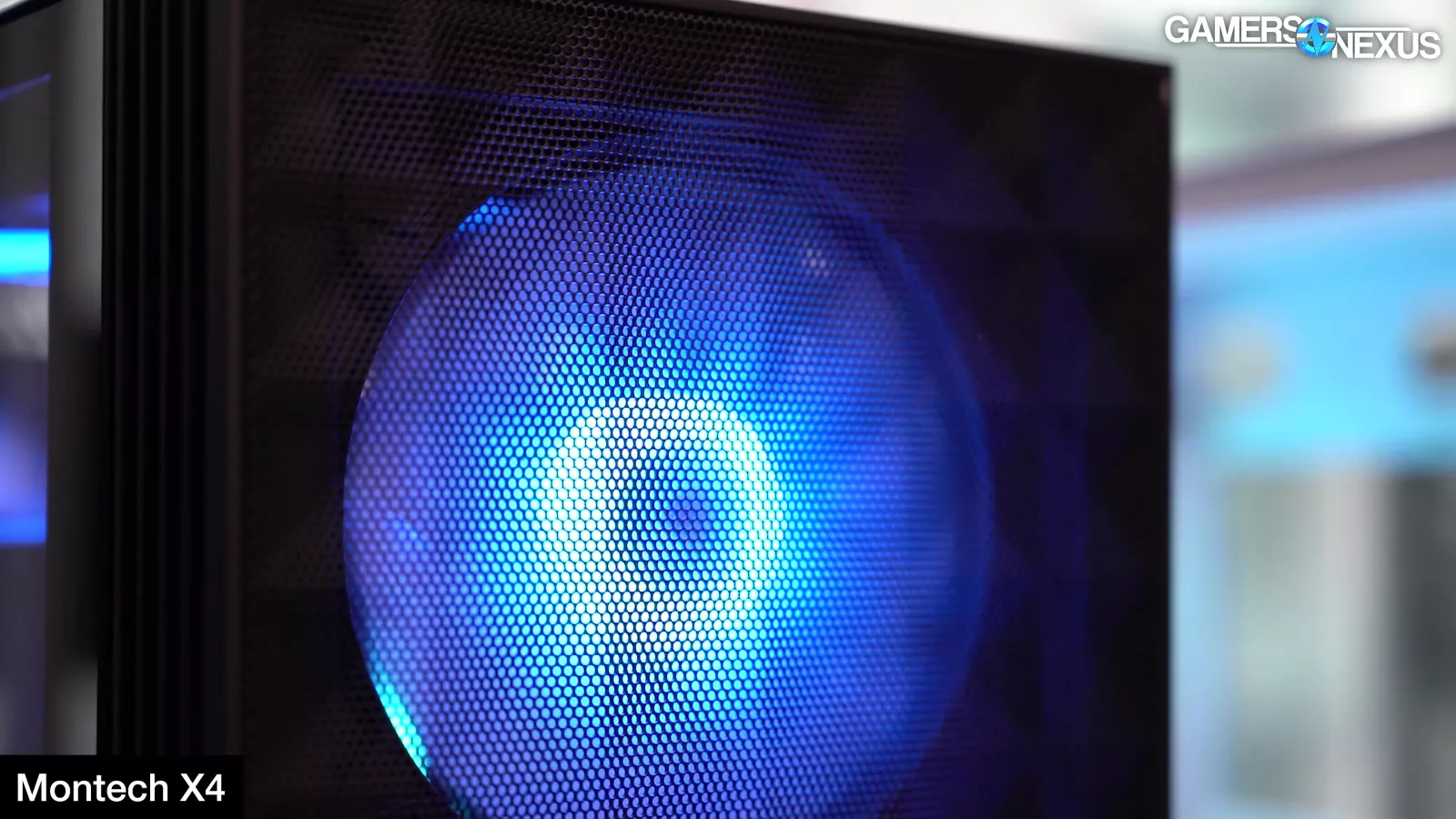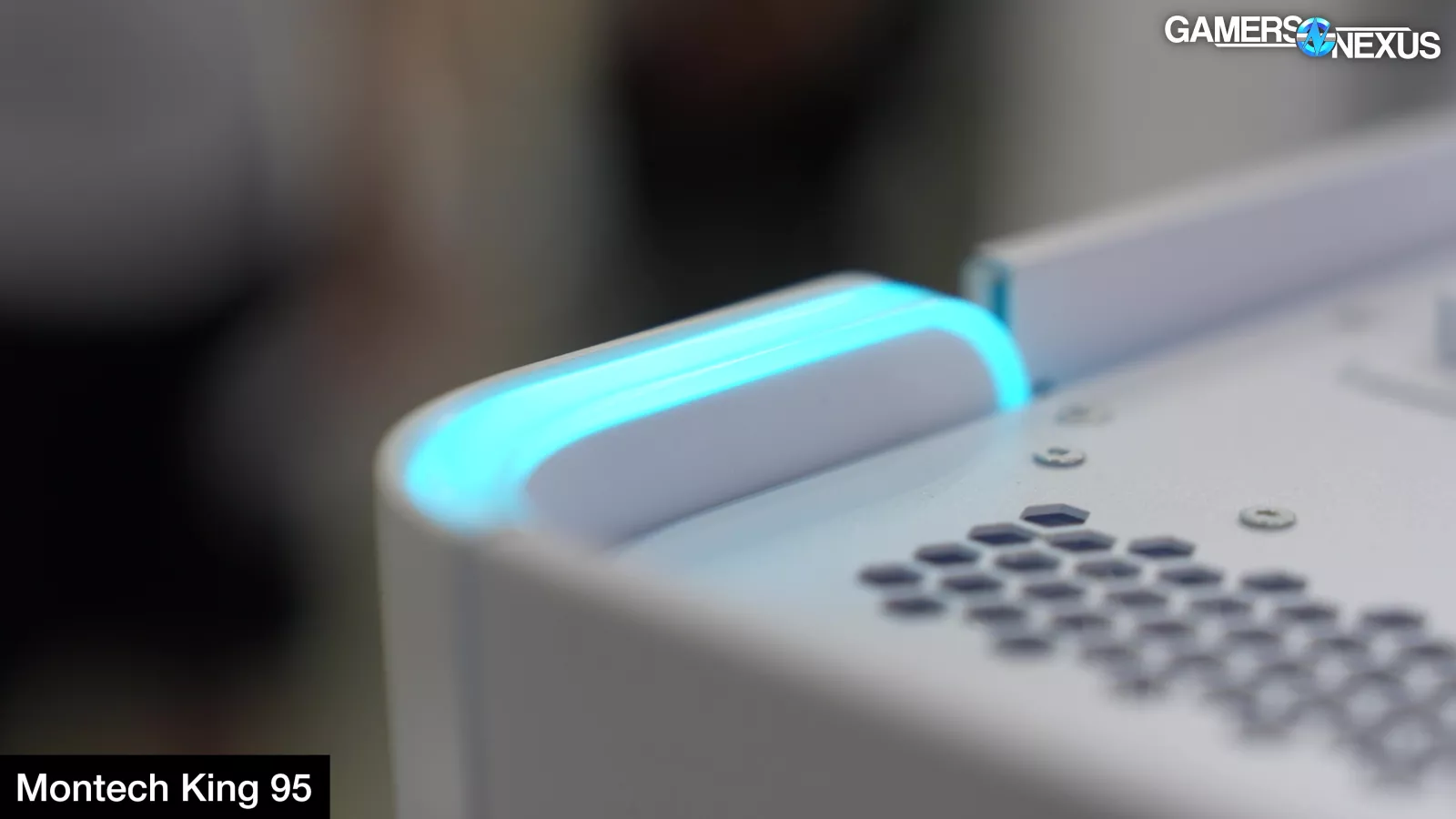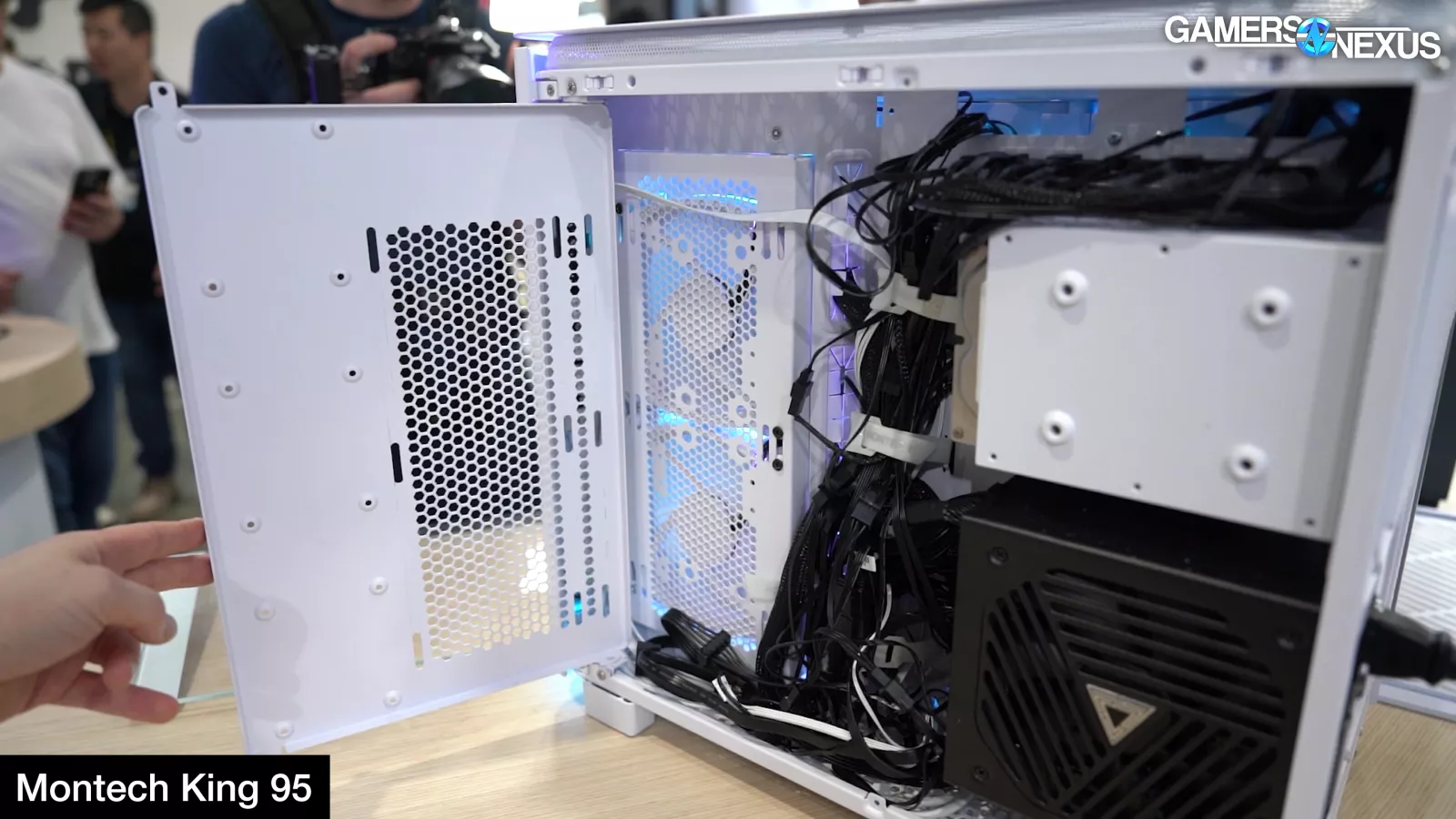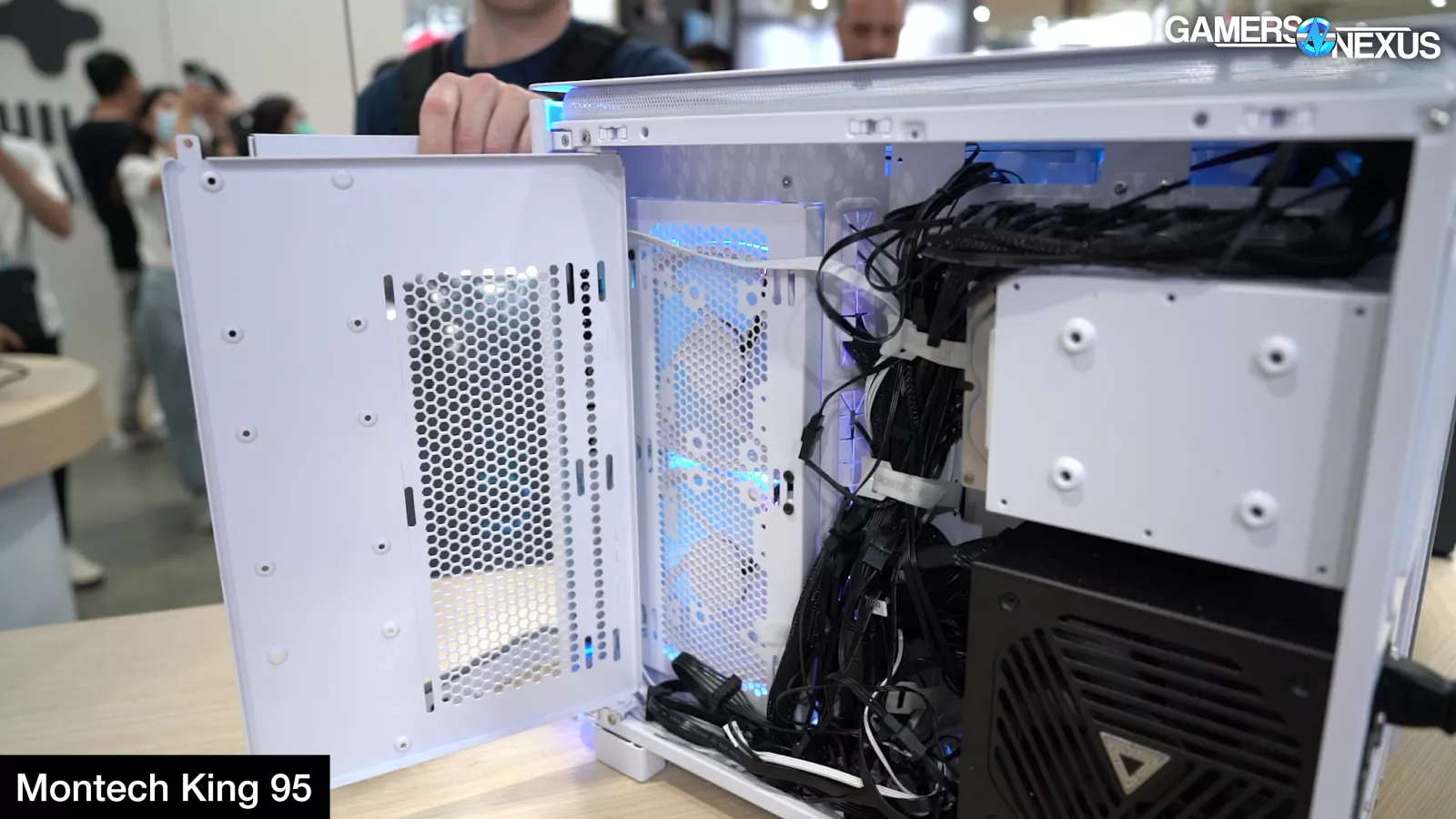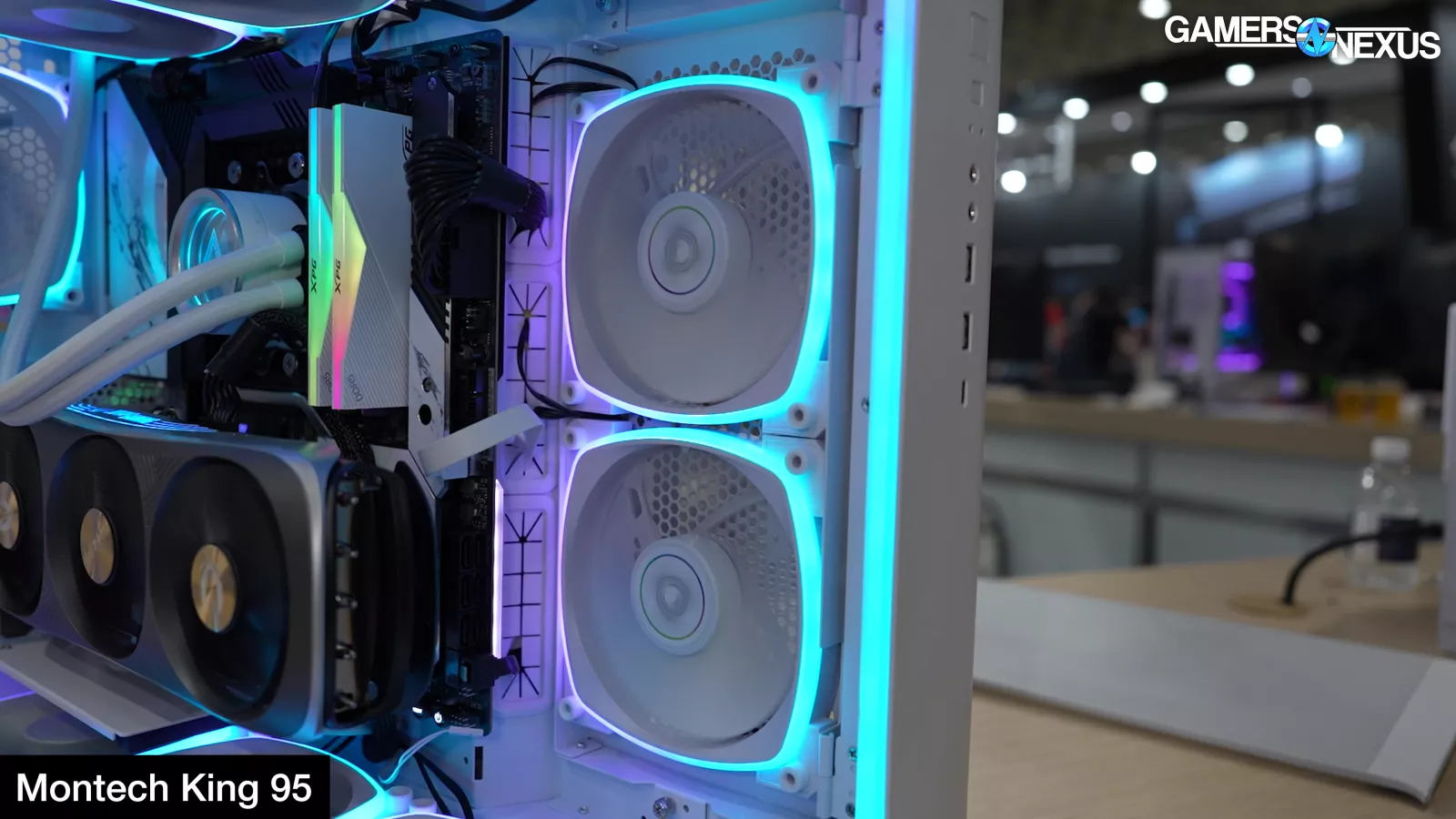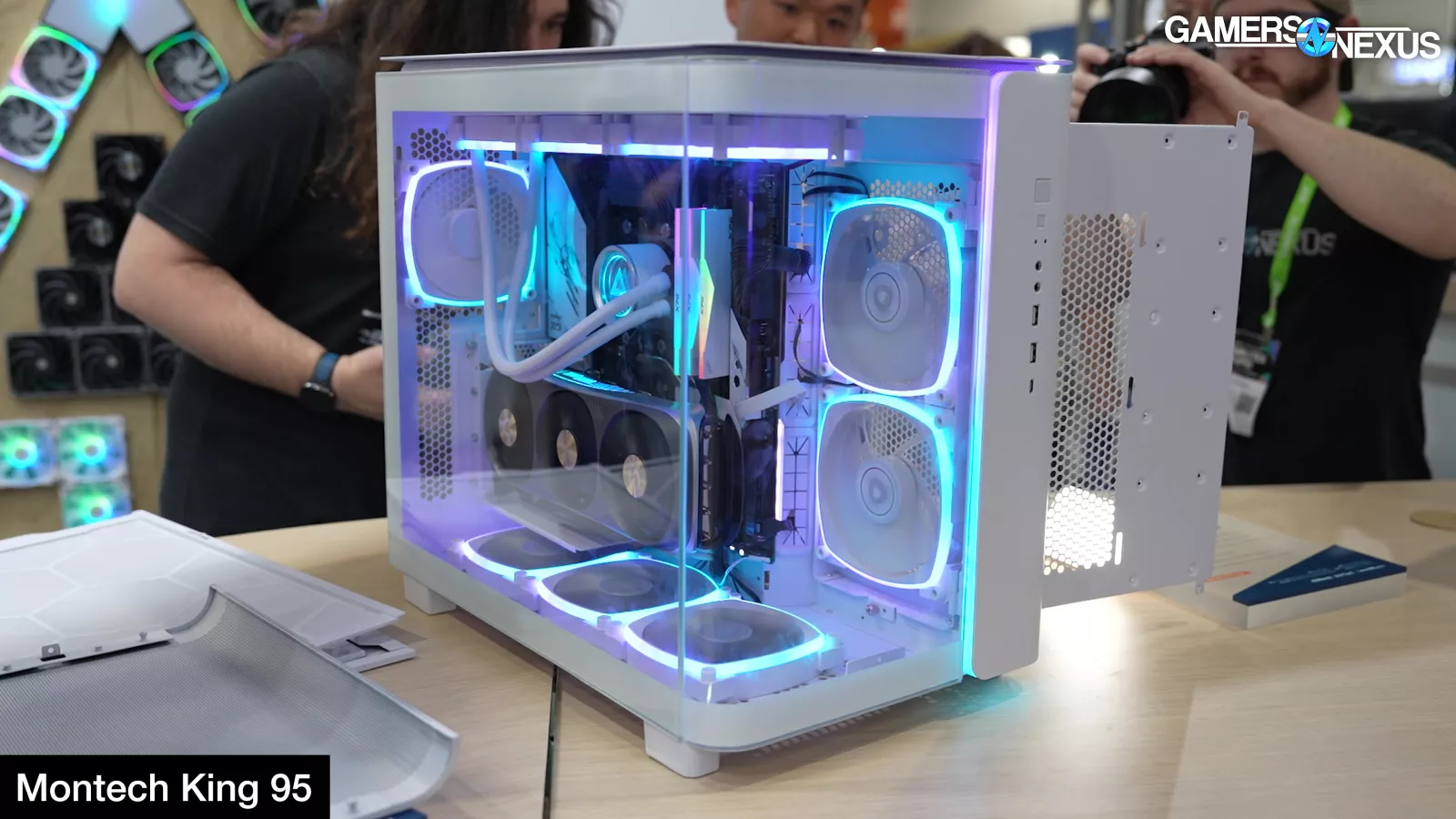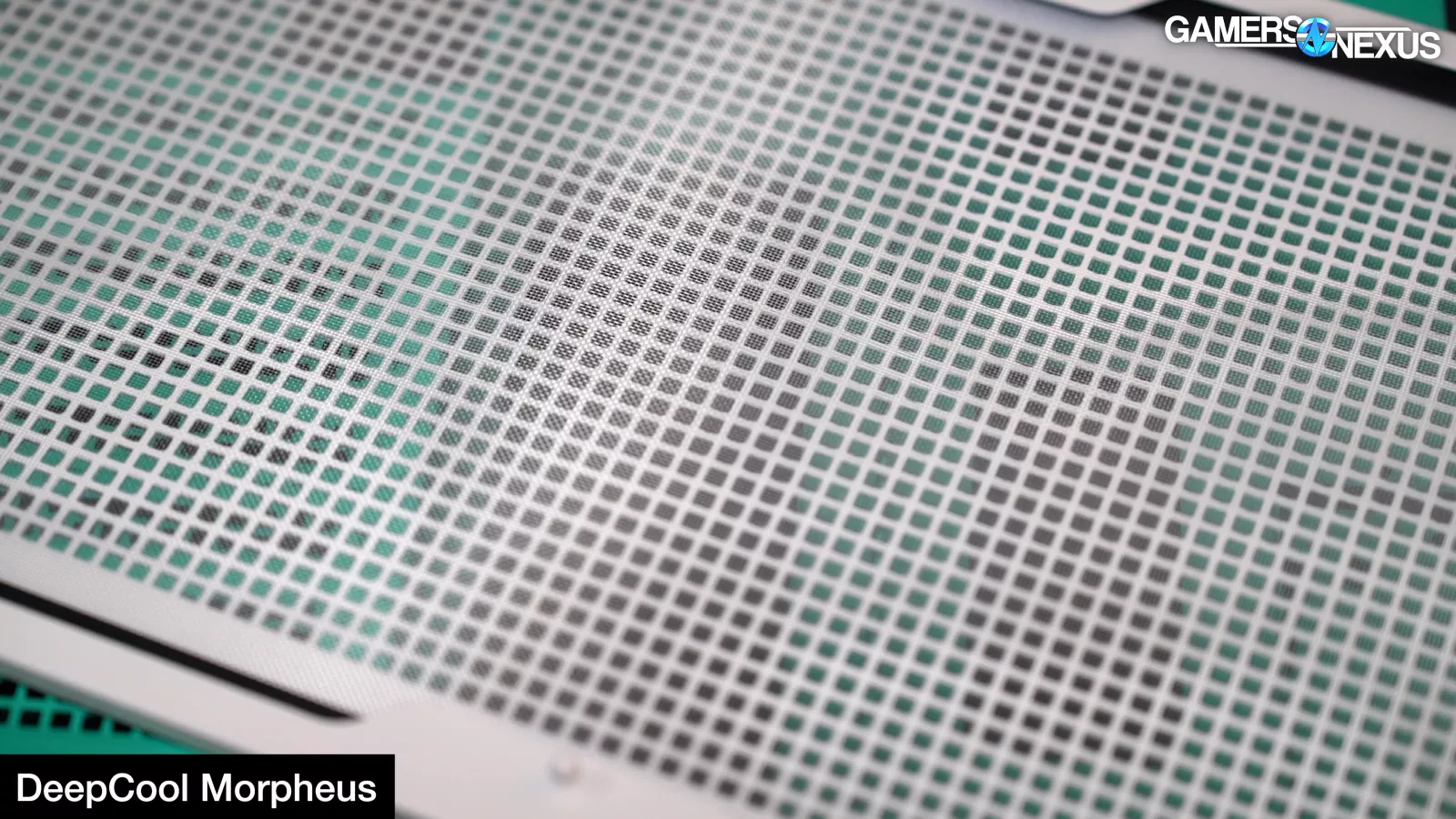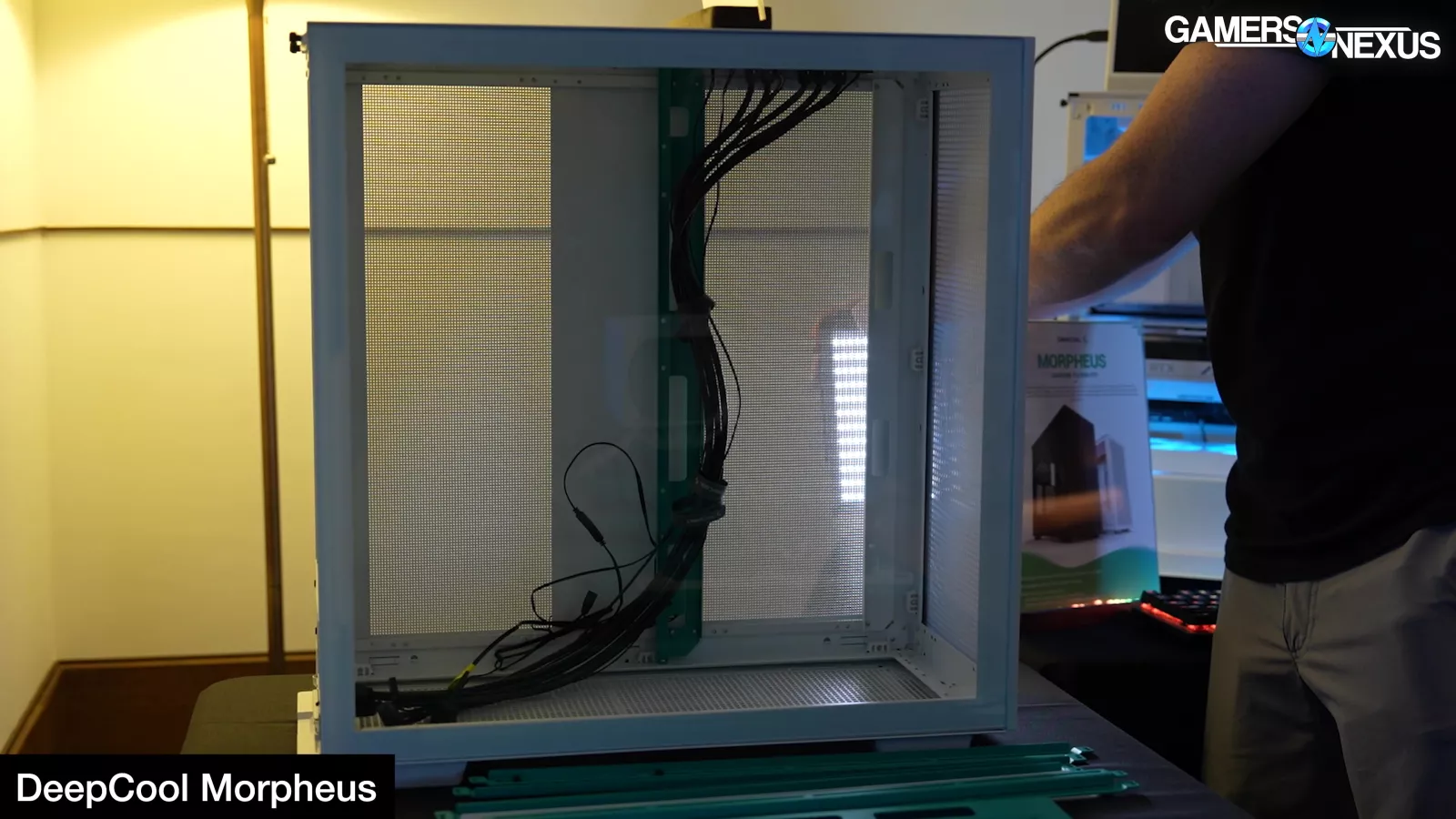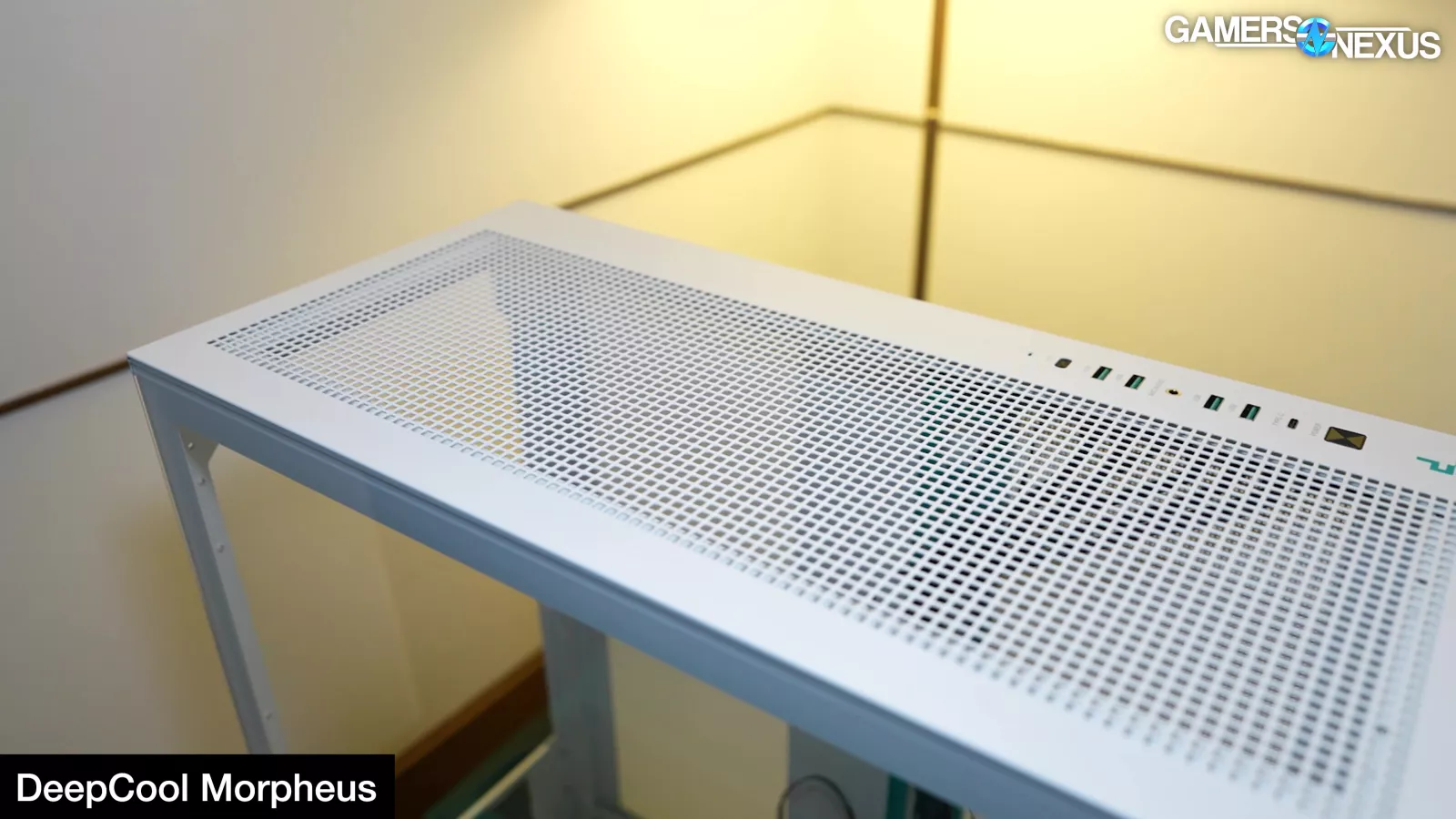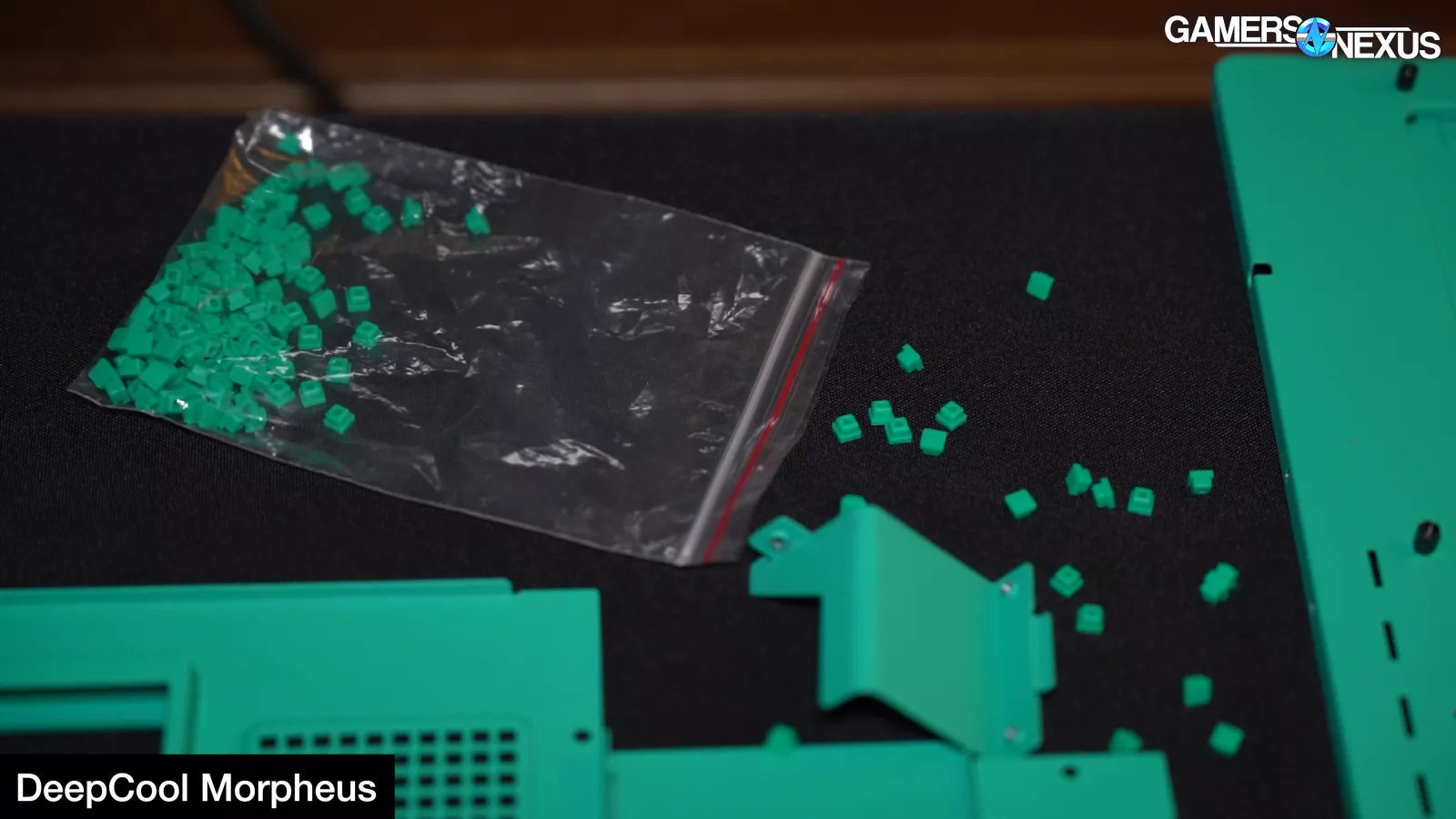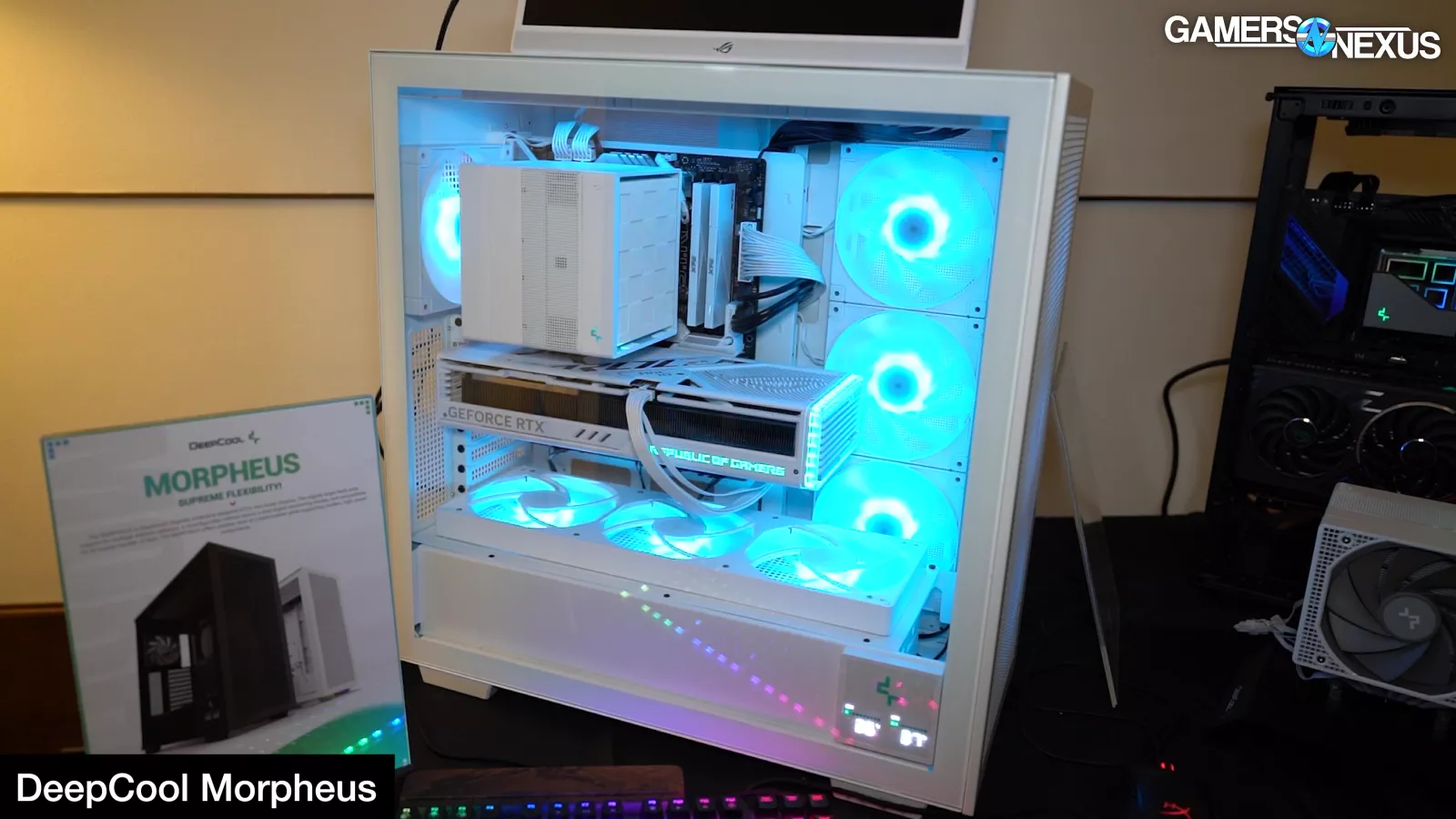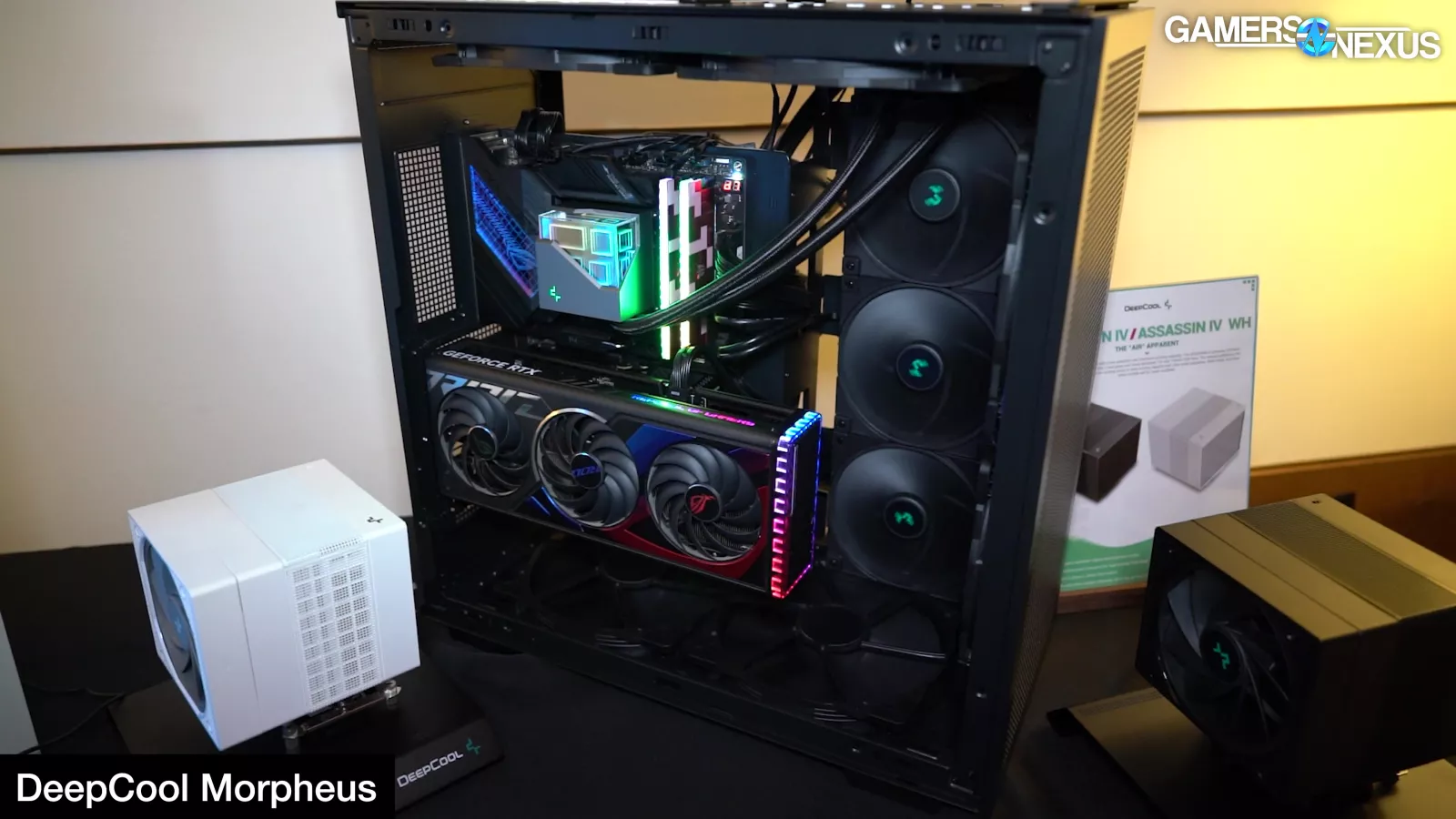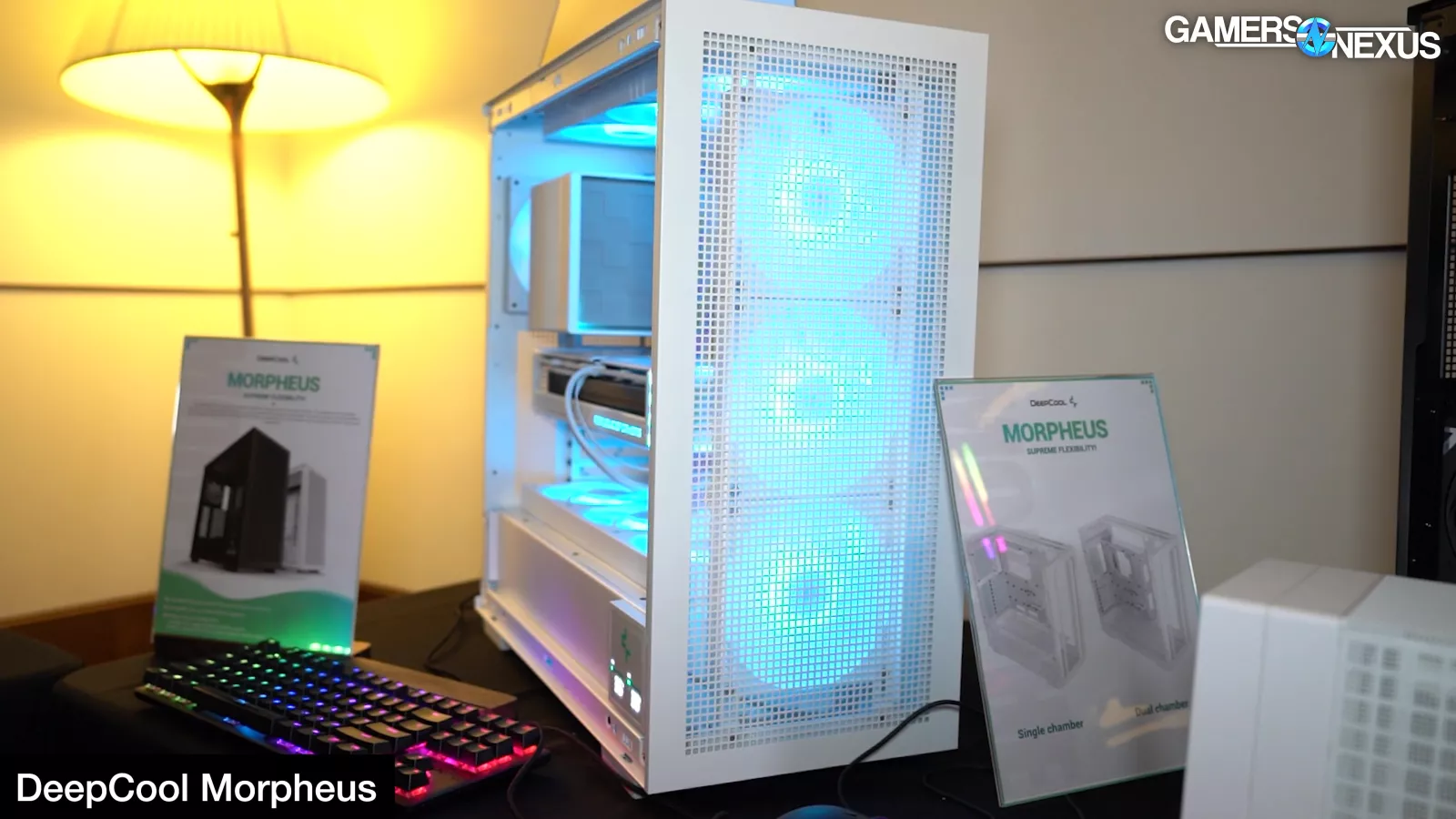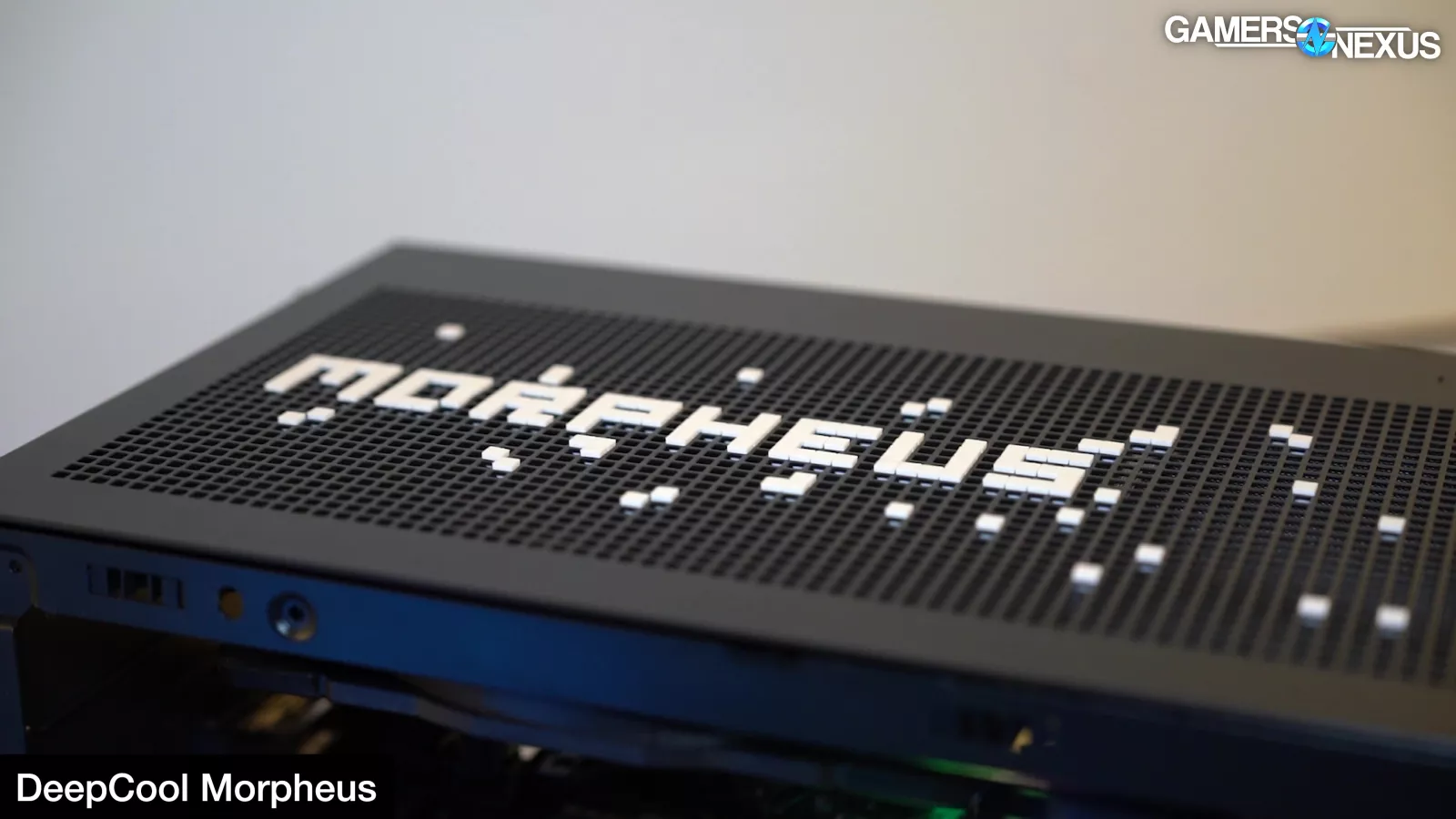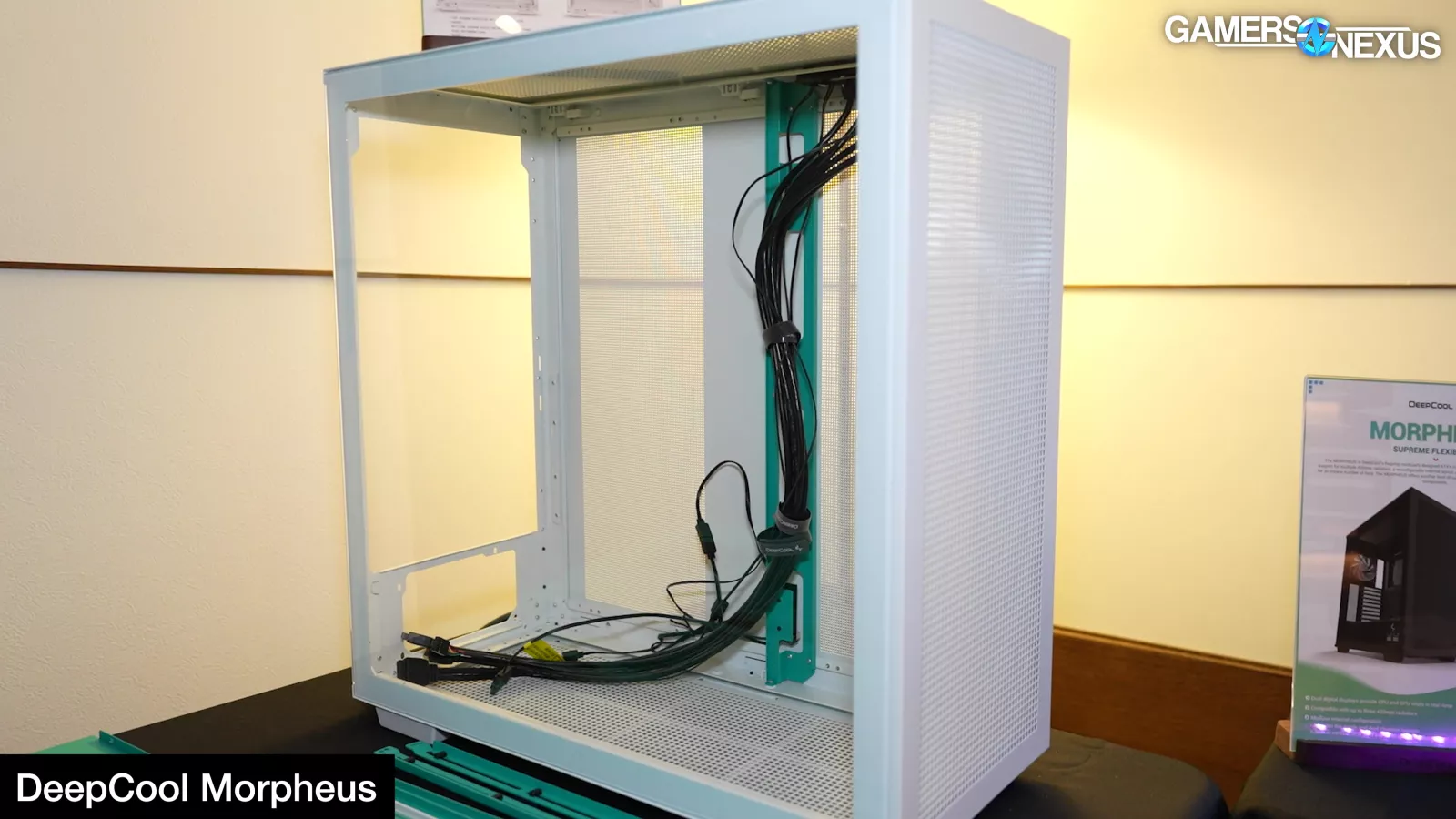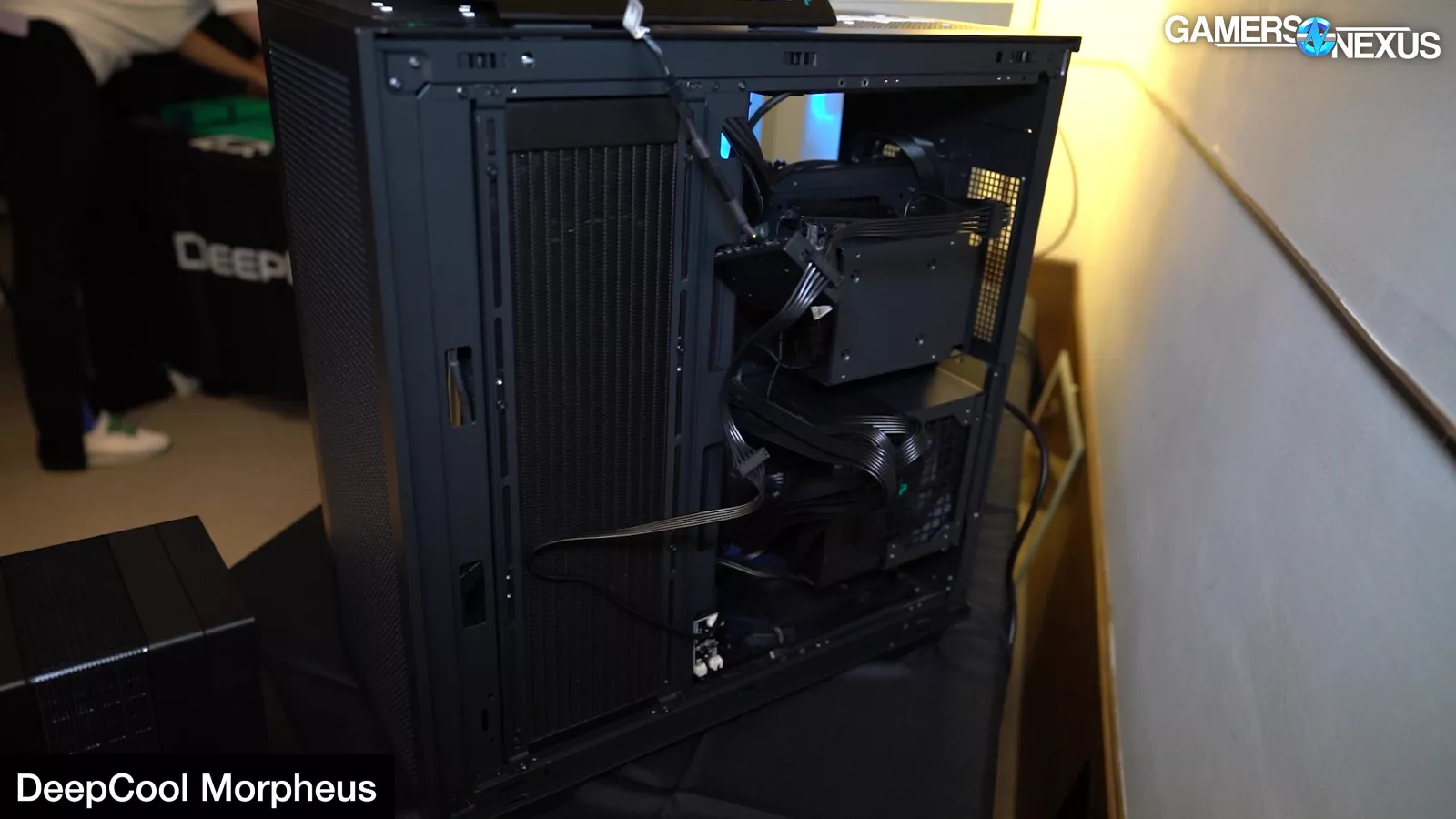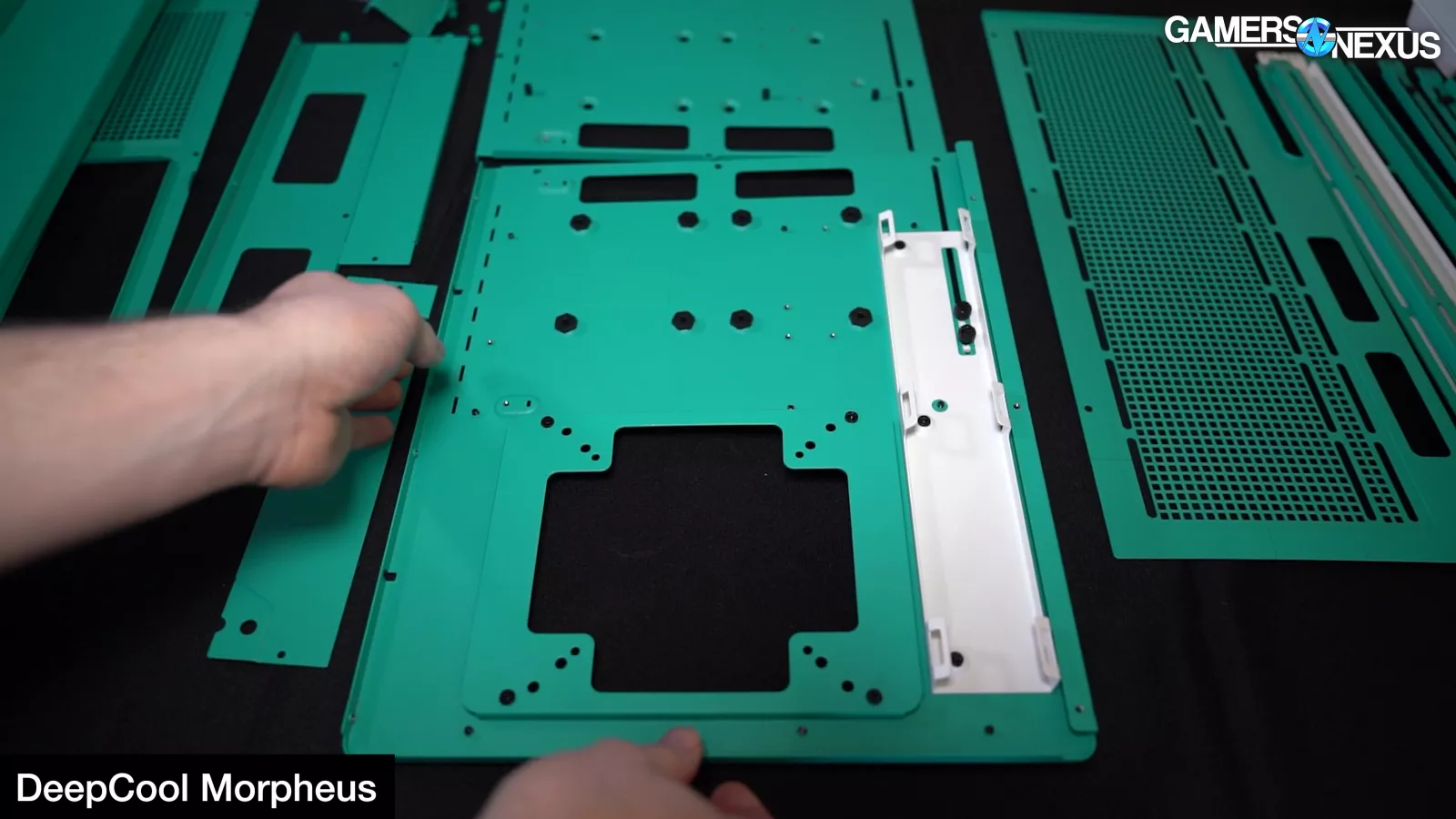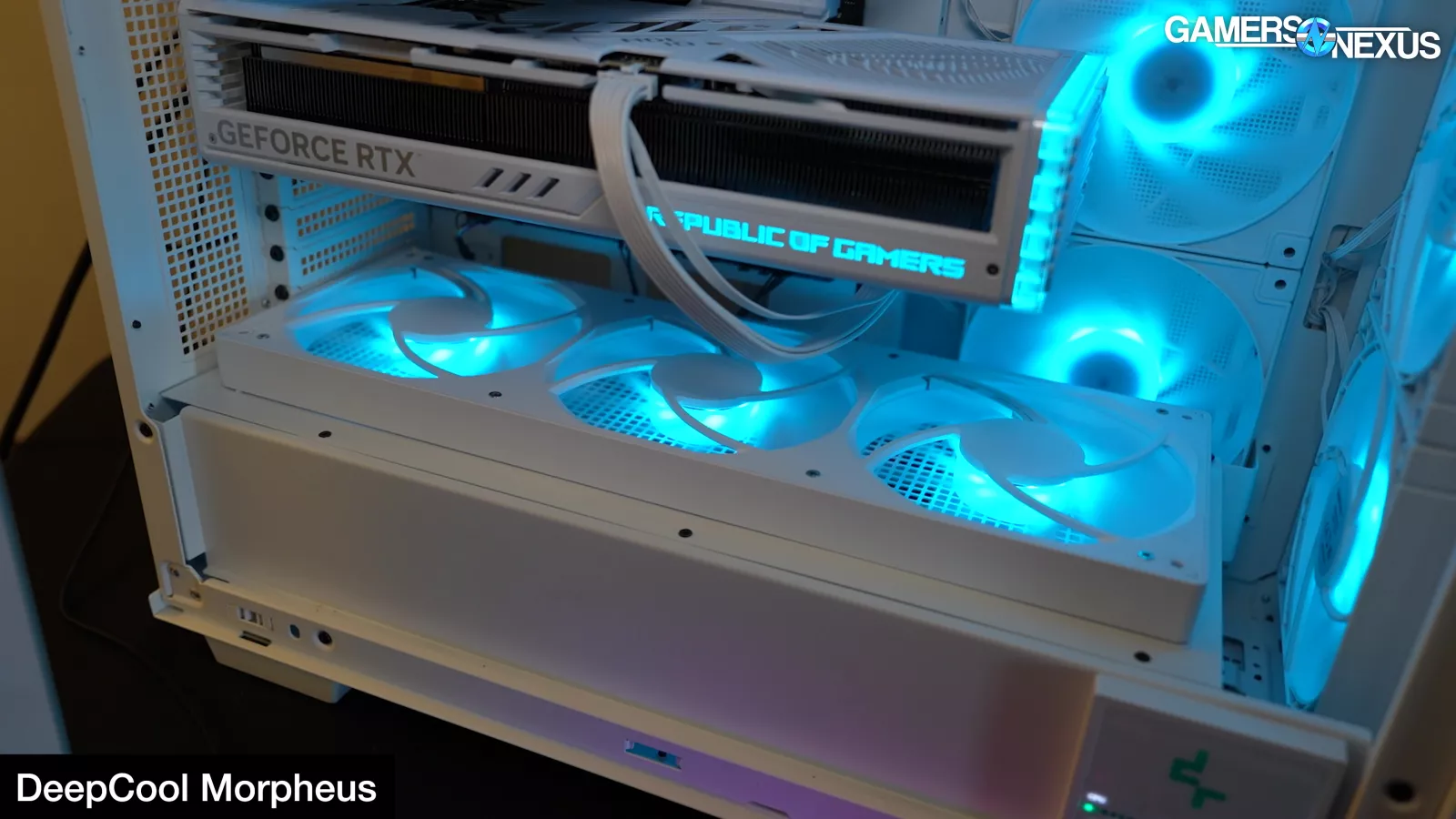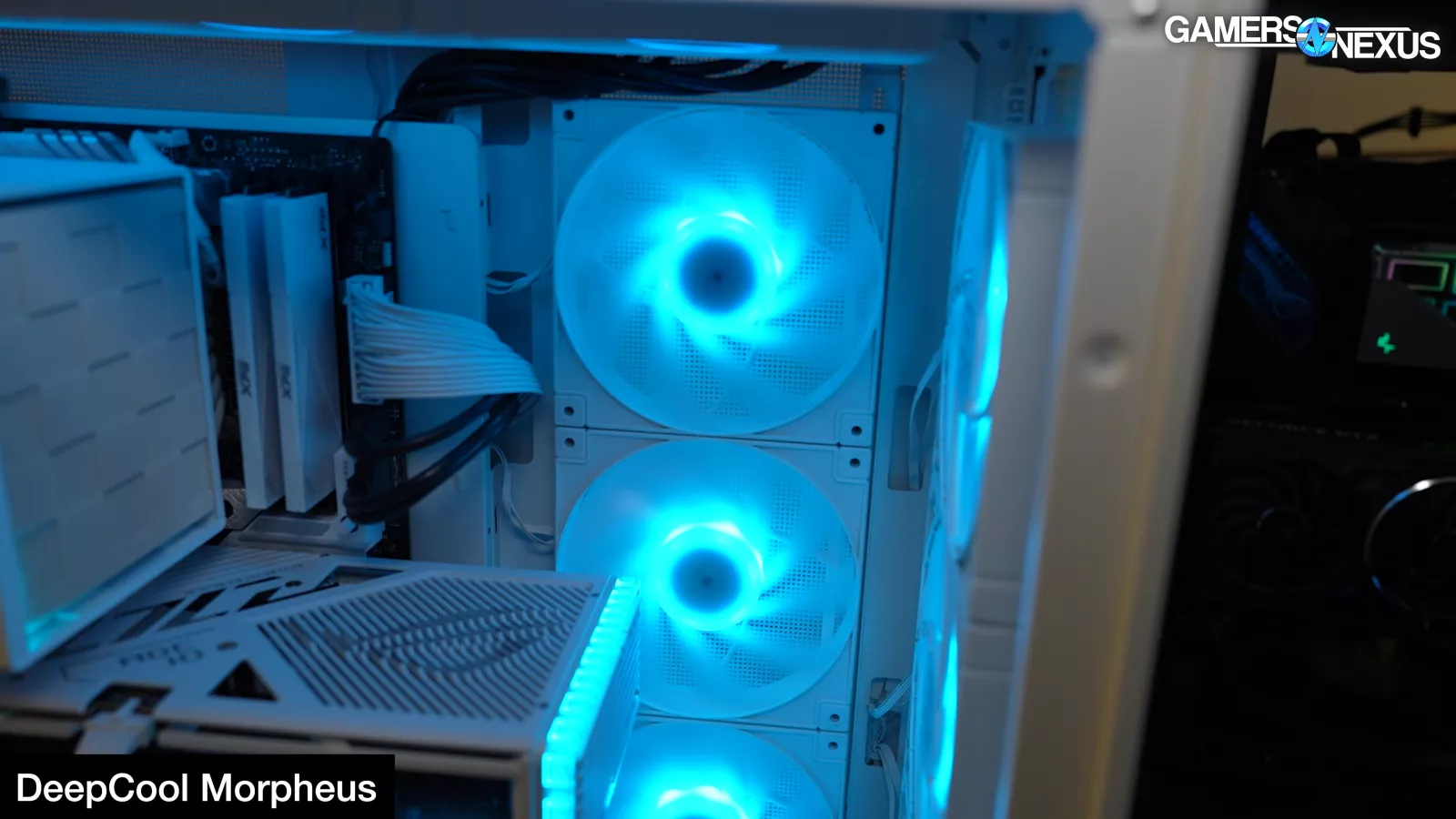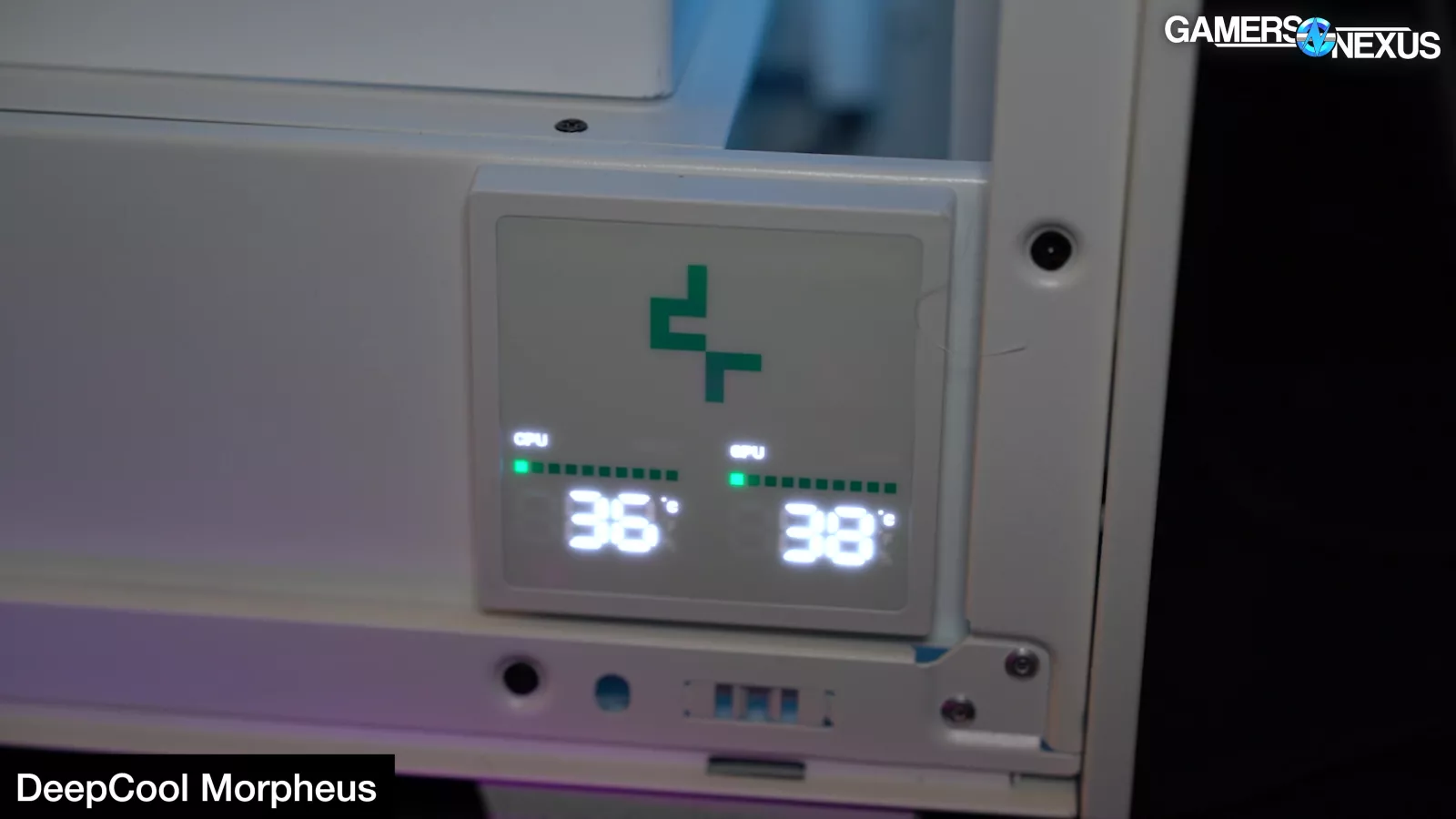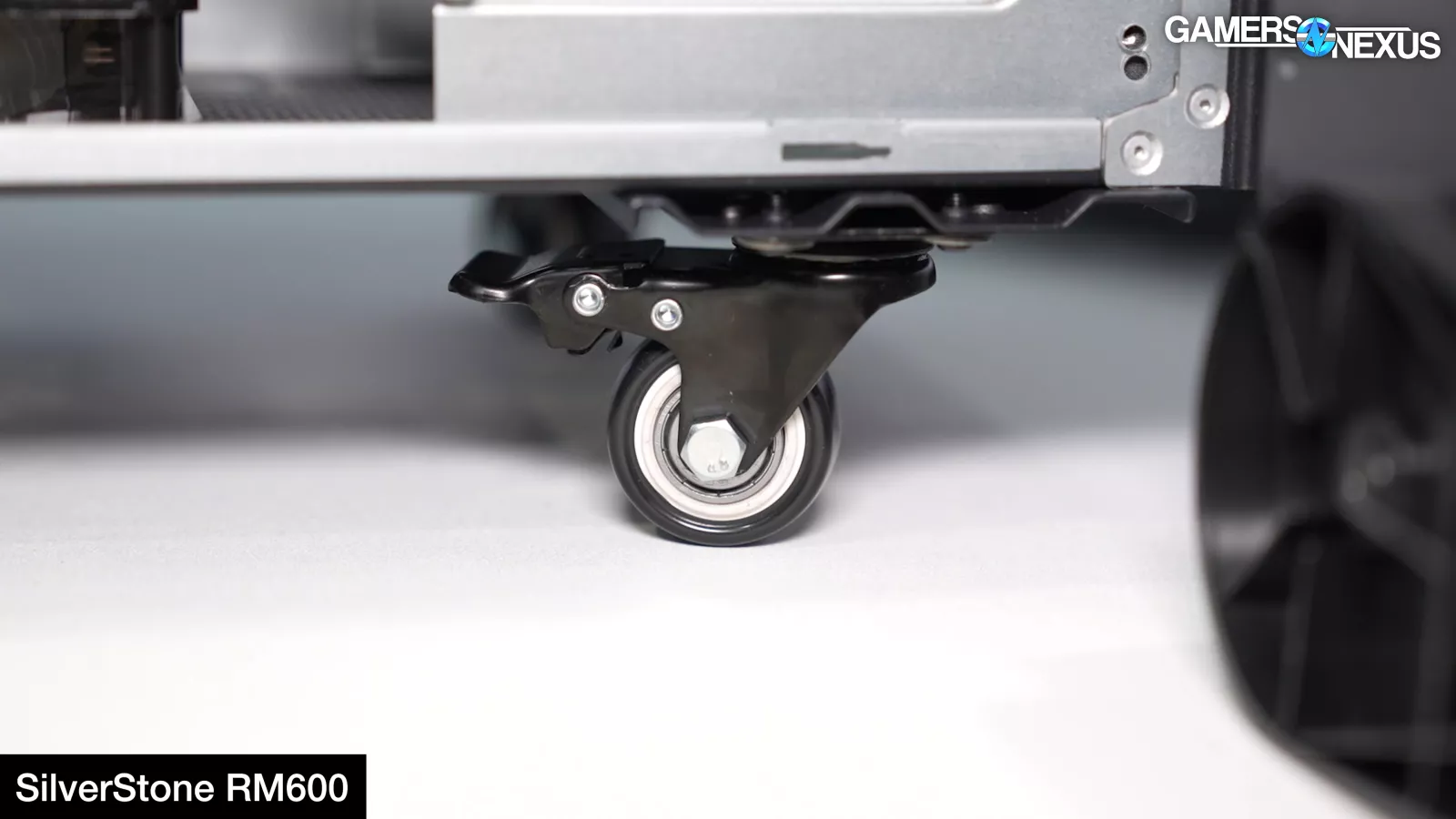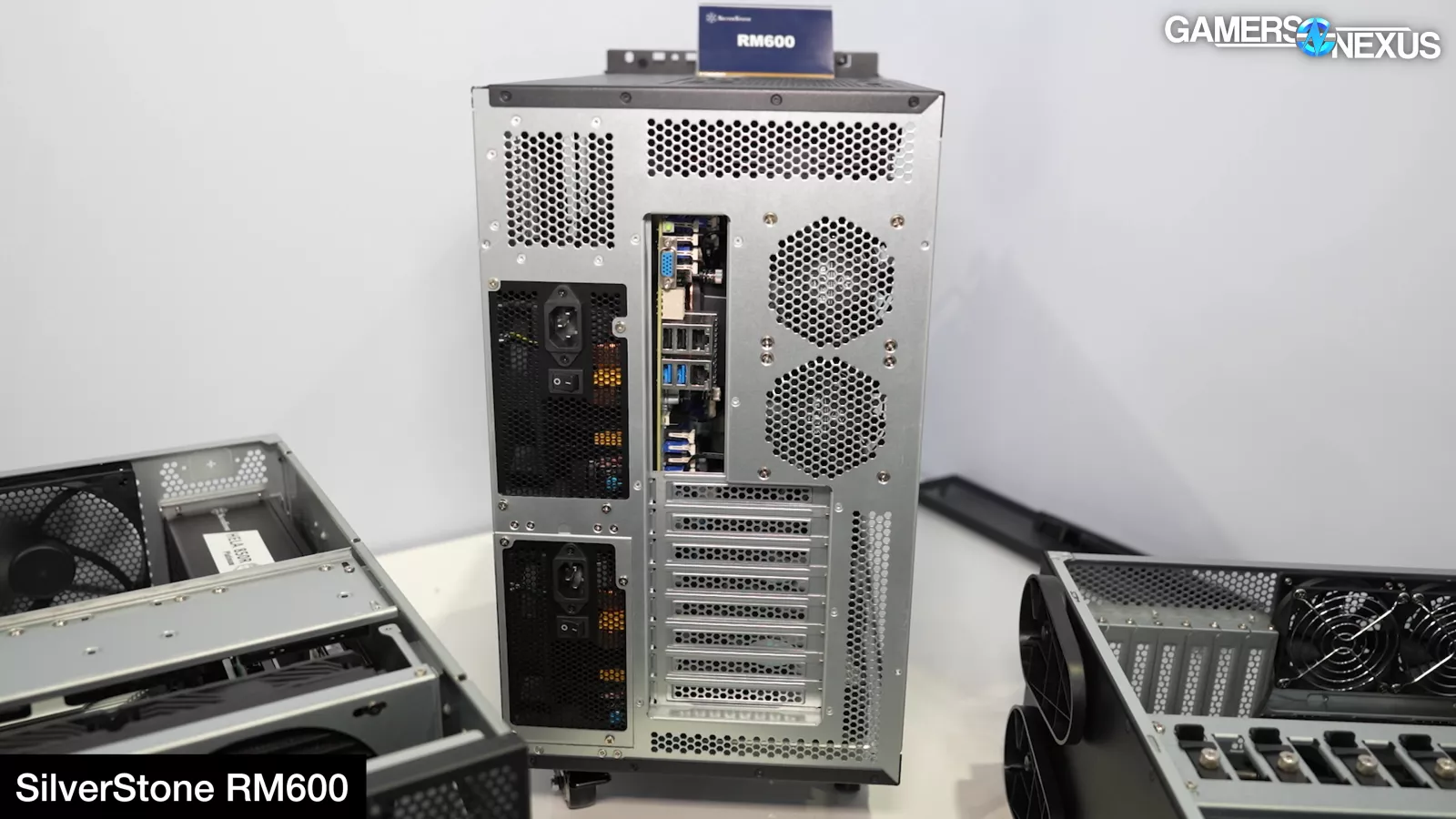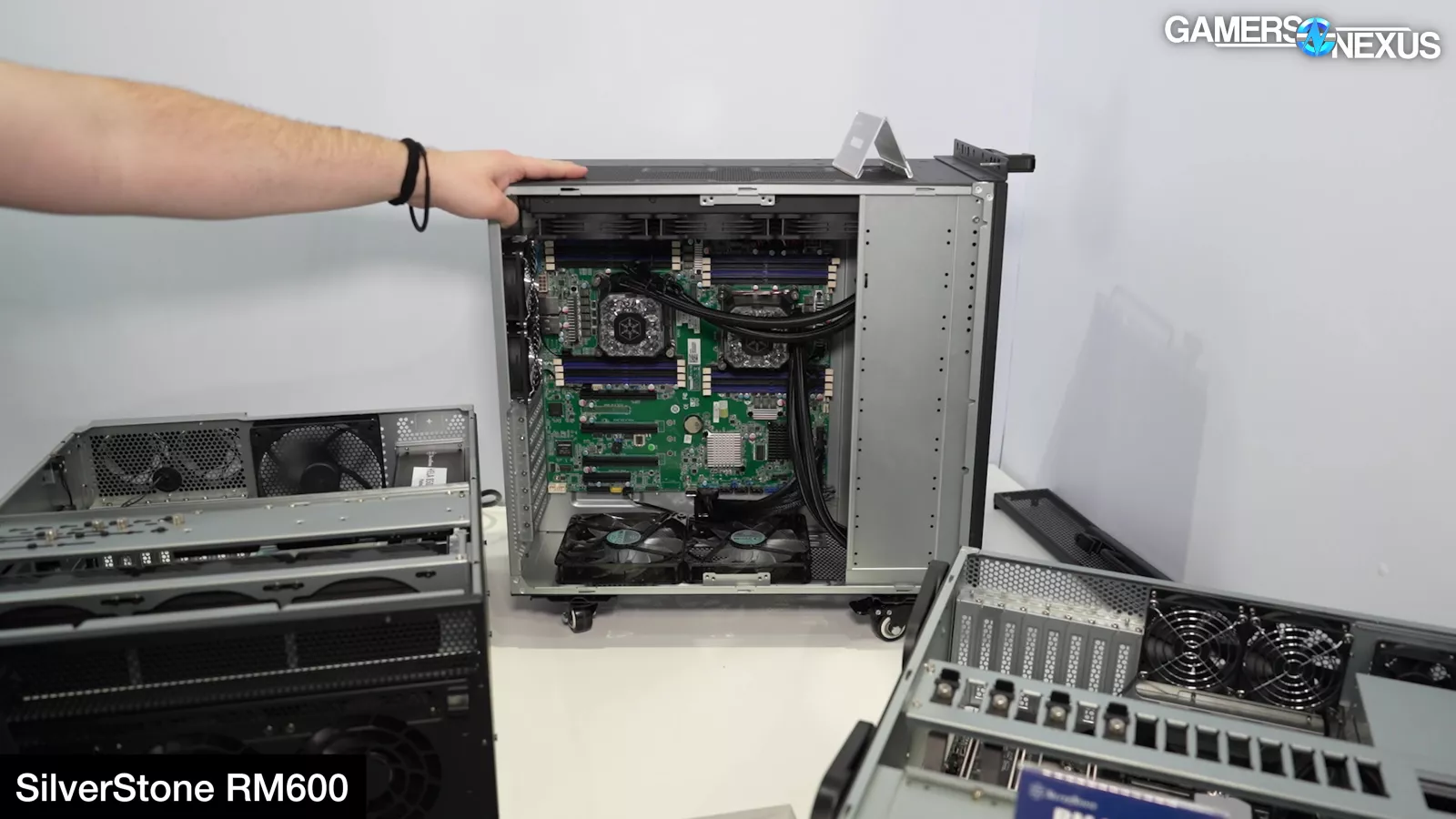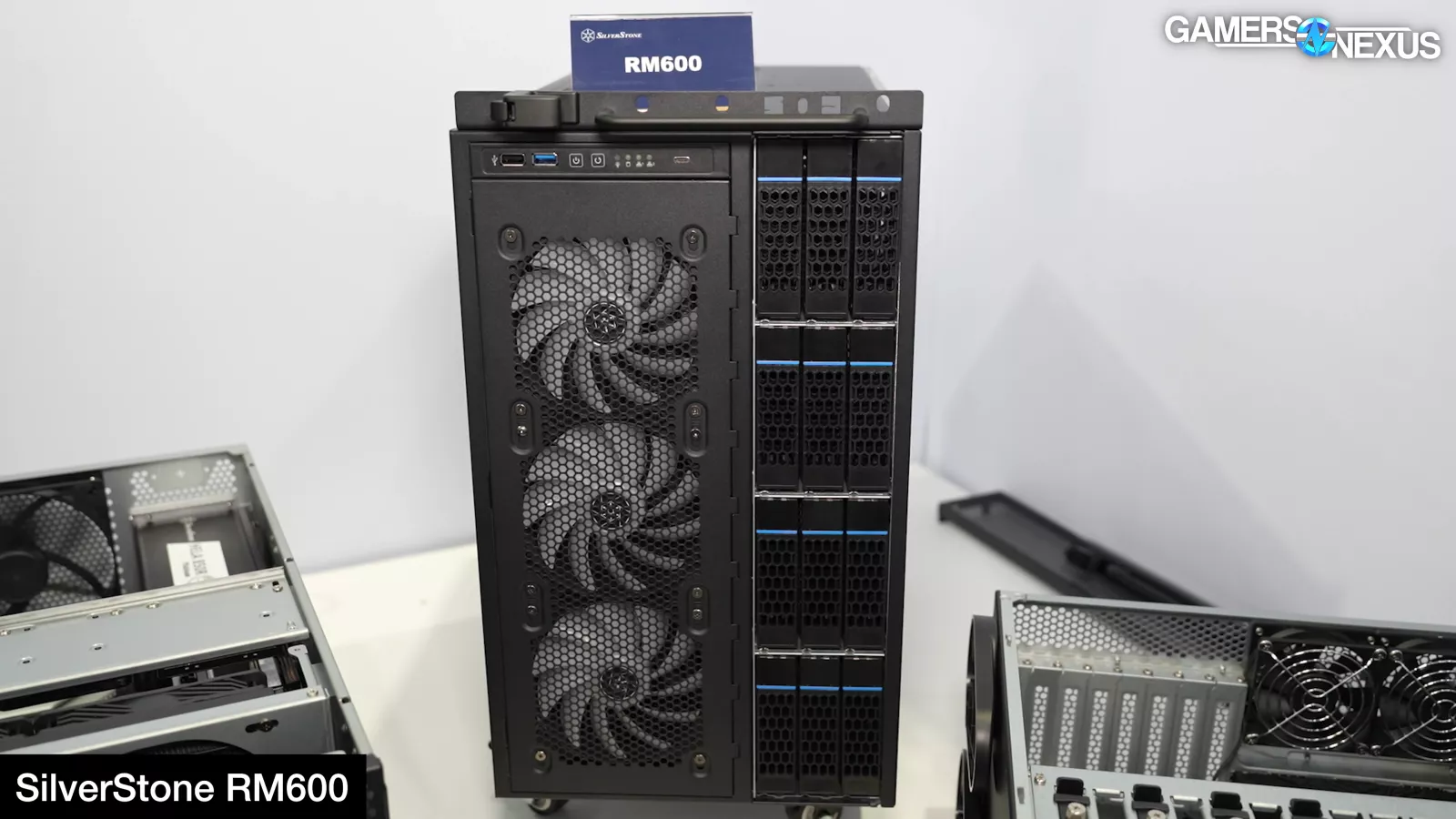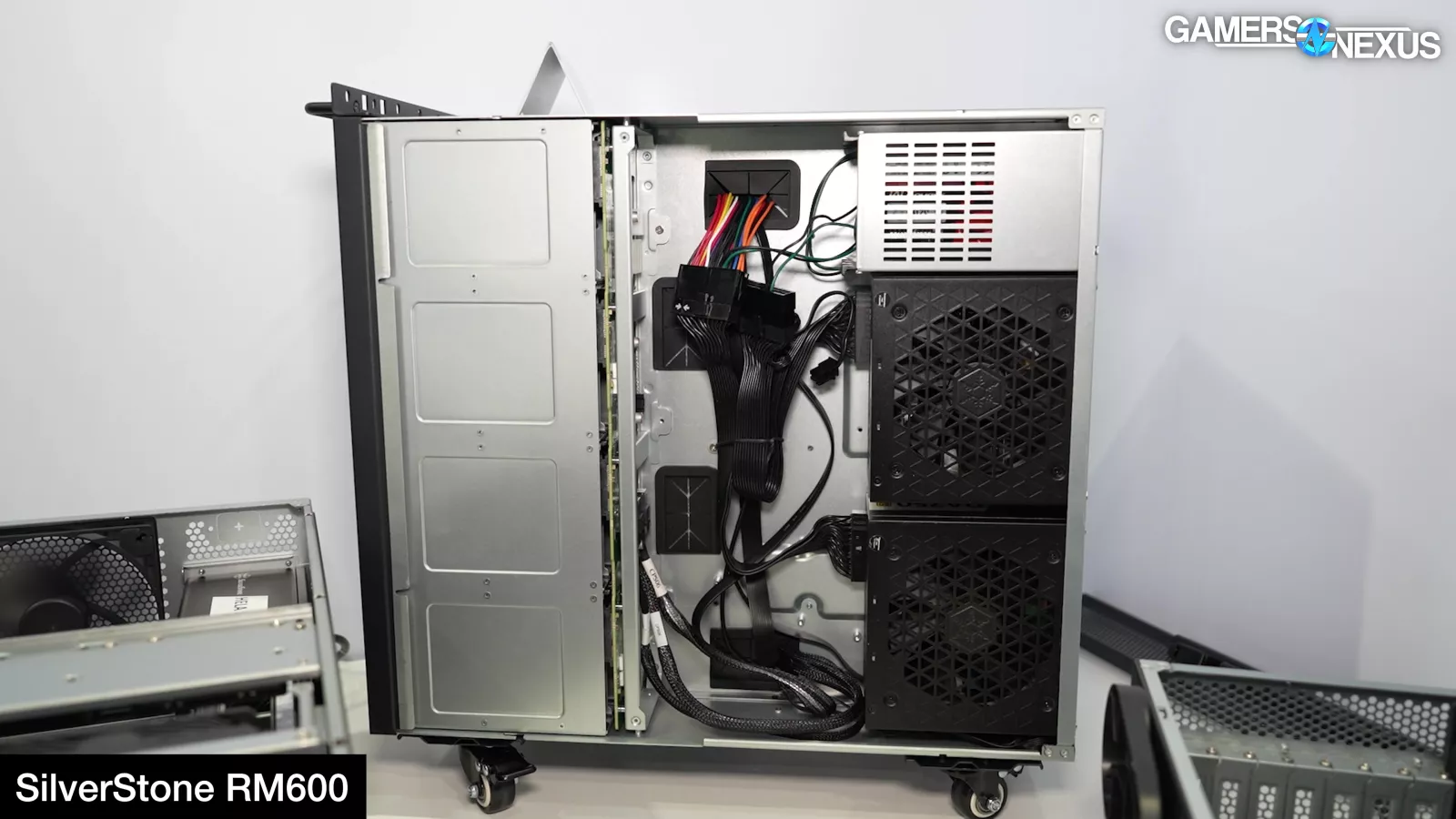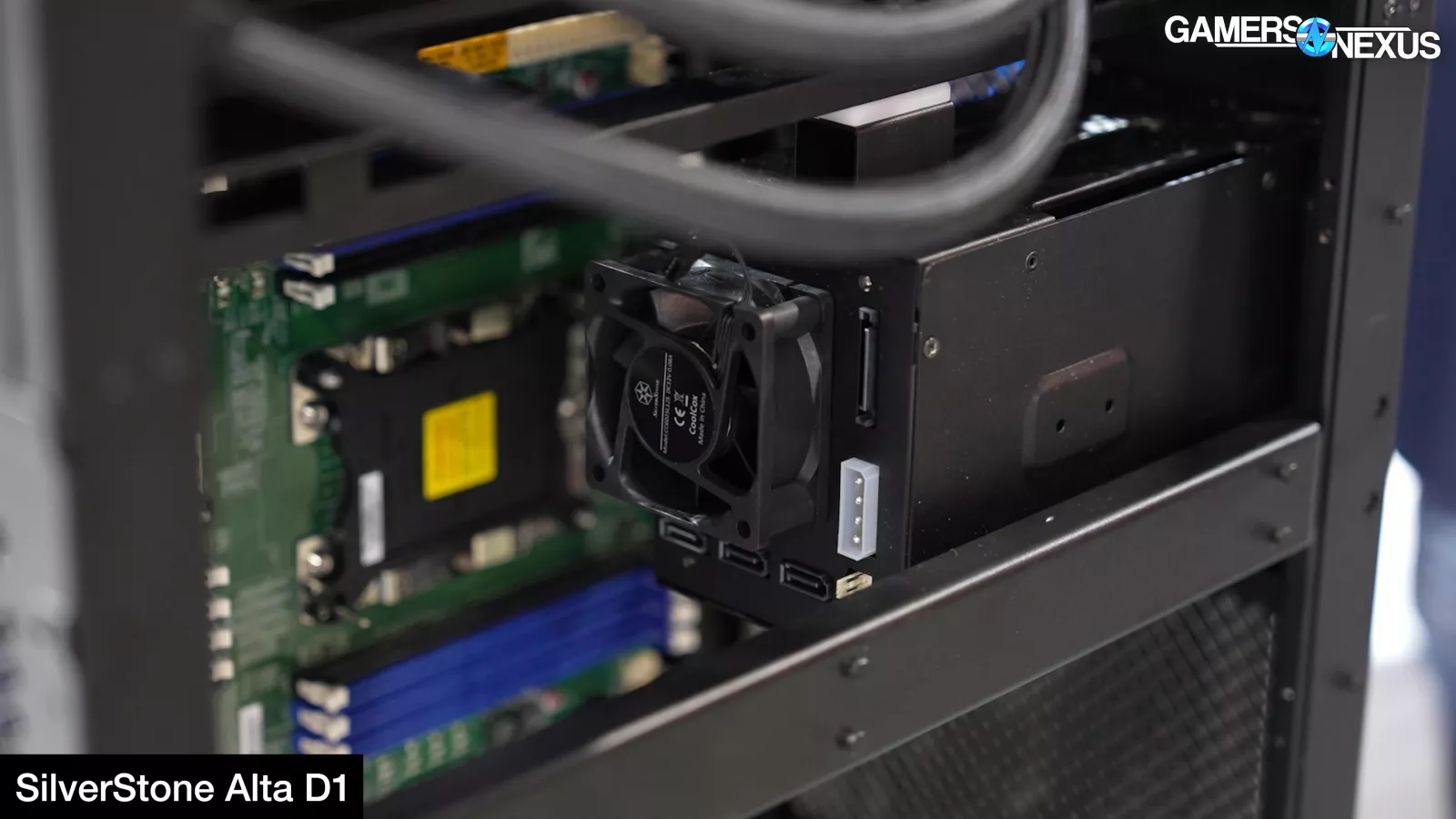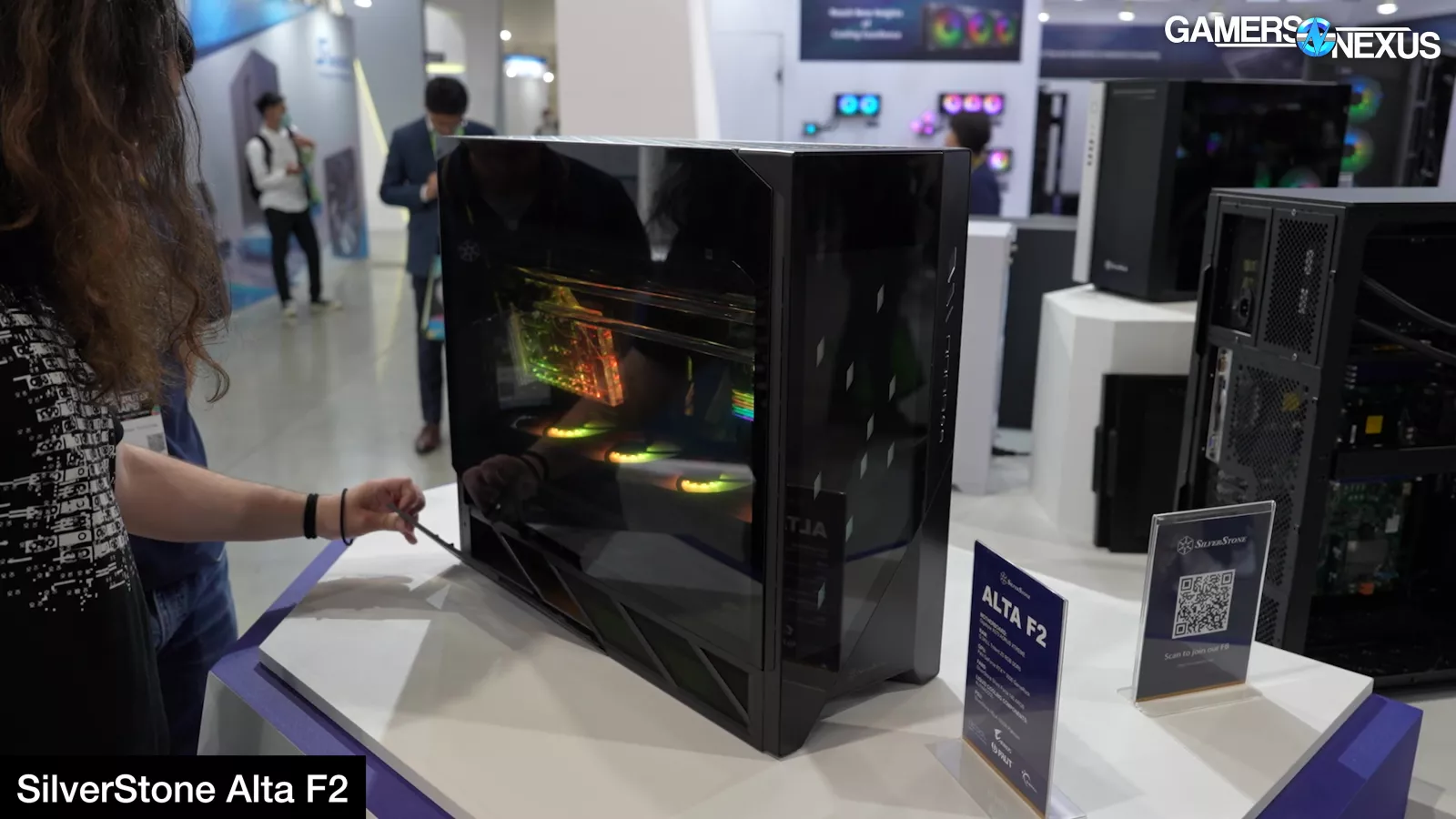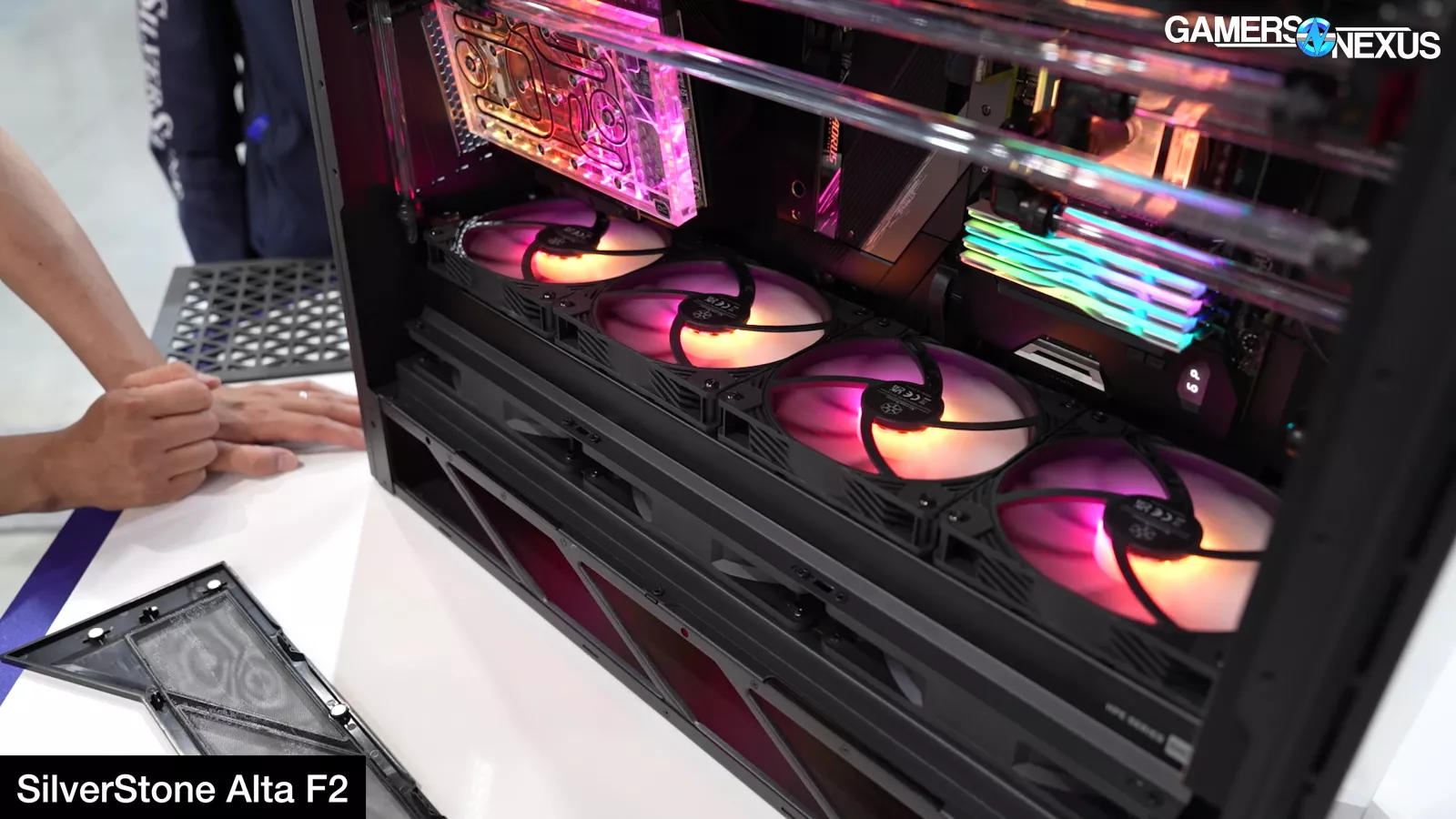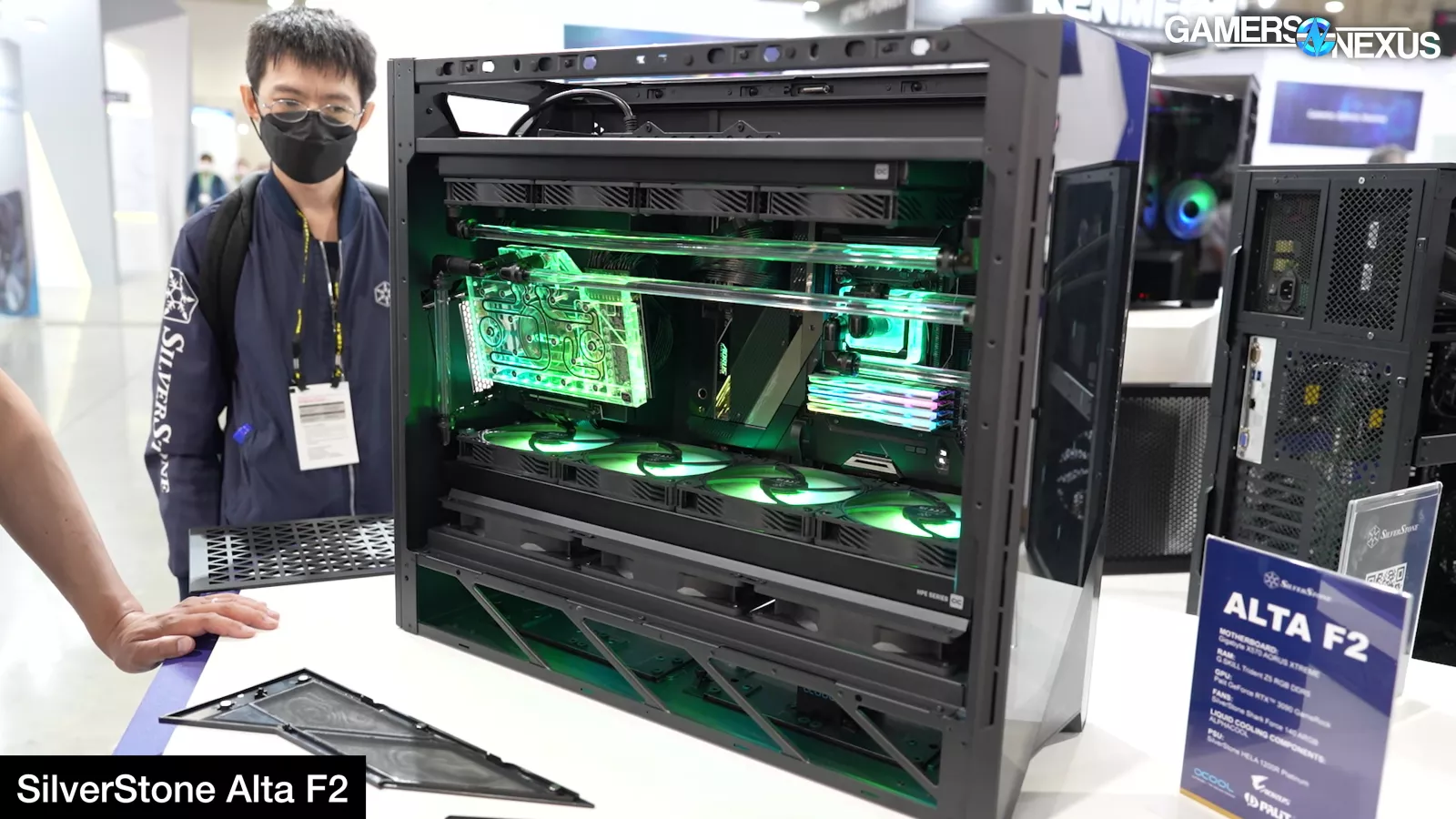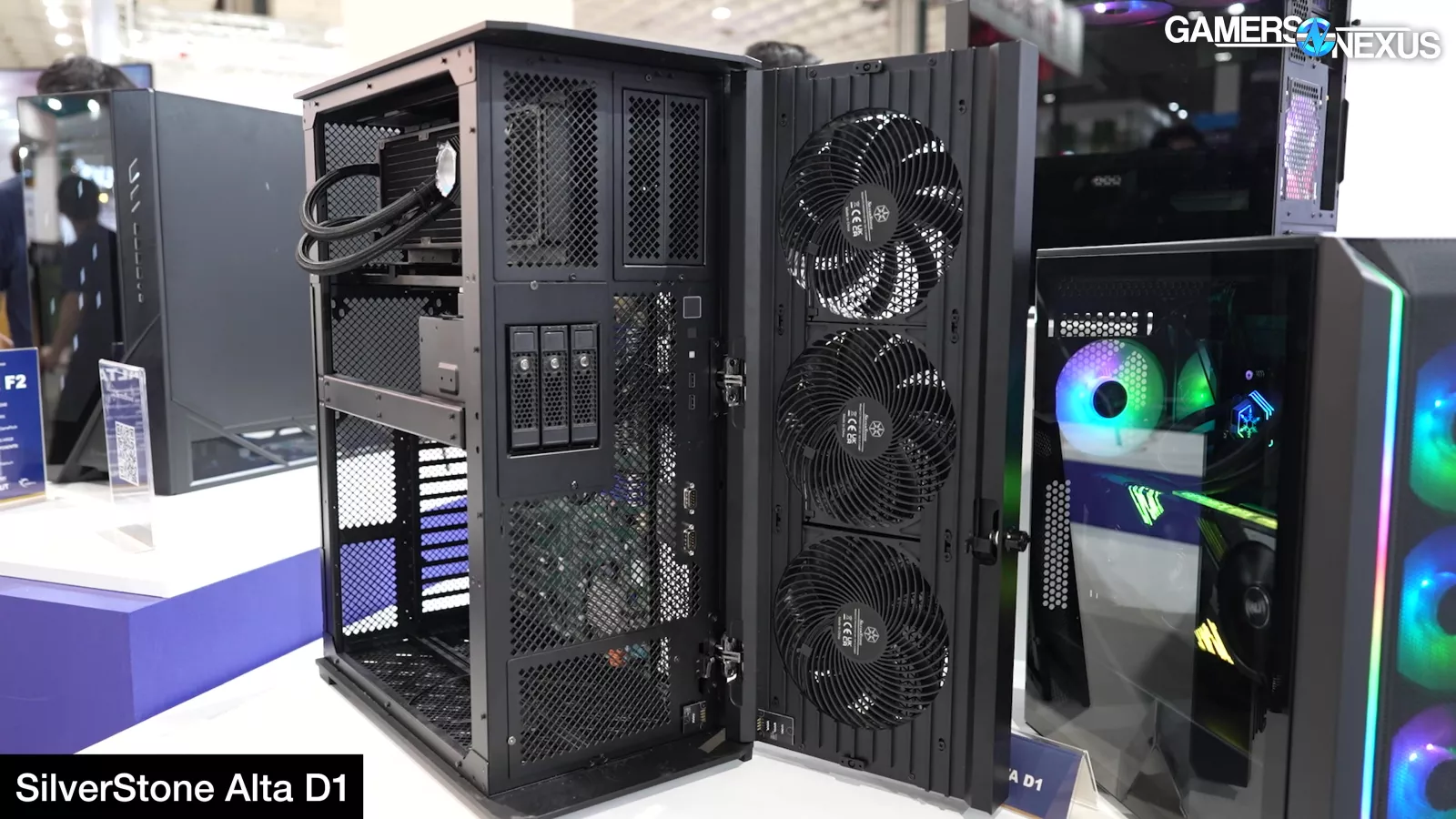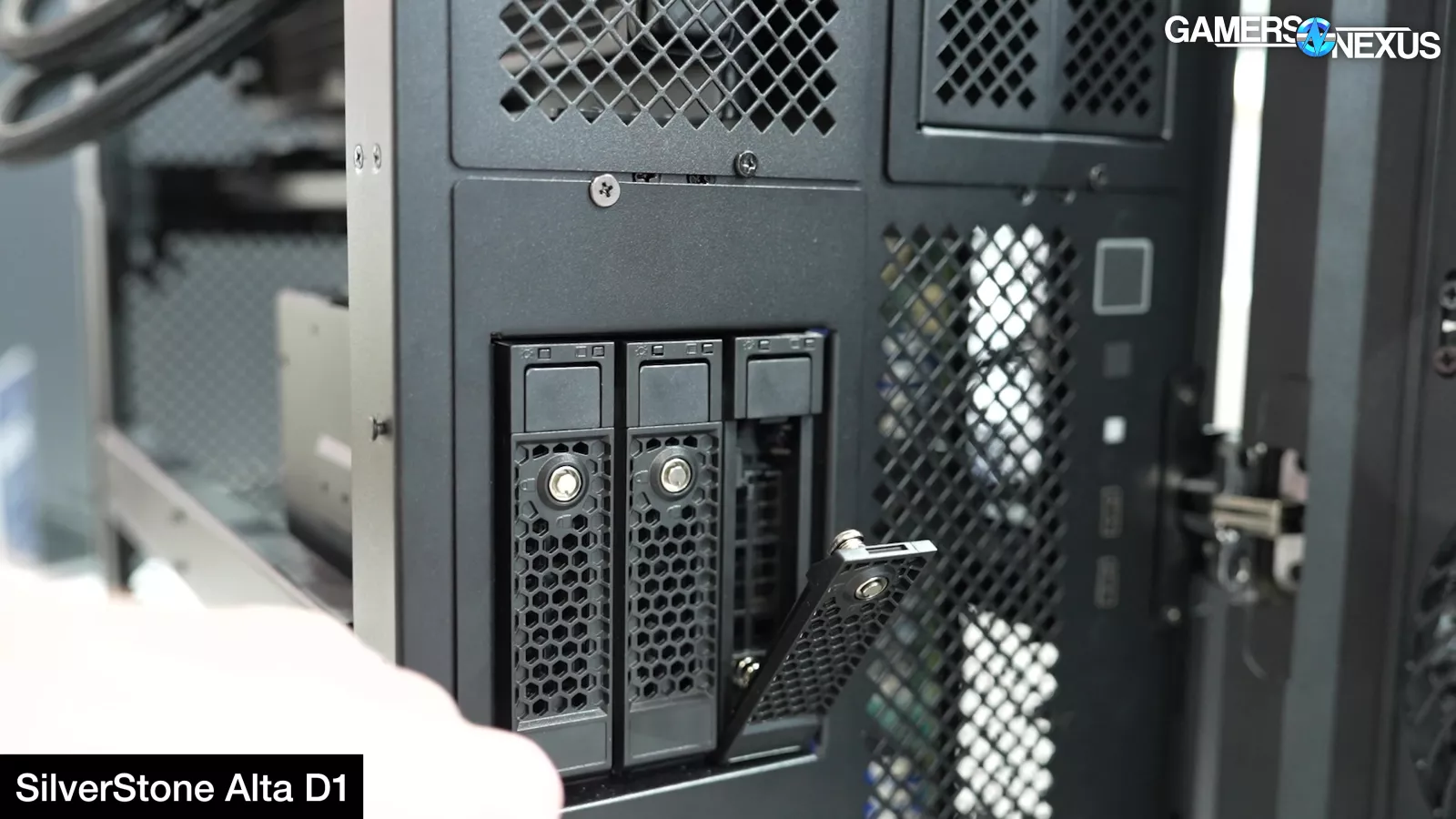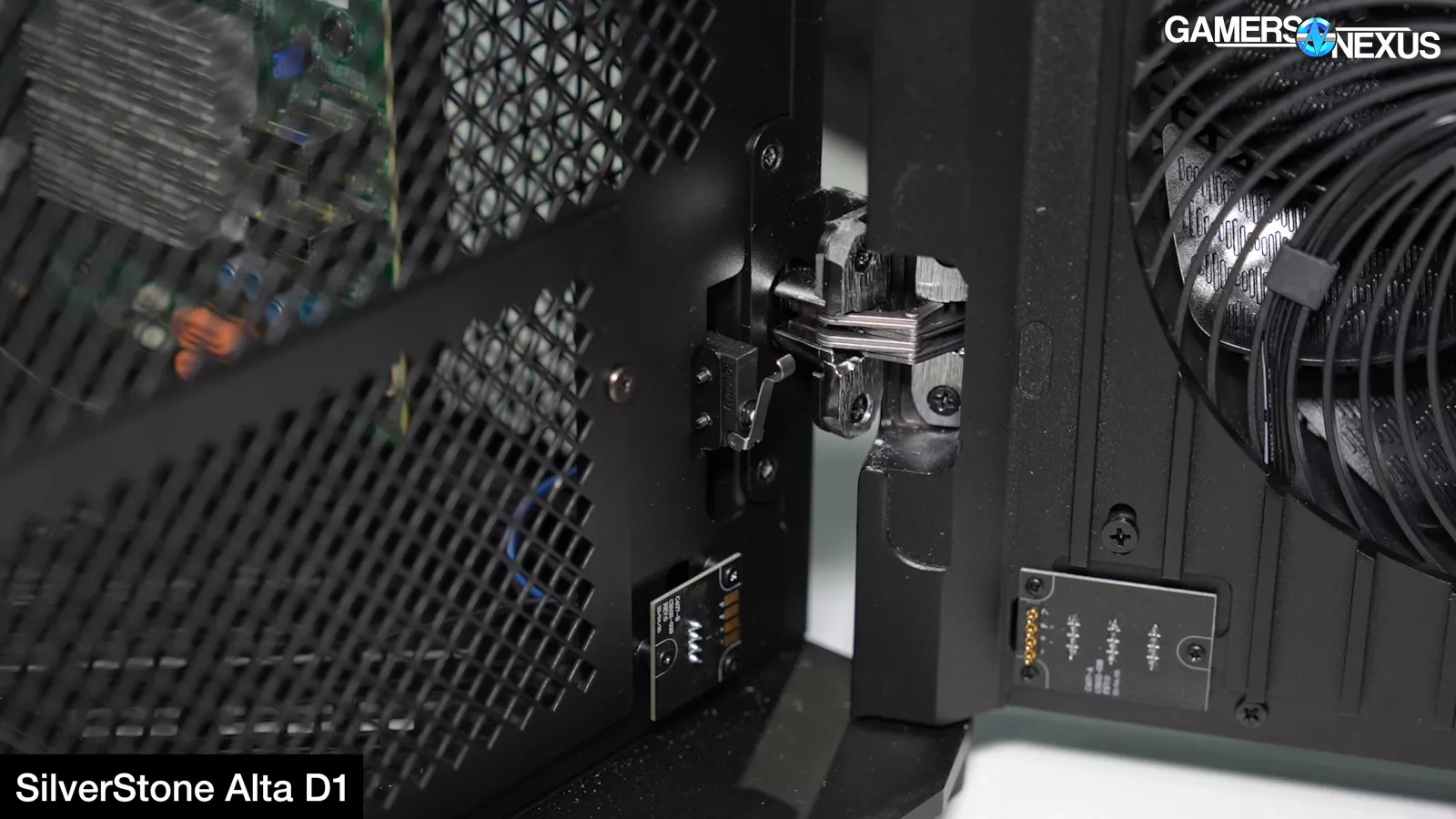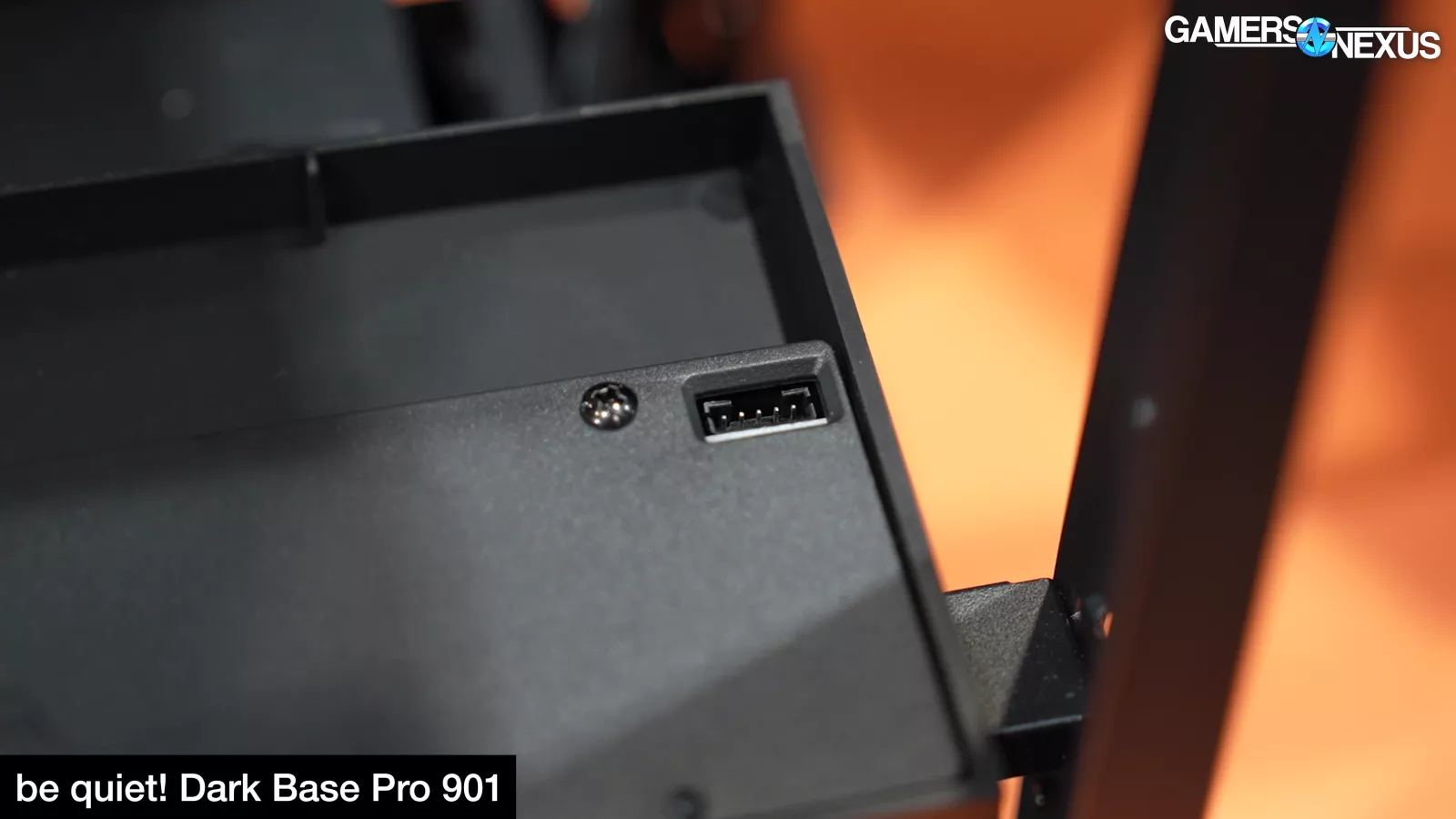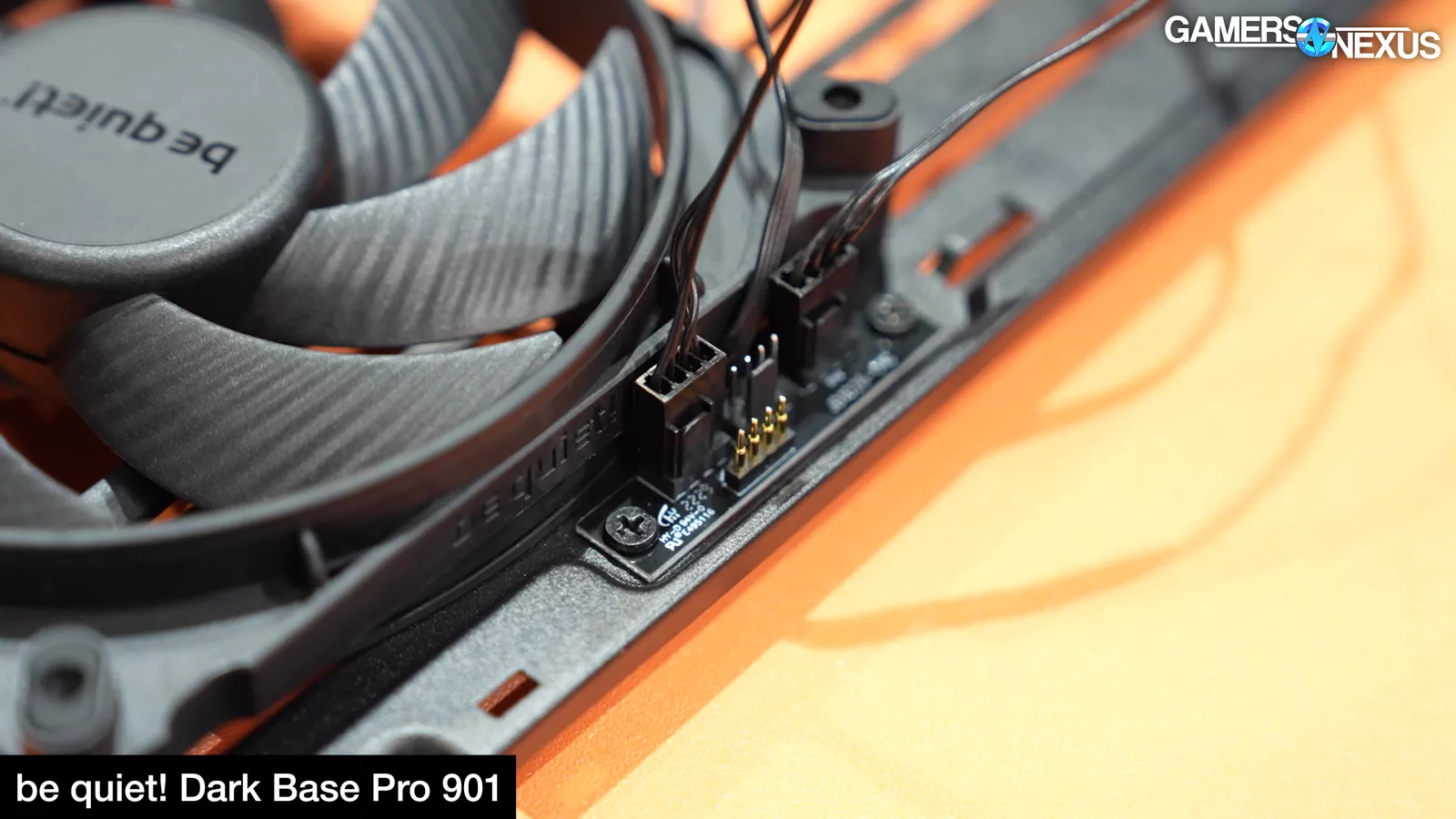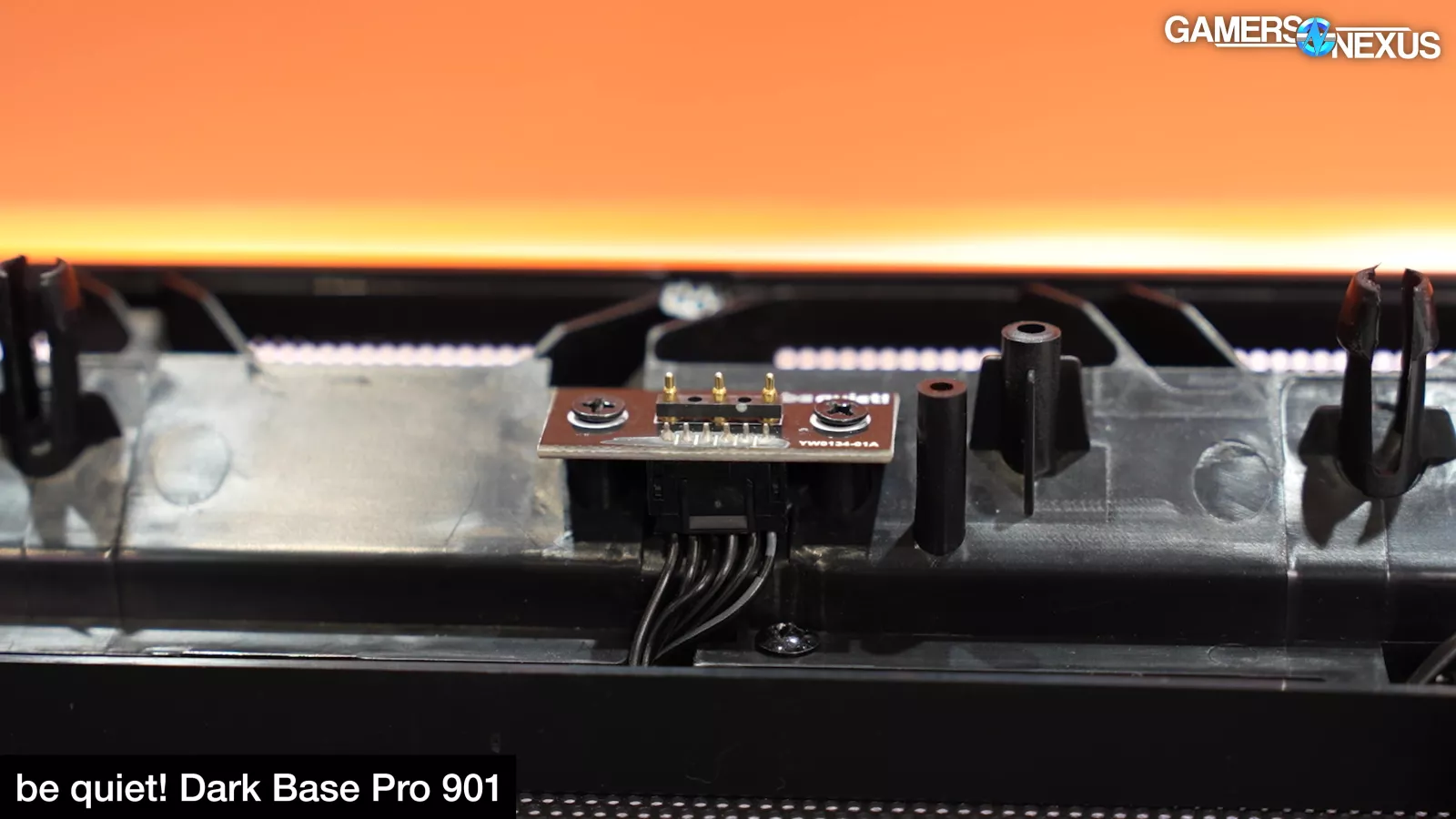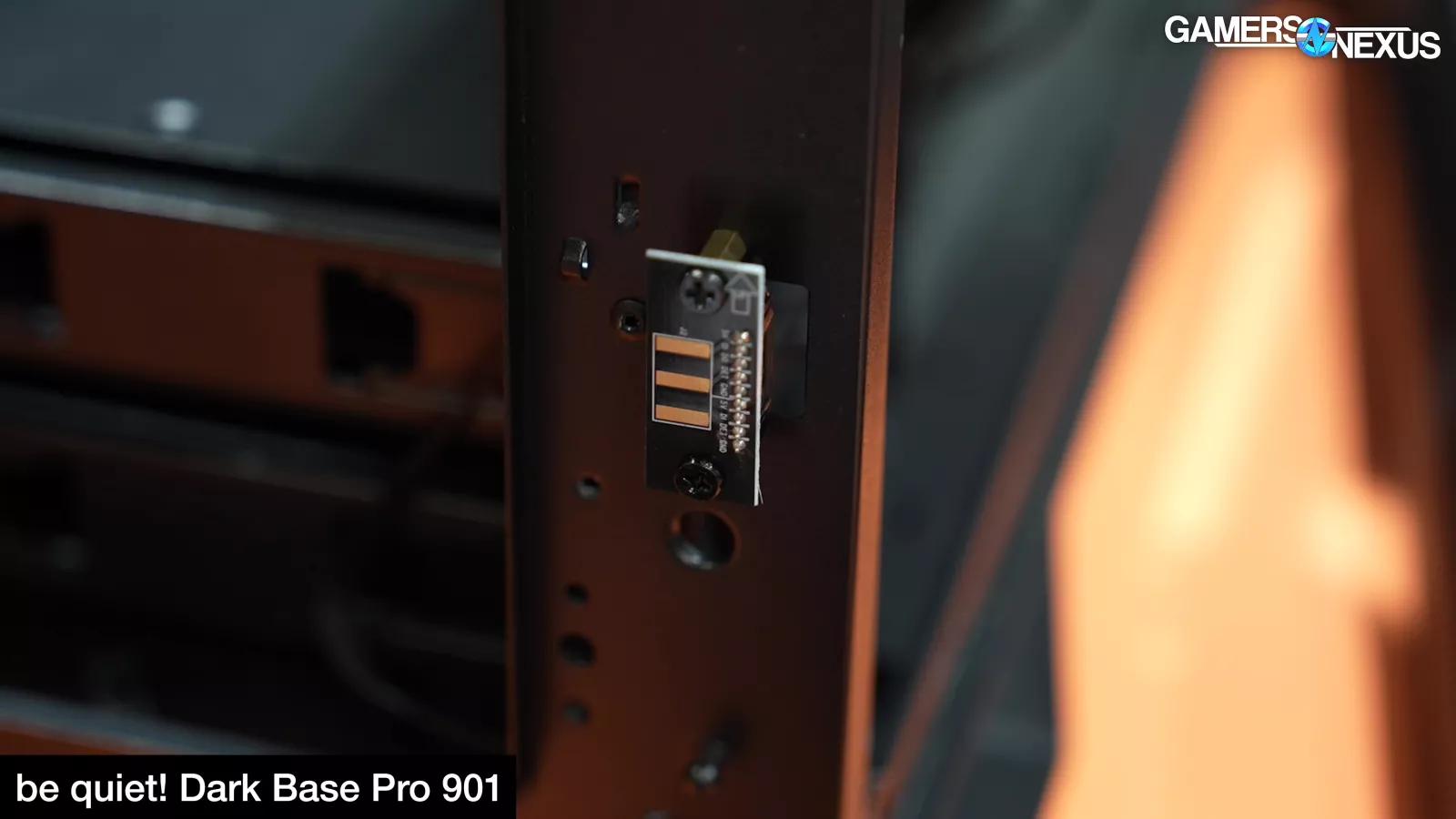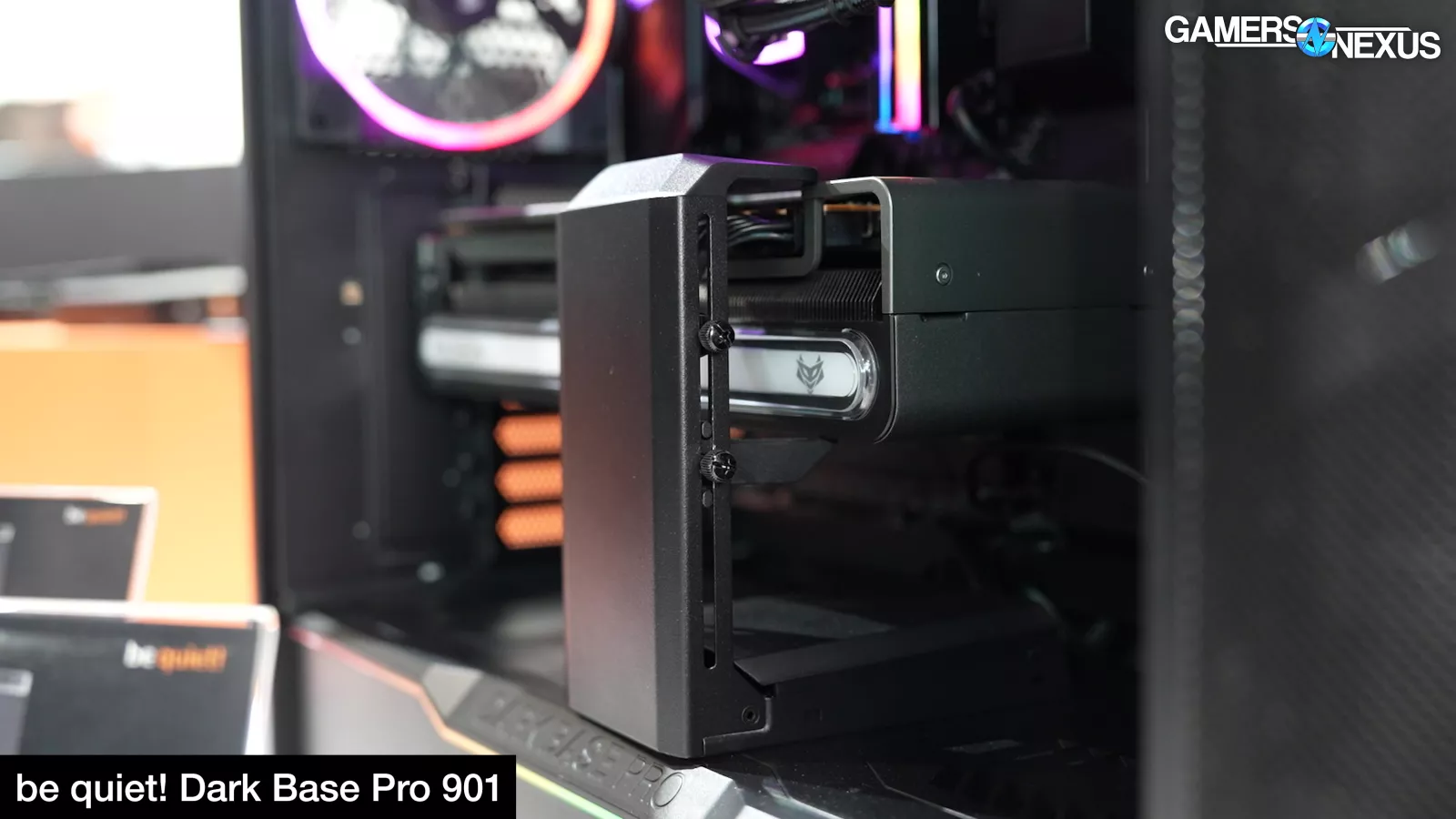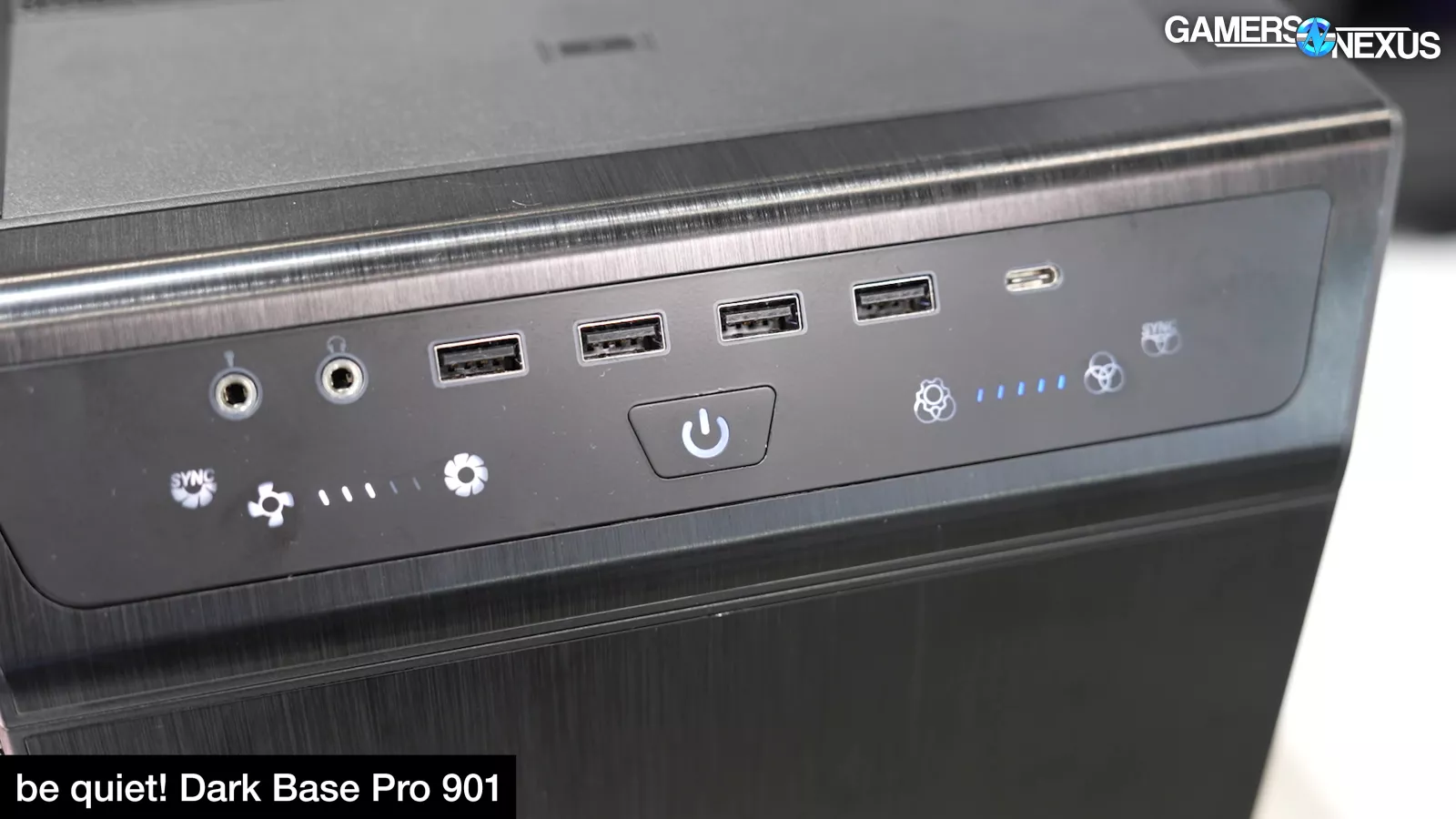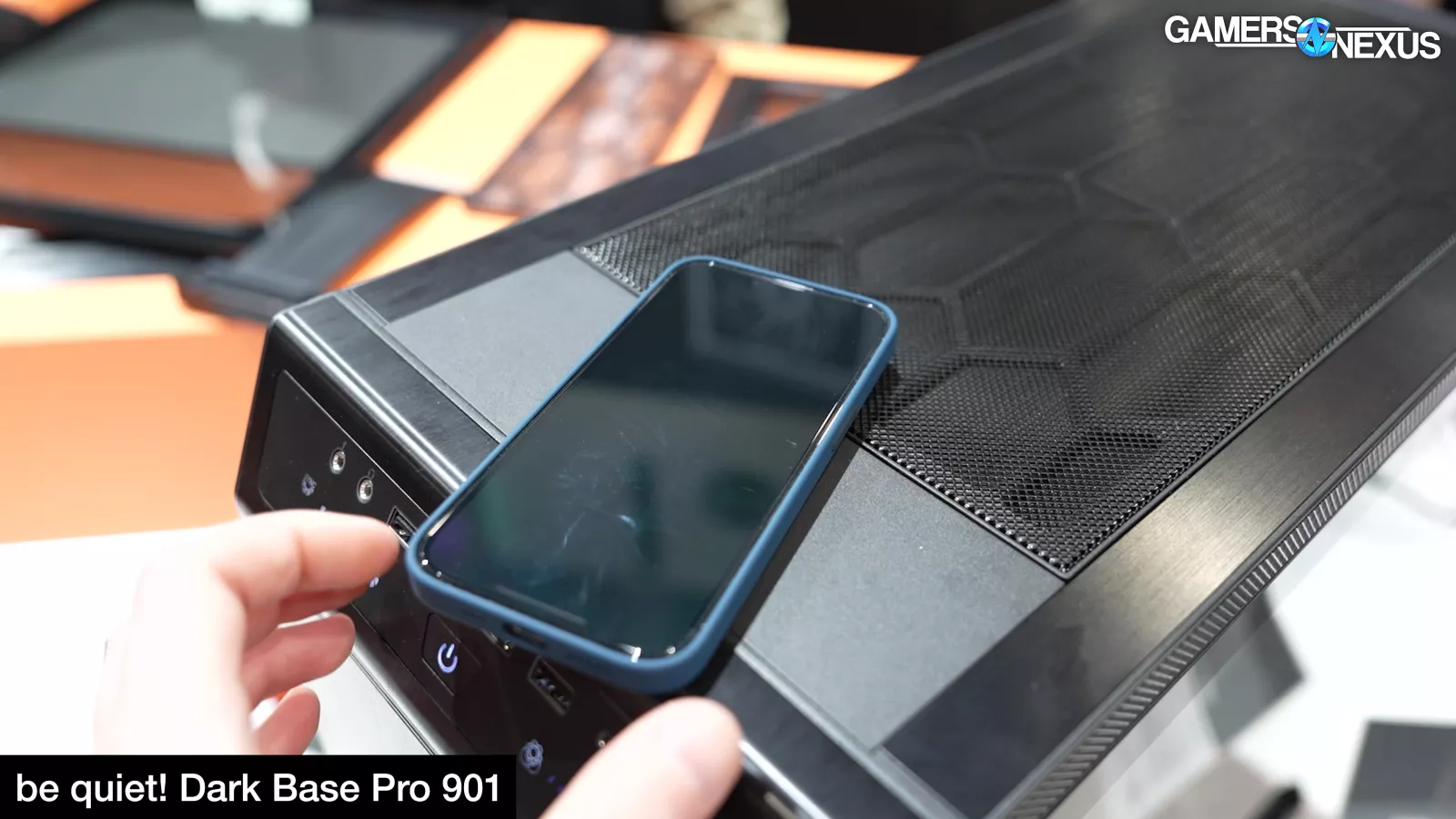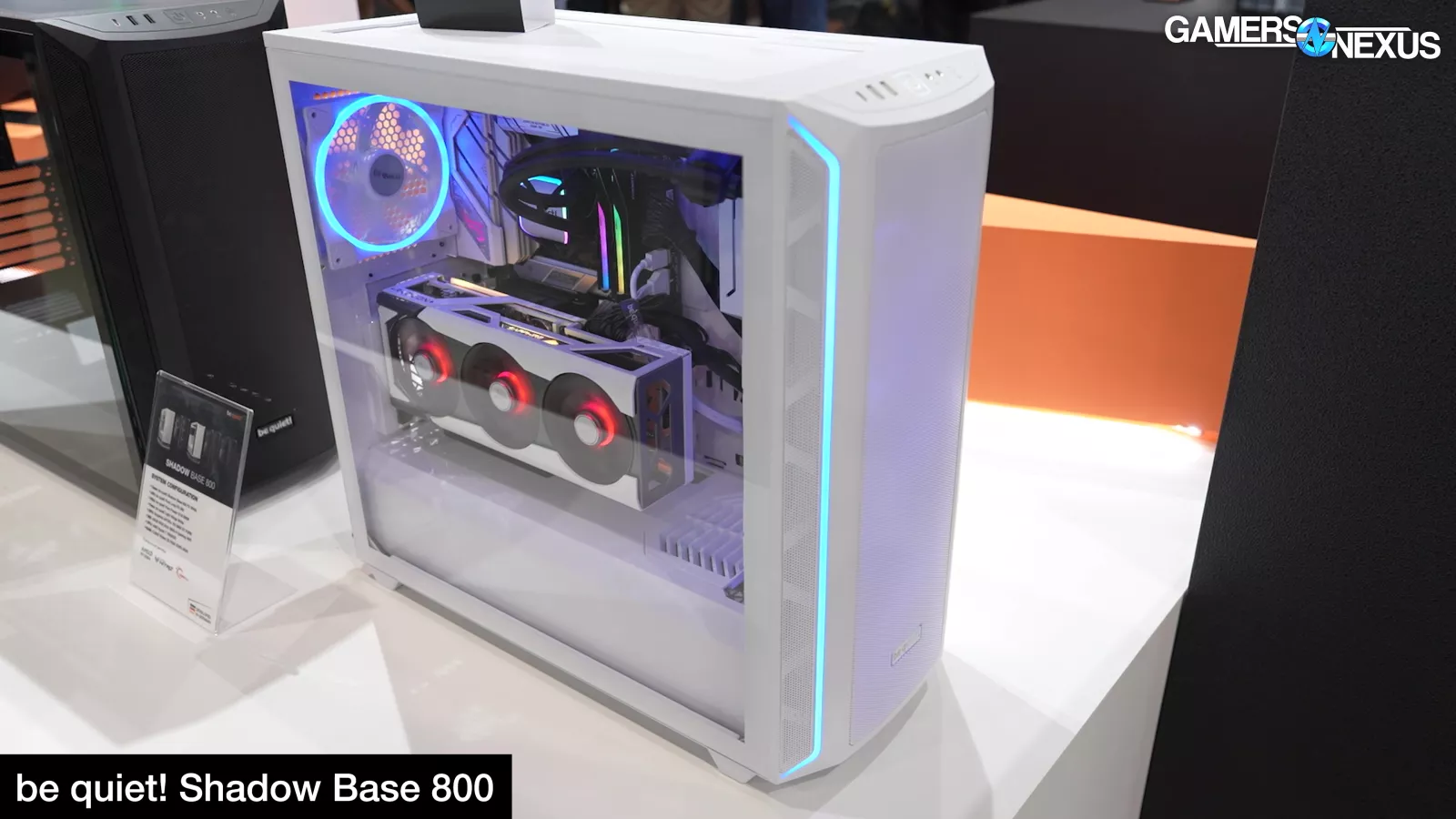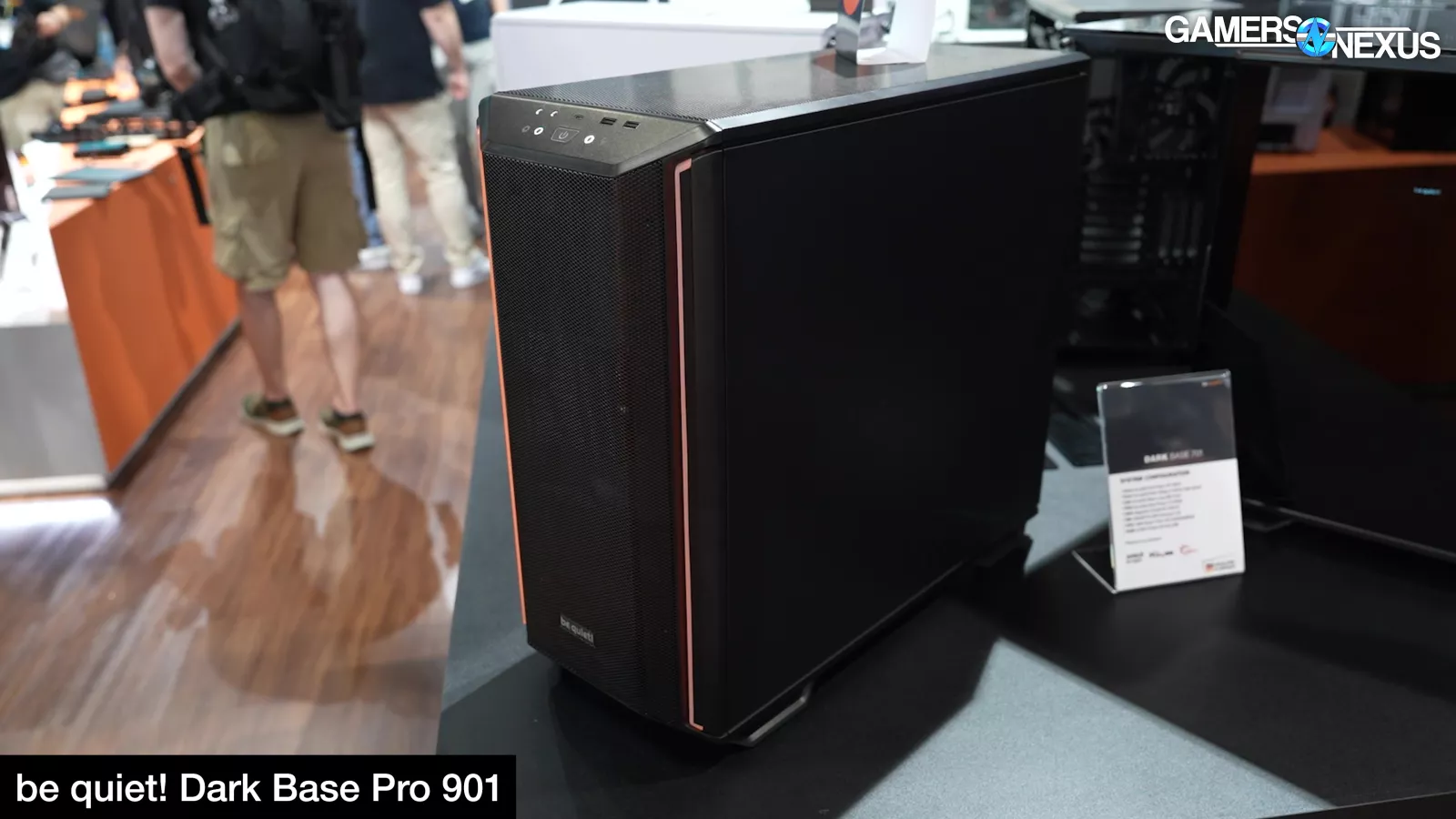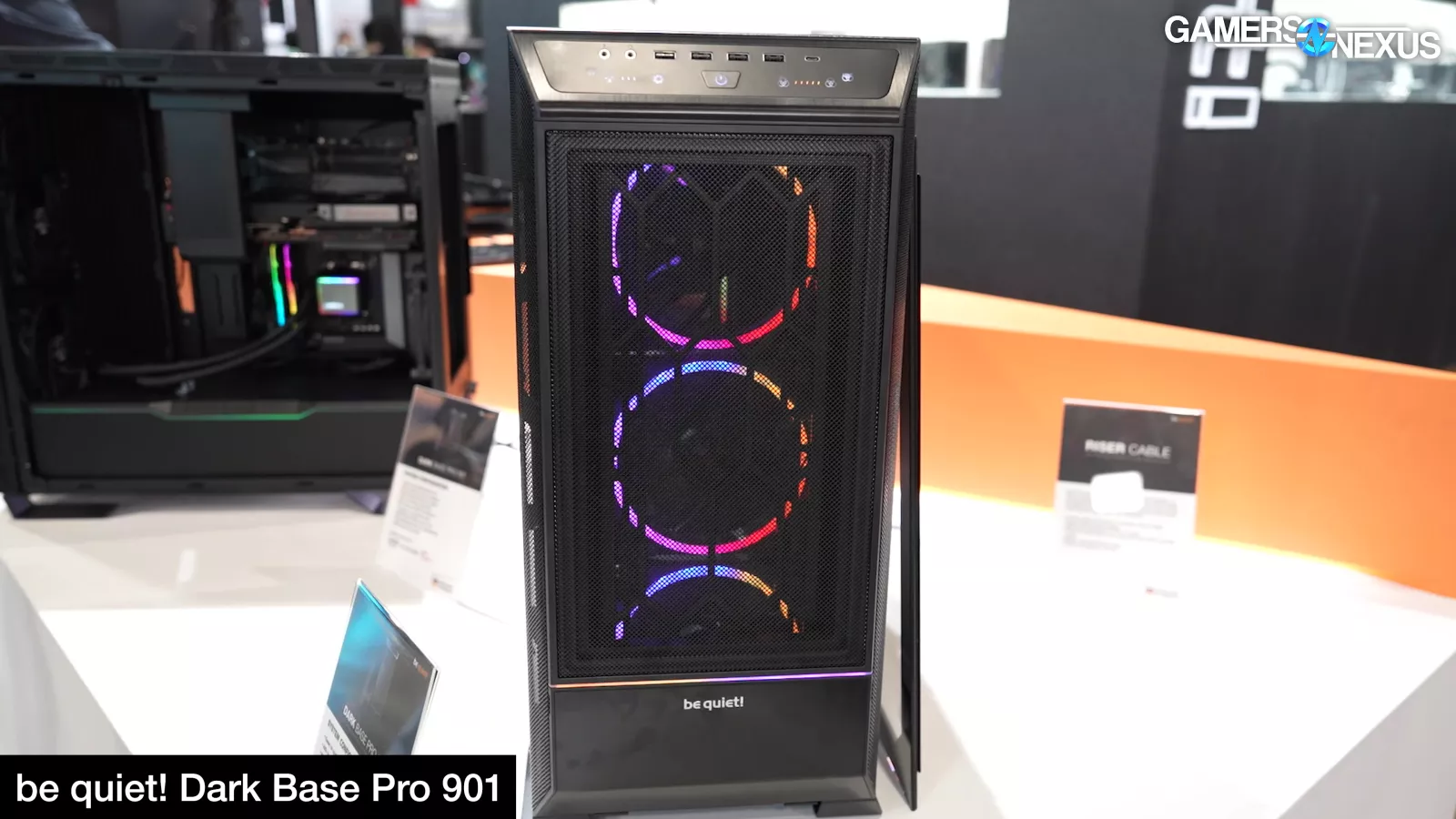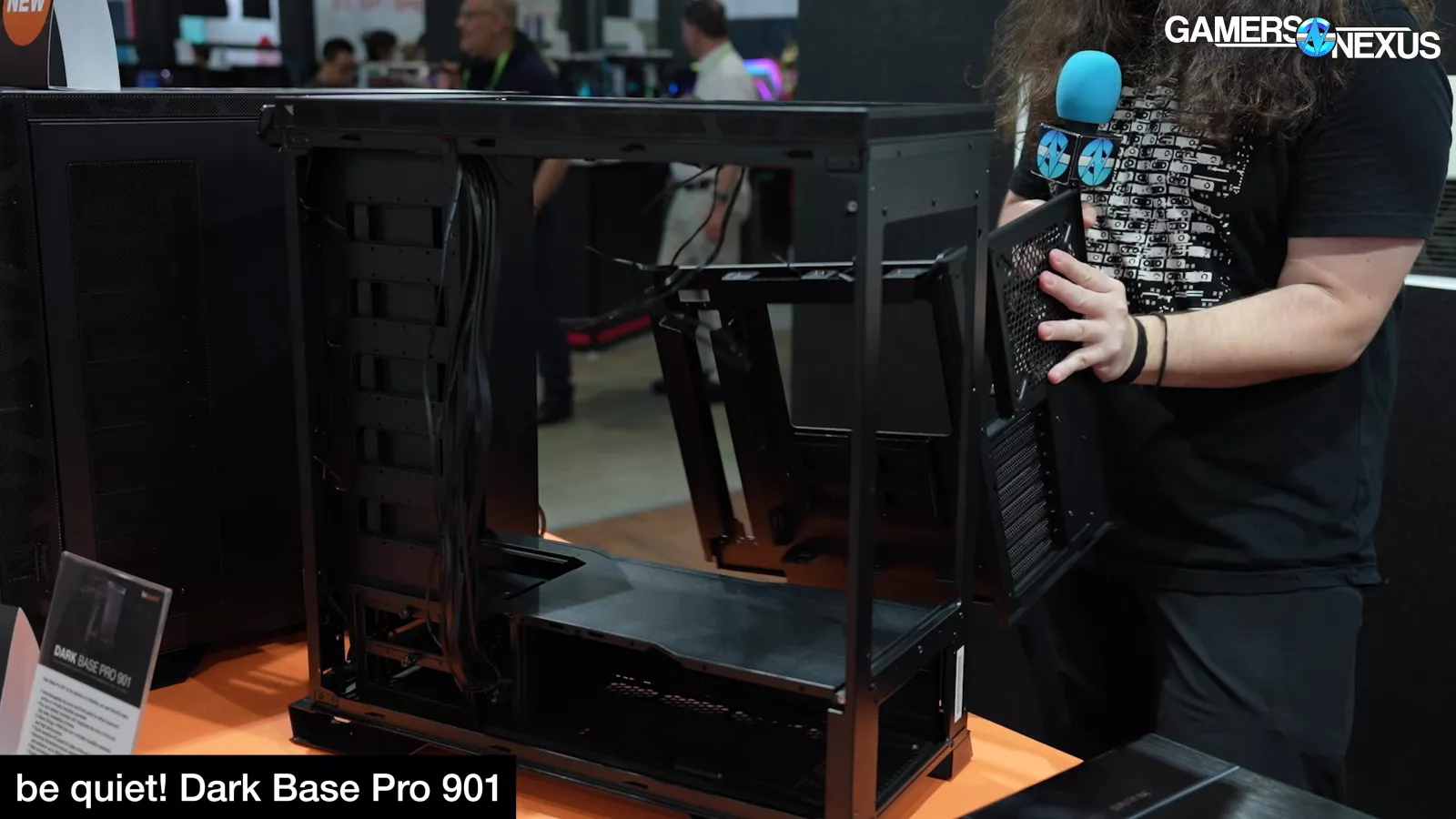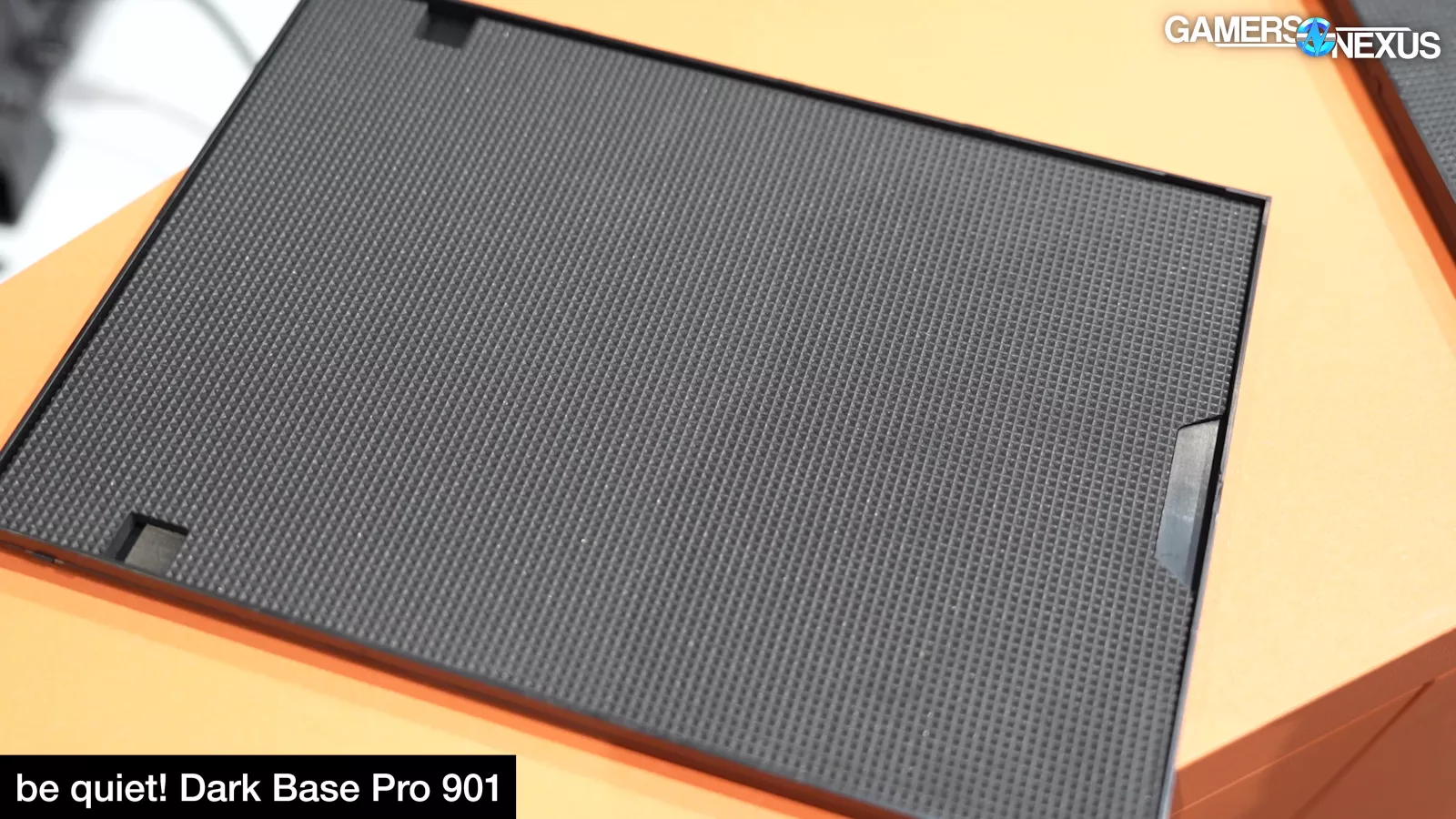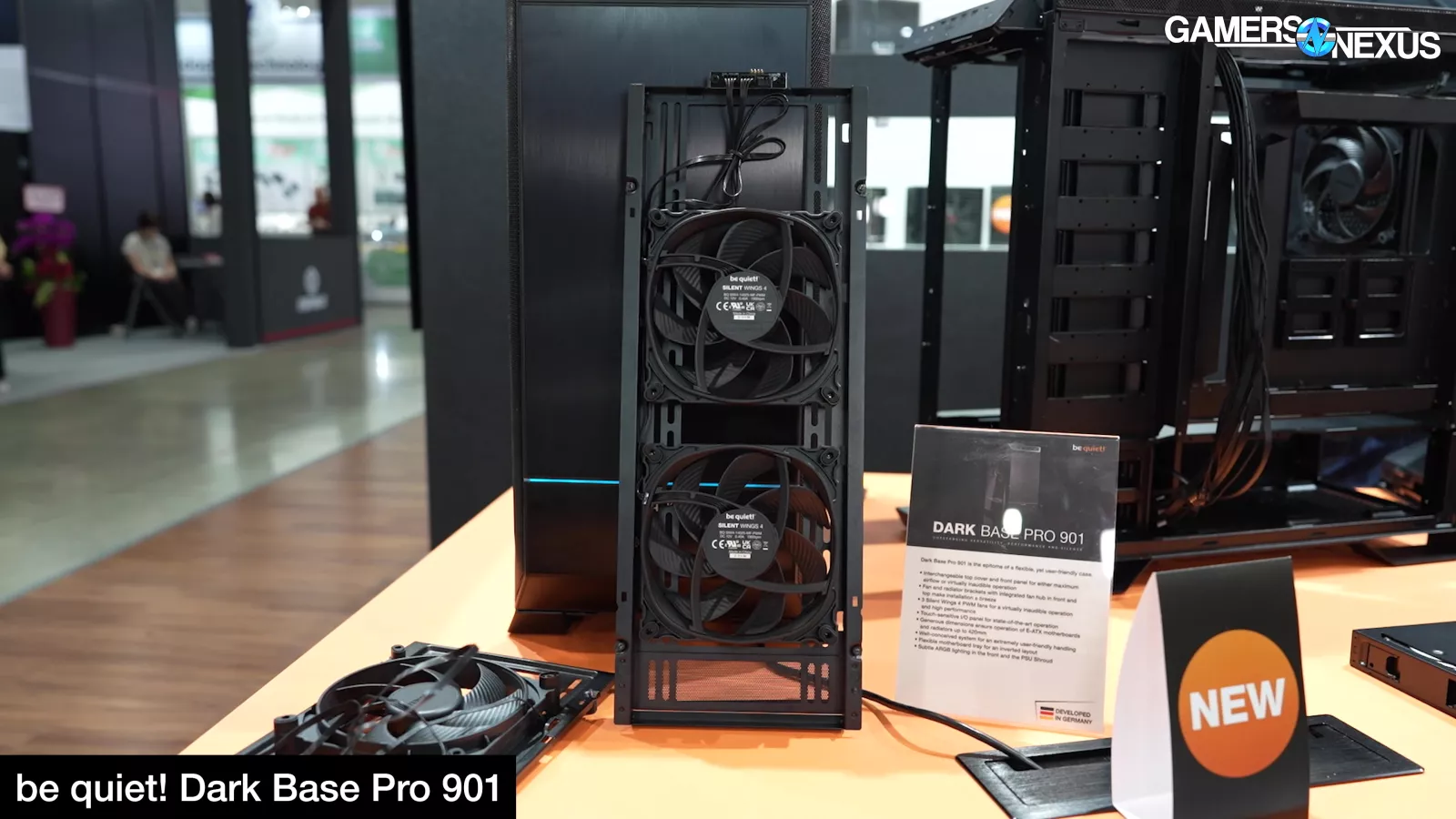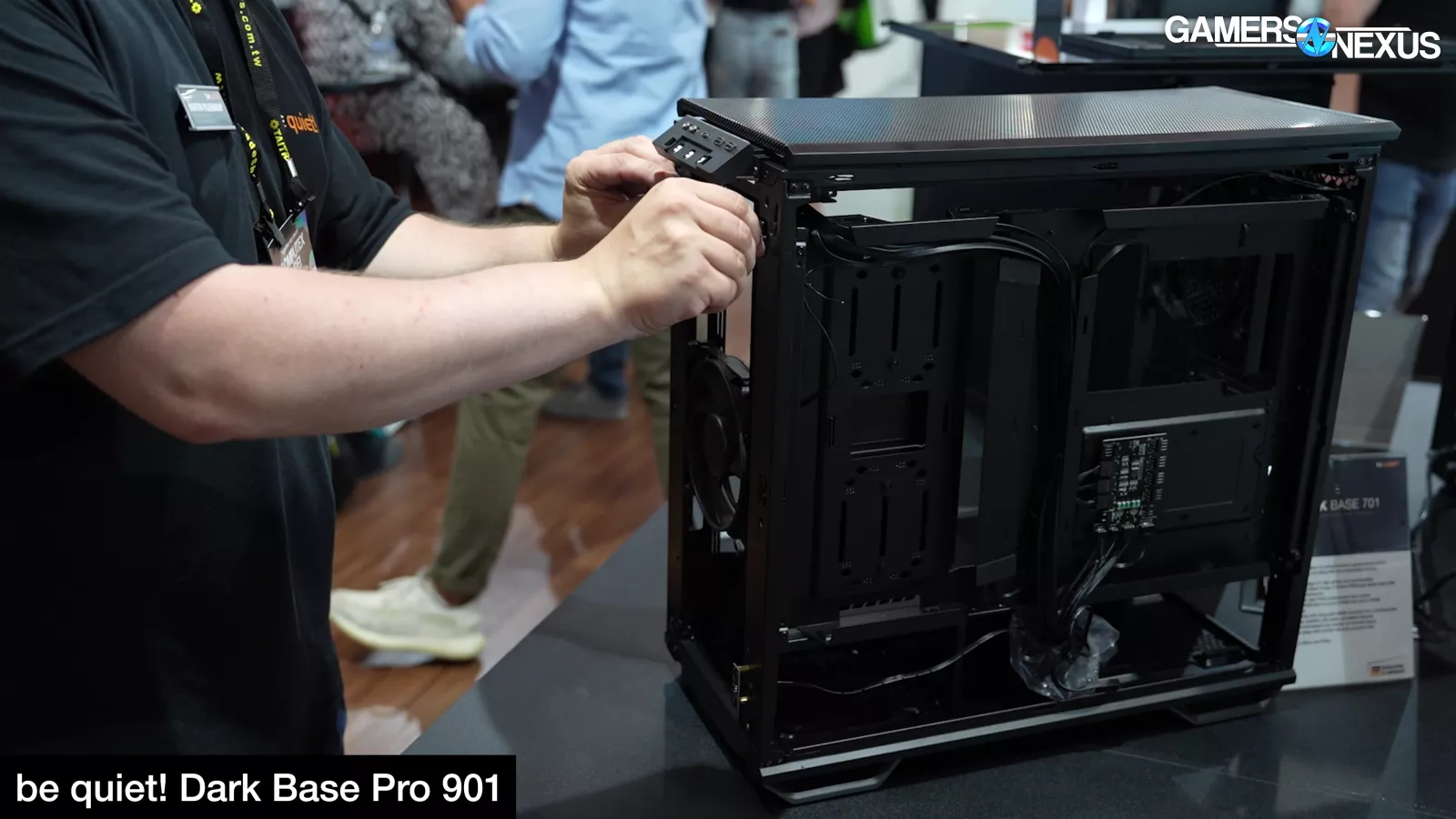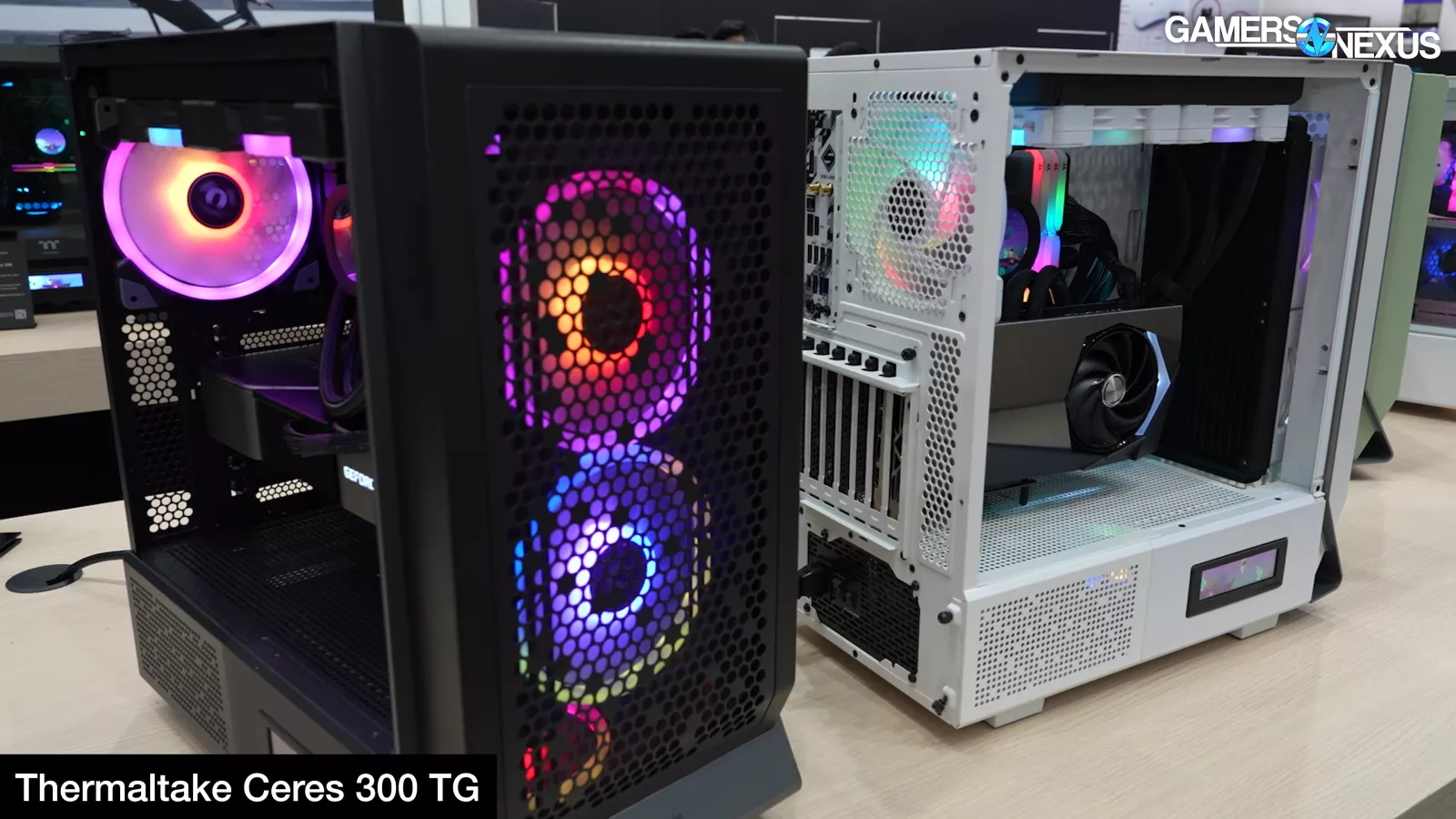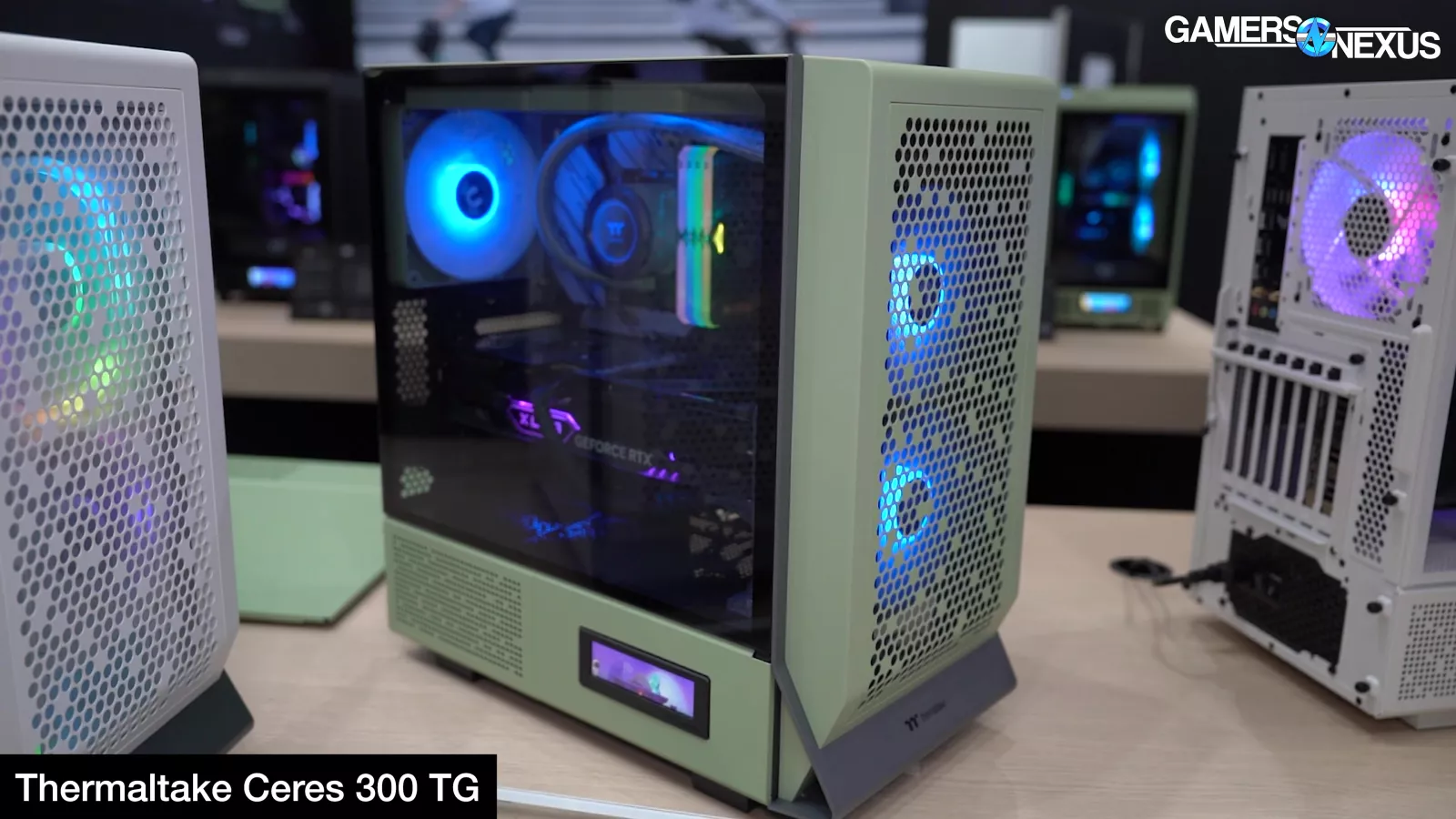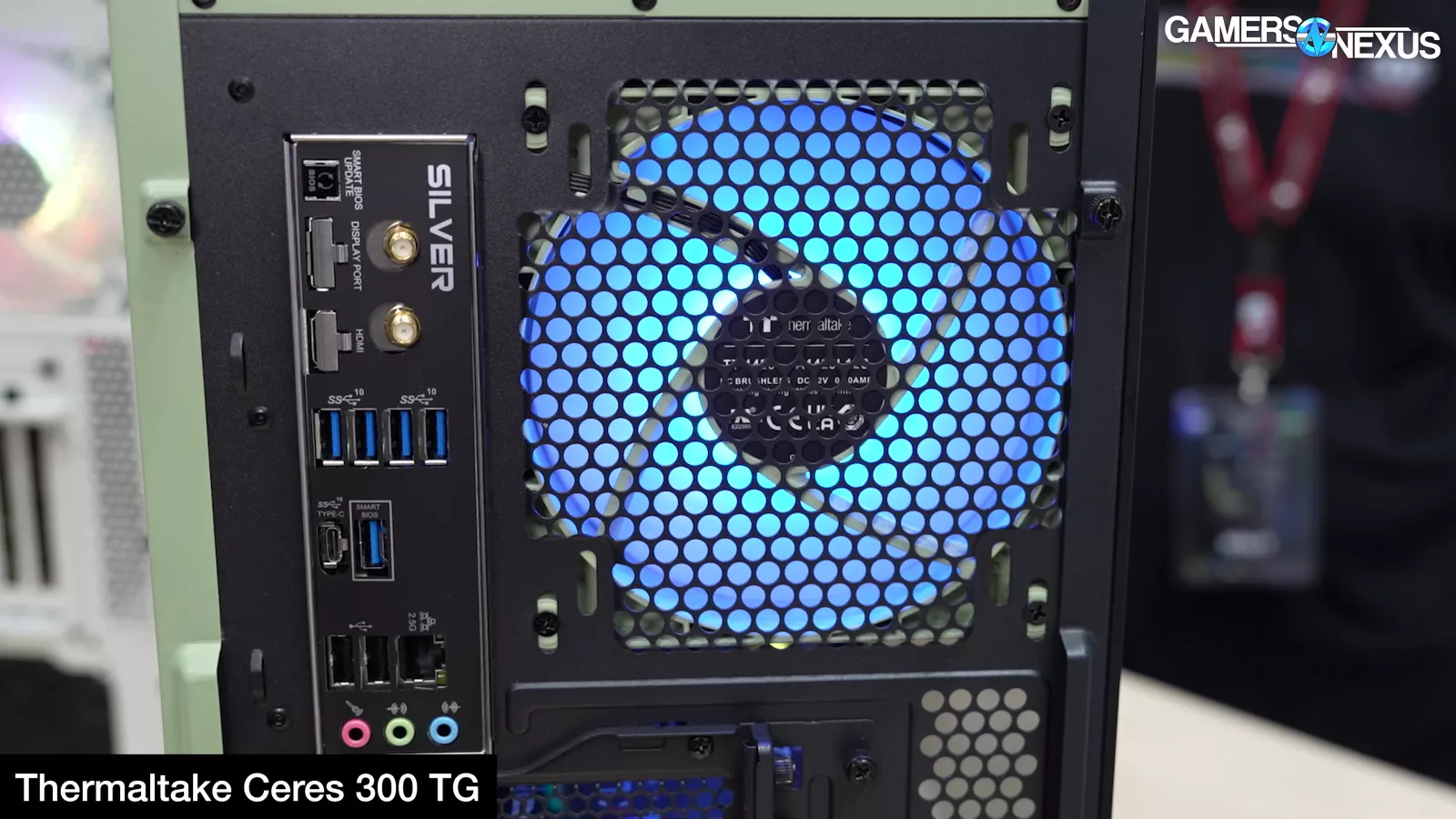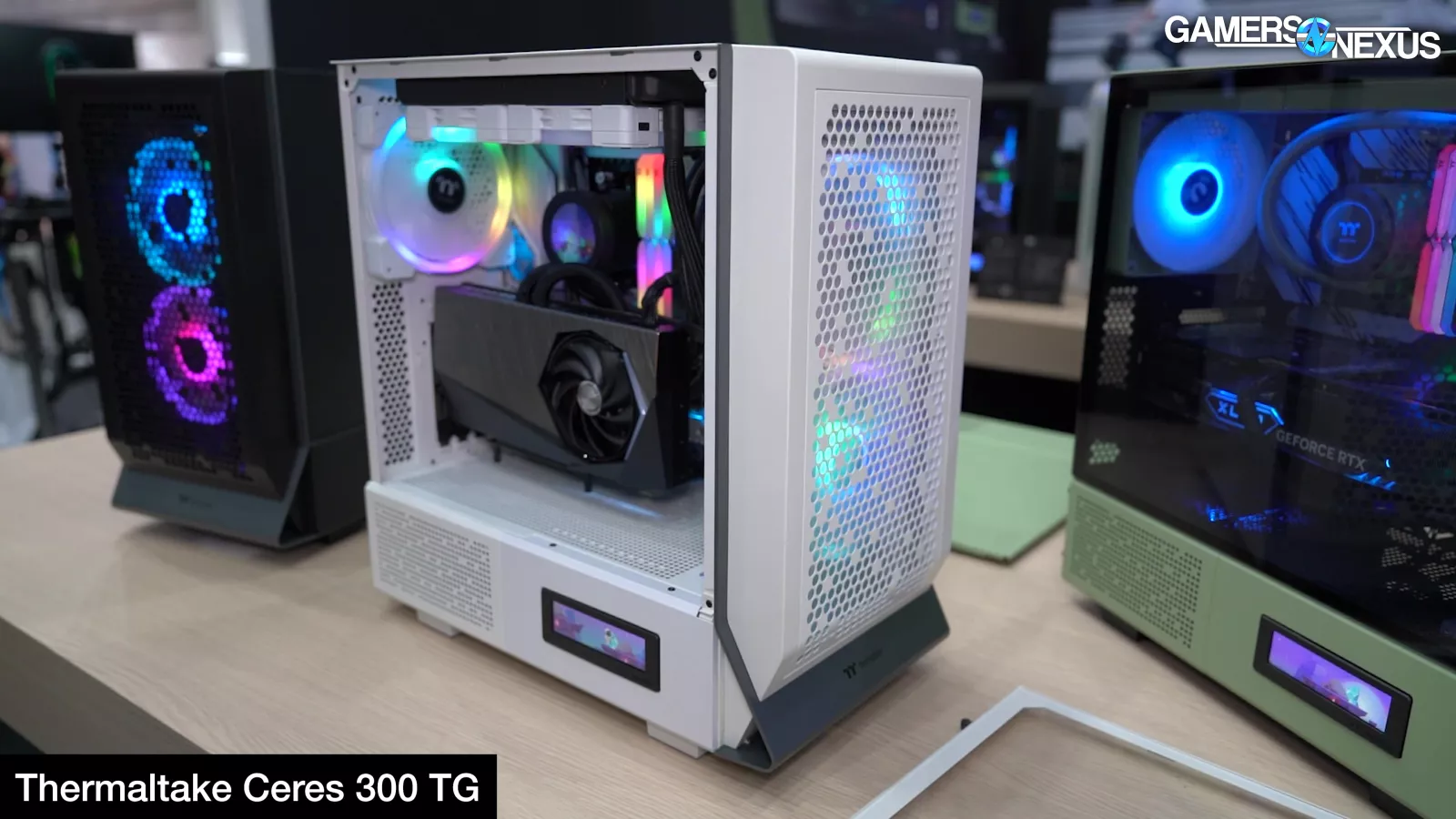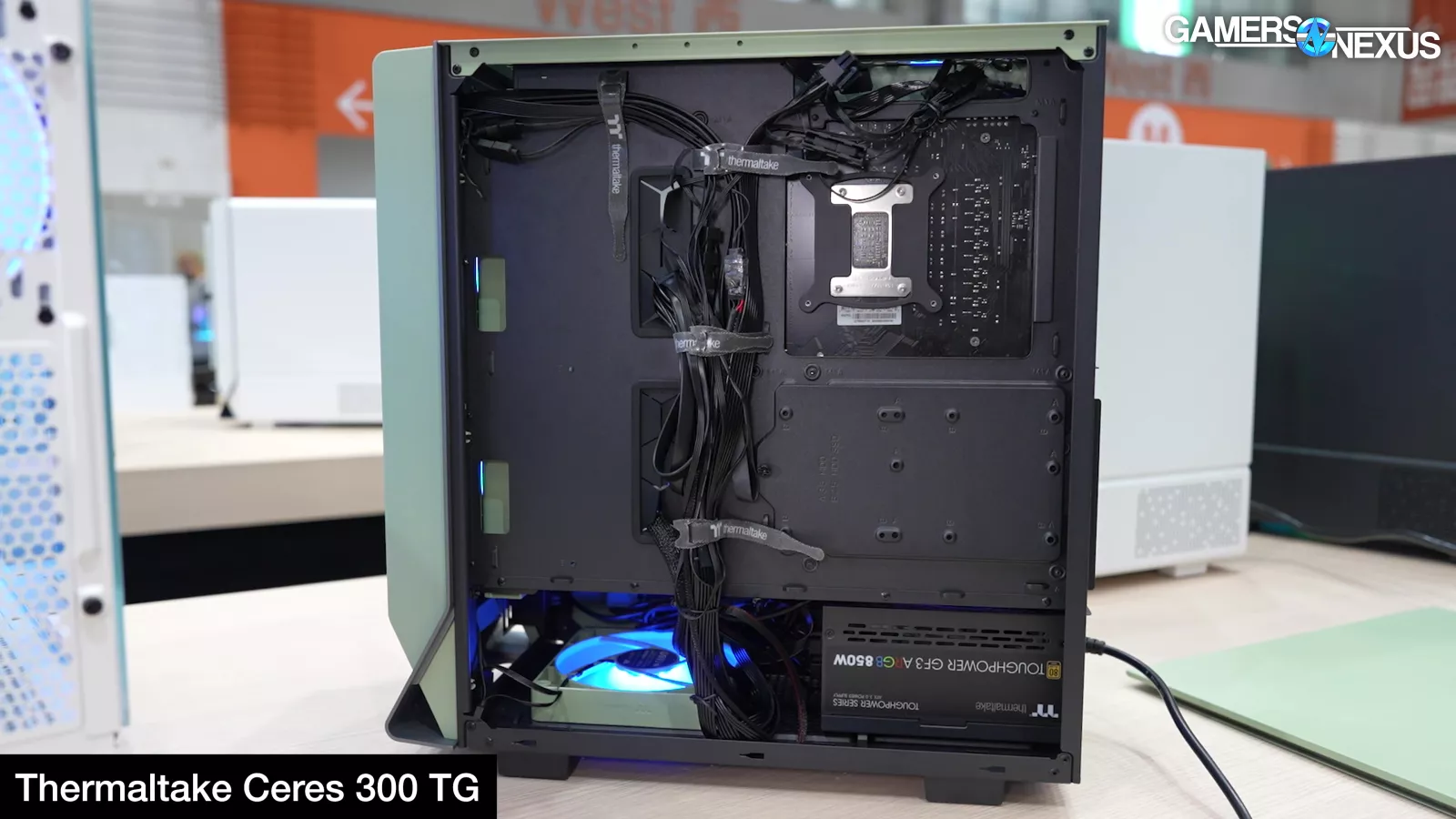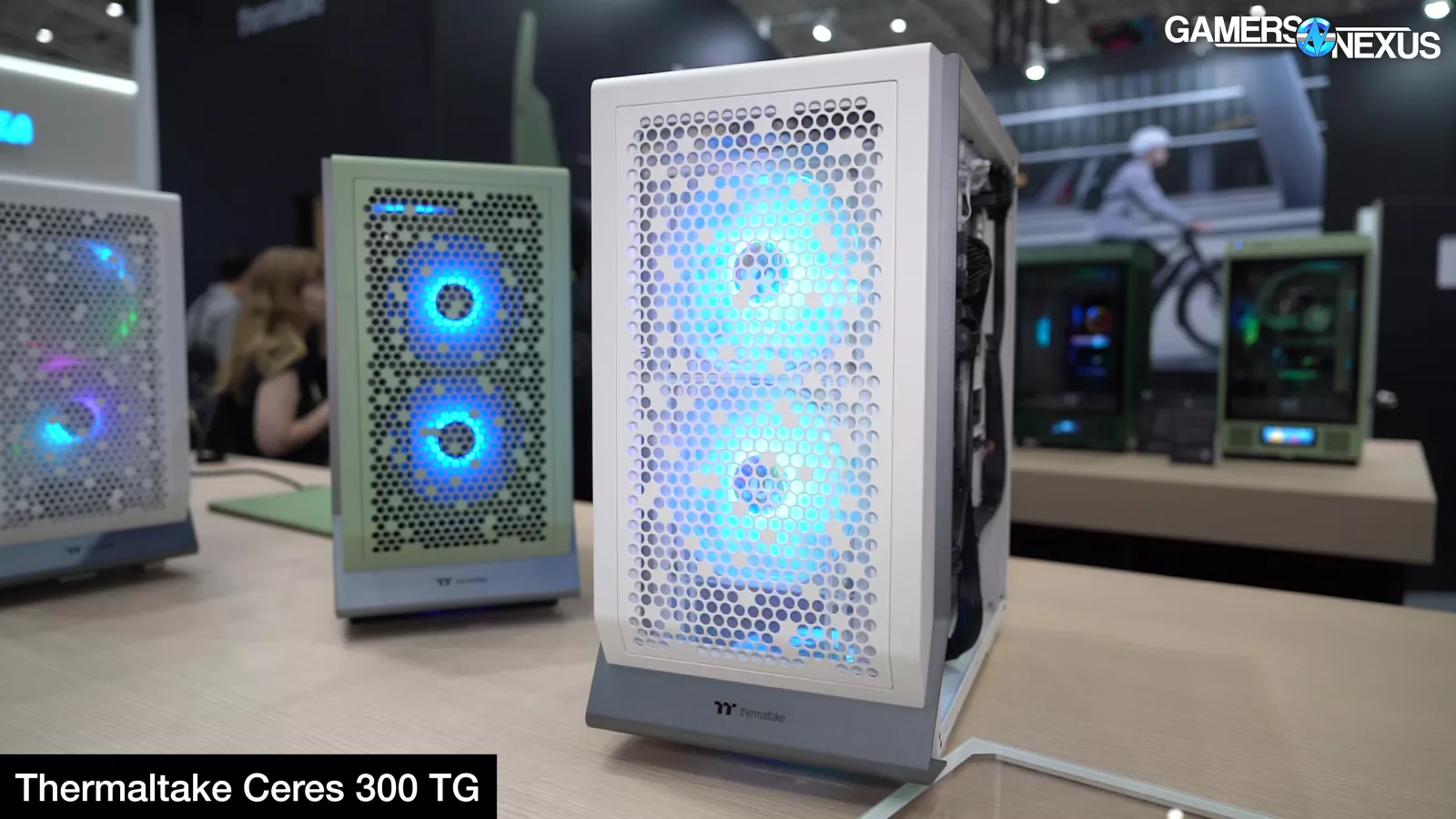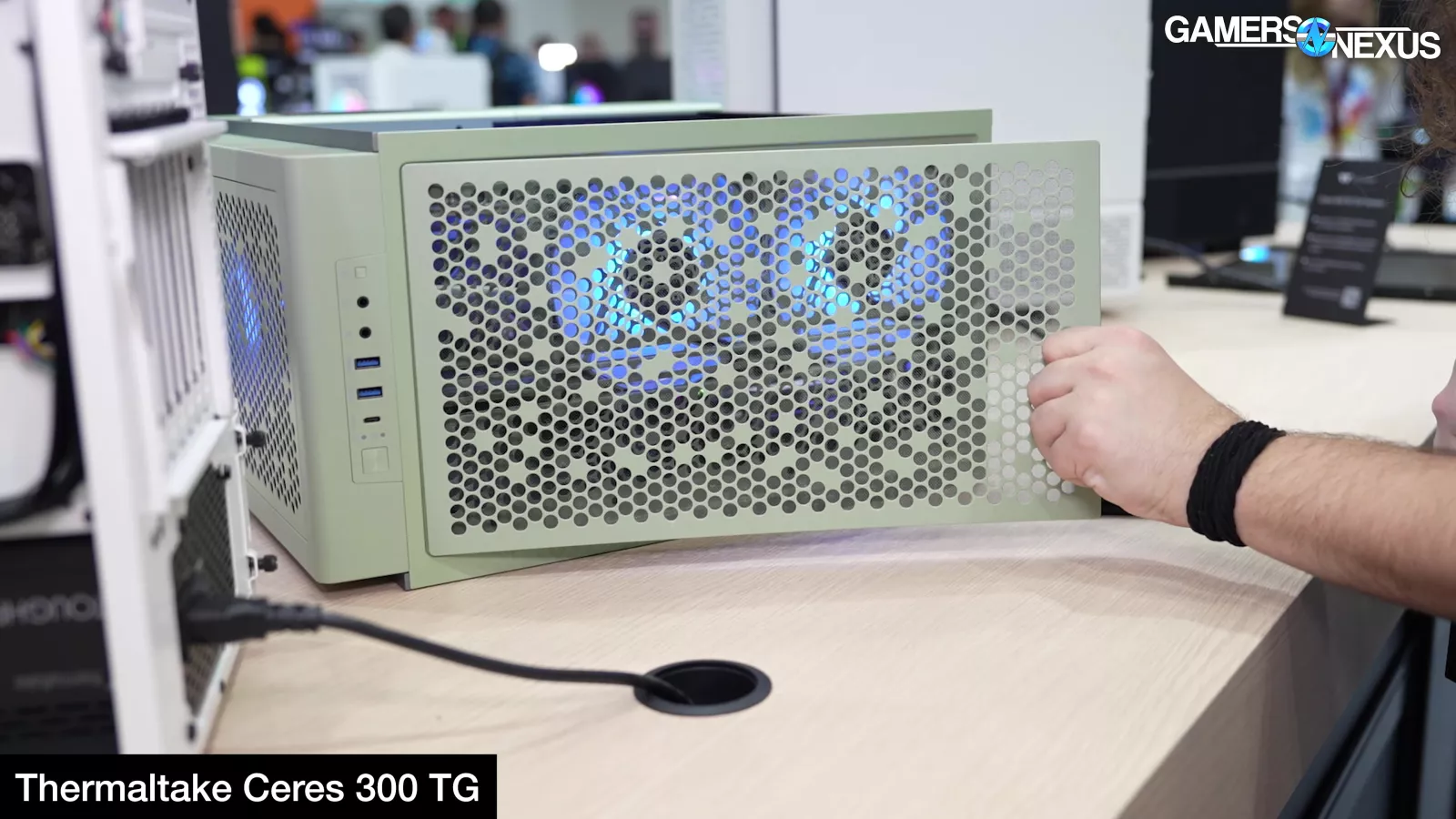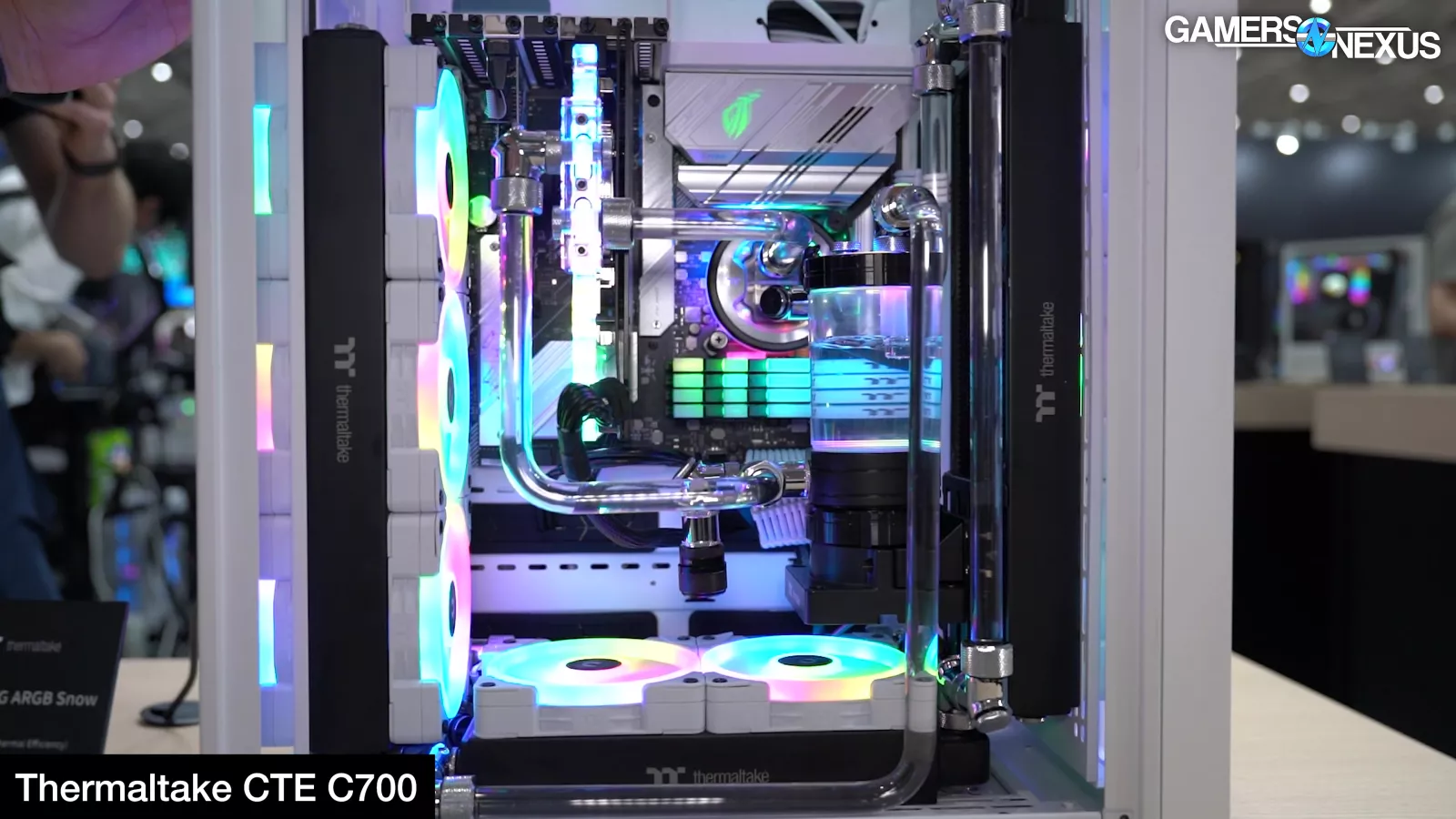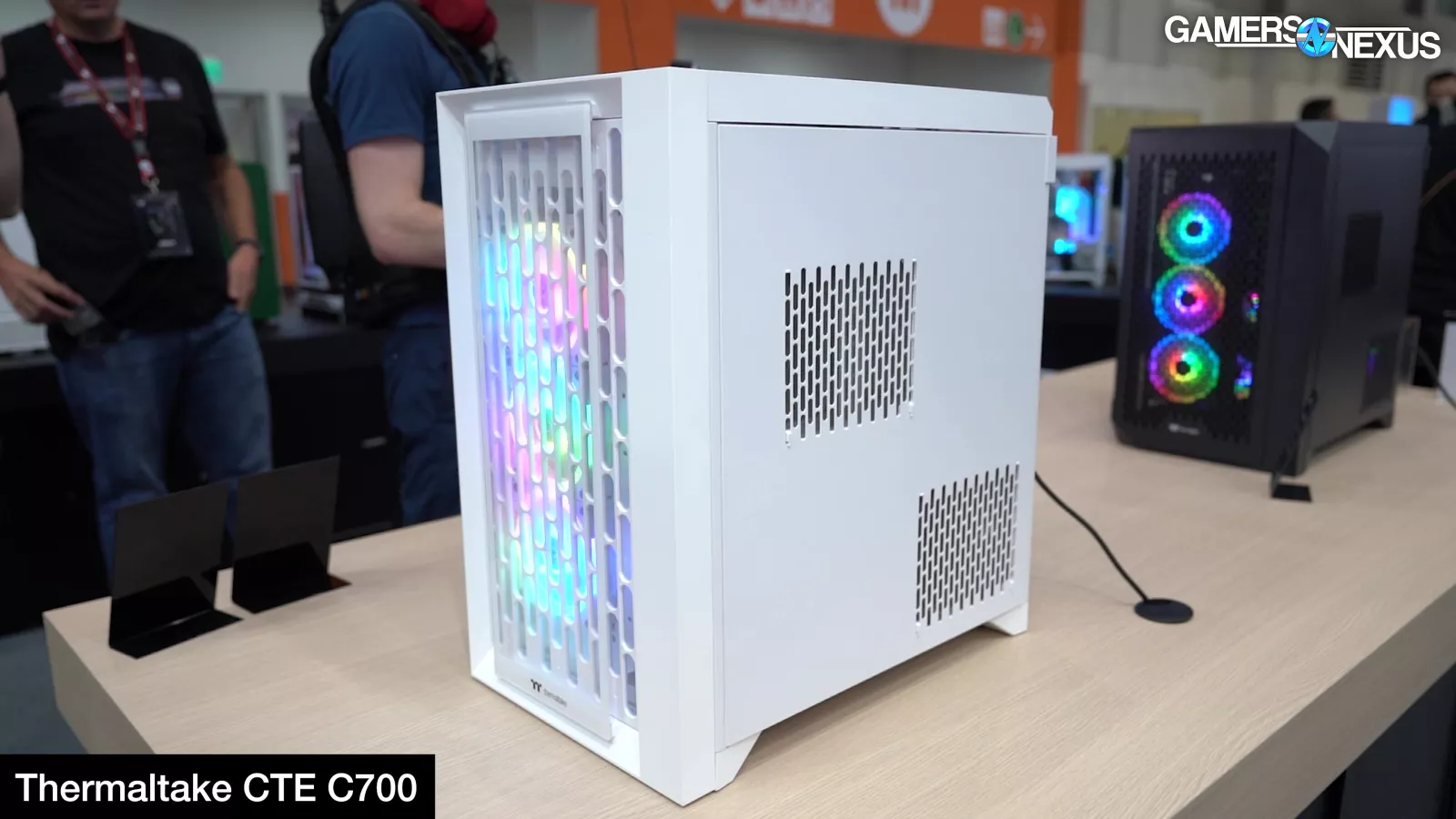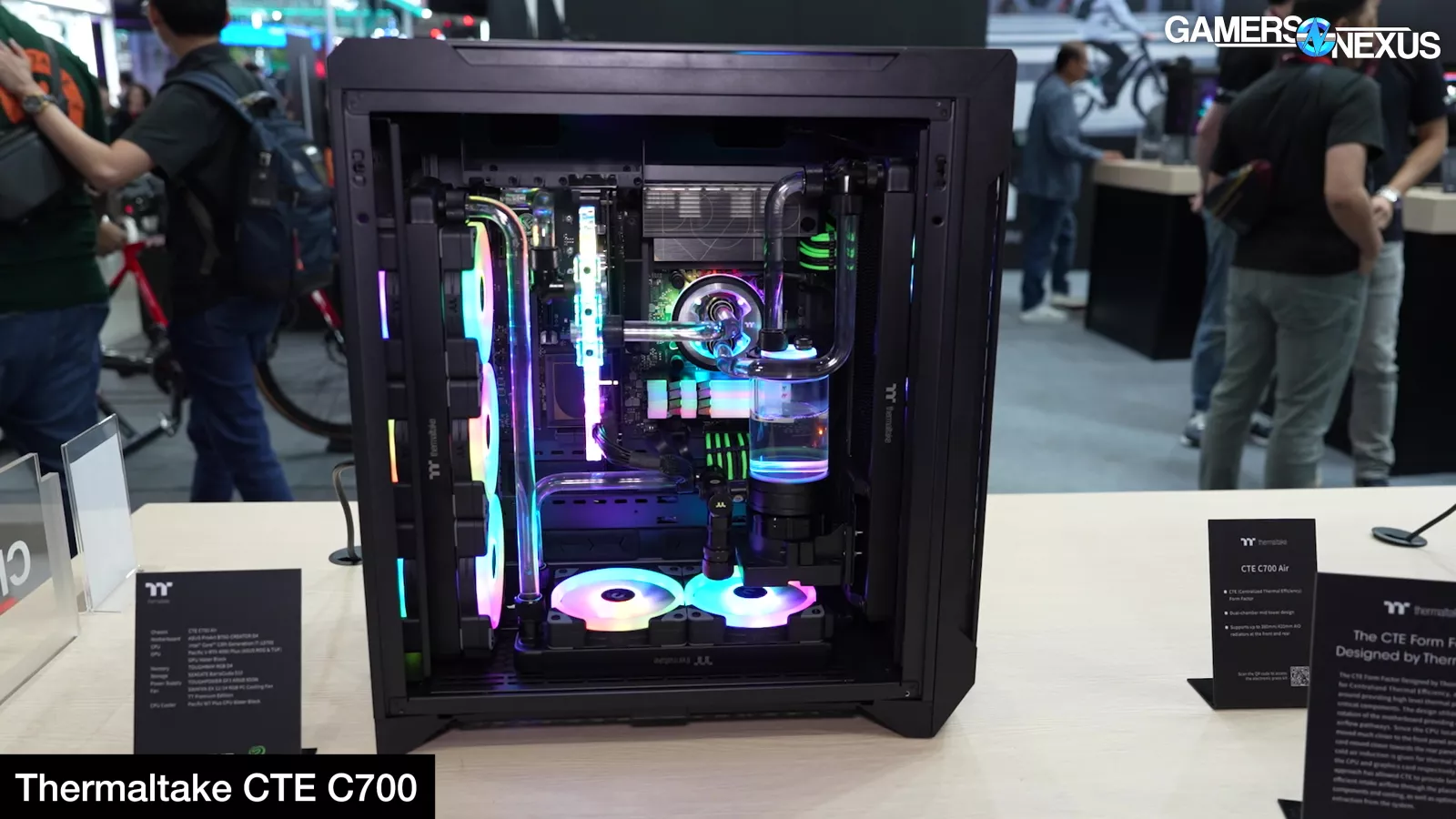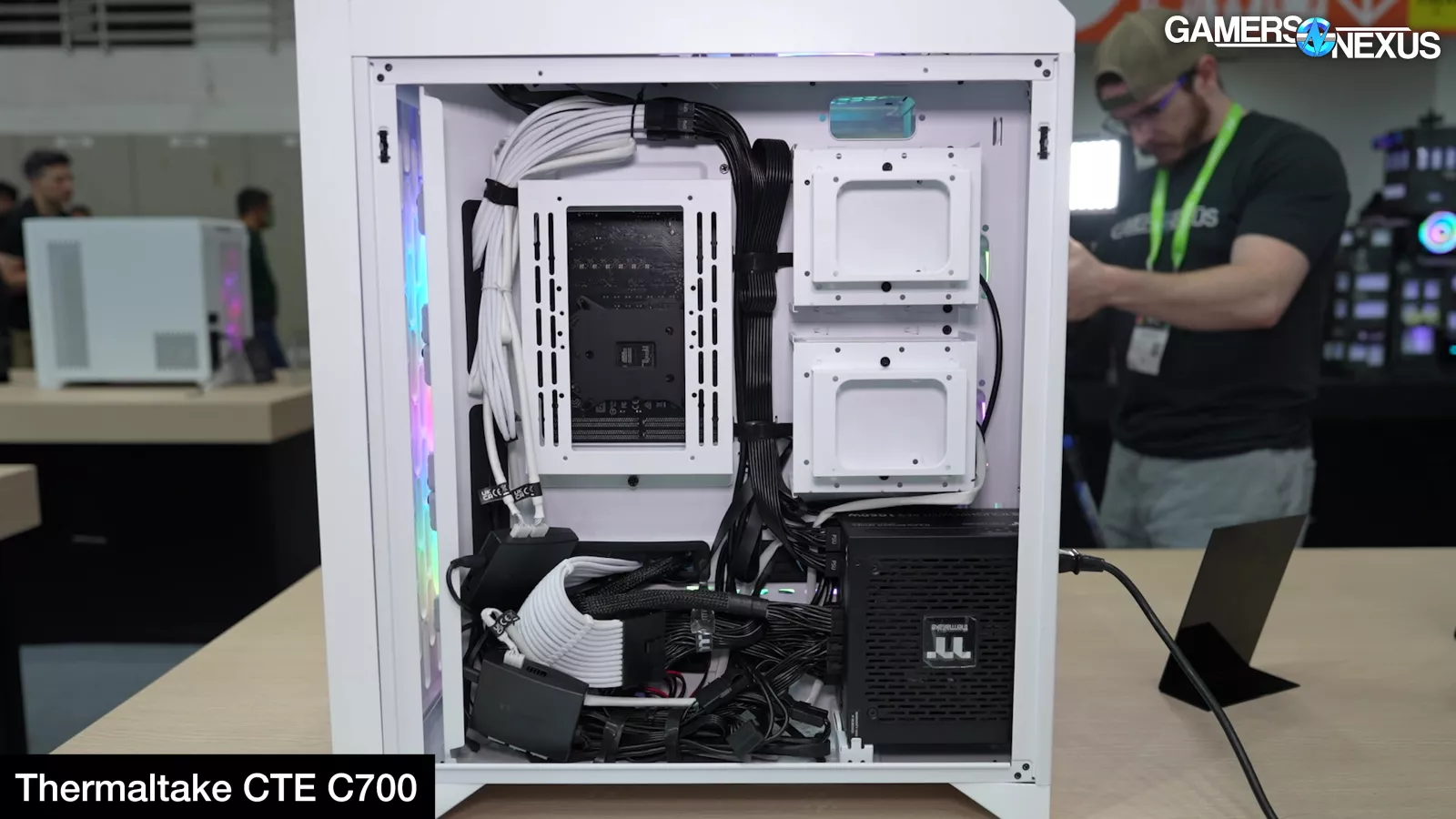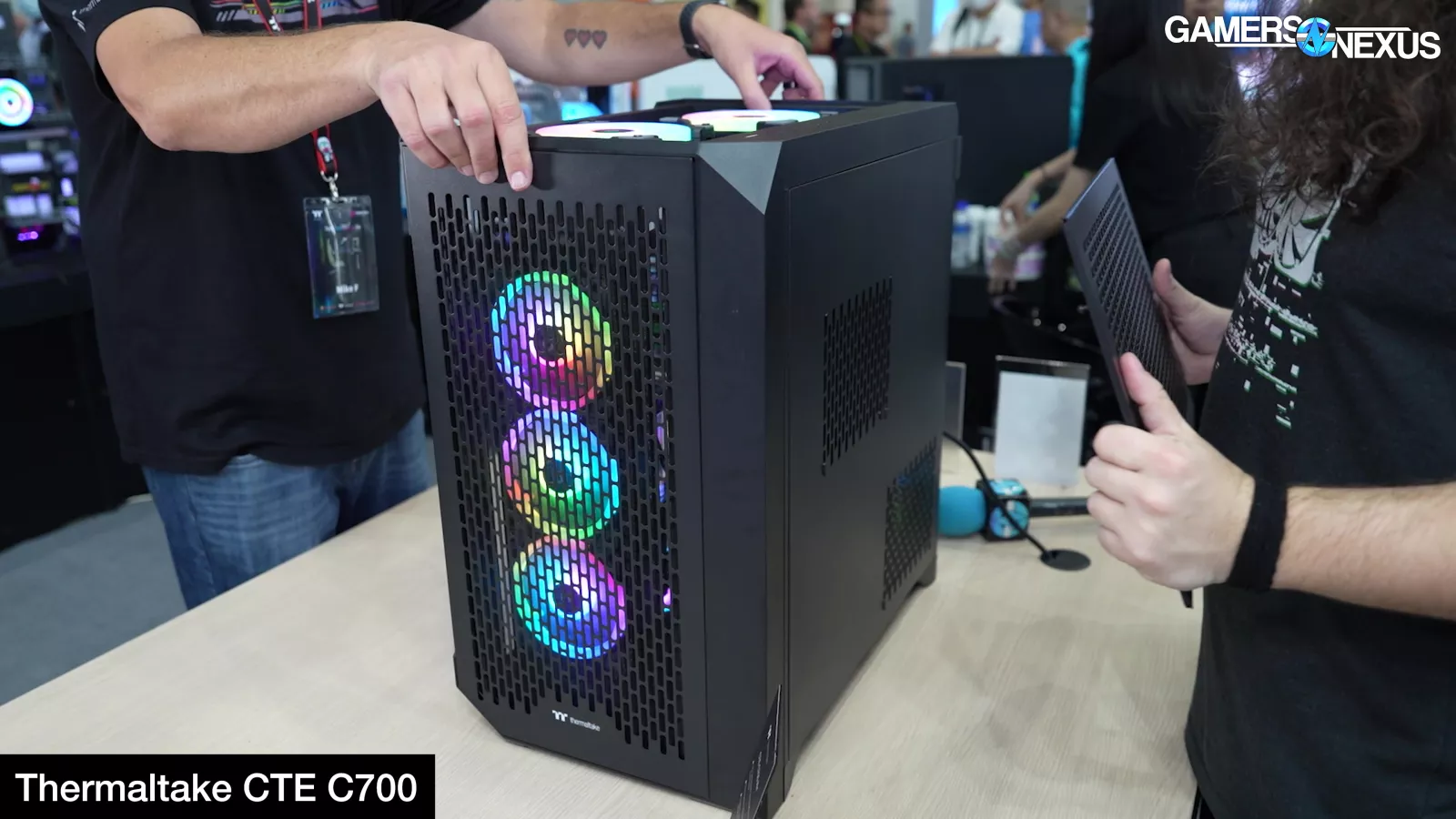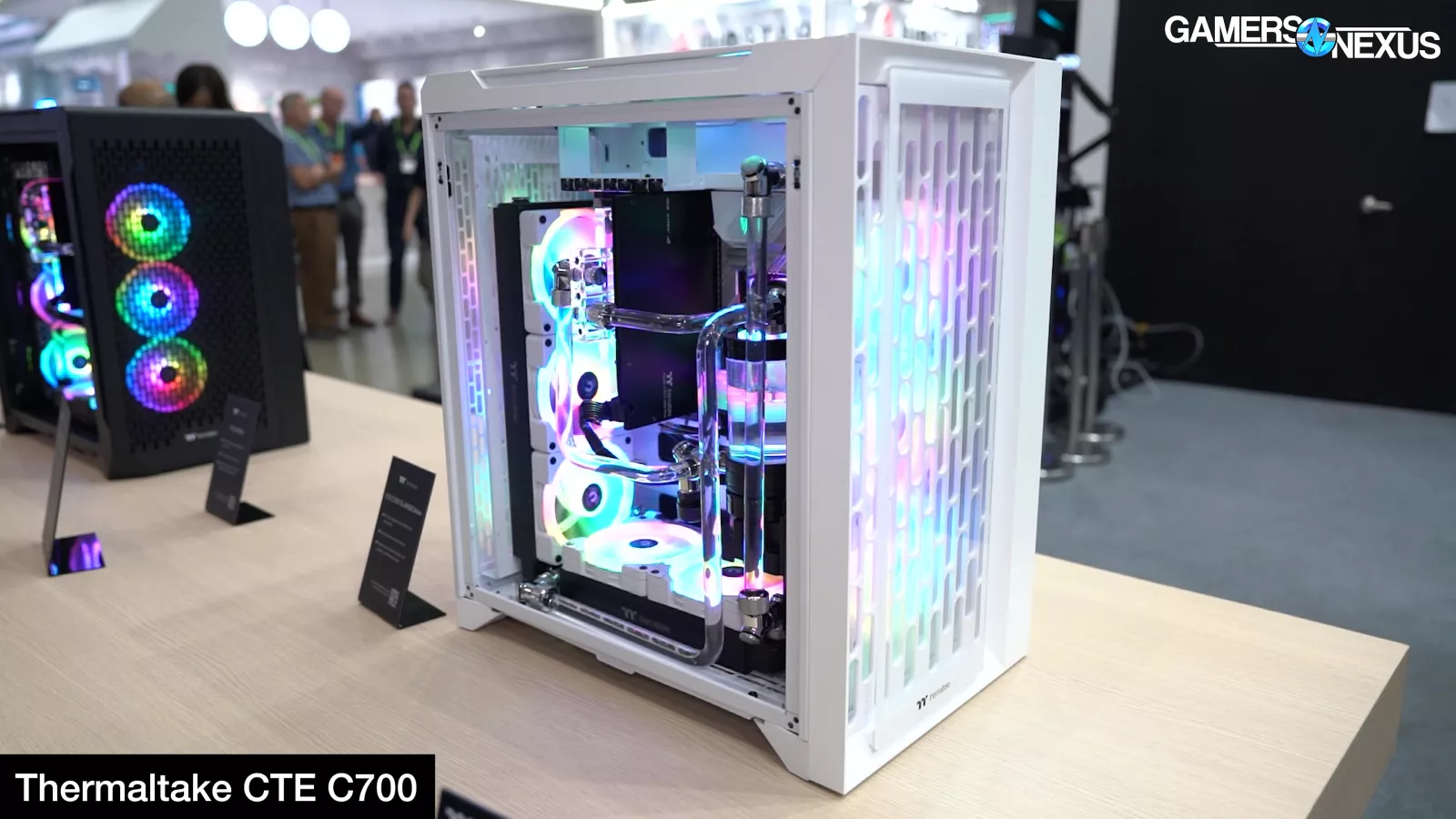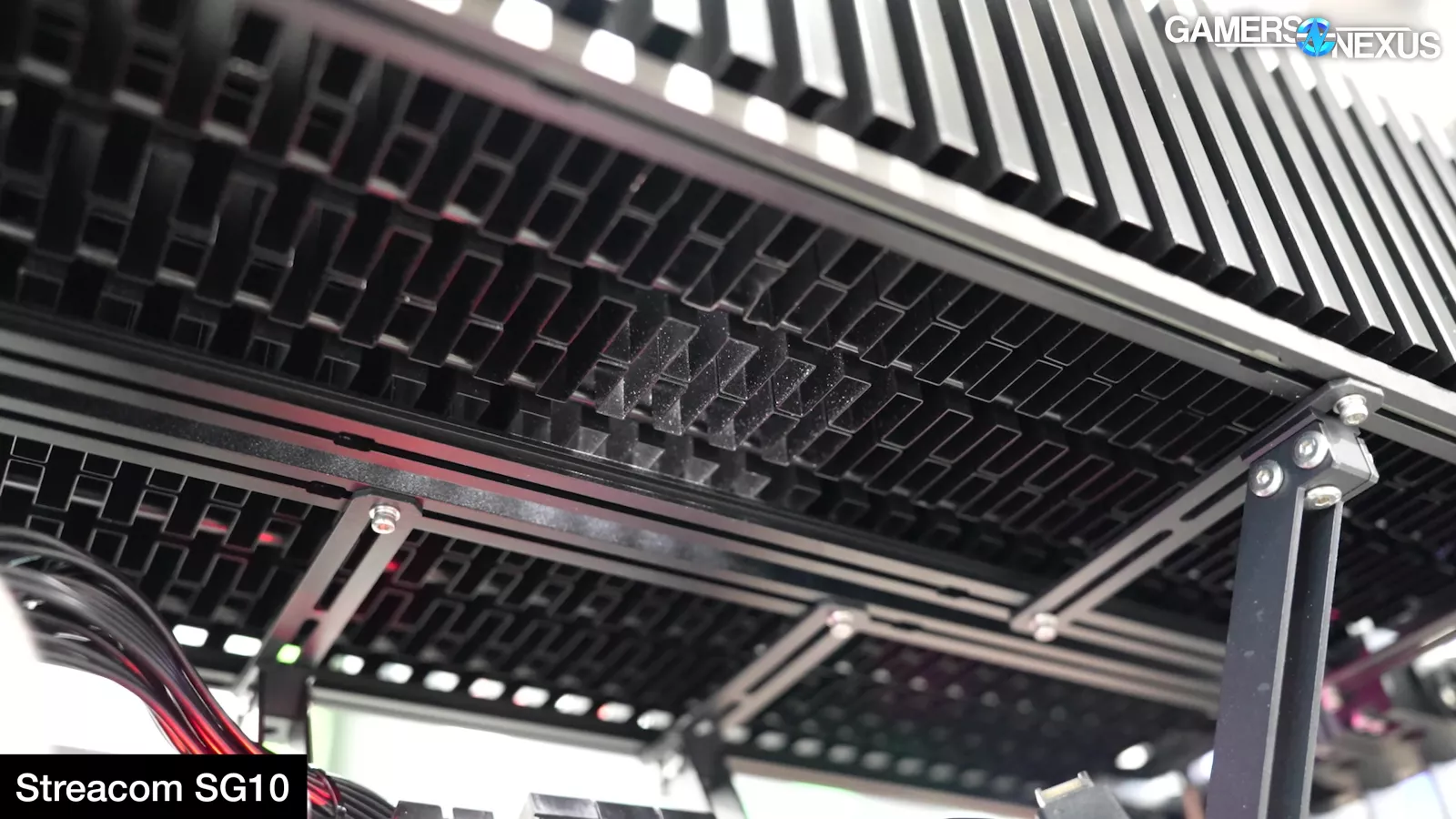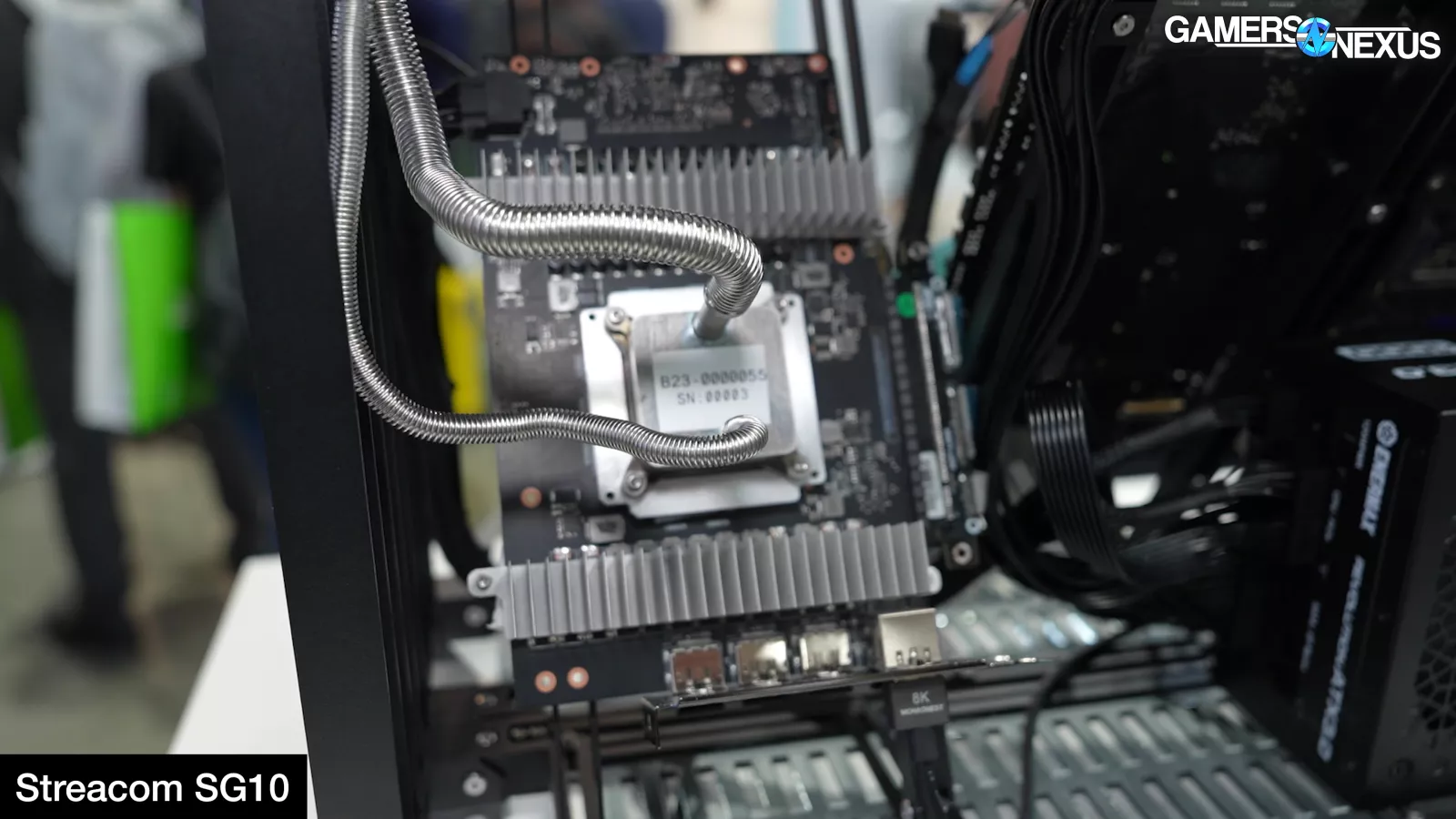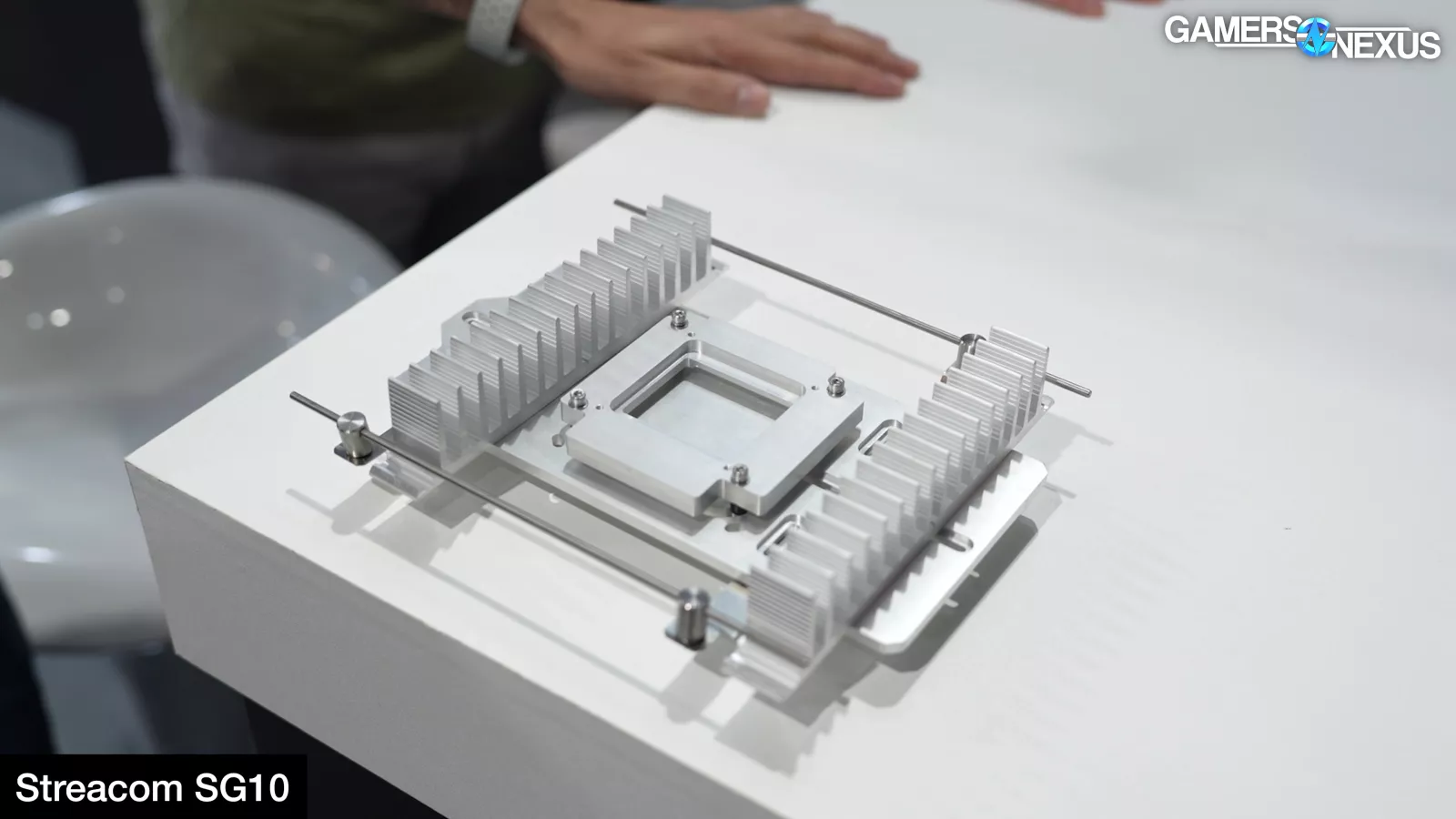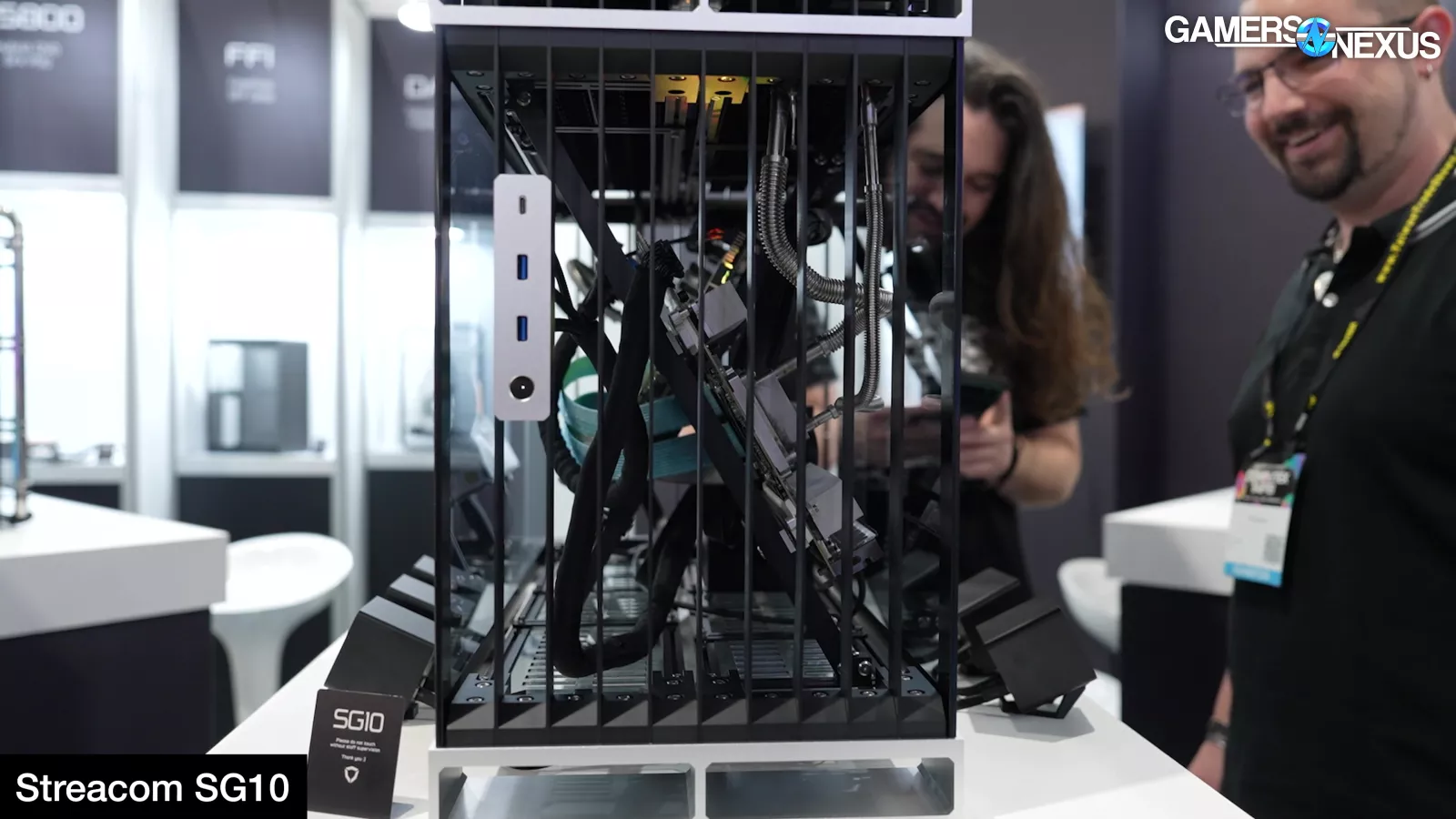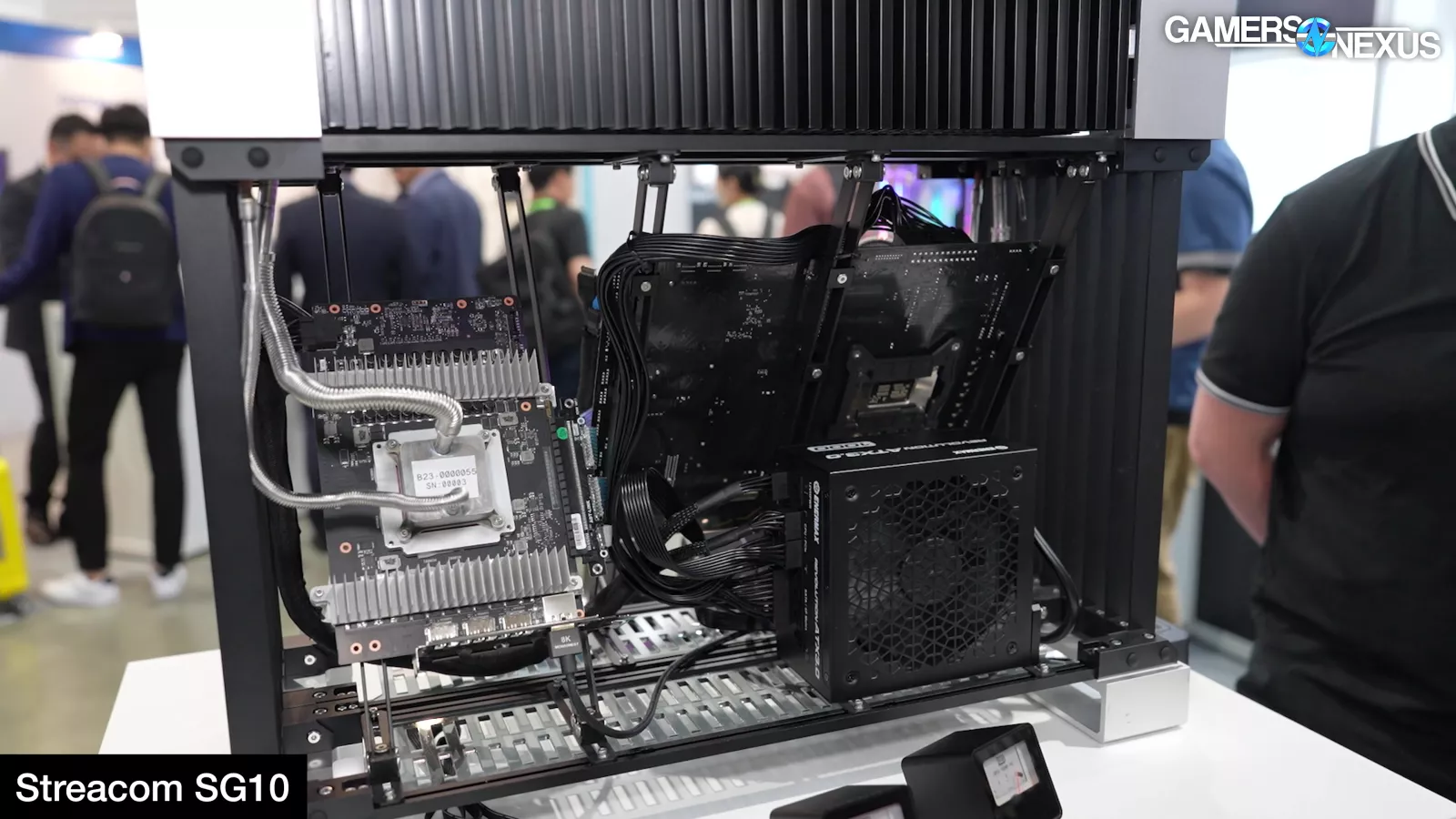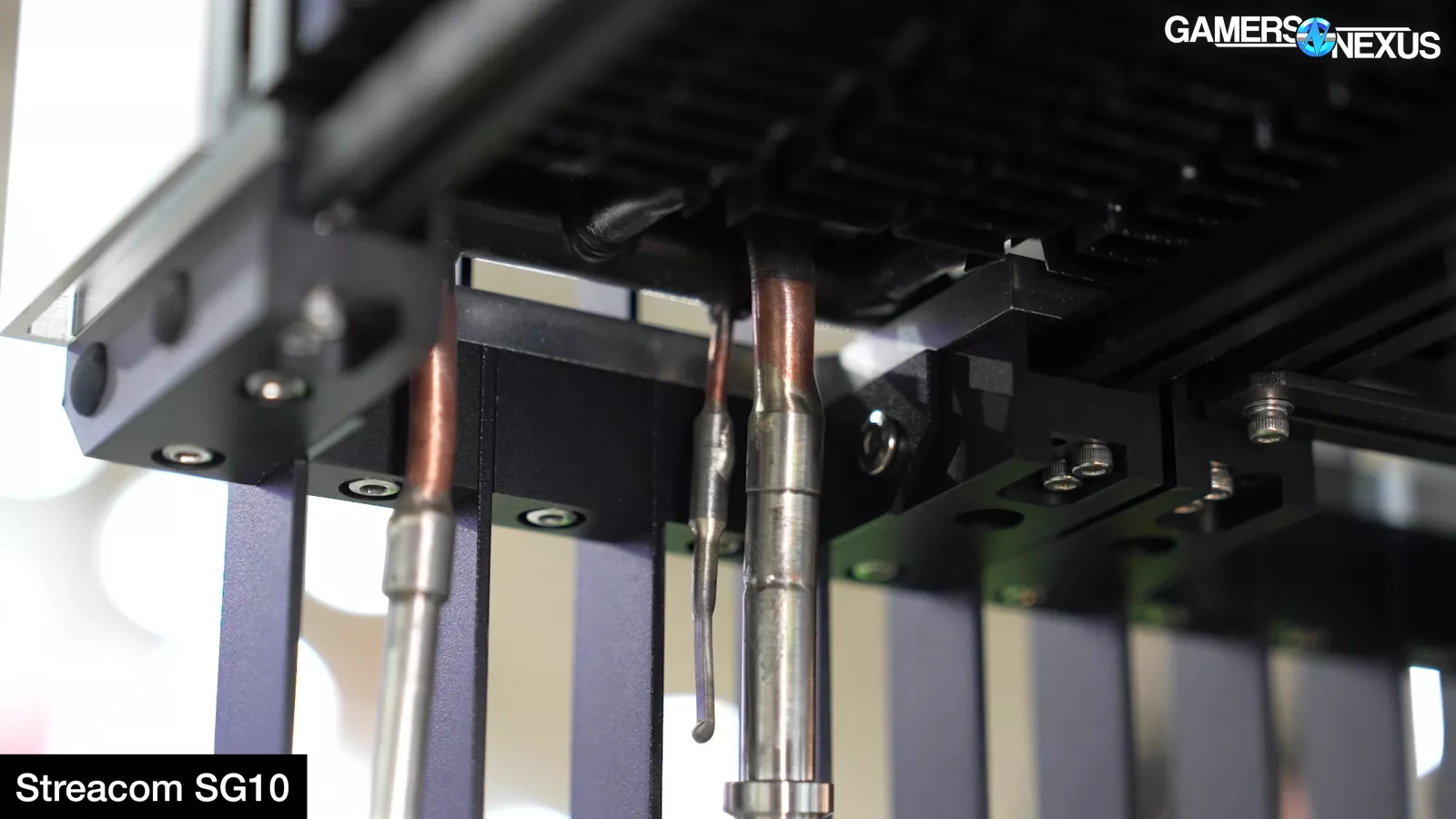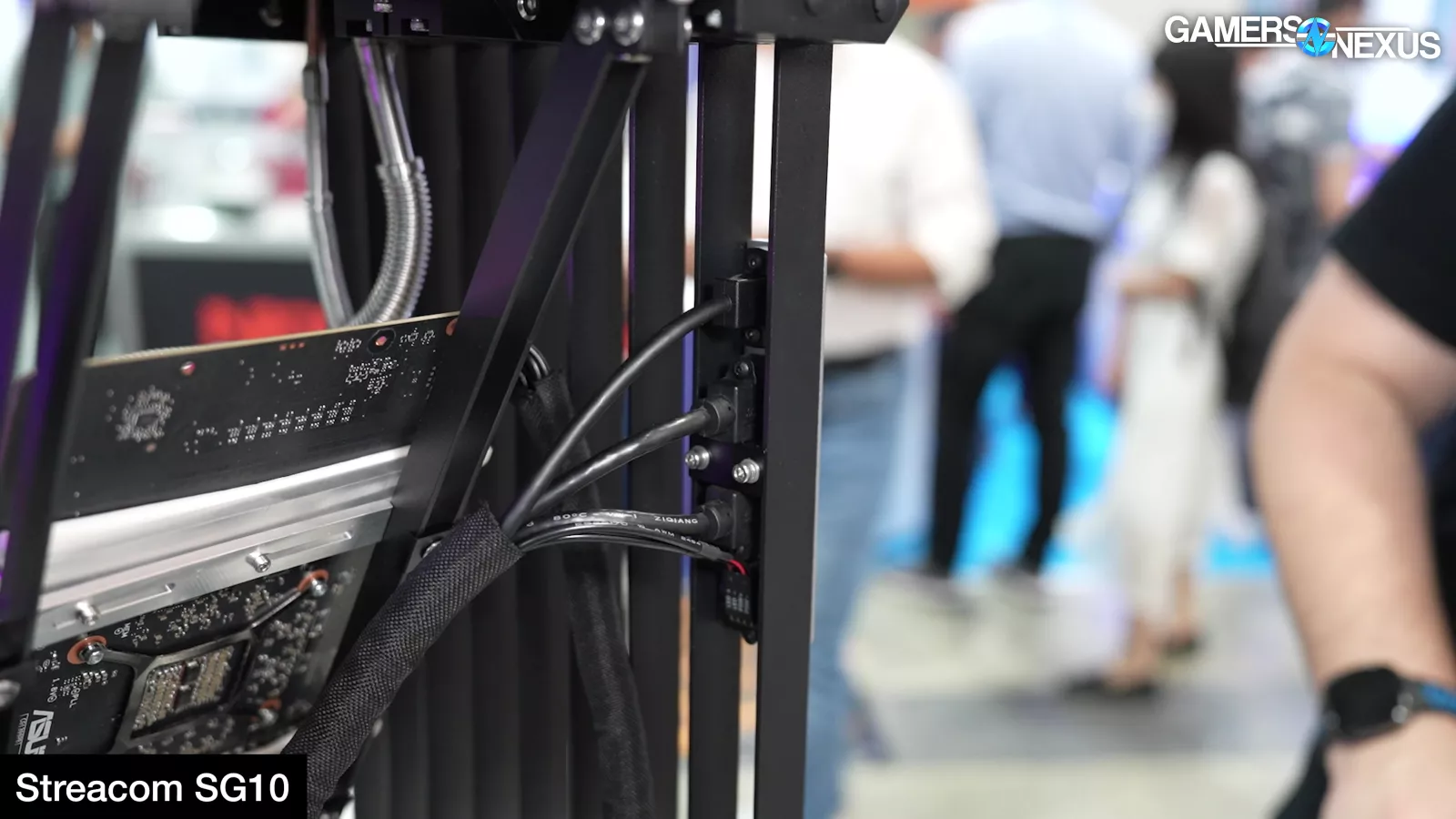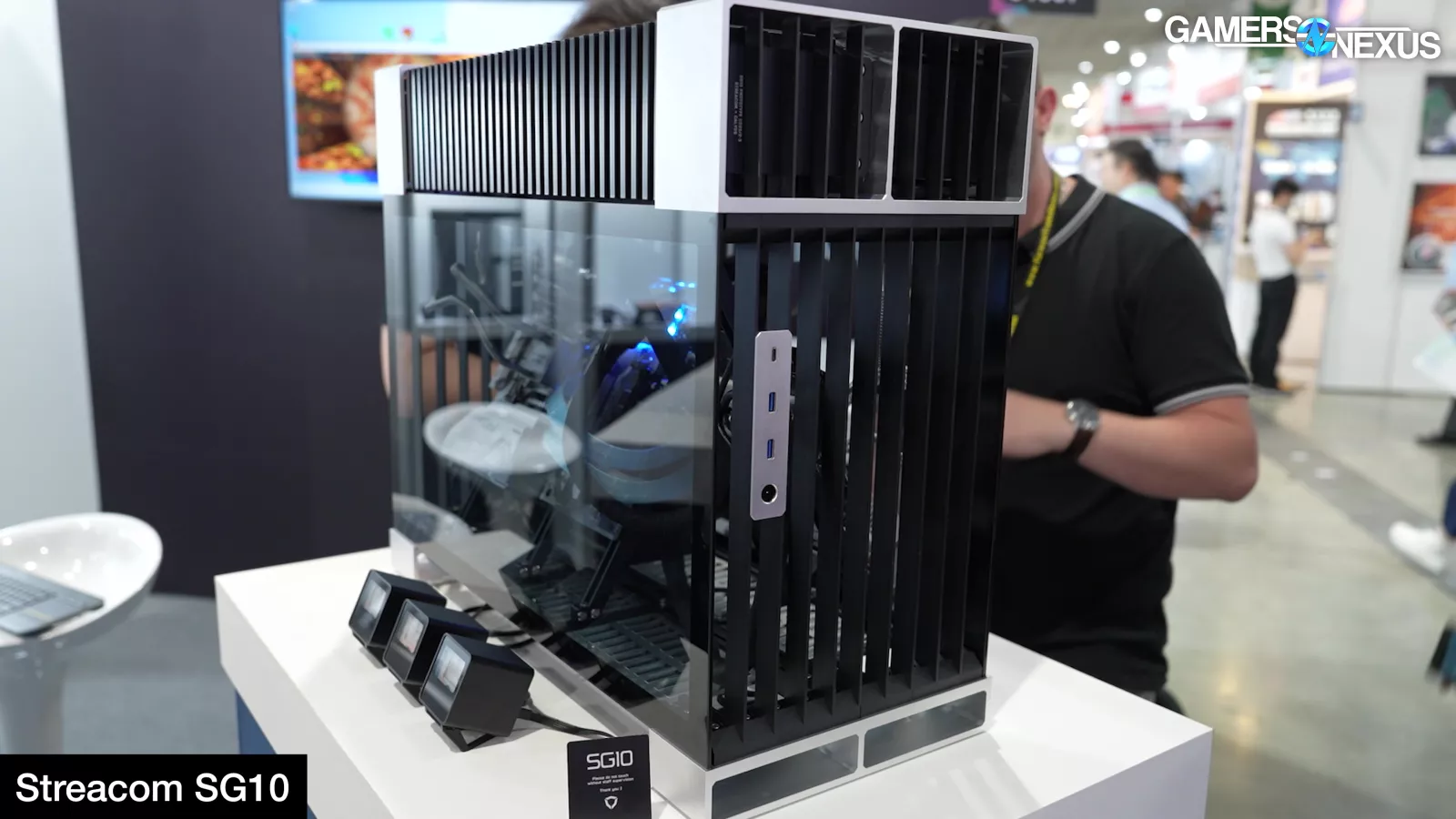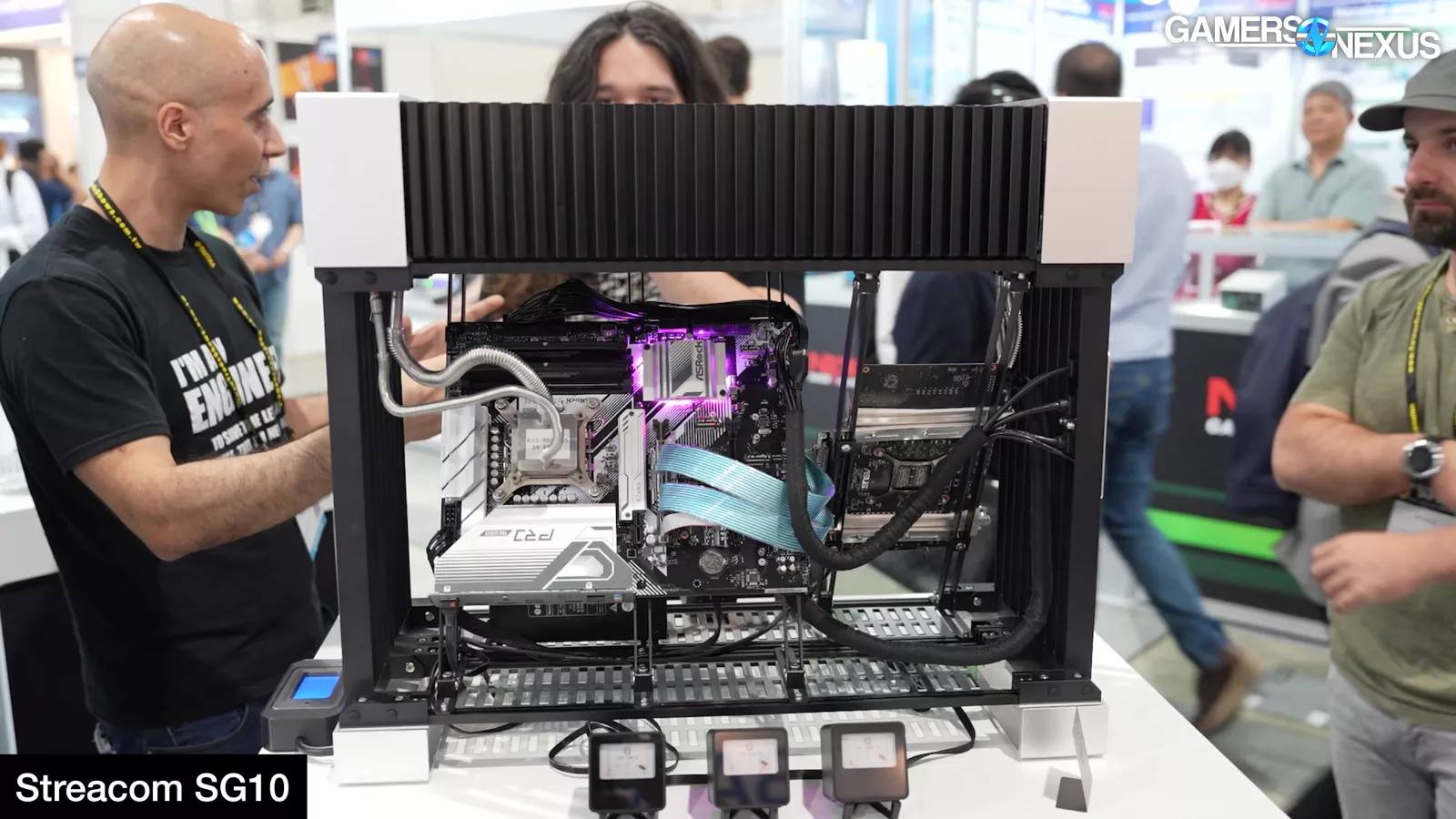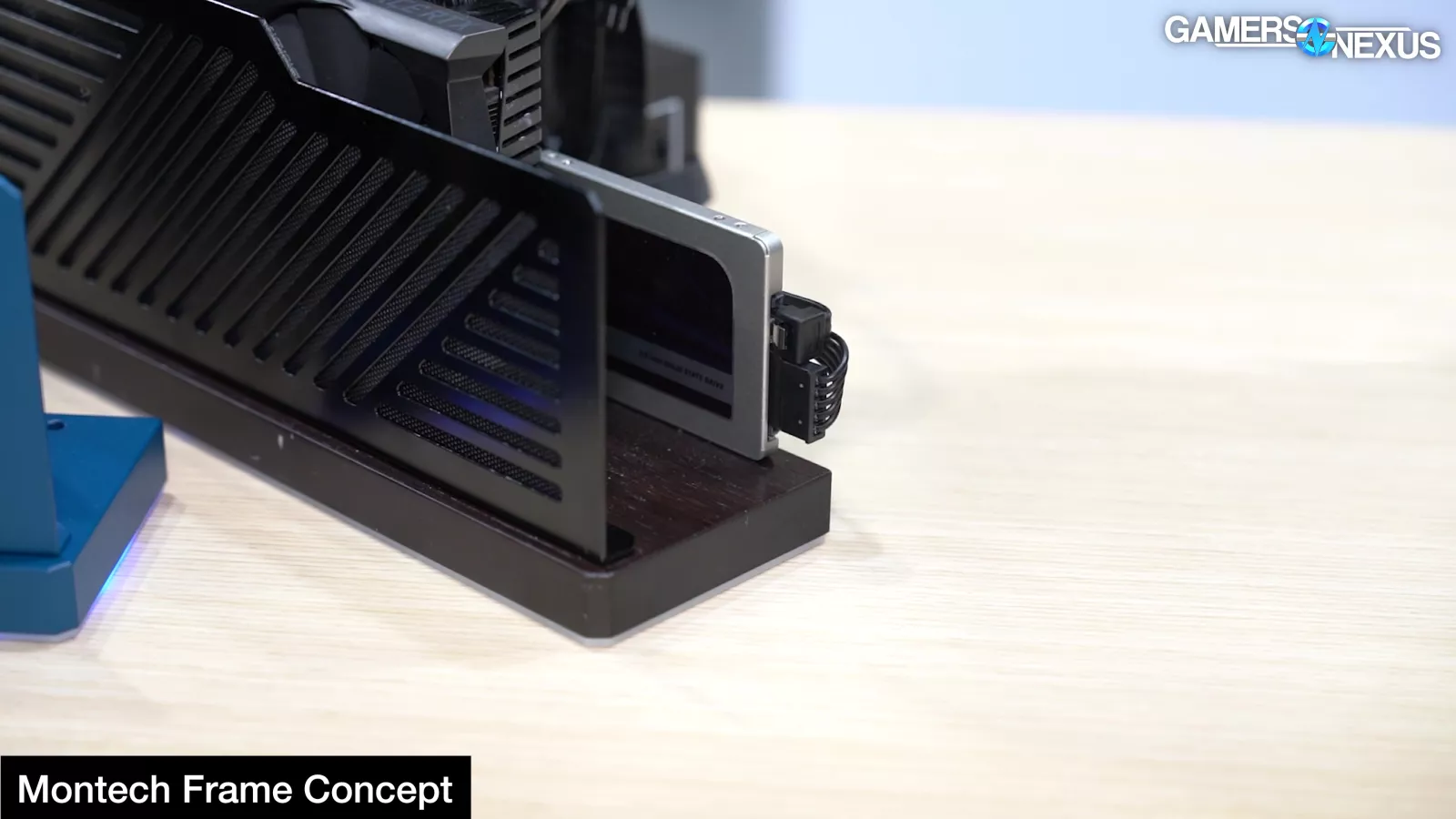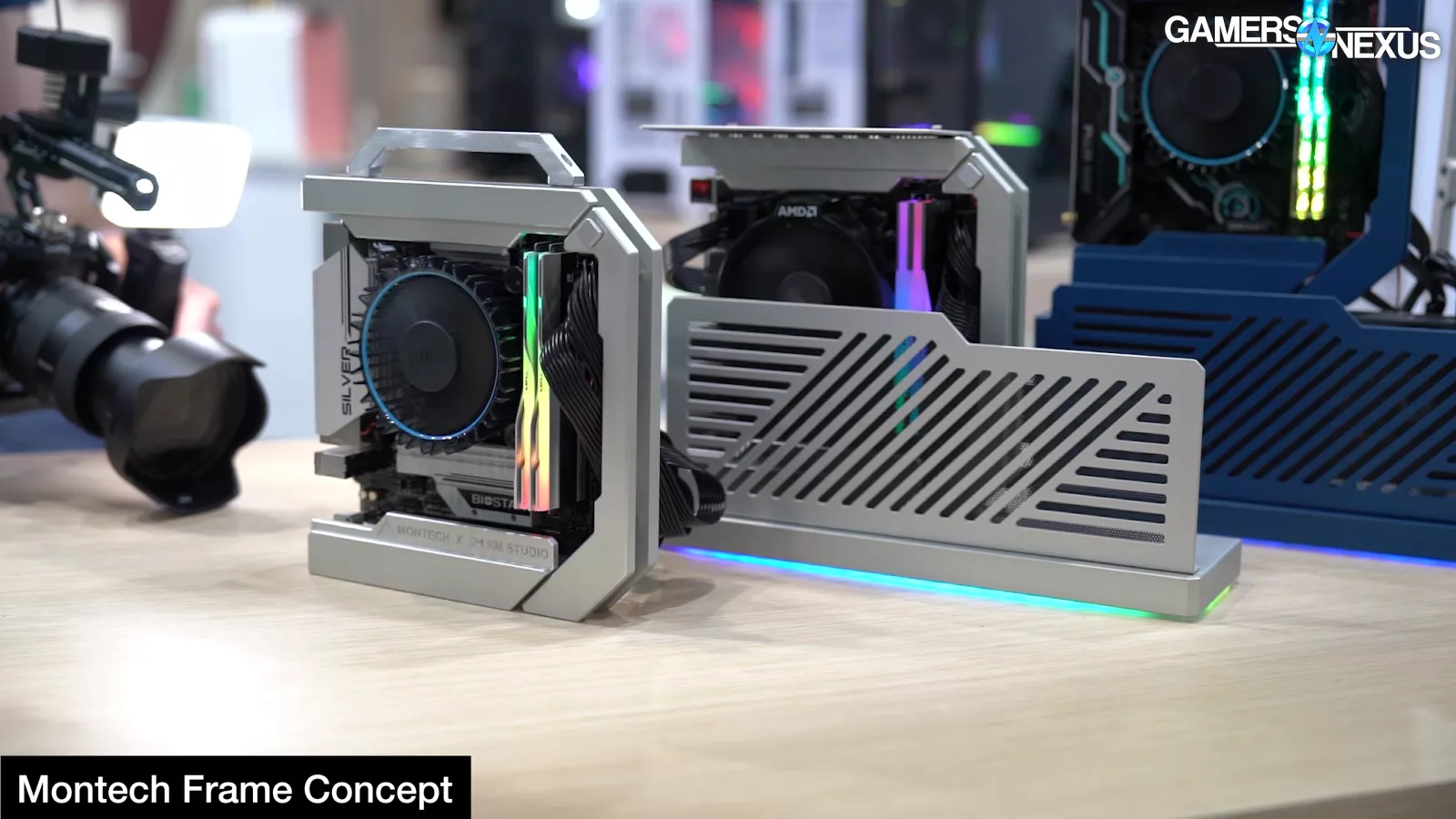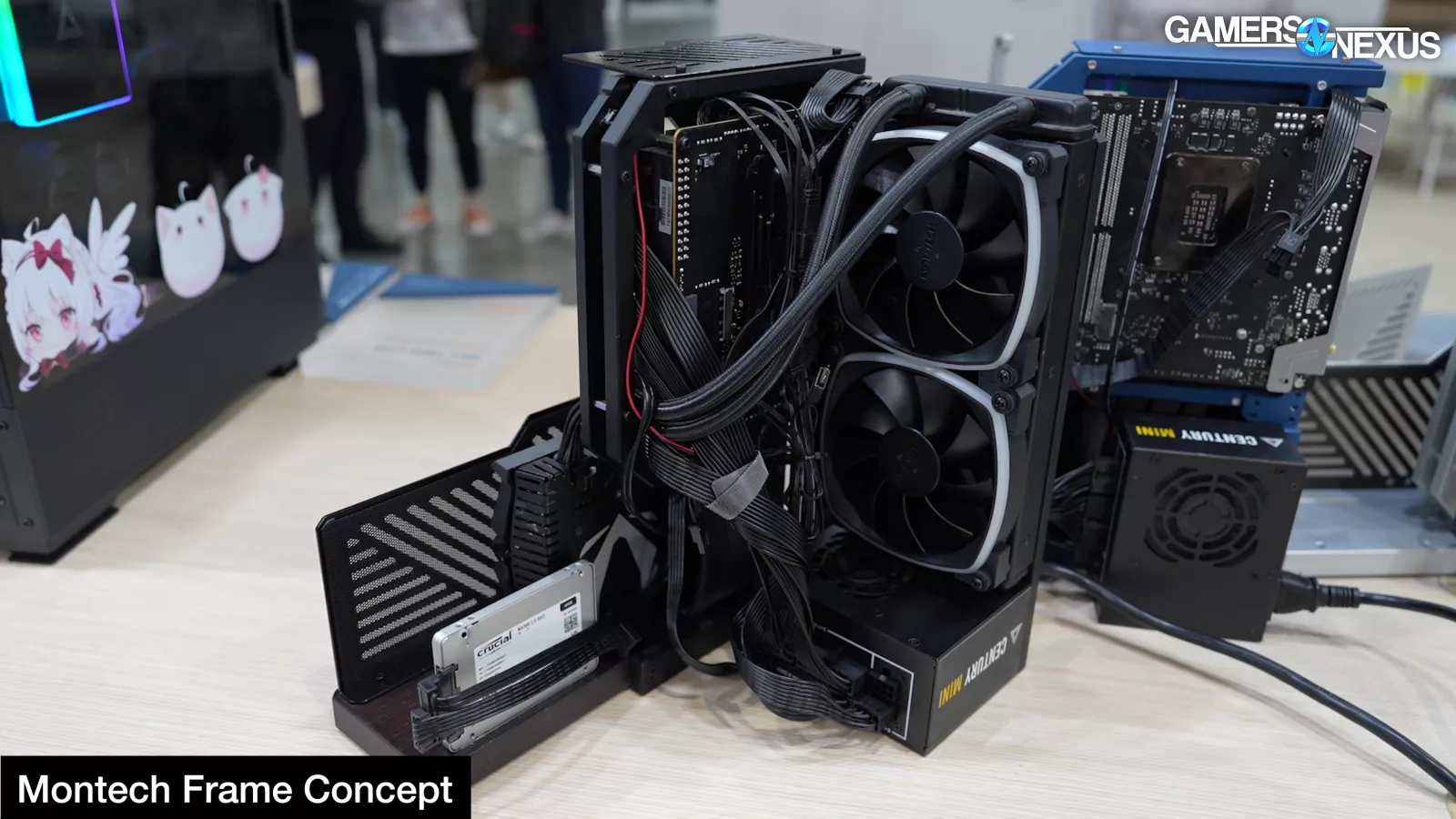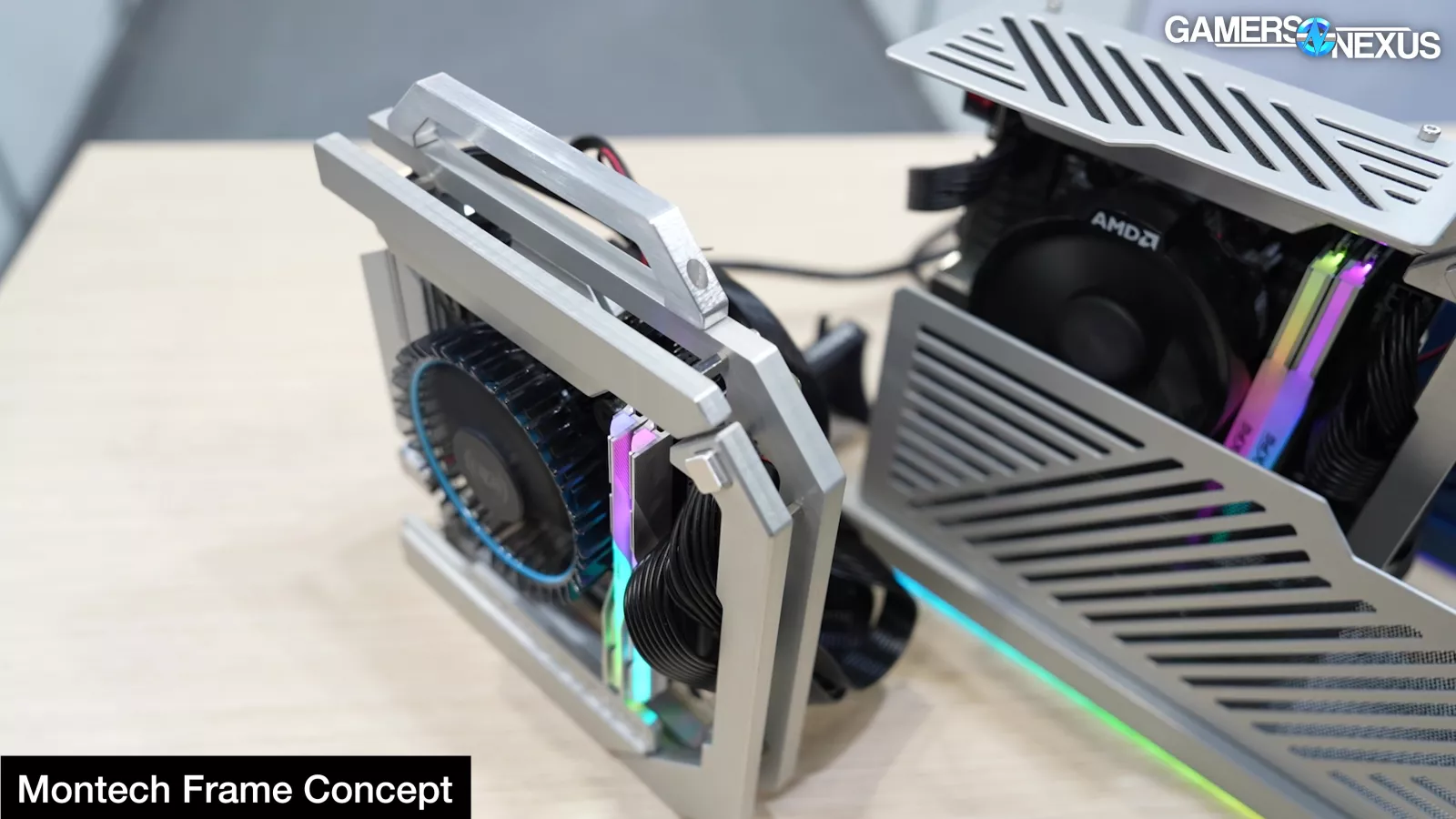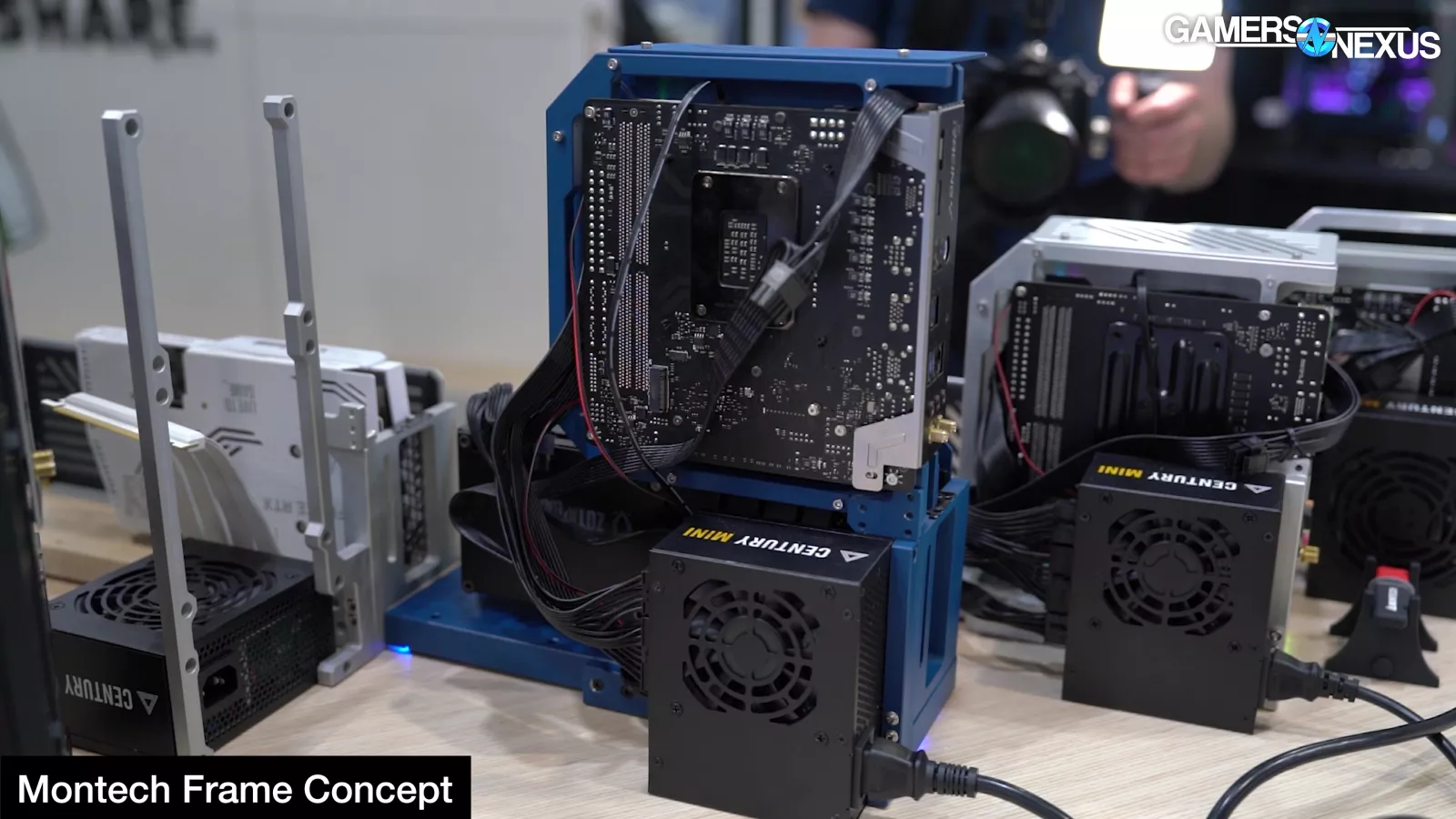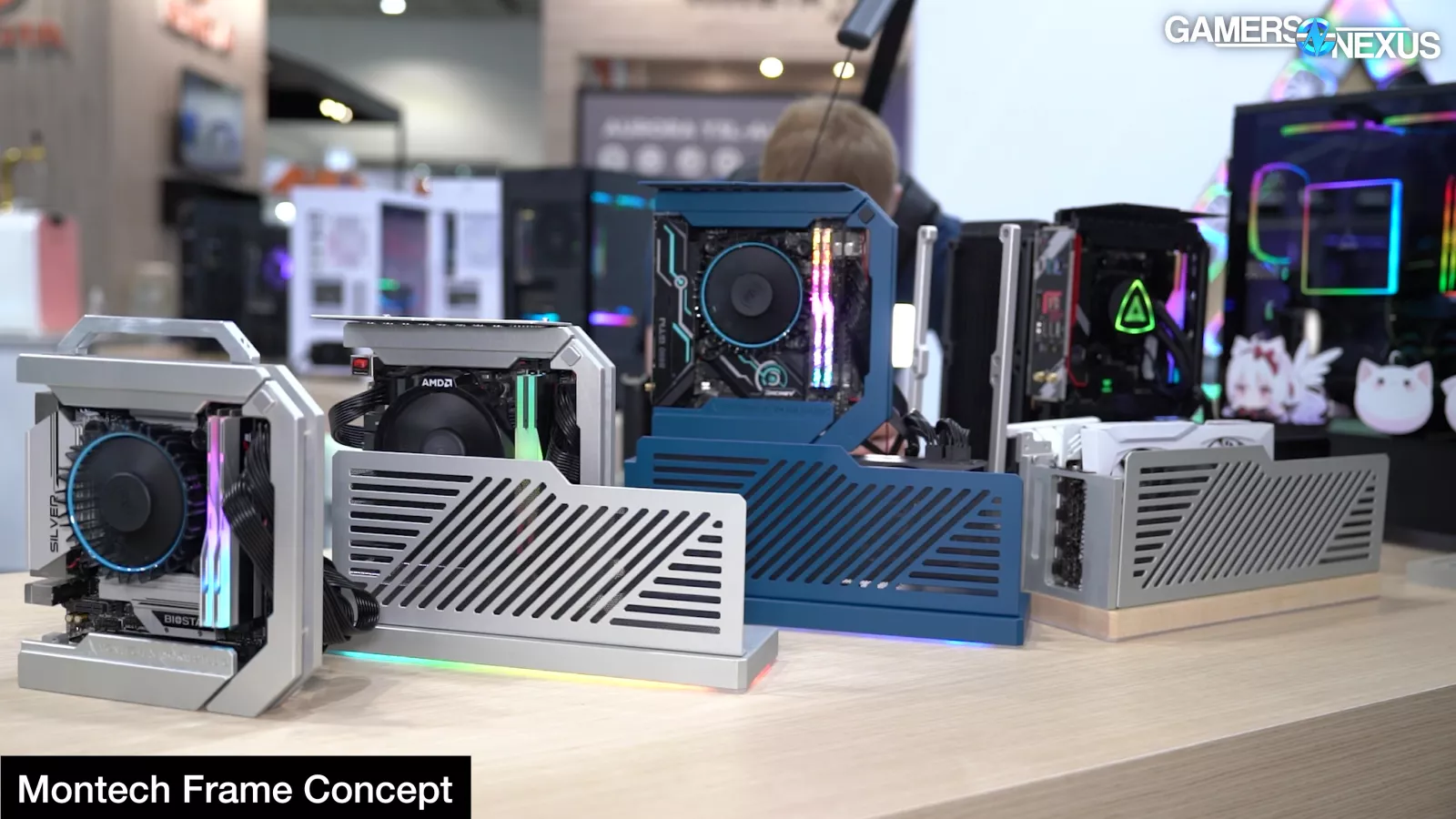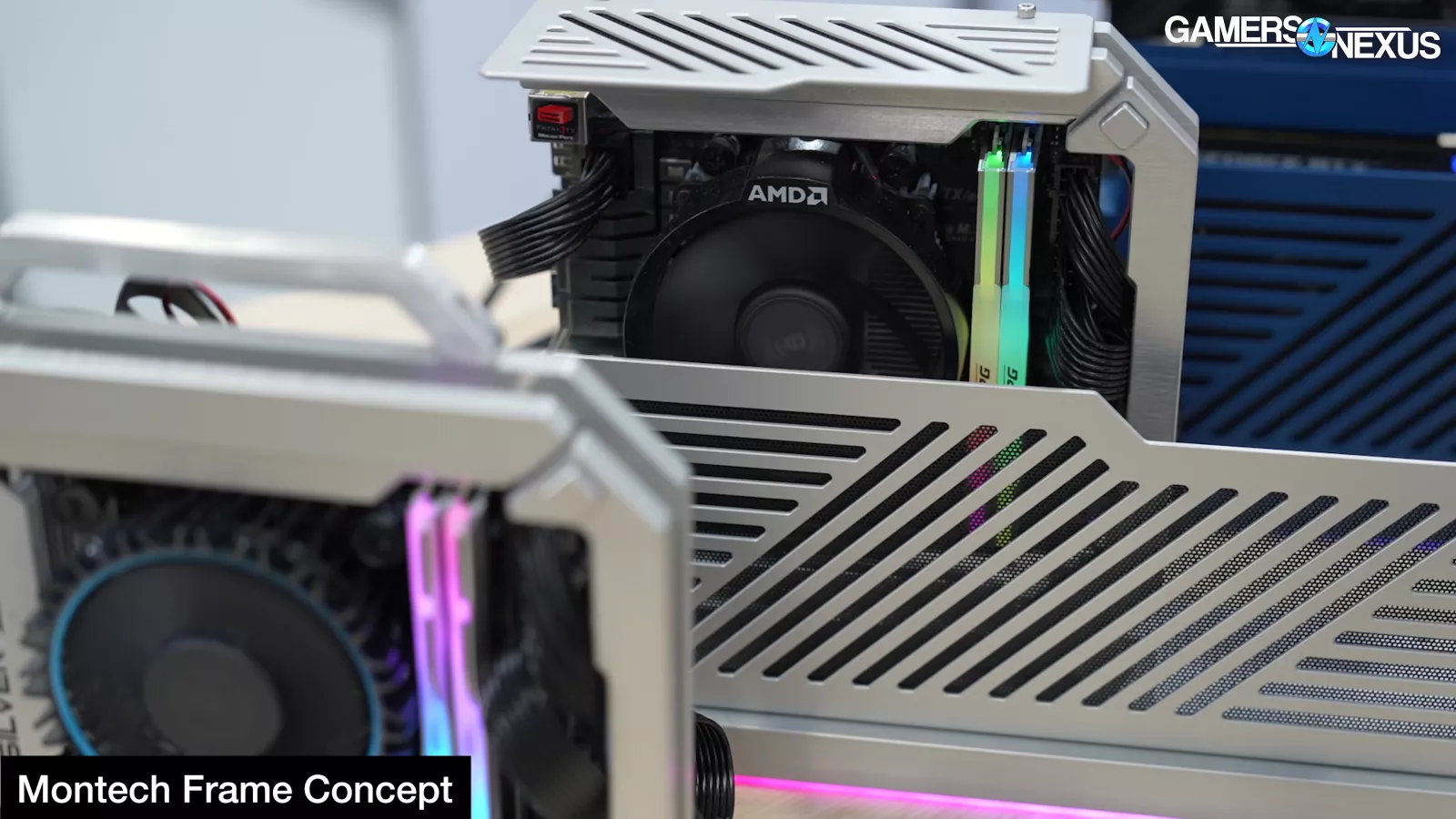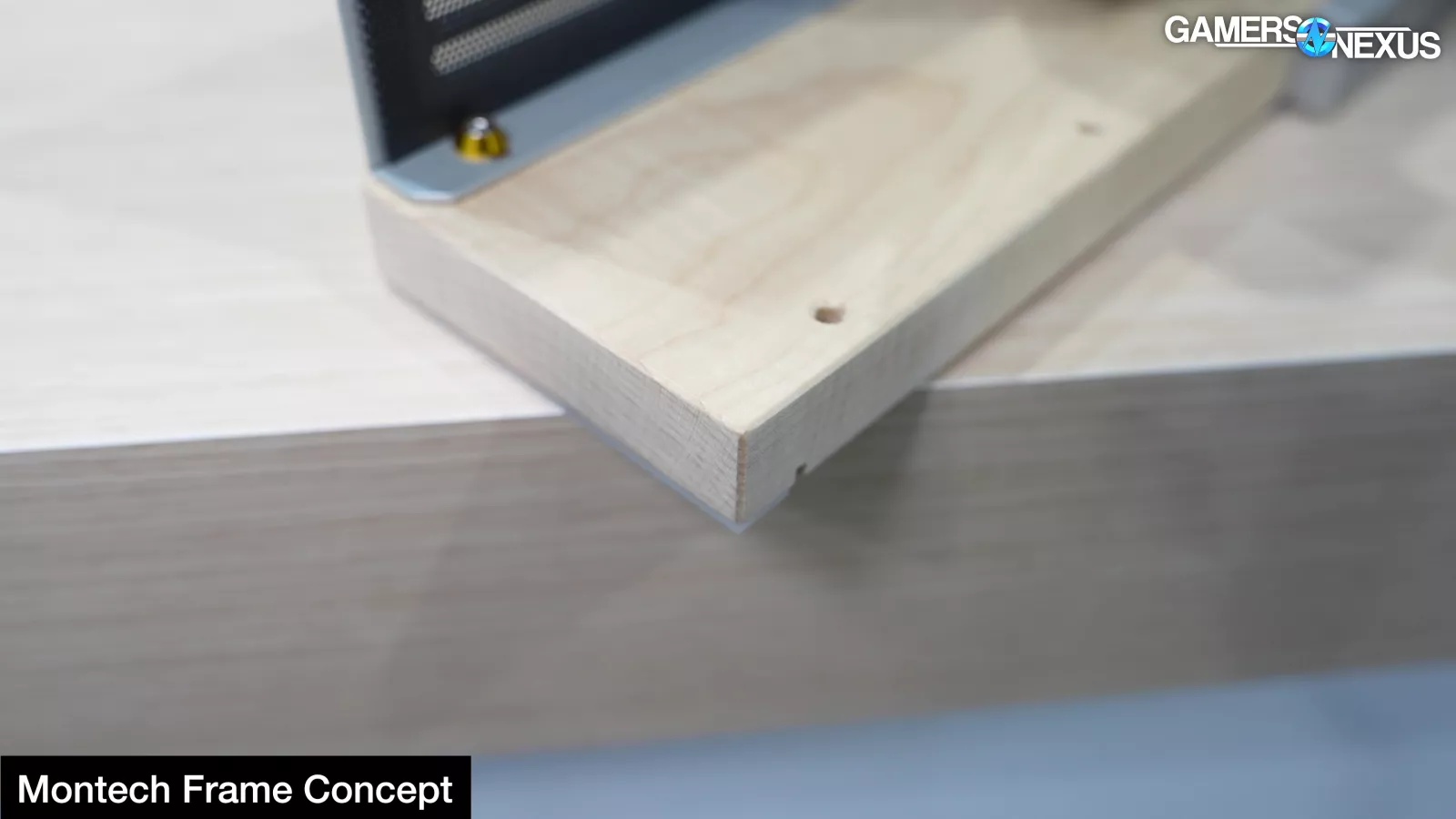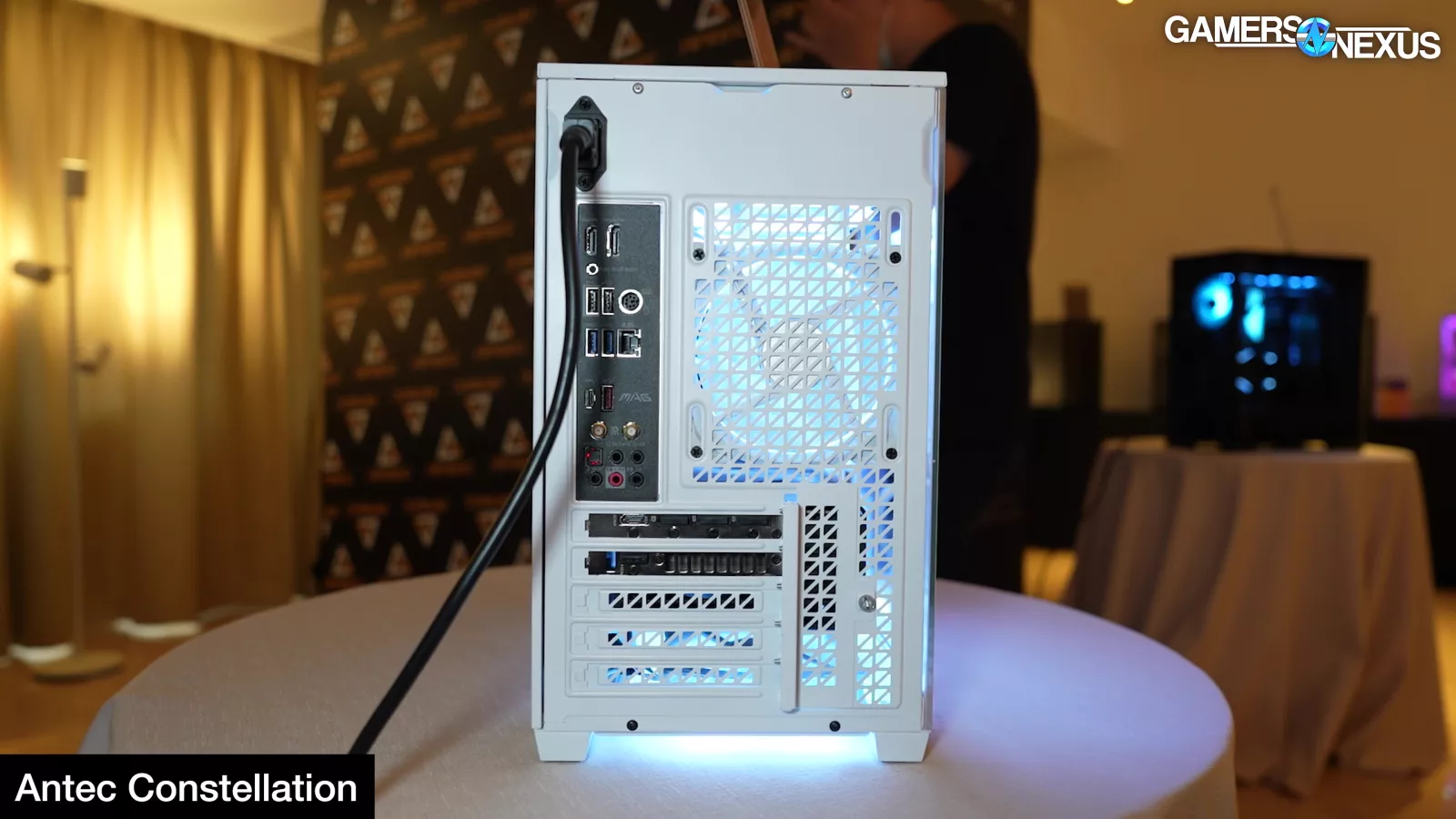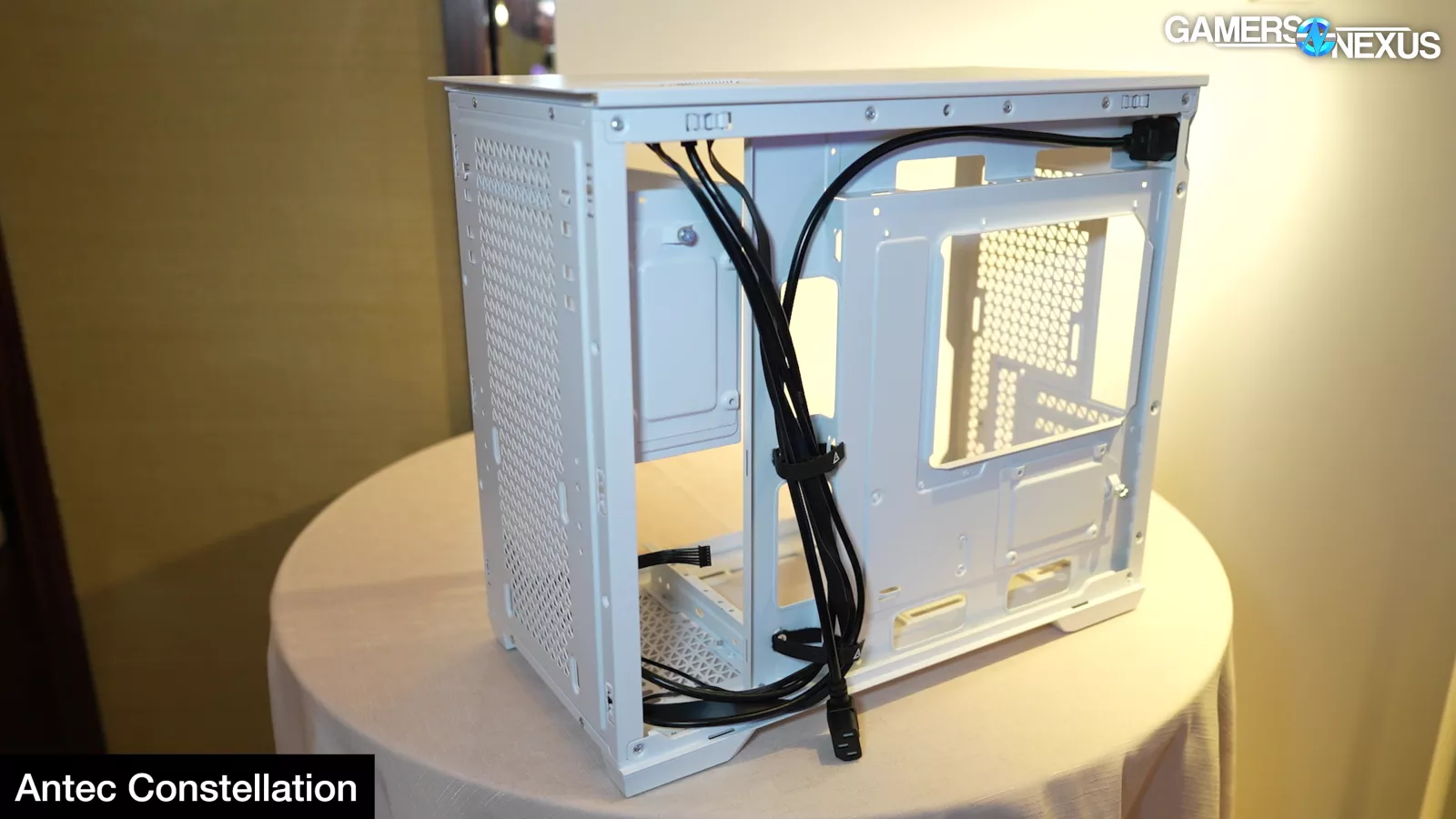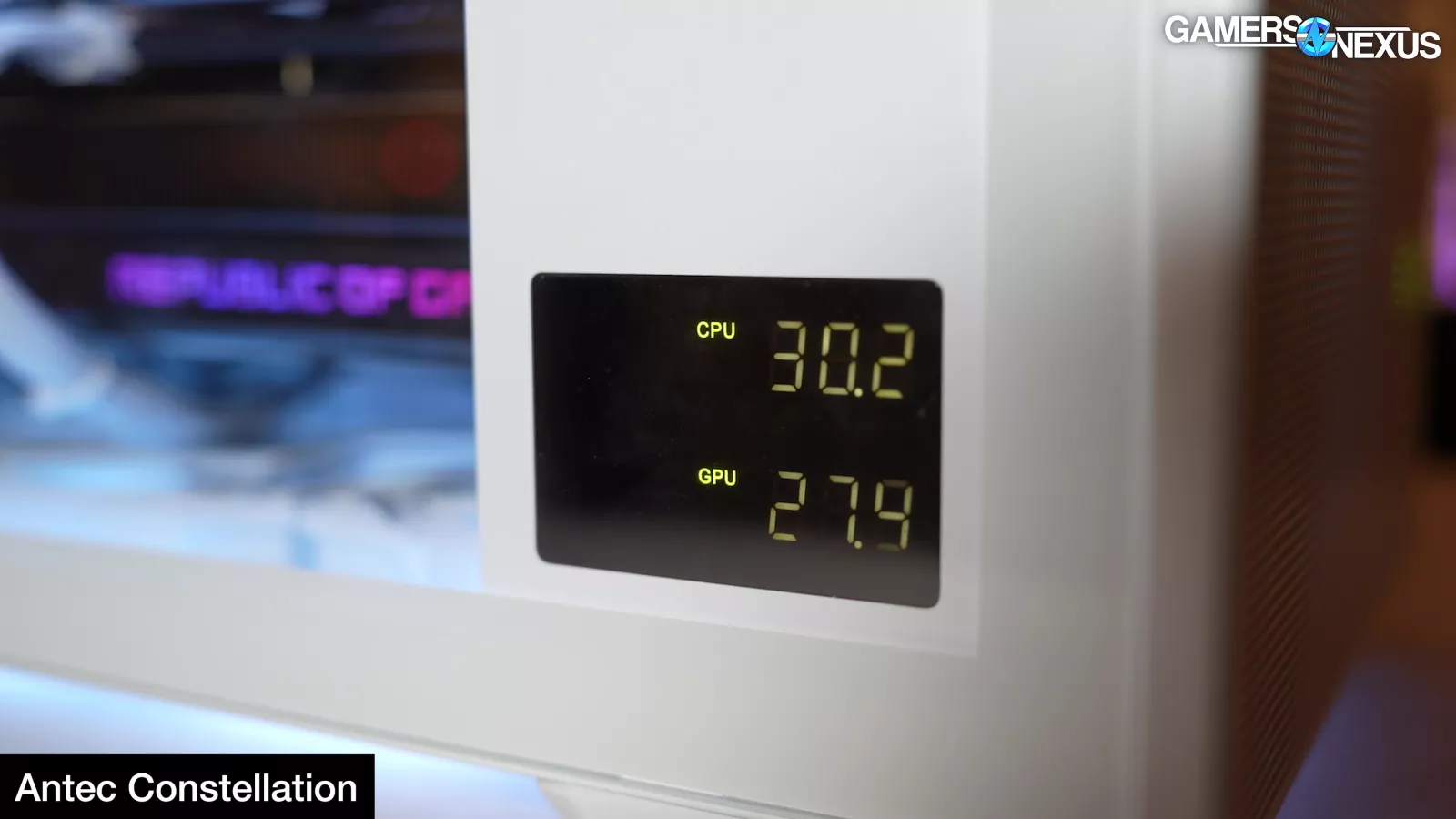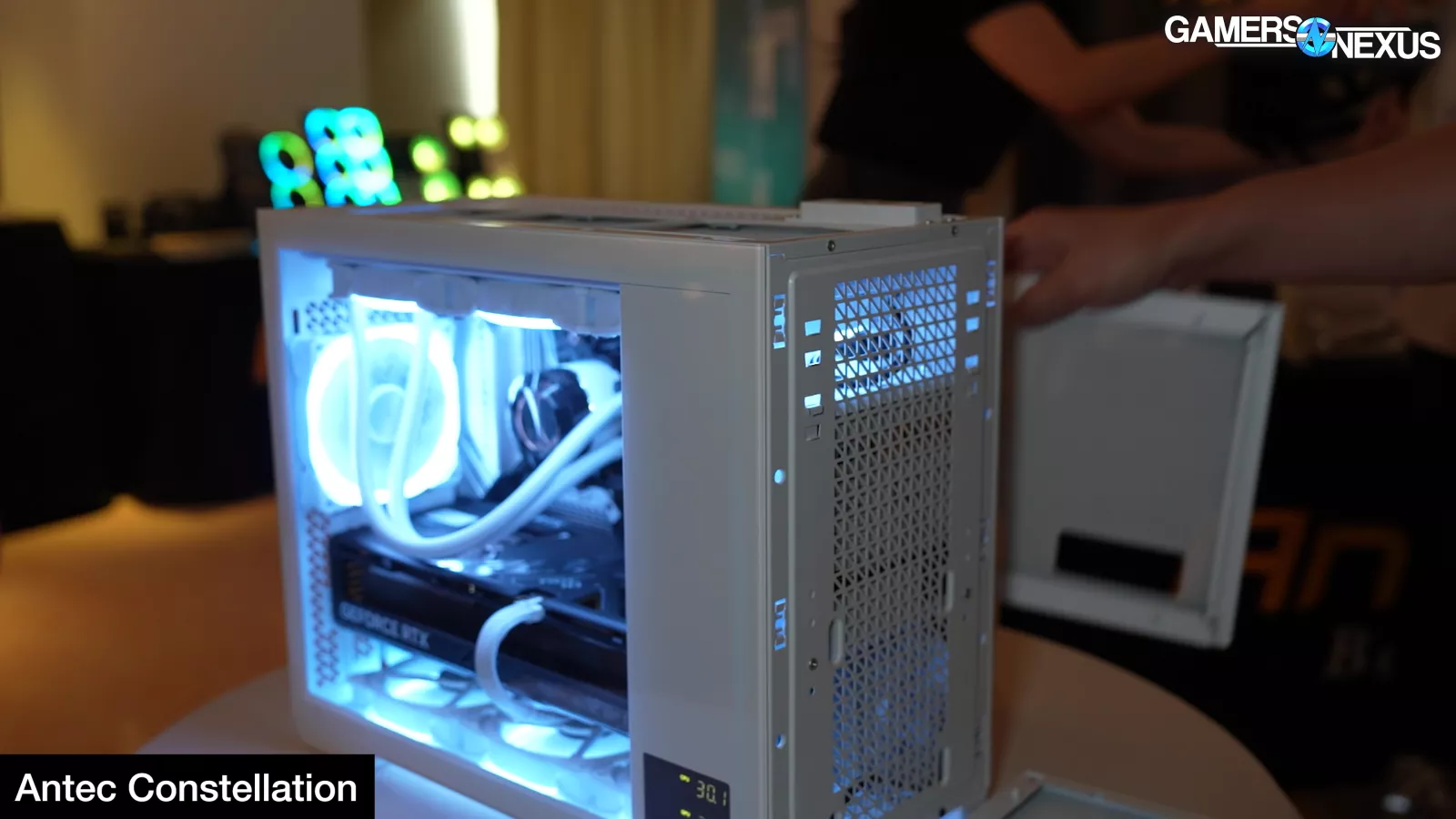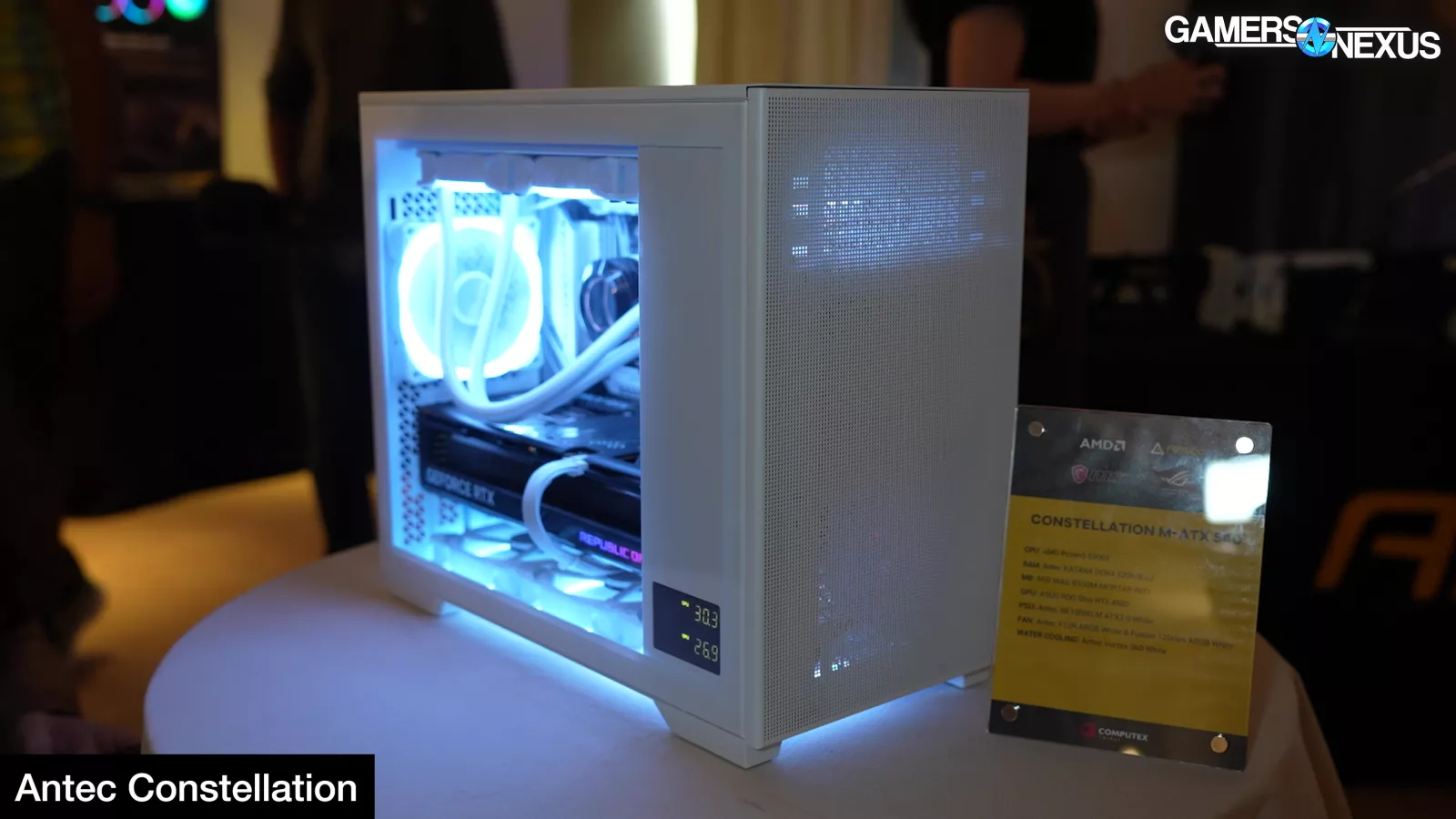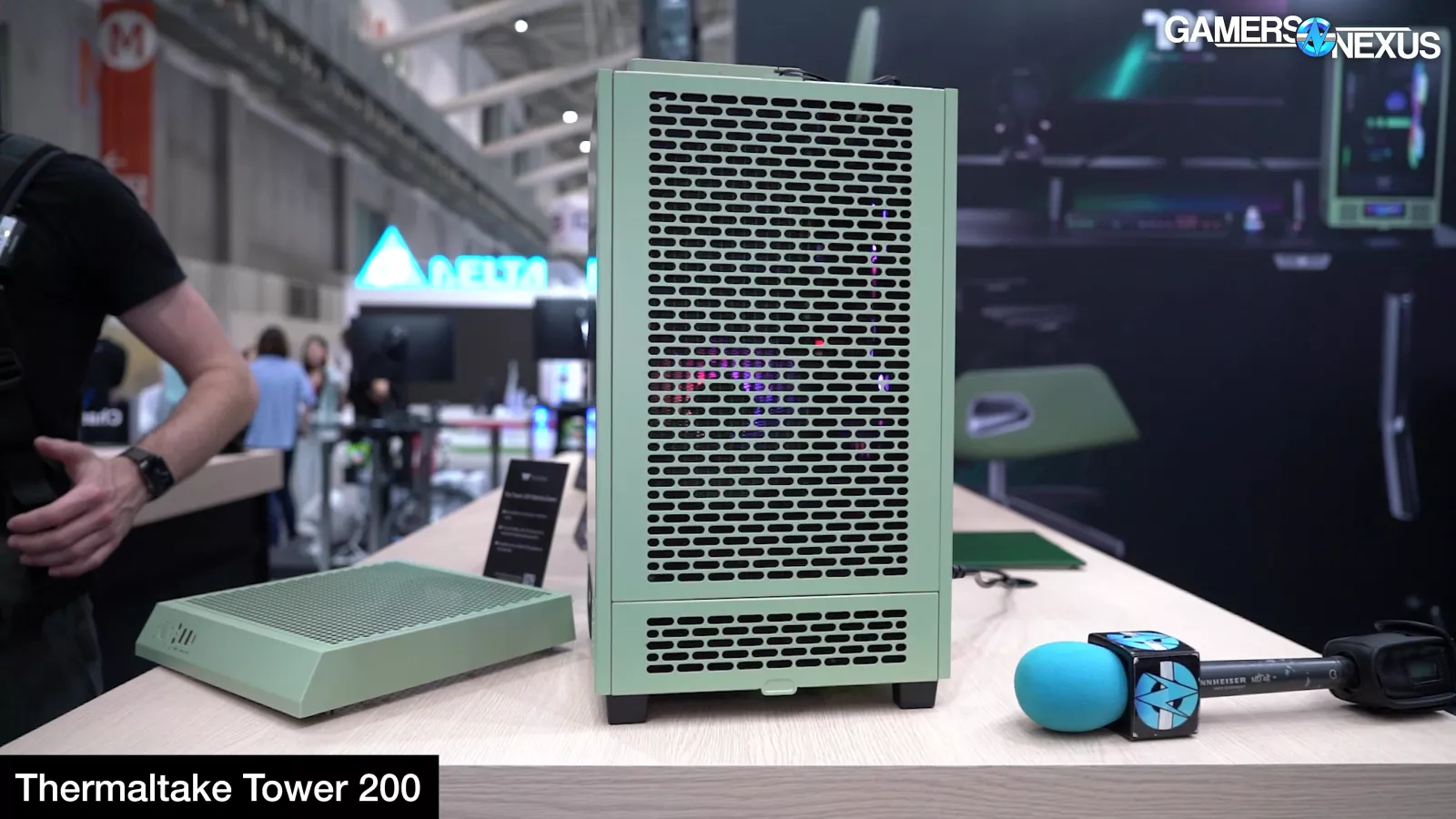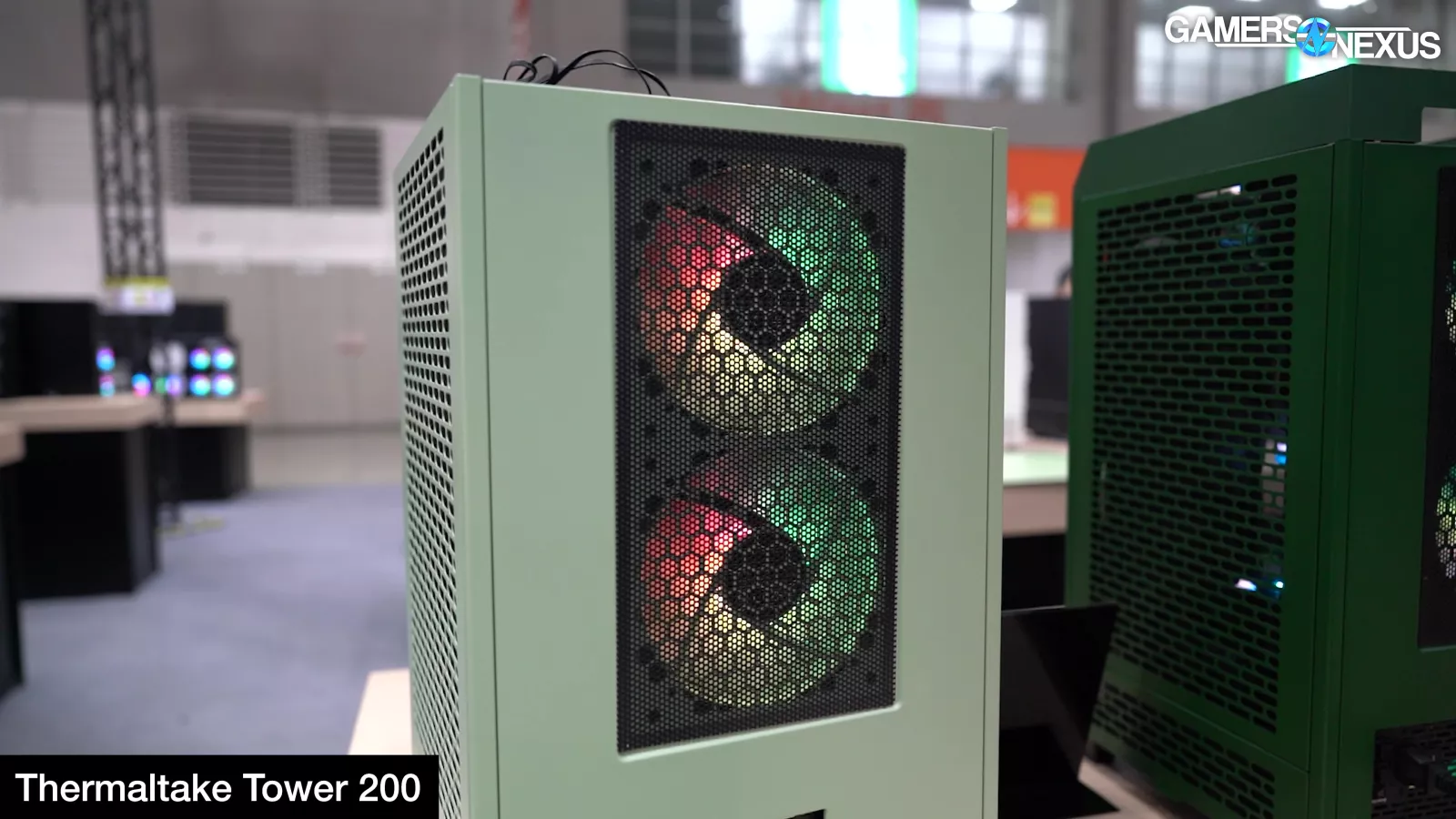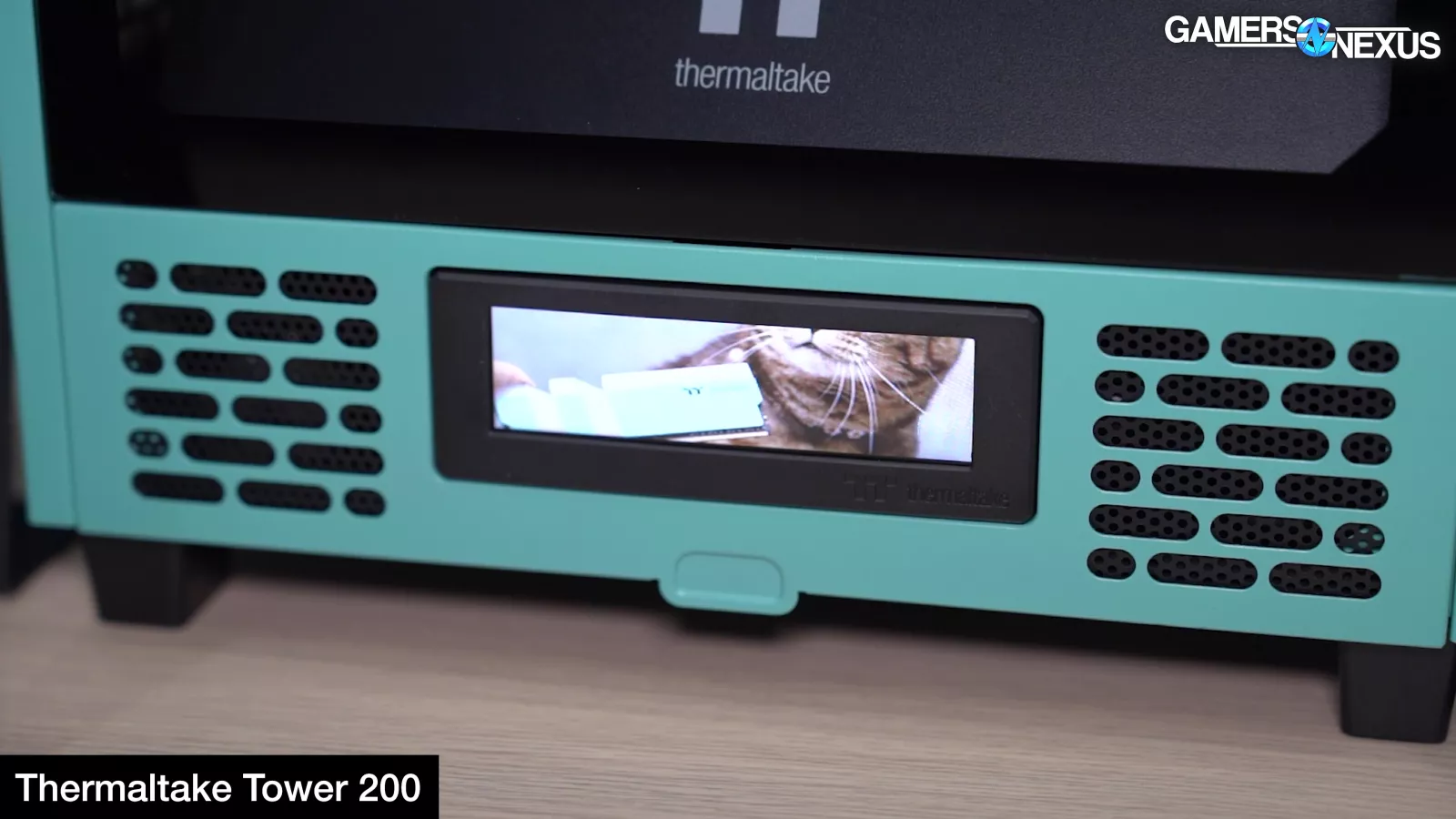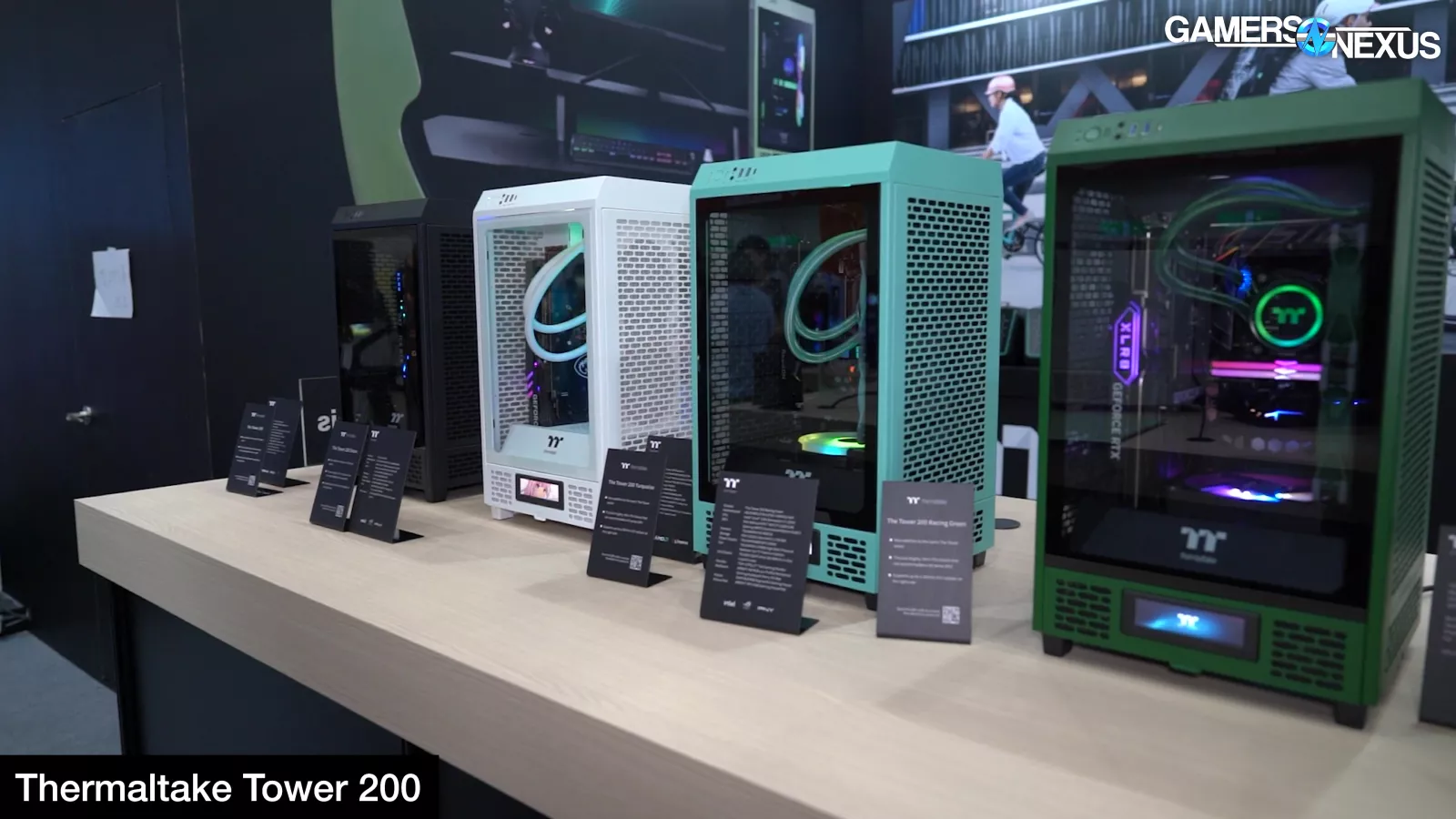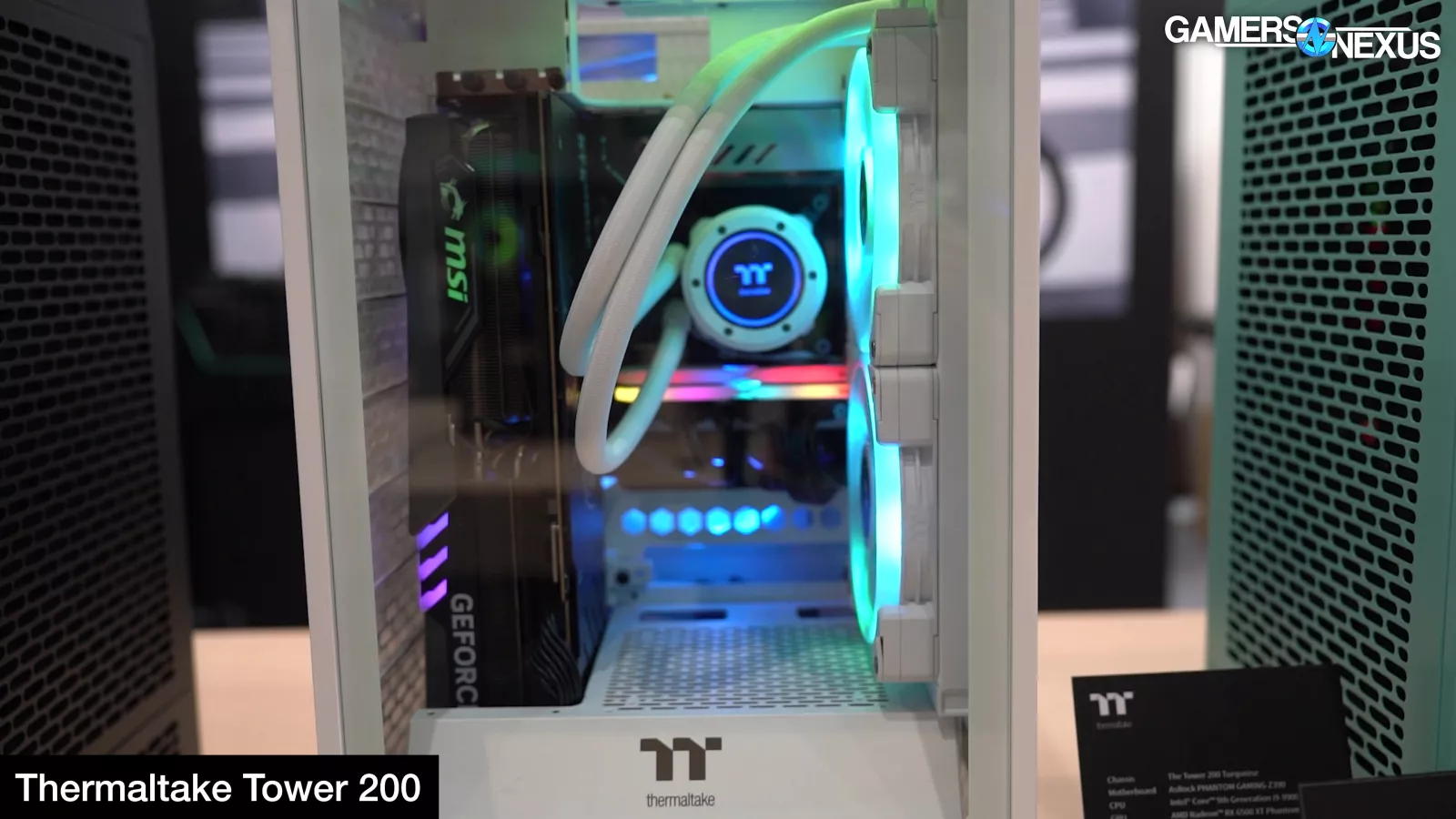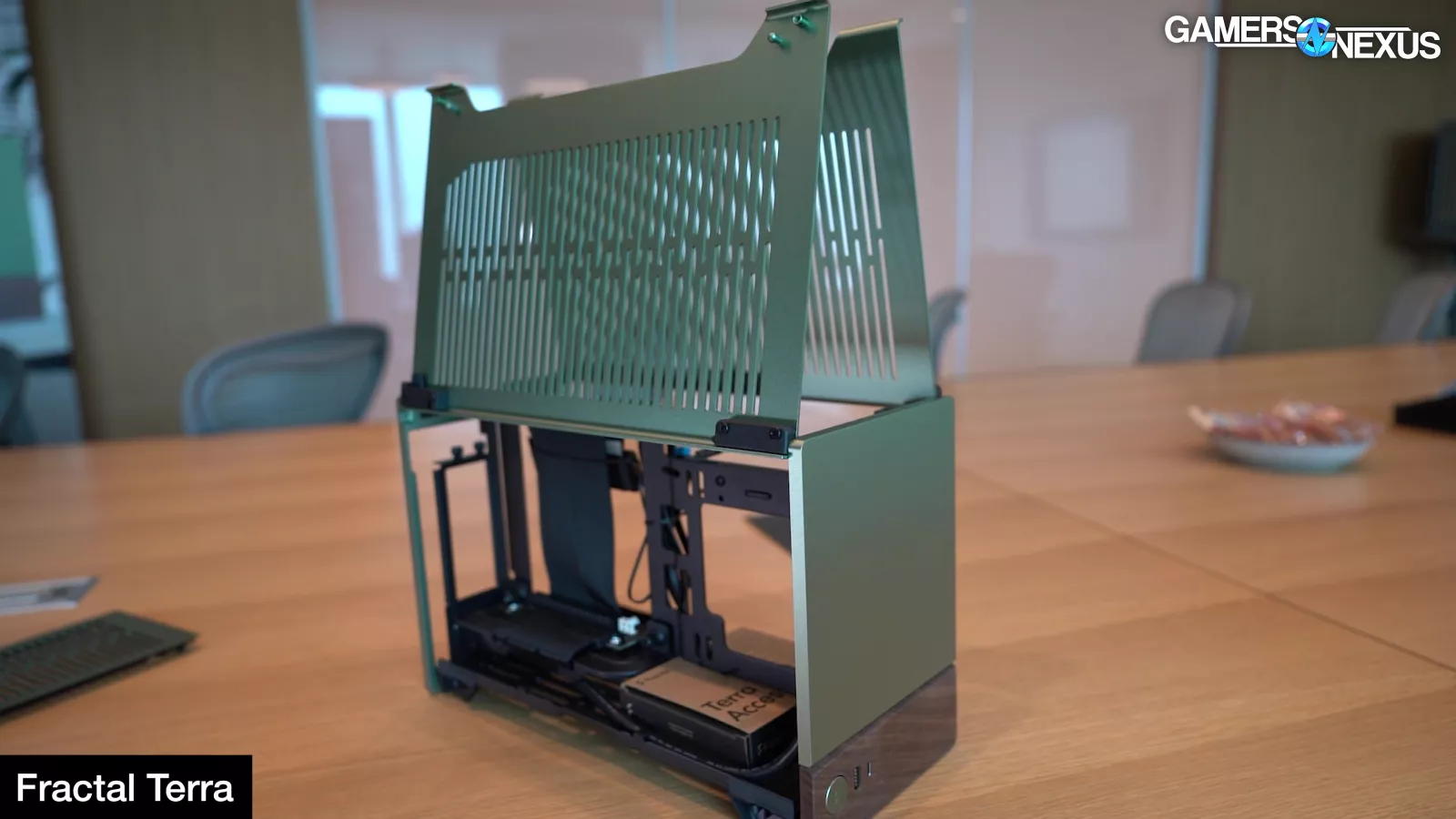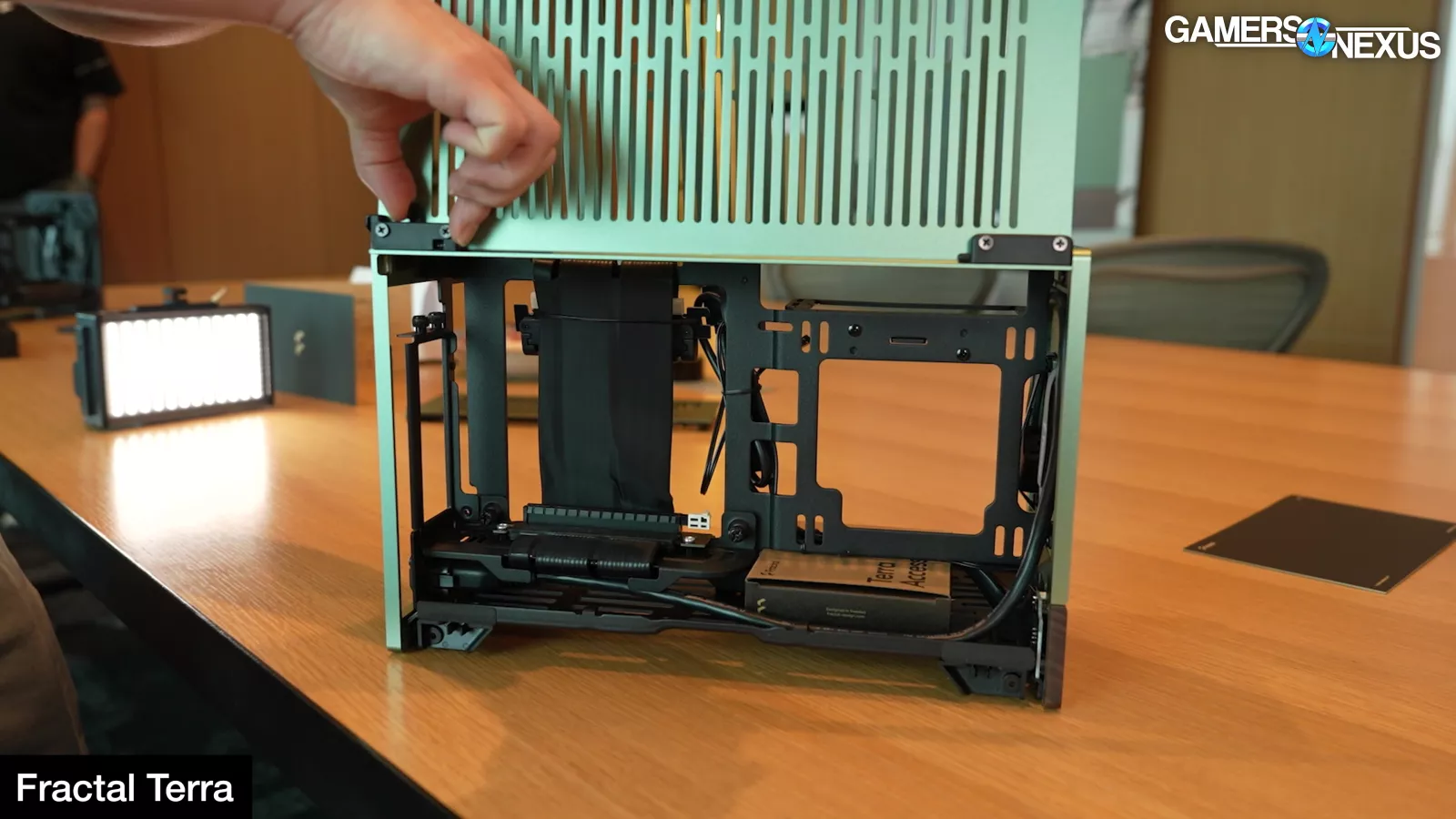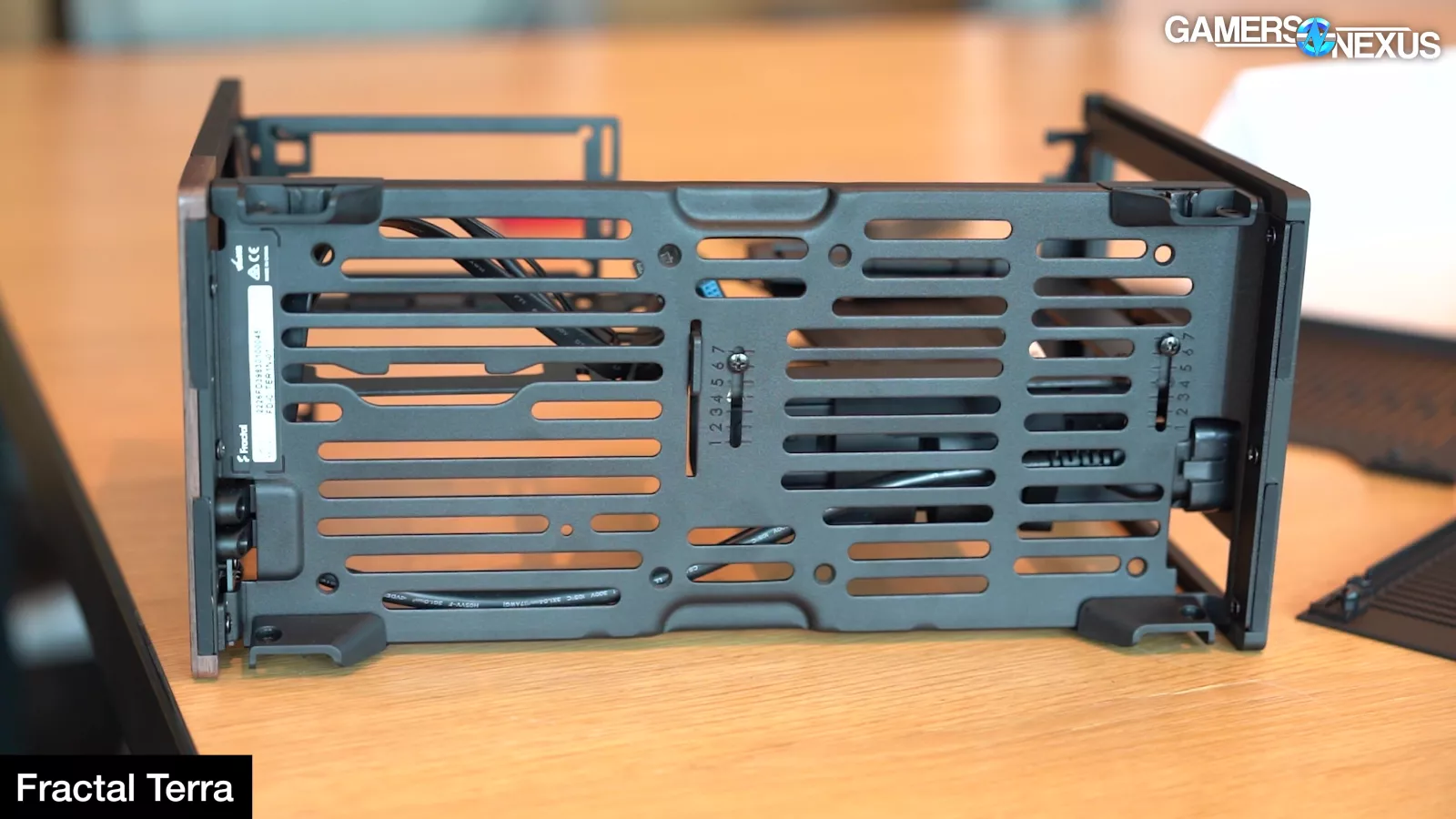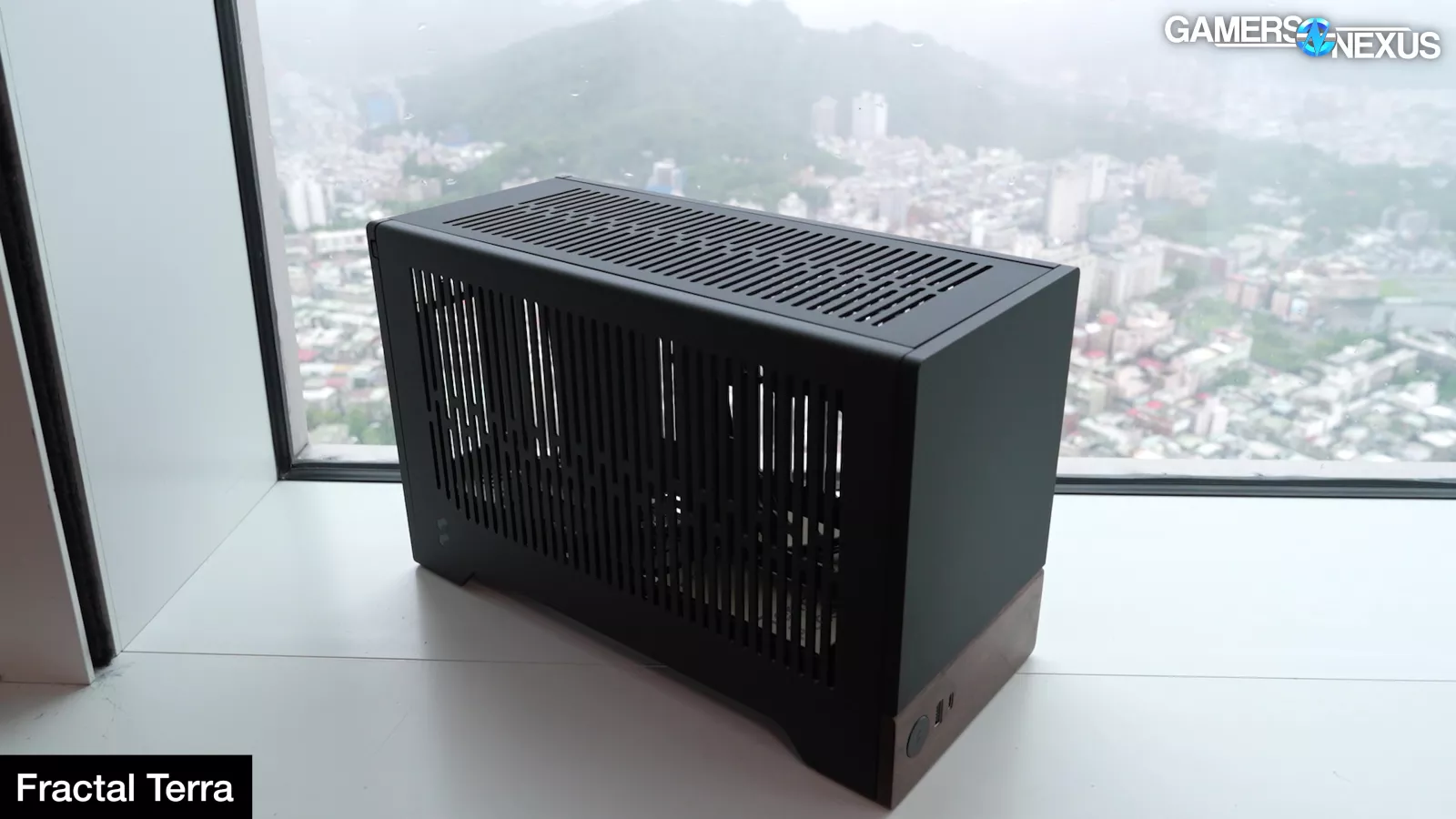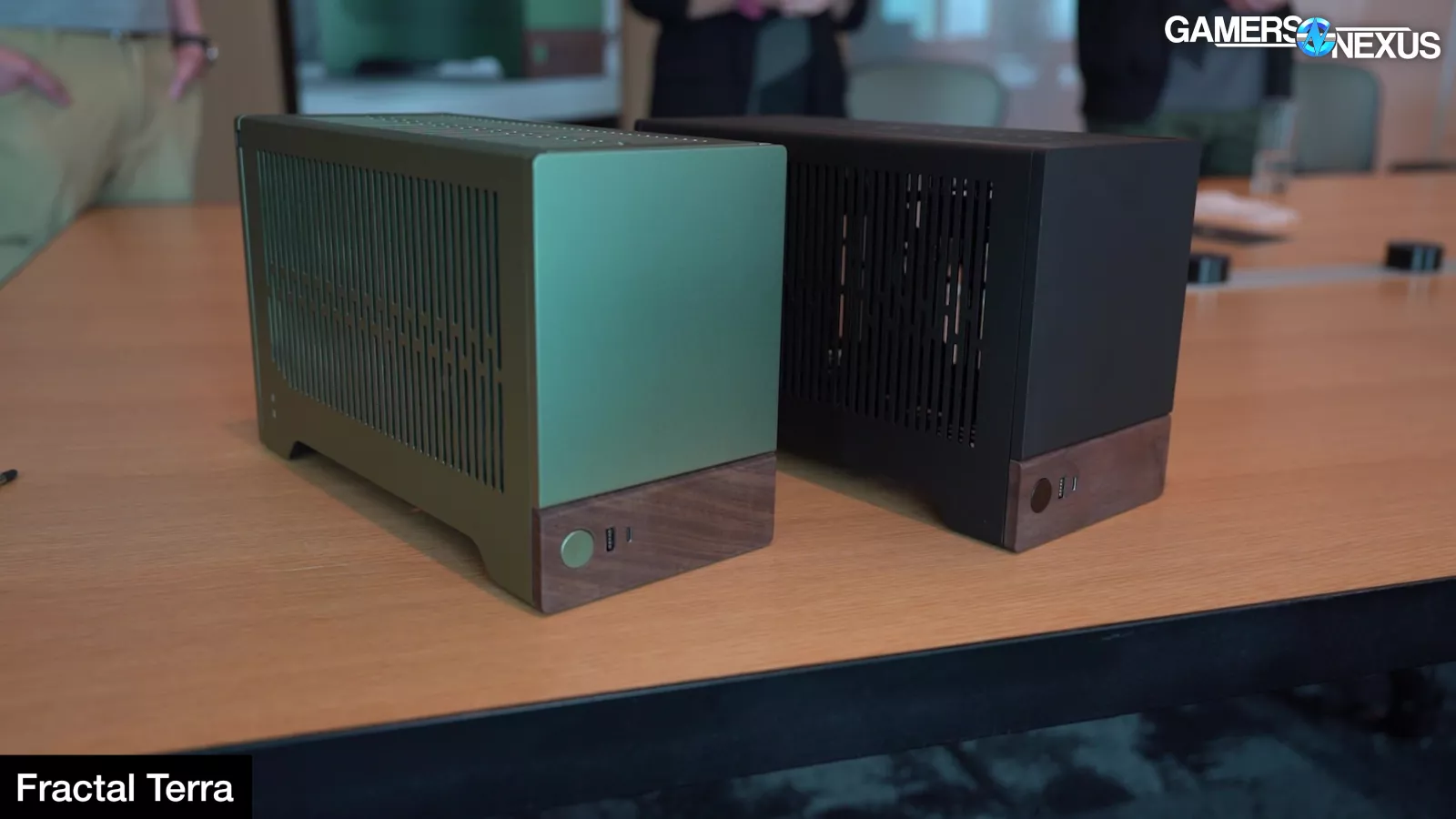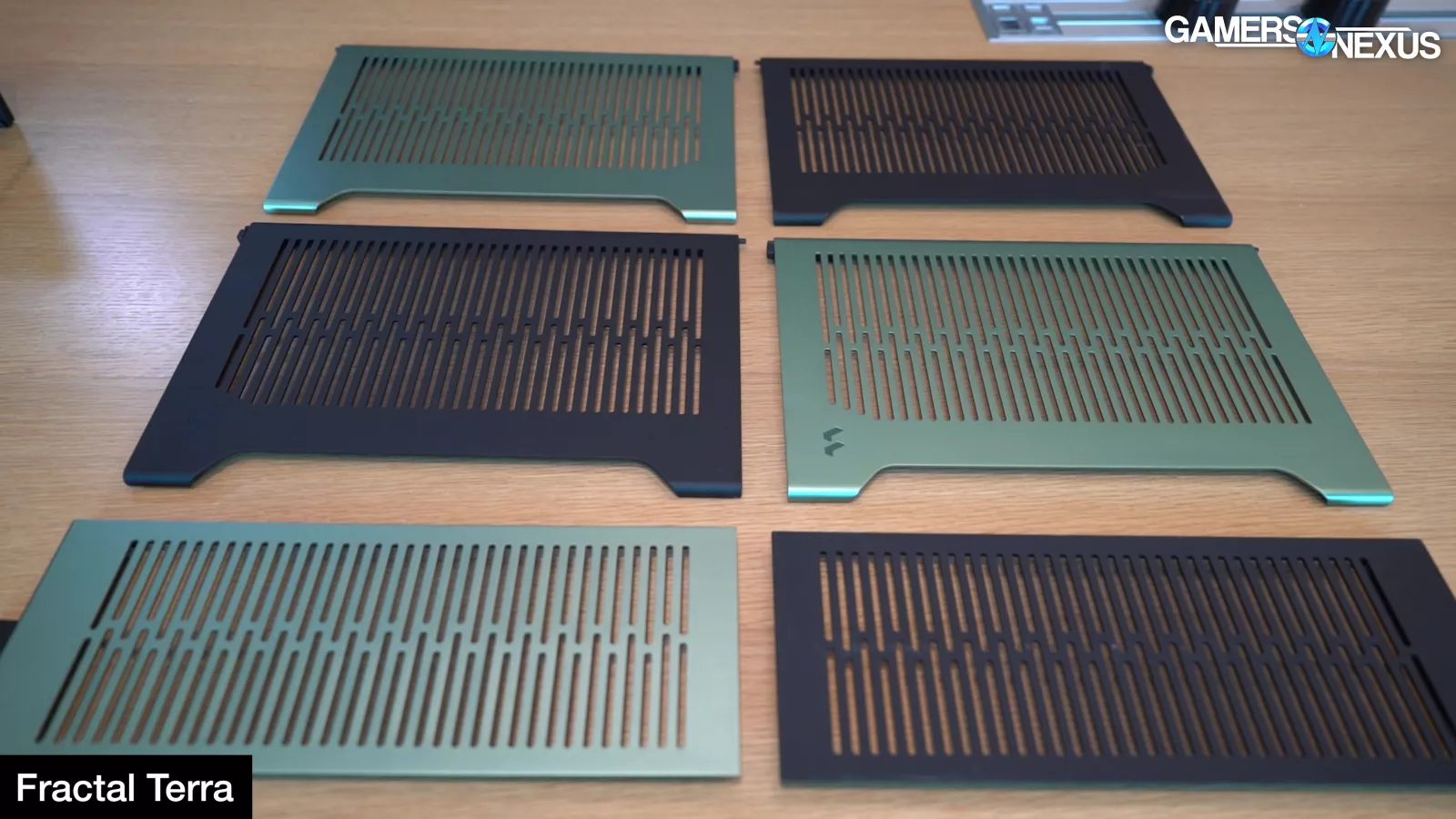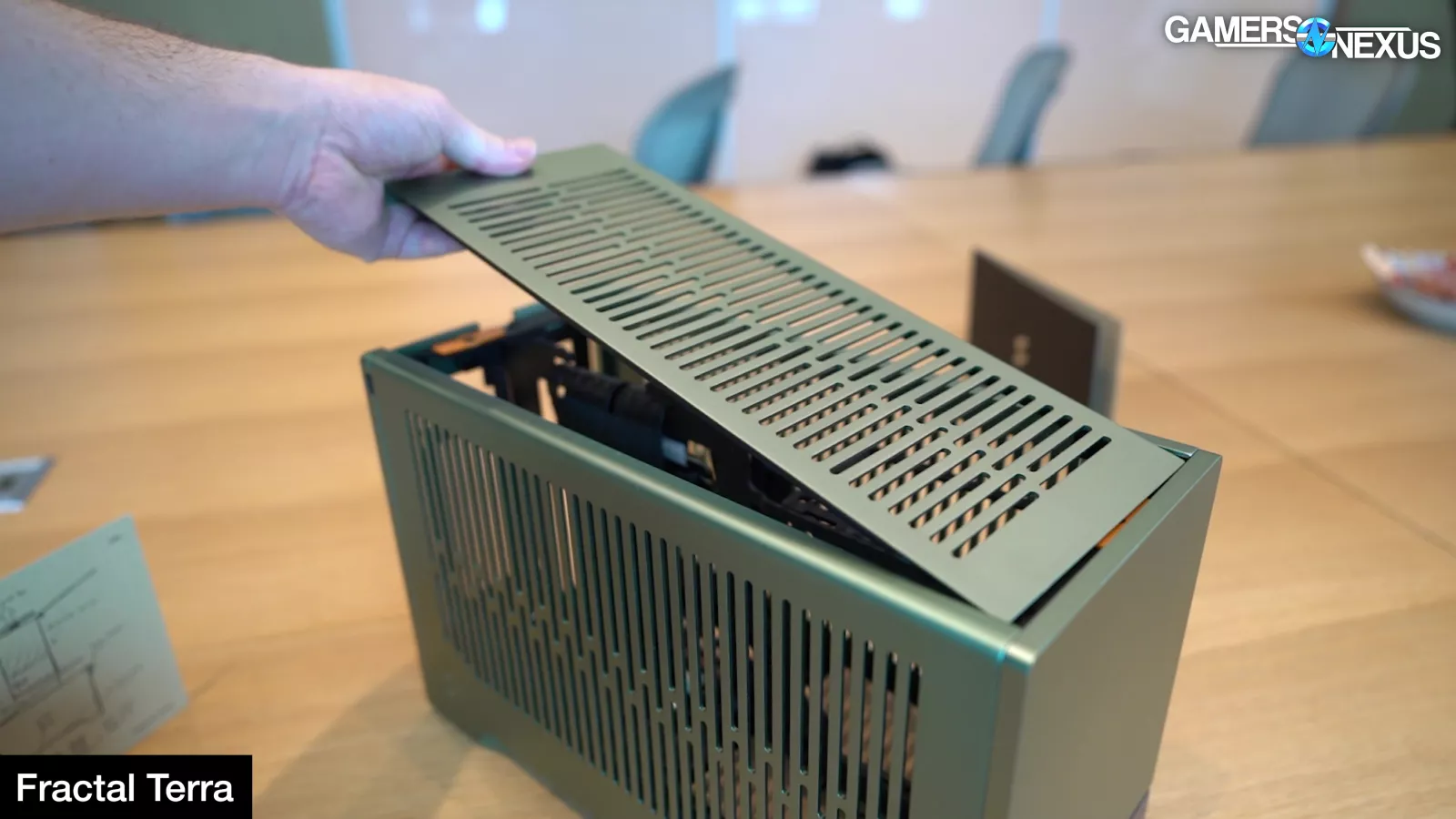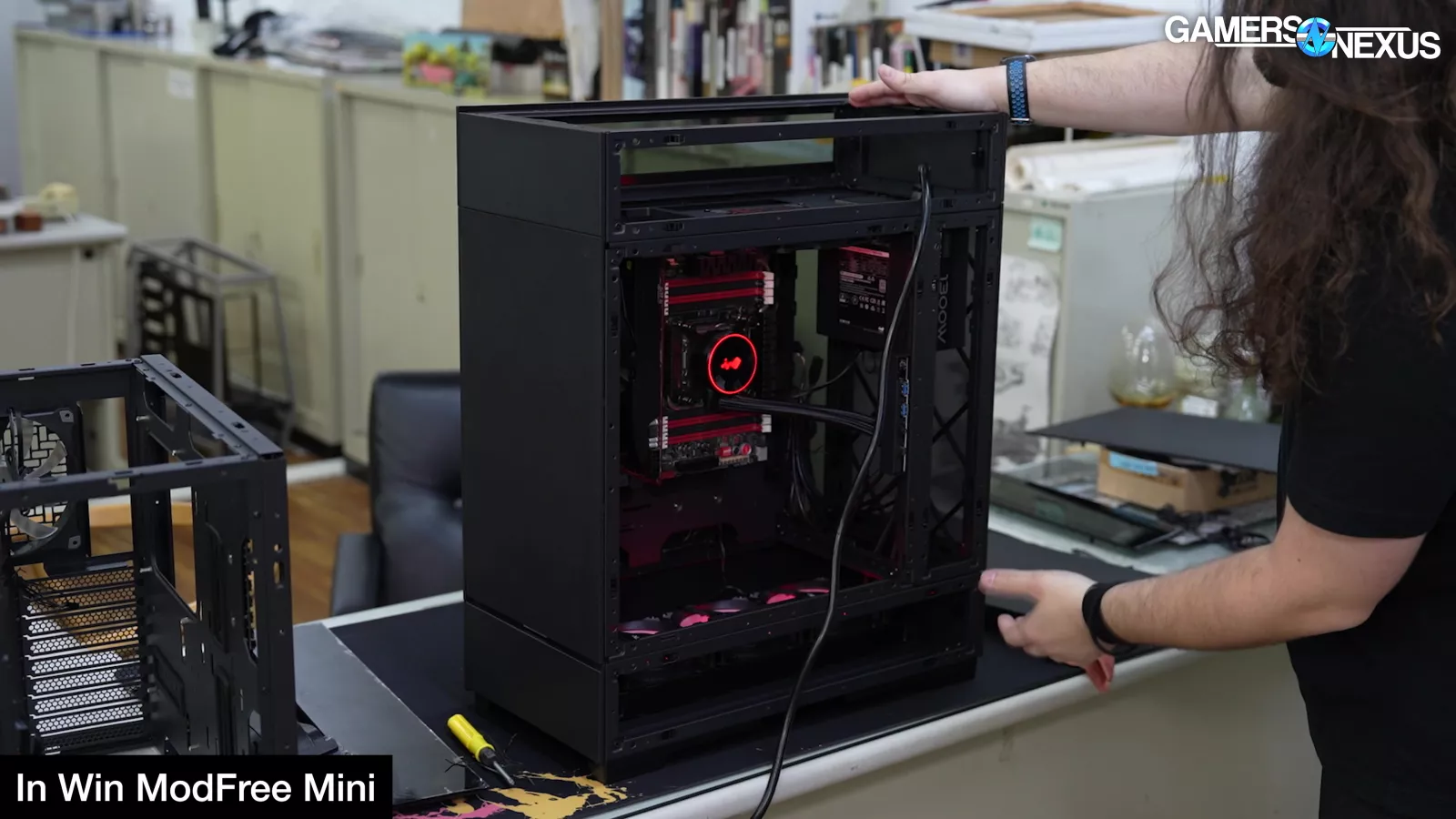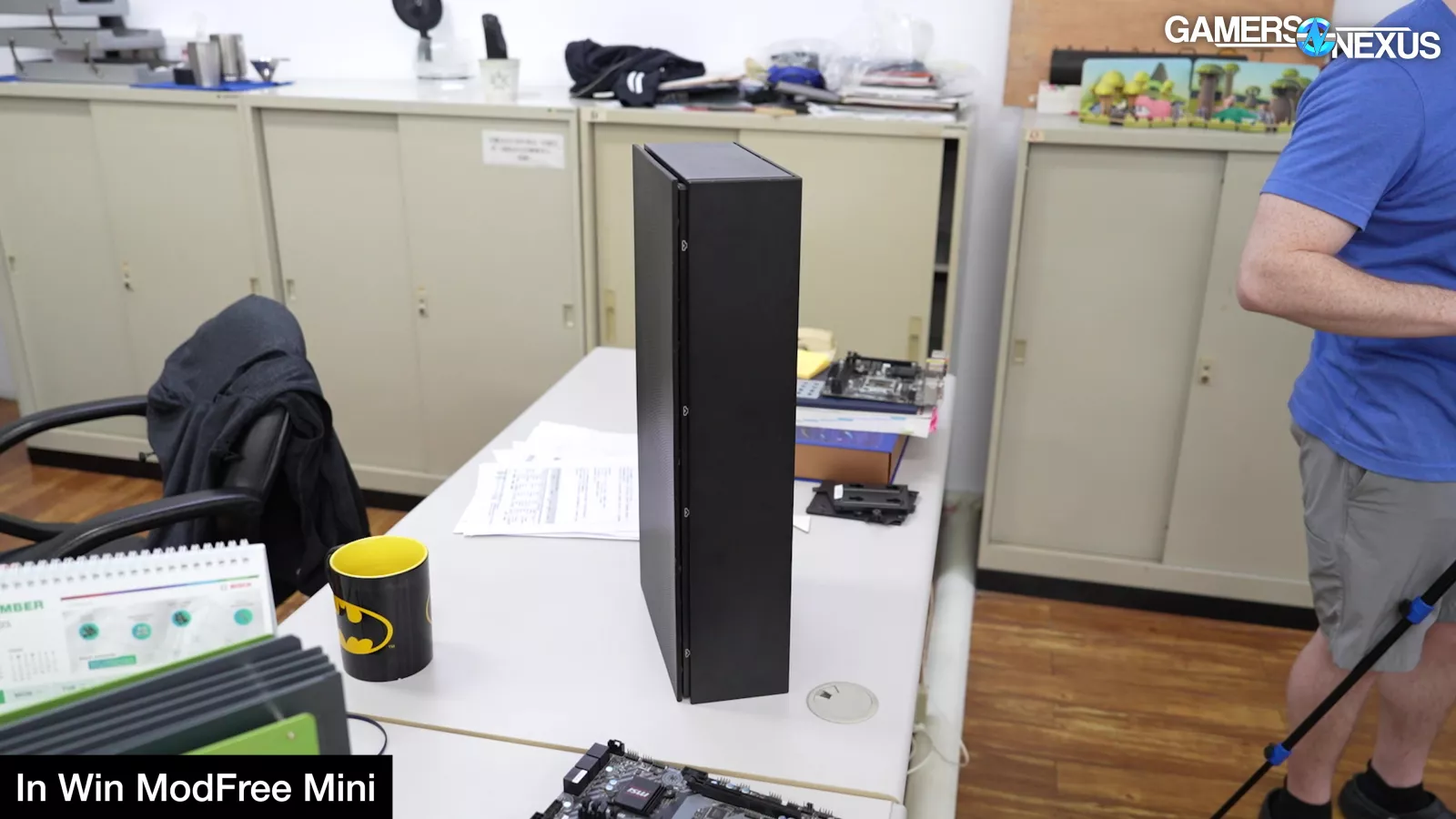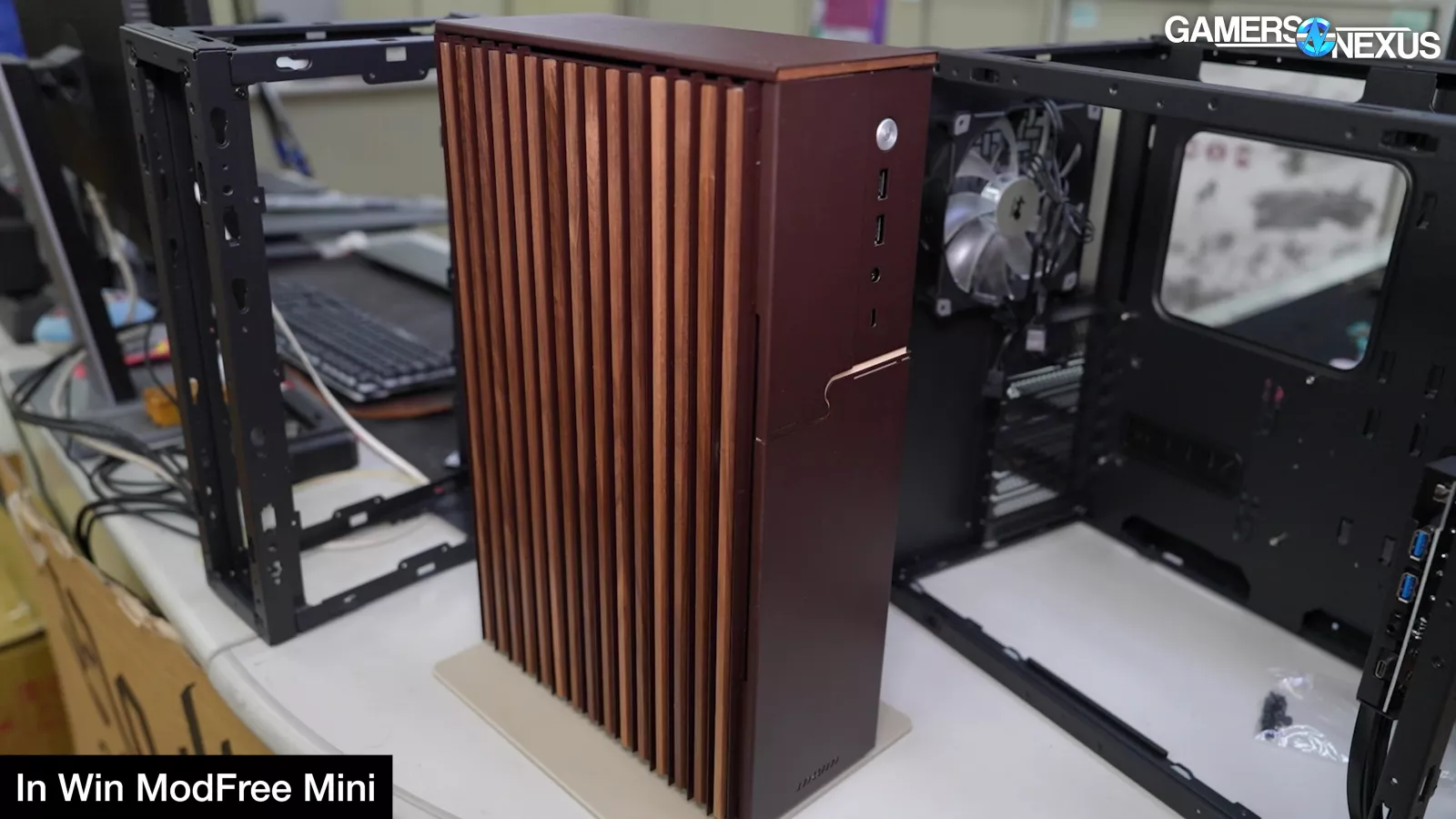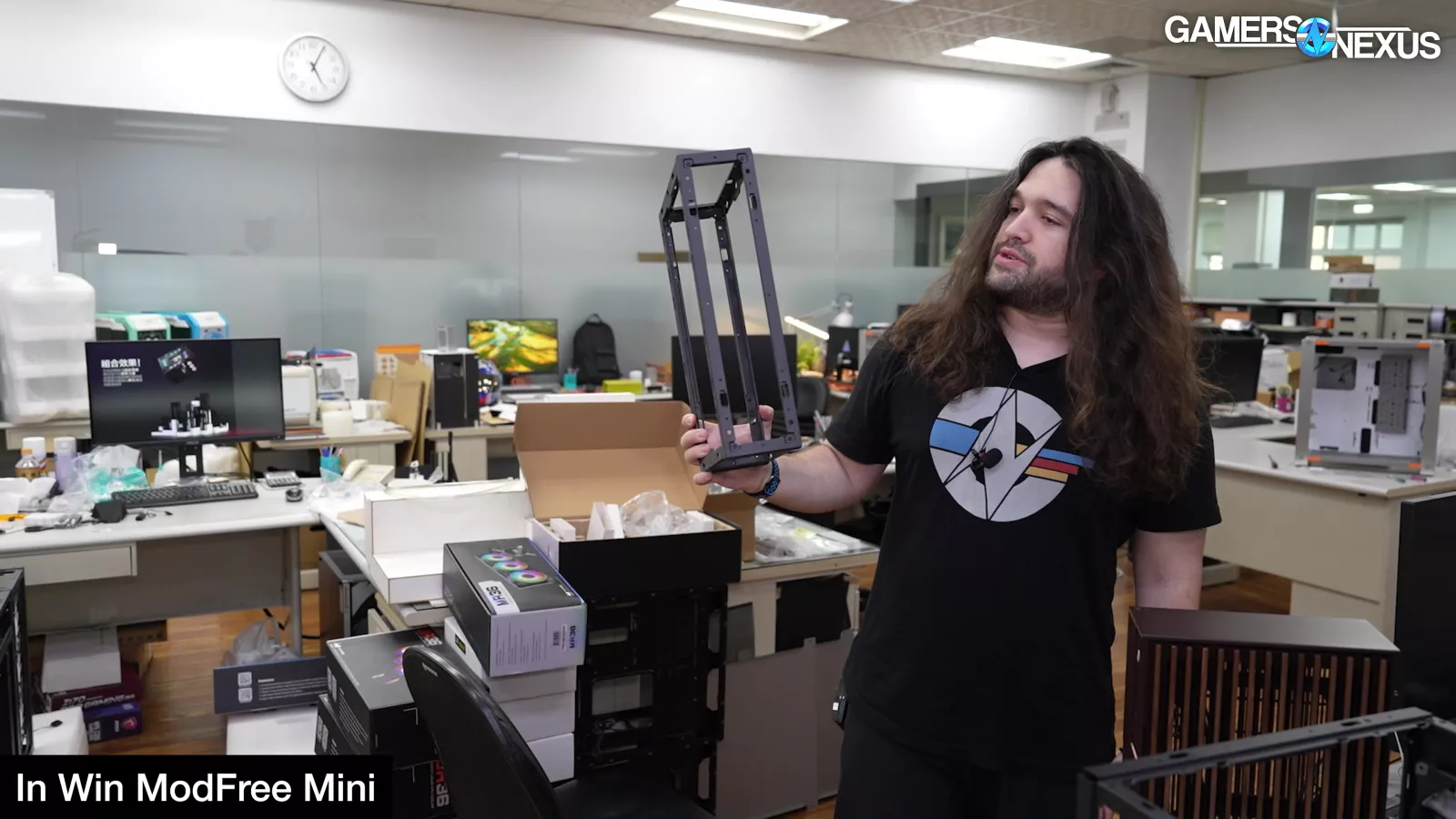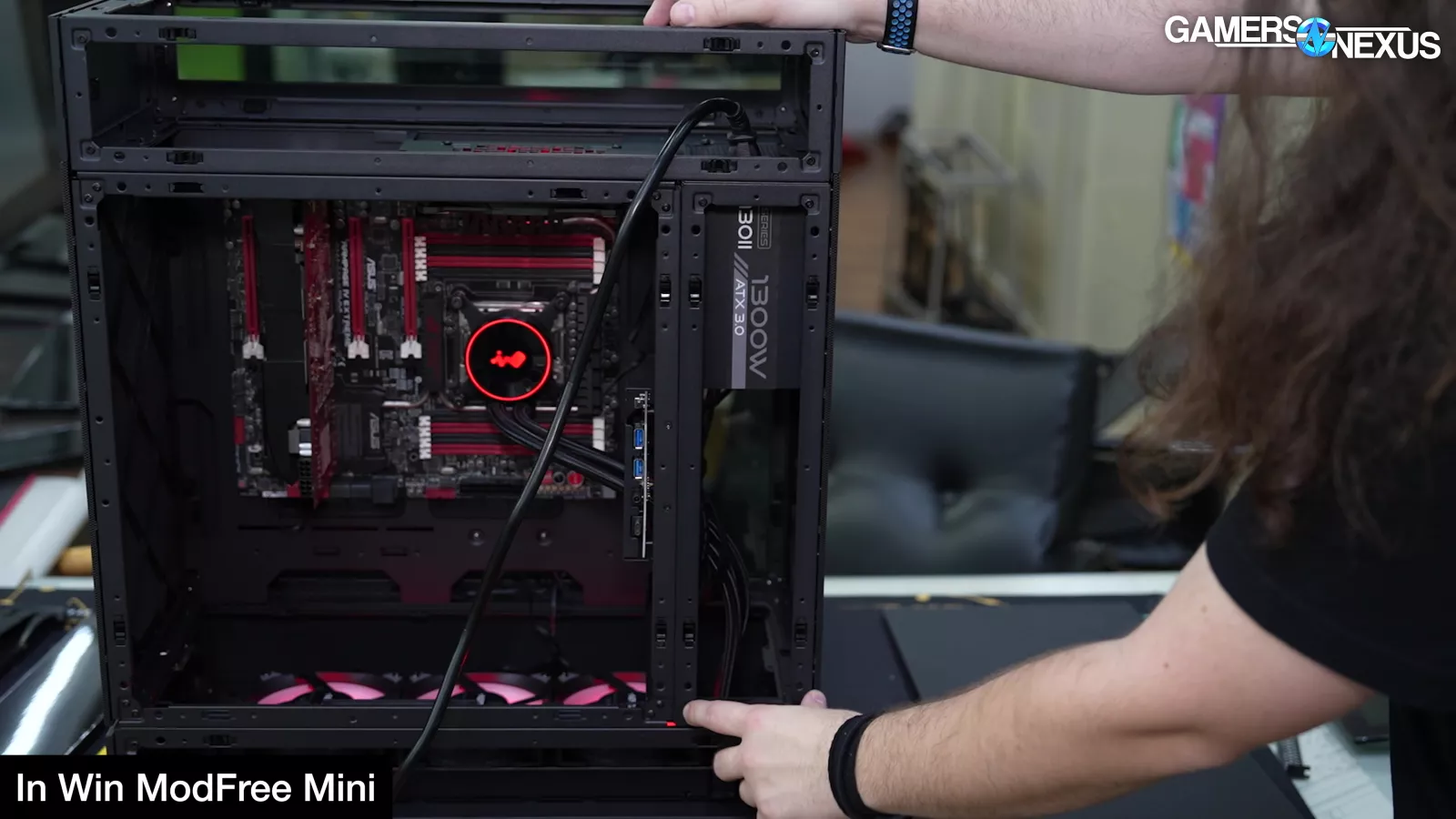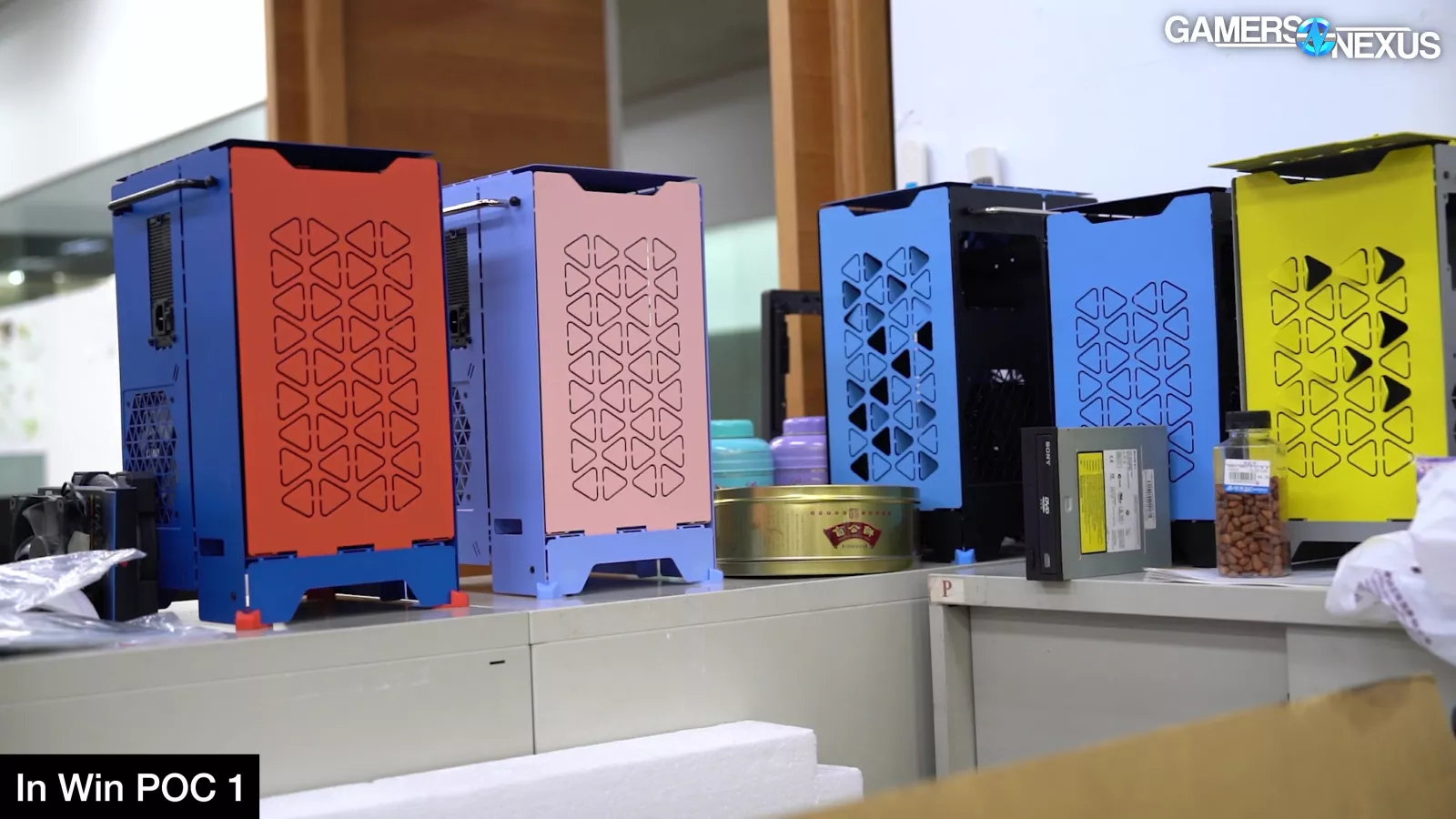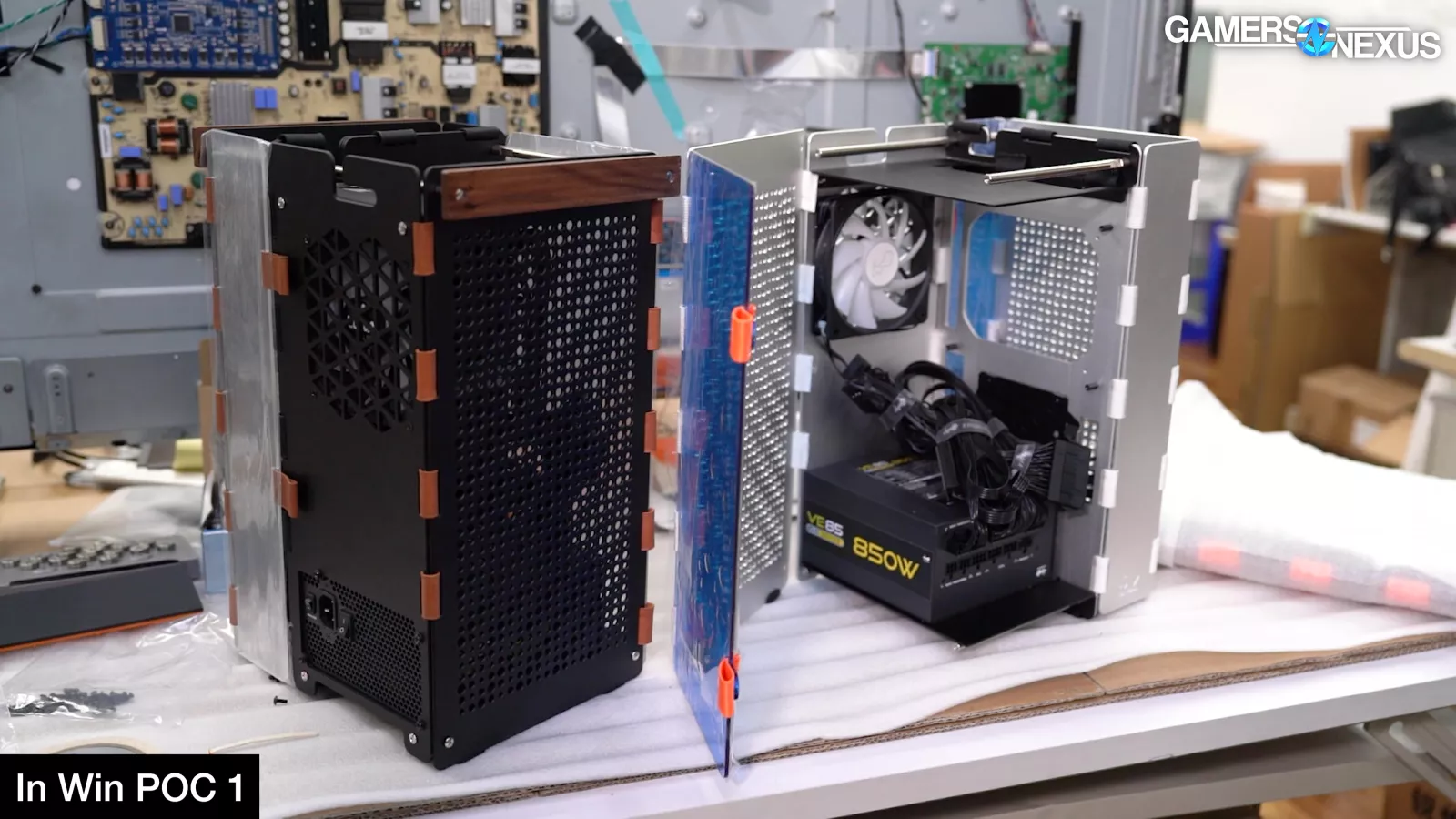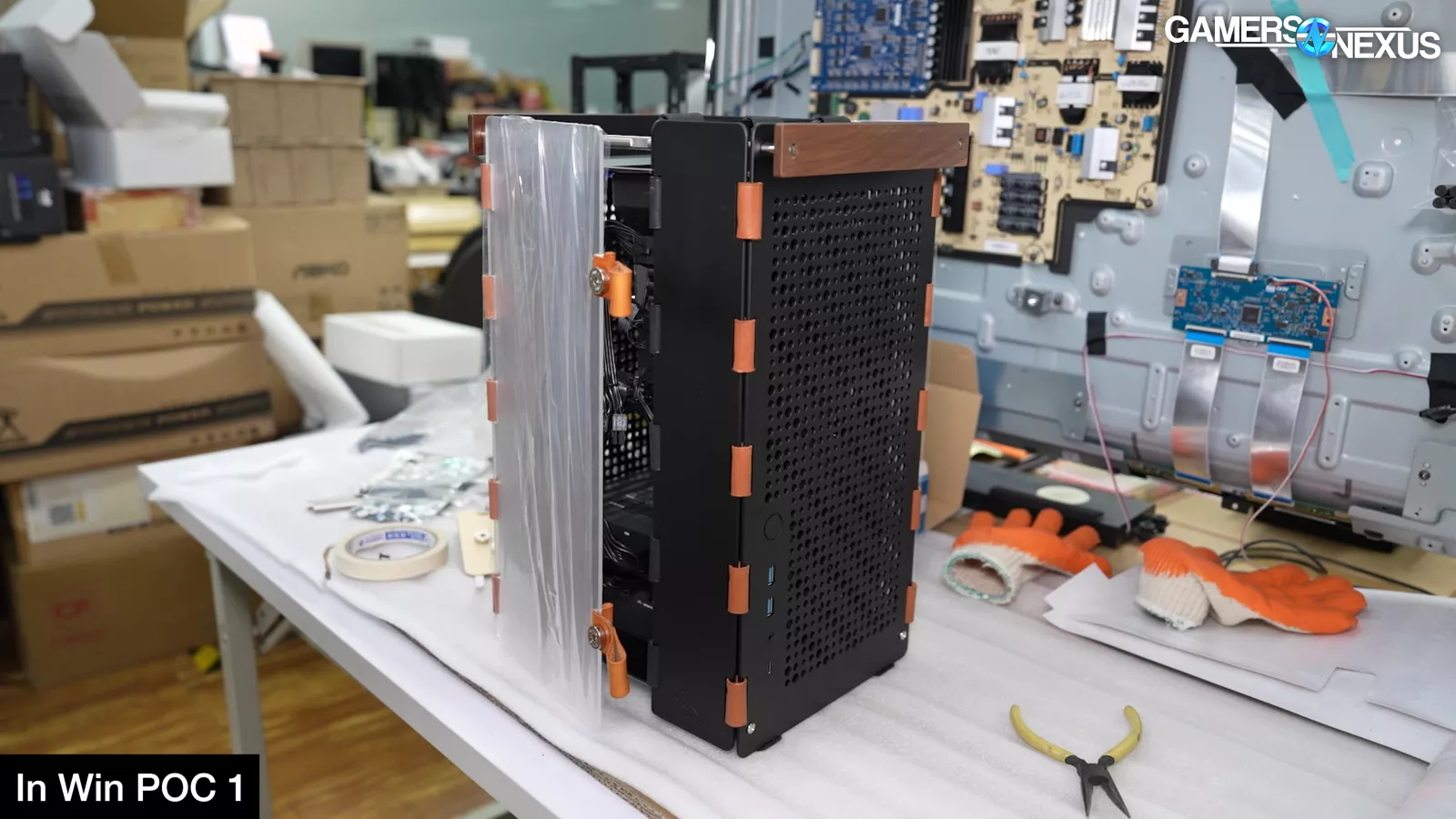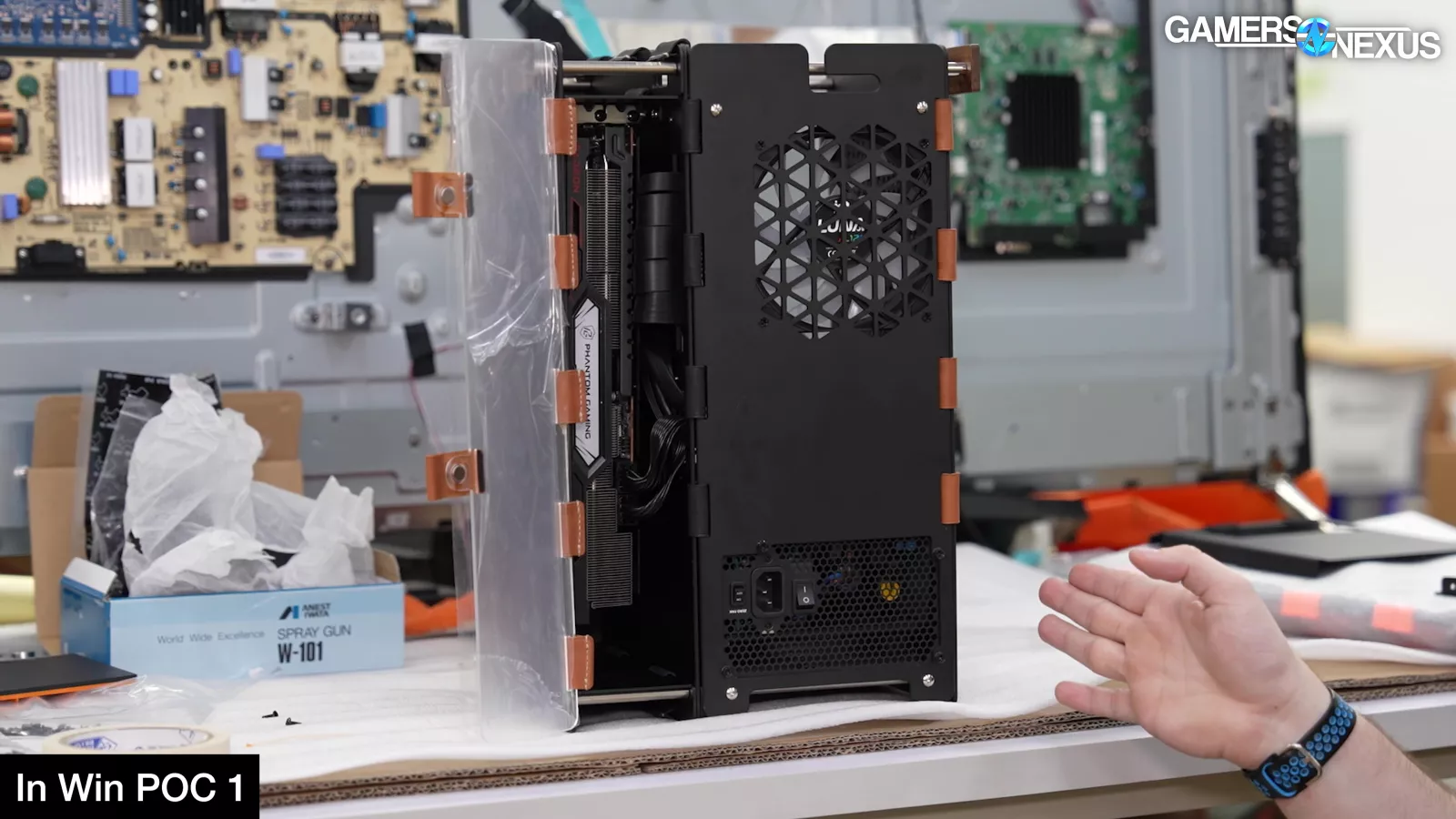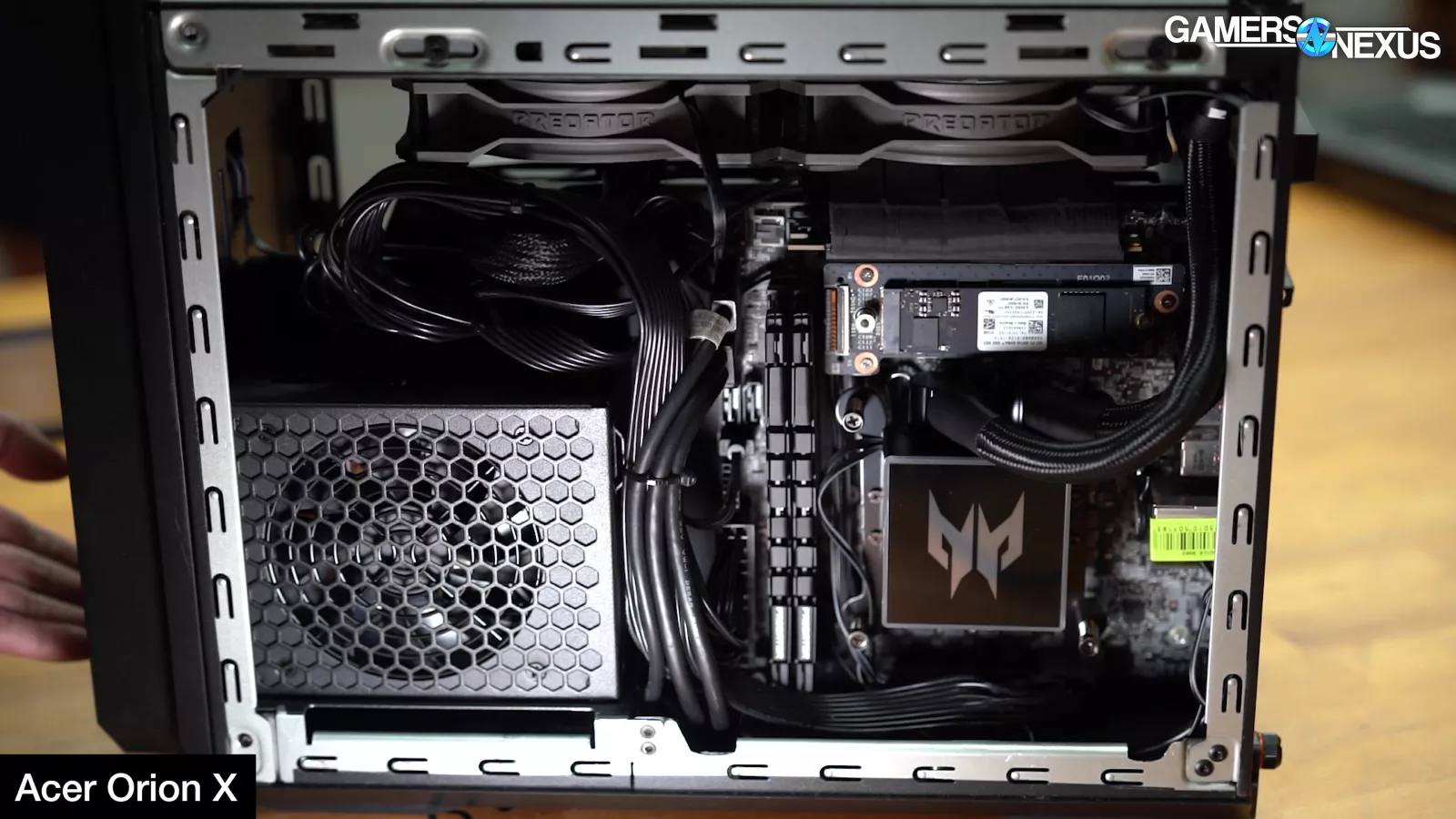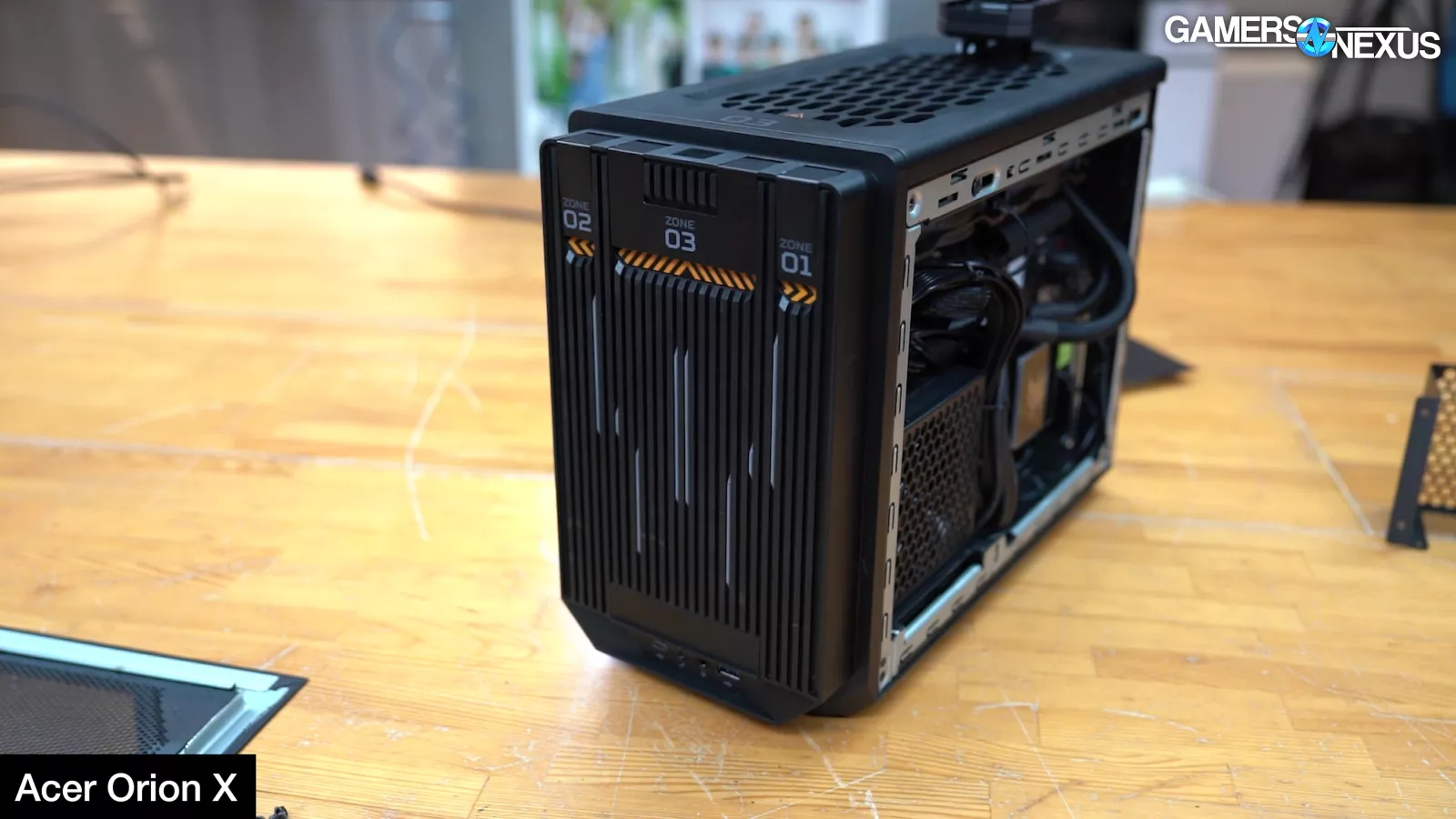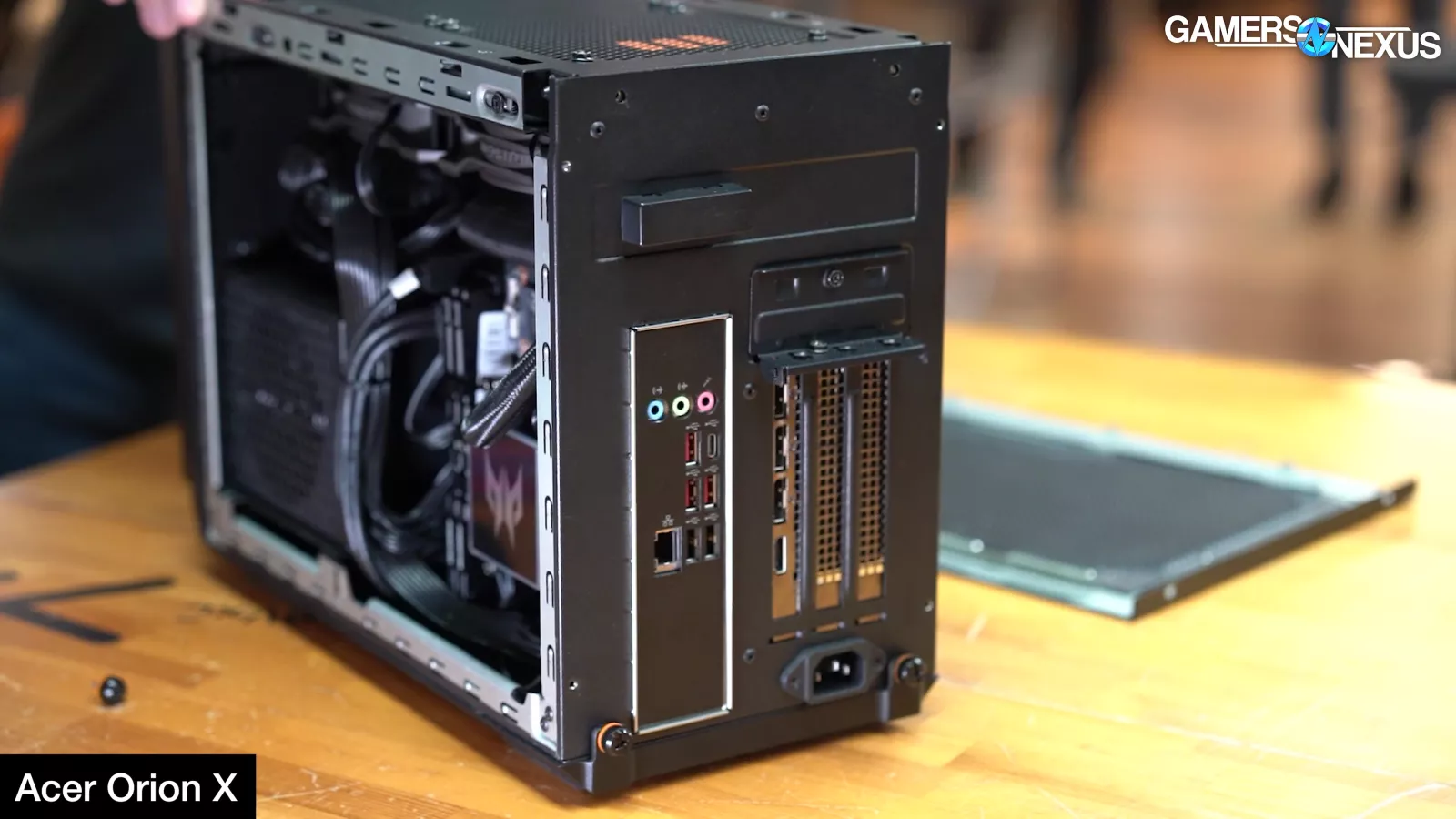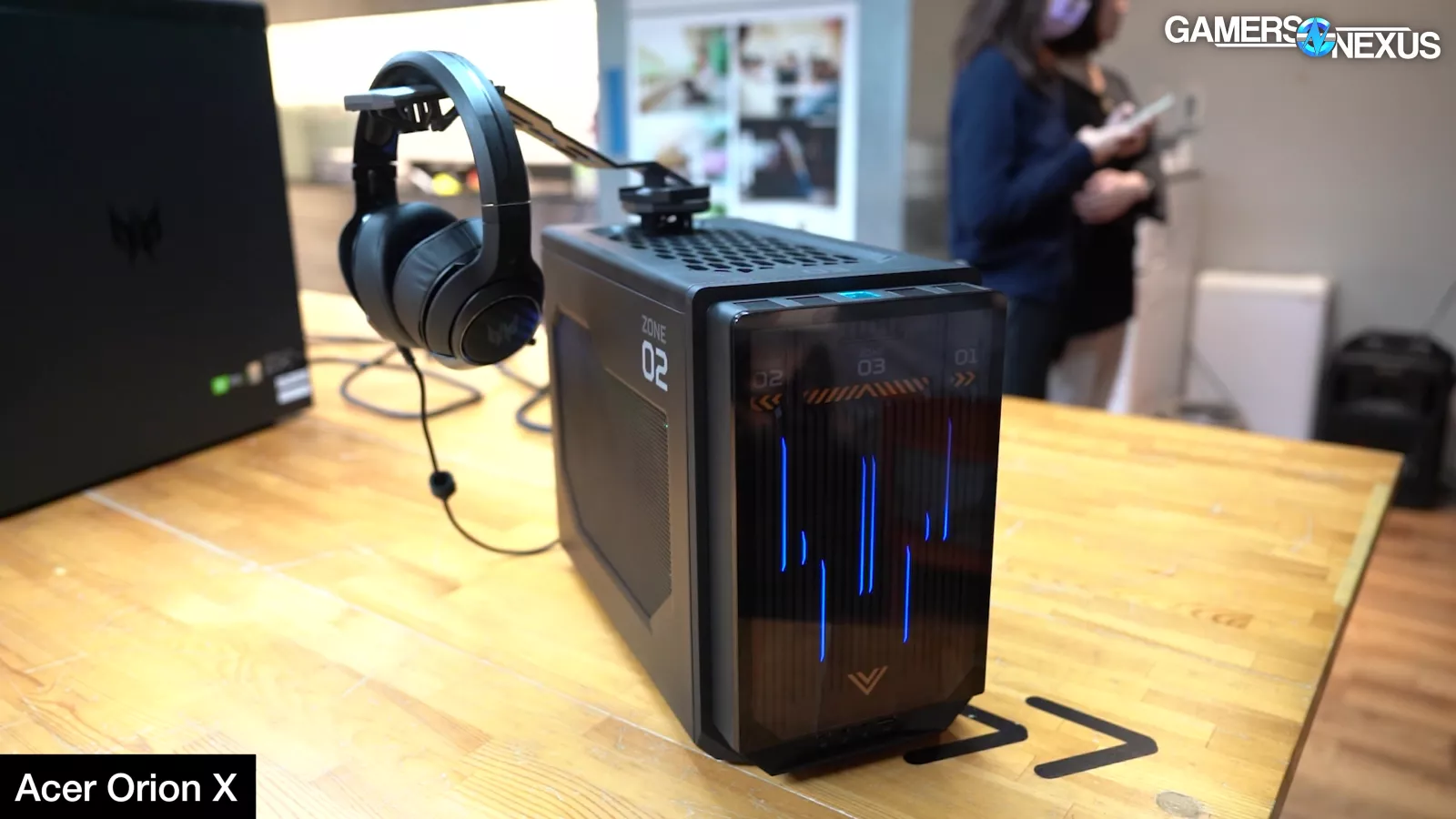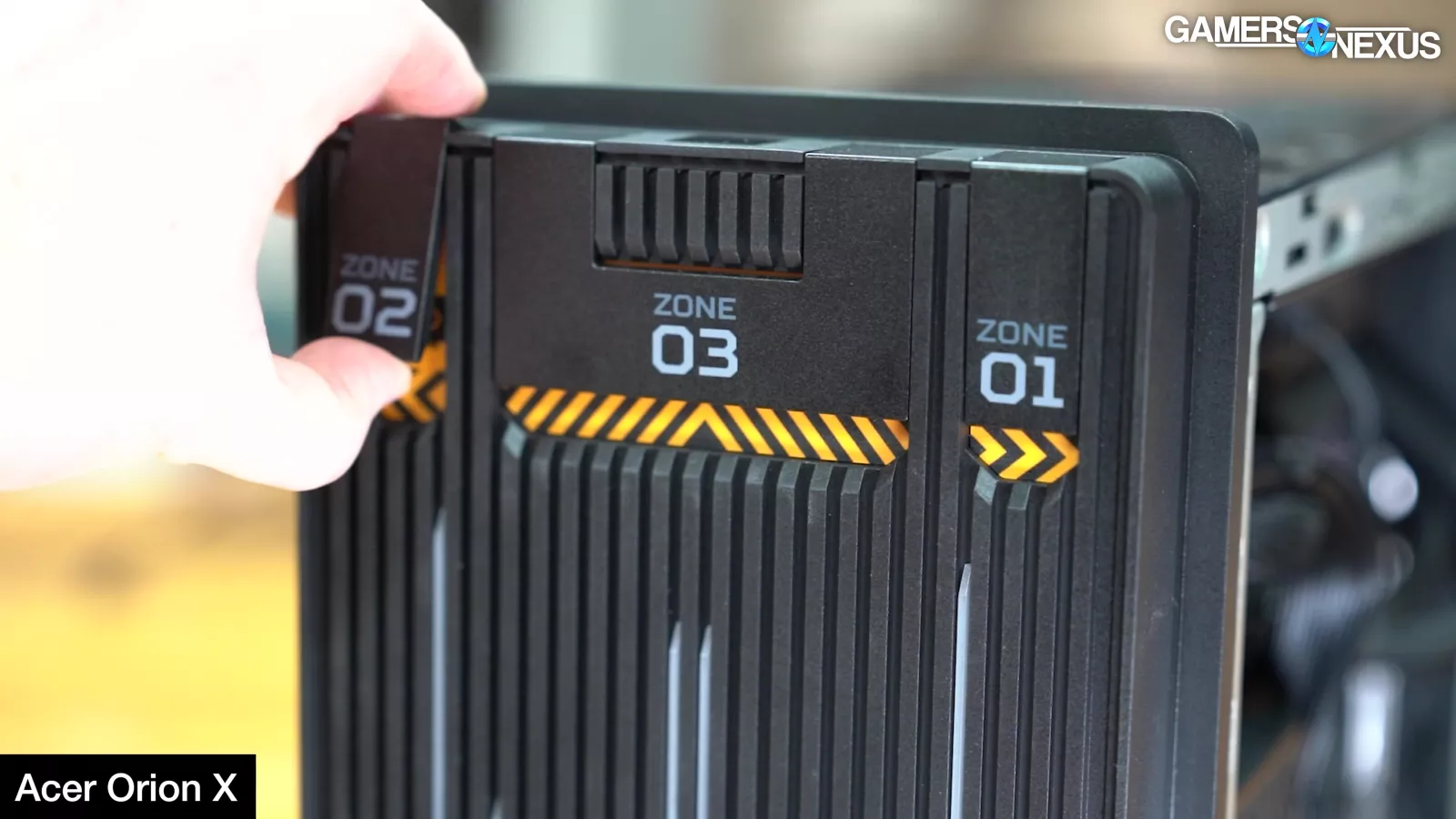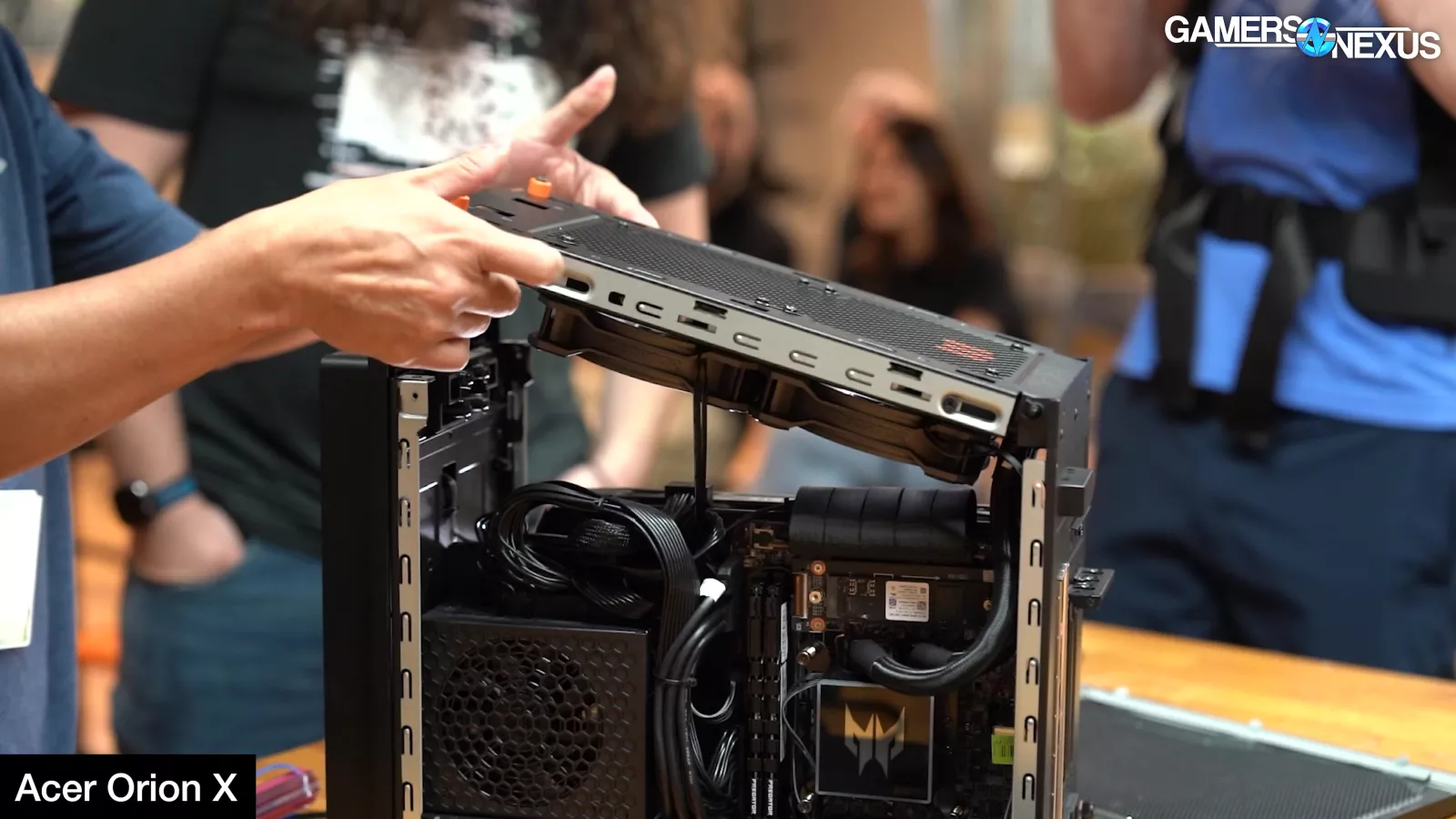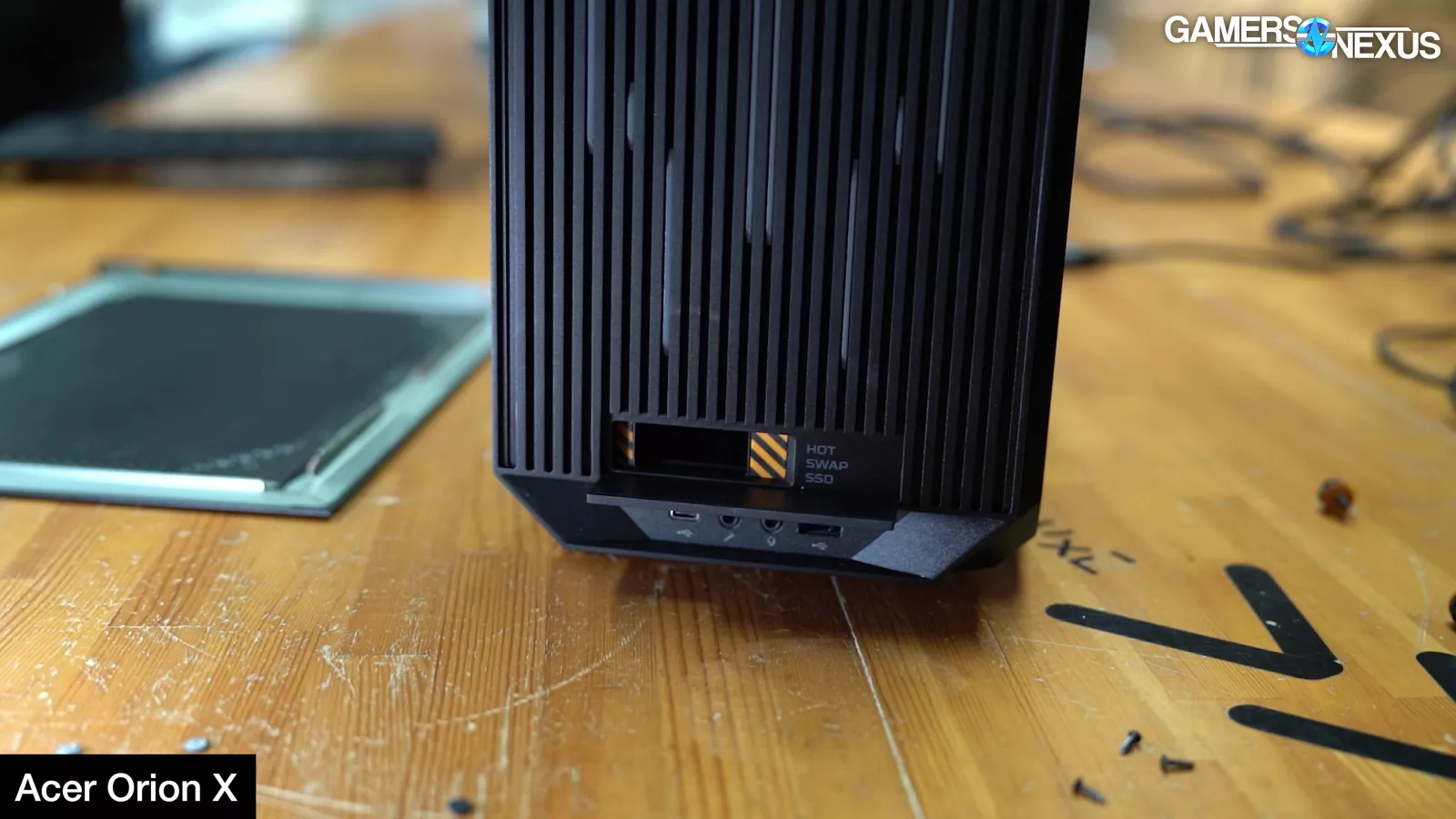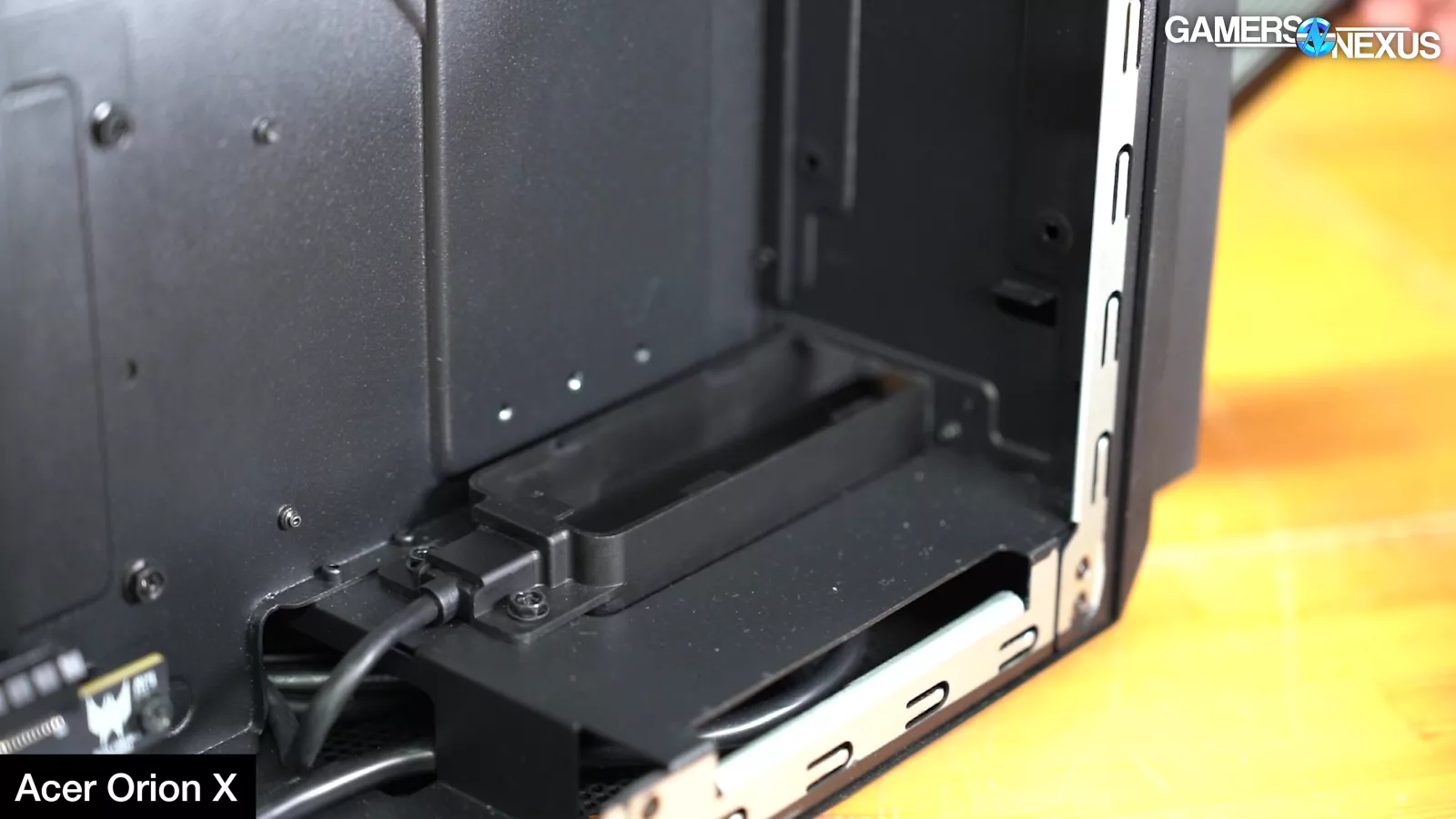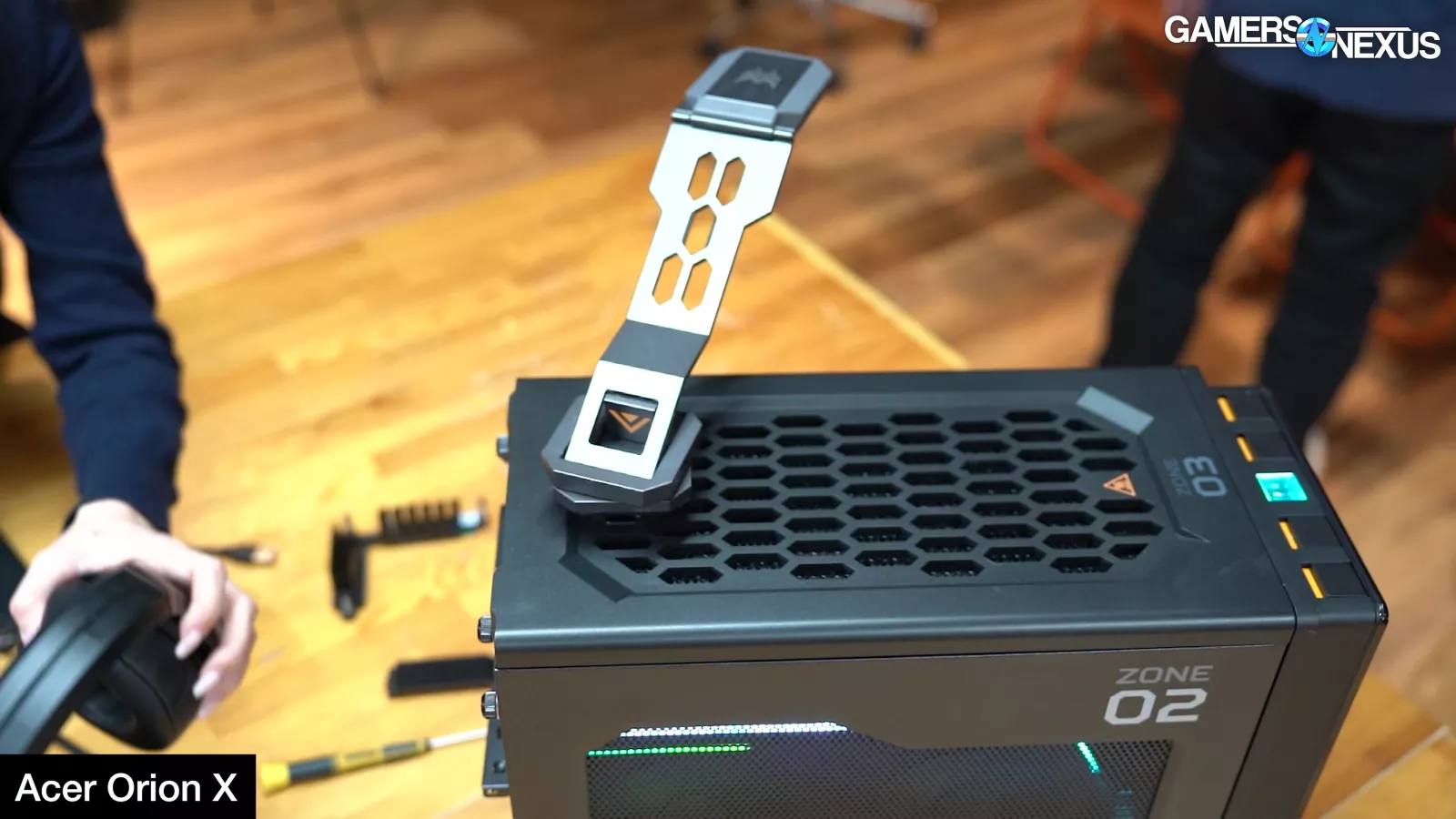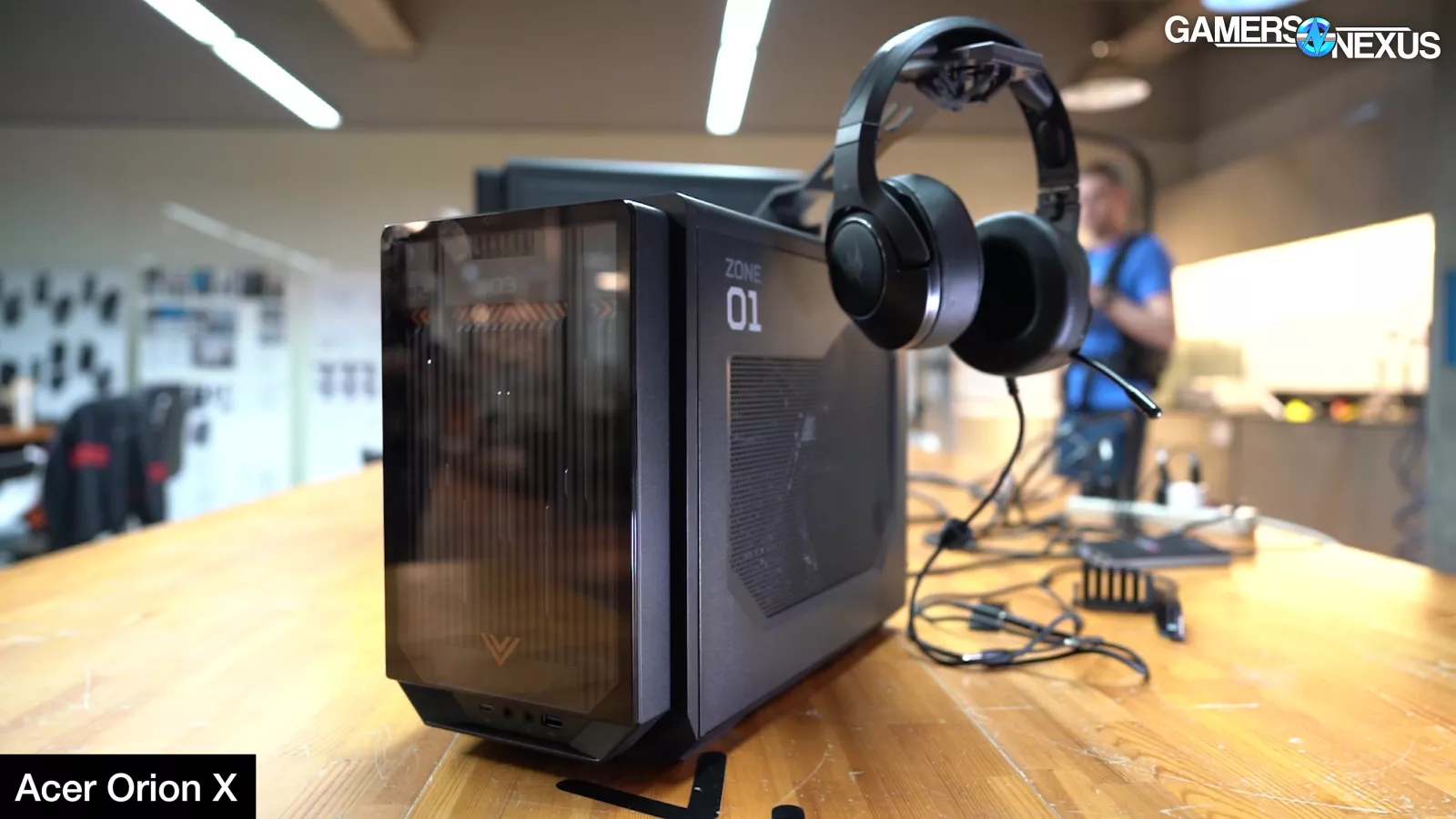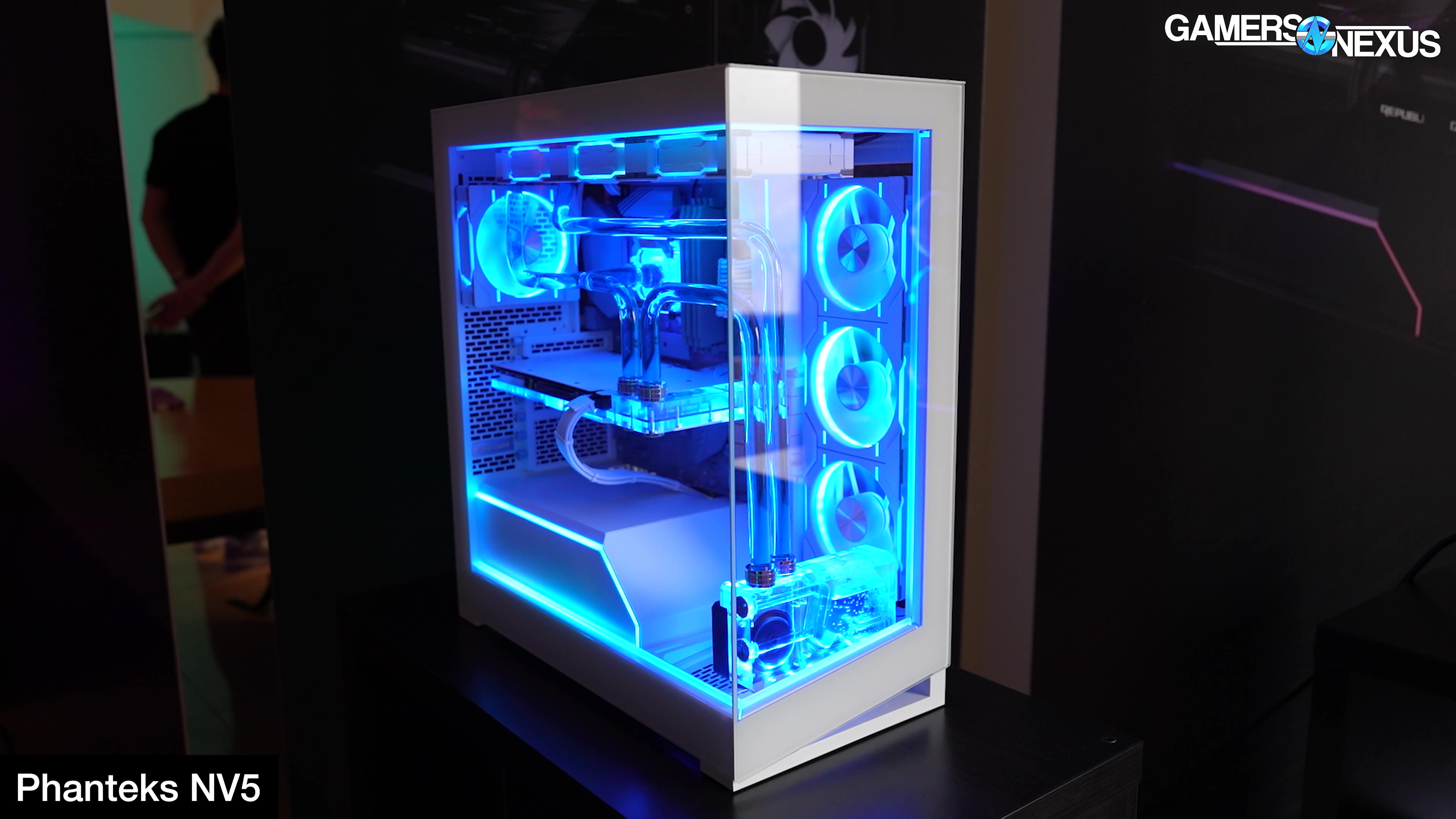
Best PC Cases for 2023 So Far: New Designs & Computex Round-Up
June 14, 2023
Last Updated: 2023-12-07
We take a look at over 20 cases that span ATX, Micro-ATX, and Mini-ITX
The Highlights
- It’s a very exciting time for computer cases, with tons of innovative designs for 2023
- There were lots of exciting new chassis coming out of Computex
- Some interesting highlights include the fully passive Streacom SG10, the mostly aluminum InWin Dubili, and the pseudo-modular Deepcool Morpheus
- Compelling cases range from $65 to $1,000

The amount of cases announced in the past few weeks is insane: We’ve seen a huge increase in Micro-ATX cases, like an open frame from Montech, Antec’s new foray into the enthusiast market, and the Tower 200. We’ve also seen the ATX towers get increasingly complex and advanced, like Lian Li’s new vision for the stand-up platform narrow tower design. This article recaps some of the best cases coming out over the next few months. We still need to review the cases individually, of course, but the market is booming with interesting options. Some are cheap, like the Montech X4 at $65 for 6 fans, and some are on the very expensive side -- like Silverstone’s $1,000 Alta F2 flagship case. We’re rounding-up everything we saw at Computex into one big best cases (so far) article.
This article won’t cover cases that have already launched this year and instead focuses on everything coming out over the next 6 months. Of course, we’ll run a best cases piece after testing all of them too, closer to the end of year.
We’re starting with ATX cases and will go through form factors from there. The amount of cases at Computex was unbelievable and it’s an exciting time for PC enclosures, so let's get started.
Credits
Host, Writing
Steve Burke
Writing
Jeremy Clayton
Video
Vitalii Makhnovets
Video
Mike Gaglione
Writing, Web Editing
Jimmy Thang
Best ATX Cases in 2023 (So Far)
Lian Li Sup 01
The Lian Li SUP 01 case is up first. We were more excited about this one than most of Lian Li’s other offerings, most of which are variations on the existing O11 theme. That’s not bad, it’s just not as fresh.
The SUP is a completely new series for Lian Li, with SUP meaning “Stand-Up Platform” and building as narrow of an ATX case as possible while allowing a front-mounted GPU for a unique display of the most expensive part of most builds. Lian Li took what it learned from Mini-ITX and applied it to make the smallest ATX tower it could while still adding unique features.
The Stand-Up Platform makes some major changes with the computer case: First, most of the cooling is actually on the right side panel behind the motherboard tray, which we’ve never seen before, with 6 fan mounts available to serve both the GPU exhaust and the CPU AIO cooler. You’ll likely need an AIO because there’s not great access to air with a tower cooler and because that chamber is short anyway. The case is heavily perforated on the right side, the front, and even the back. Fortunately, the lack of pressure in the motherboard chamber will encourage some air ingress through the rear holes to the VRM area, but we suspect that VRMs and M.2 SSDs may run warm in some configurations with this case. A small fan or VRM fan would help with this.
Lian Li will be including a Hyte-esque molded Riser cable, but with an LED, and is using a mirrored tray in the bottom to provide some extra perceived depth since the GPU has been relocated to the front. Small touches are everywhere, like the Lian Li logo doubling as power and reset buttons and an adjustable tray for varying GPU lengths and thicknesses.
This case will require a lot of specialized testing when we get it: We think it has a lot of promise to be an excellent performer with a truly unique presentation of the GPU. At the same time, though, it’d be possible to build an extremely poor performer in a case like this. They’re giving you all the tools to build a good or terrible computer with minimal hand holding. For example, some GPUs may suffer from dry out in this configuration, and likewise, boards with weaker VRMs having limited access to air could cause longer-term problems.
But innovation can’t come without some discomfort as standard designs are departed. This is one of the cases we’re most excited to work with, and we like the direction Lian Li is going. The company must feel a lot of pressure as it has established its reputation as a brand that deviates from normal layouts -- to the extent that nearly everyone now has an O11 clone.
The SUP-01 will be priced at $150 and will ship in Q4 2023. You can watch our video featuring the Lian Li CEO and designer here.
Other Lian Li Cases (O11D EVO XL, O11D EVO RGB, and Lian Li O11 Vision)
For a quick runthrough, Lian Li also had 3 other cases. The largest was the O11D EVO XL, which we detailed heavily back in December and is most interesting for its vertical GPU mount and heavy emphasis on mechanical aspects. The company also showed off its O11D EVO RGB, which is an updated O11D Evo with RGB LEDs and an optional kit to mount 160mm Lancool 216 fans. The final was its Lian Li O11 Vision, an edge-to-edge tempered glass design relying on magnets and some glue to still have sufficient structural support. The top glass panel is a one-way mirror with the mirrored side pointed down. It also has an adjustable and removable motherboard tray, taking some inspiration from the 216 previously.
Phanteks NV5
Now for the Phanteks NV5. We didn’t cover this one independently at the show, so it’s the first time we’re talking about it on GamersNexus.
This is Phanteks’ smallest (so far) of the NV series of cases, shaping-up more like a standard mid-tower size. The NV5’s primary unique feature is its angled bottom, using a 10-degree tilt. This aligns with the cutting angles on the front of the case, where the glass cuts across and follows the same 10-degree angle while opening up some of the bottom support.
The designers noted that this endeavor is largely for looks, despite some functional benefit. On the functional side, the tilt allows a larger inlet for air toward the back of the case by increasing distance from the fans to the floor, thus reducing impedance to flow. Realistically of course, this could be achieved by just raising the entire bottom level to the floor -- but that wouldn’t look interesting.
As we filmed it, the case was loaded with an LED lighting kit that Phanteks aims to sell separately for $70. This includes strips on the bottom, side, and top, all of which are mounted magnetically. Phanteks is also making a magnetic LCD attachment for $130, using a small 1440p screen with HDMI and mini-USB hookups. It’s the accessorization of Phanteks. They, like many other companies, have long realized that add-ons make money.
The case itself is what we came to see, though: Other than the bottom tilt, the case is notable for its support of up to 2x fans in the rear, including radiator support, as well as space for bottom, top, and side-mounted fans. Non-modular PSUs will be difficult to manage in this case, but the upside is the fan support in the bottom with open access to air. As for cable management, most of that is handled by the cable cover on the back-side of the case.
The NV5 will sell for $130 and should be available in August of 2023.
InWin Dubili
Up next is the InWin Dubili, which the company says stands for “do, believe” and makes as part of their iBuild, iShare initiative focused on enabling PC DIY all the way down to the assembly of the case. InWin noted to GamersNexus that it started this initiative out of interest in bringing new aspects of PC building to a younger generation.
That’s all very commendable, but what brings us to the case is the product itself.
We saw the Dubili ATX case in InWin’s design center in a video on our channel, which itself is super worth watching for some behind-the-scenes on a cool location.
The Dubili is a chassis largely made of aluminum and defaulting in silver, white, and orange coloring for the primary case styling. InWin is playing with champagne and other colors as well, but is seeking community feedback before pursuing them.
The Dubili uses a function-focused ventilated front and rear panel, solid aluminum construction, and optional handles and extensions for the front and back side plates. These handles are modular and can be swapped with other styles of handles, removed for a handle-less design, or accompanied with leather grips that InWin is experimenting with.
InWin plans to ship with 4x 140mm fans by default and noted that it can fit radiators up to 420mm in the front and up to 360mm in the top. Fan mounts are also present in the rear and bottom of the case, with up to 2x 120mm or 1x 140 in the bottom.
Rather than rivets, InWin is using allen key screws to hold the panels together. This makes it ultra modular and modifiable by users with access to fabrication equipment (or InWin’s future accessories).
InWin will have options to ship these flat-packed, similar to the POC series, to heavily cut down on lost shipping volume in containers, reduce environmental impact, and bake-in a DIY feature by eliminating rivets. Unfortunately, InWin told us that this doesn’t lower the price for consumers yet -- but it might in the future. We mostly like it for the mix of function-driven design with clean, unique aesthetics between the white/silver/orange and champagne colorways.
Price is TBD.
Montech - Air 300 & 3000 Max
Montech’s Air 300 and 3000 Max also land on the list for being function-forward and using space well. The front panel is mesh, but Montech used some plastic bars in almost Fractal North-like spacing for a different look.
Cases have mostly moved away from more than 2x 3.5” drives, but the Air 3000 accommodates up to 11 drives using both the space on the back of the motherboard and modular add-on drive cages behind the front intake fans. Most are sold as add-ons to reduce initial MSRP of the case. This used to be more common, but since most people have abandoned hard drives in their builds, modern options for cases with support for lots of them have dried up.
The Air 3000 Max prototype also has a set of cutouts on the motherboard tray to accommodate the reverse-cable motherboards that several motherboard manufacturers showed off this year; however, because there’s no standard for the reverse cables, it’s difficult to anticipate every area that would need a cutout, but Montech did what it could without sacrificing too much structural rigidity. This is accompanied by 30mm of clearance behind the board to help with cable management.
The Air 3000 Max will come with 4x 140mm ARGB fans included, following another trend we noticed this year of most manufacturers moving to 140mm fans -- finally -- because they’ve had to deepen cases to allow for new GPUs. The case also has a pop-up dust filter that sockets into the front, something Montech is proud about with this design.
There’s also a smaller version called the Air 300 Max that’s designed for Micro-ATX motherboards. It ticks most of the same boxes as the larger 3000, just with support for fewer drives and smaller radiators.
Other Montech Cases - X4 & King 95
Montech’s other cases are most interesting for their affordability in a market filled with expensive cases. Most interesting is the Montech X4, which we first talked about back in December. It’s the successor to the X3 case and keeps the budget price point alive at $60 for the black case and $65 for the white one. The case includes 6 fans, just like the X3, and now uses ARGB fans while moving away from the Molex Centipede we previously joked about in the X3. The case has also moved to a thicker steel this time around and will ship around October.
Next is the King 95 – a very O11-style case with a few Montech tweaks like the curved LED bar along the front. It comes with two front panels to give the choice between curved glass or mesh, although we favored the mesh front not just because of airflow, but because it’s a more unique execution of this style. The right side fan mounting is going to be changed to rails instead of holes, as doubling them up will only hurt performance and they serve no function, so it’s still in development. It’ll be available without fans for $110, or with 2x 140mm in the right and 1x 120mm in the rear (all ARGB) for more. Montech’s King 95 pricing scales from $110 to $160, depending on color and fan count. It will be available in November.
Deepcool Morpheus
Deepcool also had an interesting entry into the case market. A lot of Deepcool’s past cases haven’t been particularly unique or they’ve been on the lower-end of the performance scale, but the company is pushing hard into higher quality cases now.
The Morpheus is a pseudo-modular case that the company introduced, alongside other trending pseudo-modular designs from be quiet! and Lian Li. Each panel can be completely removed, so the case can be built in either a standard ATX layout or in a dual-chamber layout, with a significantly deeper cable management channel and a relocation of the PSU and drive cages to the back of the case.
The aqua teal color that Deepcool showed off was initially intended to be just a one-off for the unveil, but after seeing all the comments from press and from you all below -- yes, these companies actually read them -- we’ve learned that they’re now seriously considering the colorway.
Fans are still TBD. Deepcool considered a single molded set of 3 fans, but this is kind of counter to a modular case and we hope it won’t follow through with it. The case also includes an LCD with CPU and GPU temperature read-out.
The case is airflow-centric and has a heavily perforated right side panel to accommodate side-mounted fans or radiators, a perforated front panel, and a heavily perforated top panel. They’re also shipping a bag of plastic pegs with each case. These are just a fun and low-cost way to do something clever without being overly serious. They fit in the mesh holes and, as long as you don’t block most of them, won’t impact airflow meaningfully but do add some character for pixel art designs.
The Morpheus will be around $220 to $230, depending on colorway.

Silverstone RM600
We have a whole video from Computex dedicated to Silverstone’s cases, so we’ll keep this brief. Our favorite case at the booth was the RM600 – a large dual chamber case with 12 hot-swap drive bays and dual power supplies. We didn’t get much imagery of it, but it can be either rack-mounted or stood up on casters to make moving it around easier. There’s enough room inside and cooling potential to build a really nice homelab or office server.
Silverstone D1 & Alta F2
Silverstone also showed off its D1 case, which is aimed at the workstation crowd and supports dual-CPU motherboards with up to 11 expansion slots. It also has three of Silverstone’s new Air Penetrator fans on a hinged front panel to allow access to multiple drive bays.
Finally, the Alta F2 is an ultra-enthusiast case with a 90-degree rotated motherboard, multiple video card mounting locations, and three Air Penetrator fans to move air from bottom to top. The F2 sits atop a large intake chamber to establish a top-to-bottom flow path, more similar to Silverstone’s old Raven series. These cases are both expensive, at about $600 for the D1 and $1,000 for the Alta F2. Go check out our dedicated Silverstone video for more on its new cases.
be quiet! Dark Base Pro 901
Be quiet! has 3 upcoming major case launches: The Shadow Base 800, which is its cheapest at $170-$230, the Dark Base Pro 700 in between, and the Dark Base Pro 901 at $300.
We’ll focus on the 901 in this section as it’s the most complicated, but check out our previous Shadow Base 800 coverage for a cheaper (but not cheap) be quiet! case with new tooling.
The Dark Base Pro 901 sticks with the invertible functionality of the chassis, but this time makes it much easier to do with fewer screws and panels to relocate. The case can be configured either in standard layout or flipped and inverted, and has a fully separable motherboard tray for this. The case includes a lot of optional pieces that contribute to its cost, half of which you won’t use because they’re one-or-the-other options. The front panel can be swapped for mesh or kept with a brushed aluminum plate, the top can use deadening panels or mesh (both included), the fan cages are fully separable as well, and other small mechanical elements are present everywhere in the case. The PSU shroud has a side plate that can be removed and has its integrated LED header molded-in and other cages and panels use pogo pins to reduce wiring holding plastics to the frame. In-line with wiring reduction, the GPU support also includes a channel for cable routing and works in either standard or inverted layout.
The case goes heavy on I/O support, with 4x USB3 and 1x USB Type-C in the top, plus an option for a 5.25” bay in the bottom (or just more hard drives).
At $300, you’re mostly paying for flagship features and functionally 2 sets of parts for half the panels, since they’re replaceable with airflow or deadened alternatives. The case should be available within a few weeks.
Thermaltake Ceres 300 TG
Next up is the more affordable Thermaltake Ceres 300 TG, priced at $100 to keep the lower-end market alive and launching within about a month. The case includes 3x 140mm ARGB fans and looks like it’ll be good for airflow. We liked Thermaltake’s attention to detail on the Ceres 300 TG, namely the bottom fan position having good unrestricted access to air, and the dust filters lining up well with the perforations in the top panels rather than accidentally obstructing them. Several years ago, we criticized Thermaltake for stacking up filters and panels in a way that severely hampered the fans, but that looks like it’s gone now – we like to see that growth in the designs. Colors are available in black, white, and the matcha green colorway. The main point of interest for this one, to us at least, is the inclusion of the 3x 140mm fans with relatively good ventilation while still being $100. With so many cases over $200, the presence of something more “normal” is critical to keep PC building affordable.
Thermaltake CTE C700
Next up is Thermaltake’s CTE C700, using the company’s new case form factor that centralizes the motherboard and rotates it. This is a slimmed-down version of the recently launched C750 and is about 120-140mm shorter. This layout lets you fit radiators on both the front and back, unlike most cases, while still offering bottom and side mount fan support. Optionally, both the front and rear support mounting 2x 200mm fans instead of the radiators. The GPU can also be mounted flat on a riser in what would normally be called “vertical mounting” in a standard layout. The rear chamber is deep with plenty of room for cables and both 2.5” and 3.5” drives. Pricing for the C700 is $160 for the mesh version and $180 for glass. This one is most interesting for its potential as an open-loop system.
Streacom SG10
Streacom’s SG10 also interested us at the show. This is a fully passive case that includes two pump-less loops for circulating refrigerant and will sell for around $1,000, priced that high because of the massive amount of aluminum going into building the included radiator (which is a structural part of the case), the loops, and the kit for adapting a GPU to this passively-cooled system. The fins are spaced wide apart to allow the heat to leave with minimal obstruction.
We never covered this before, but our new understanding is that LTT covered it multiple times back when a different company was Kickstarting the project. In the time since, Streacom has stepped in as an experienced manufacturing partner to try and get it made. Streacom is best-known for its manufacturing of the Open Bench Table and, other than bailing-out Calyos, wasn’t involved in the original Kickstarter. We’ll probably talk more about the abandoned Kickstarter more when it comes time to review the case, but for now, this show was our first hands-on exposure to the concept.
The SG10 uses copper tubes -- not heatpipes -- to cycle refrigerant through a loop. There are zero fans in the case and, as long as you adapt the GPU to be passive with the included kit and buy a passive PSU, there won’t be any fans in the system at all. It’s an expensive way to go fanless. The case is built of black aluminum fins, black structural steel vertically, and silver-colored aluminum blocks for some accents. Front I/O is movable to anywhere within the front or rear of the case as it’s just mounted between the structural support, and the bottom uses acrylic as a floor.
Micro-ATX Cases
The next category is for Micro-ATX. The Air 300 won’t be in this one since we covered it in the Montech section, but everything else is here. Micro-ATX is finally getting attention for the first time in about a decade, and it’s because the extra slot length of GPUs spills over ITX anyway.
Montech Open Frame Case
Montech also showed an open frame case for Mini-ITX and Micro-ATX motherboards that’s extremely reconfigurable. It can be assembled in up to 5 ways ranging from as small as only the motherboard and PSU, to adding a CLC and a massive GPU on a riser, with other configs in between.
One interesting thing is how the motherboard mounts – the standoffs face rearward on the frame, meaning you screw the board down from the back side. This visually recesses the board for a clean and integrated look from the front. Since the rear side has no sort of cover, it looks industrial at best - more like a test bench. The PSU mounts behind the motherboard in all configurations, but one option is a frame that can also hold the aforementioned CLC radiator. This makes for more overall width, but also more cooling potential without having to hang a giant tower off the socket.
Most of the parts are made out of thick machined aluminum and held together with screws, so it seems sturdy. Between this and the customization options, it would be good for people who enjoy the assembly process itself. Montech is also playing with an option for a wooden base for more of the wood and metal aesthetic we saw at the show, but the type of wood and color isn’t final.
Antec Constellation M-ATX 540
Antec is up now, which is the first time we’ve talked about them in many years.
Antec revolutionized the case market in the early 2000s, and was actually the maker of the first case some of us in the office ever bought. They fell off hard after the Antec 900, then lost their way by chasing mobile batteries and other products for a few years. Now, Antec is trying hard to make a return. The team we met was serious about it.
The company had its ATX Performance cases present, but those have been out for a little while now. They’re considering shipping even higher performance variations with thicker fans, so that’s something we’ll return to.
Antec’s main showing was the Constellation M-ATX 540, which itself is based on the same supply as the ASUS Prime AP201. This is a Micro-ATX case with a few design upfits to accommodate 40-series cards.
The Constellation is lengthened for an extra slot for the GPU, supporting up to 5 slots. That also helps with additional spacing for breathability. The case has a small, simple display on it for temperature readouts, with the display connecting via USB 2.
The case will be available in white with a tempered glass version, a full mesh option, and a solid “silent” option with foam damping.
Pricing is $80-$100 (depending on SKU) and it should be available late quarter 3.
Thermaltake Tower 200
Next up is the Thermaltake Tower 200 – an updated and larger Tower 100. Thermaltake took a lot of our criticism from the original Tower 100 and put those insights into that final version and this new case targeting both cooling performance and somewhat showcase aesthetics.
First off, The Tower 200 has been stretched just enough to allow for Micro-ATX motherboards, up to 4-slot GPUs, and a 280mm radiator on a removable bracket on the right. The case has an increased focus on airflow with the left side panel being entirely ventilated to allow access to fresh air for the GPU. There are lots of other vents and perforations elsewhere, like the 2 fan mounts in the rear of the case and one on the top to help exhaust hot air from the system. The rear fan mounts don’t look like they do anything since they’re against the motherboard backside, but there’s enough of a gap that they end up pulling air from the GPU exhaust.
At the bottom front, Thermaltake included a removable panel to fit the same LCD screen it’s been using on other cases like the Ceres 500 and 300. The Tower 200 is launching in 5 colors, so those looking for options outside of black and white will have turquoise, racing green, and matcha green to choose from.
Mini-ITX Cases
Mini-ITX also had an increase in attention this year -- largely because manufacturers are re-designing to fit large video cards in while still allowing cooling.

Fractal Terra
Fractal’s showing was one of the more refined Mini-ITX cases. The company had its Terra on display. This one is Fractal’s second smallest case, right behind the old Node series. The Terra primarily interested us for its mechanical construction: The case top panel pulls off with a strap and the side panels are Gull-wing door-style, both of which fold up and then can be removed entirely with a switch. This gives relatively free access to the case interior for the build, although there’s no getting around it ultimately still being cramped. The center spine in this sandwich-style is also mobile and can be biased toward either panel to allow for a larger CPU cooler or GPU cooler, using a free-movement system with guiding tick marks to adjust the tray.
The bottom of the case can technically fit fans, kind of, but it’s likely you’ll run into cabling issues. This case primarily tries to cool itself by feeding air directly to the GPU via the side panel venting, and the same for the CPU. Regardless, it’s not a top choice for an i9 and RTX 4090 -- we’d recommend a build below that class just to limit thermal challenges.
Visually, Fractal has black, silver, and this green color that we saw. The green version uses a darker wood accent on the bottom front, secured with screws to a thick aluminum plate with some detailed CNC work. You can learn more about that aspect in our hands-on video.
The case is already out. Pricing is $180.
InWin ModFree Mini
InWin took part of its new ModFree series and turned it into a standalone Mini-ITX case with wood paneling. This is something InWin tried long before the Fractal Design North, but never had wide-reaching success with.
The straightforwardly-named ModFree Mini is based on the module that holds the PSU in the regular ModFree ATX set, but was modified with mounting locations for a motherboard, SFX PSU, and GPU. It’s finished with wood slat side panels somewhat similar to the Fractal North, as well as brown top and front panels. It’s a clever re-use of an existing design that shows some of the creative spirit we saw while touring InWin’s design center. We don’t know what price the ModFree Mini will be and we’re uncertain of airflow at this time, but it’s clear that InWin wants to try alternative materials again.
InWin POC 1
Another Mini-ITX case we saw was the InWin POC 1. It ships flat-packed for you to assemble yourself, including some bending. Rather than rivets and screws, the case uses velcro or possibly leather straps -- they’re still deciding -- and some shaping of the panels. Once you do that, you’ve got a case. We think this is a neat idea, but have some reservations about the GPU cooling and how much people will care about the self assembly if the price isn’t any lower than other ITX cases. The POC 1 is also experimenting with wood paneling, but it’s not final yet. This case follows-up the existing POC lineup, which has multiple bright color variations, like yellow, blue, green, and more. That case already launched, though.
Acer Orion X
Last is the Acer Orion X, which checked out as a fully-assembled pre-built at the Acer design headquarters. Acer told us it plans to also sell just the case in the DIY market towards the end of the year. This is a sandwich style Mini-ITX case with some cool mechanical elements, like the latches to release the side panels (including intuitive labeling), a removable top panel for easier access during the build, and a hot-swap M.2 enclosure in the front that can also be used as a standalone M.2 drive. Some of it verges on being gimmicky, namely the top headphone hanger/handle, but in every respect, Acer is trying to be taken more seriously in design and get away from association with just cheap laptops.
Acer is going for a “space station” inspired look, it told us. The price is the biggest challenge: At $300, that’s solidly in the same range as low-volume boutique ITX cases. Overall though, we like what Acer is going for with the Orion X and plan to review the pre-built separately.
